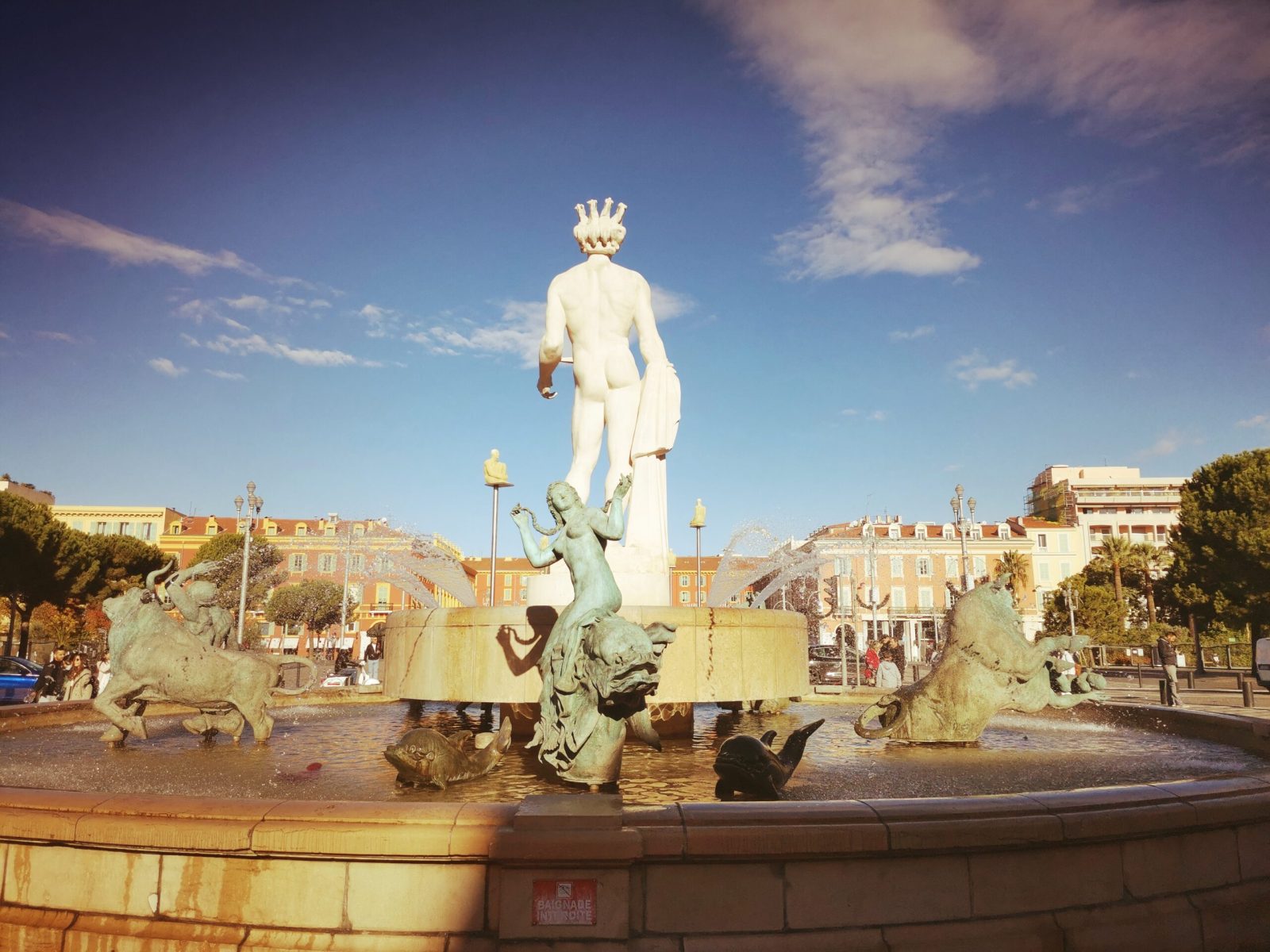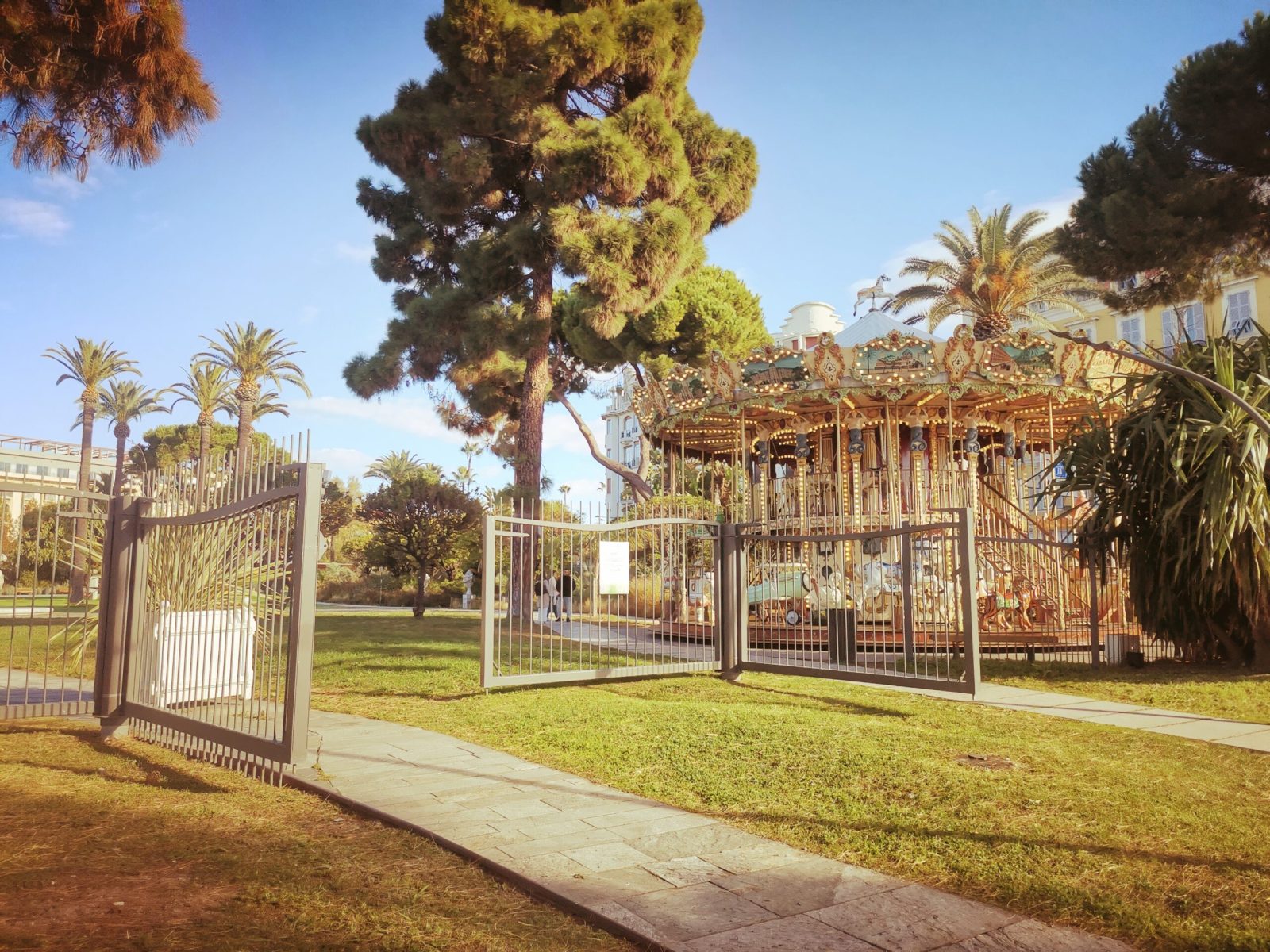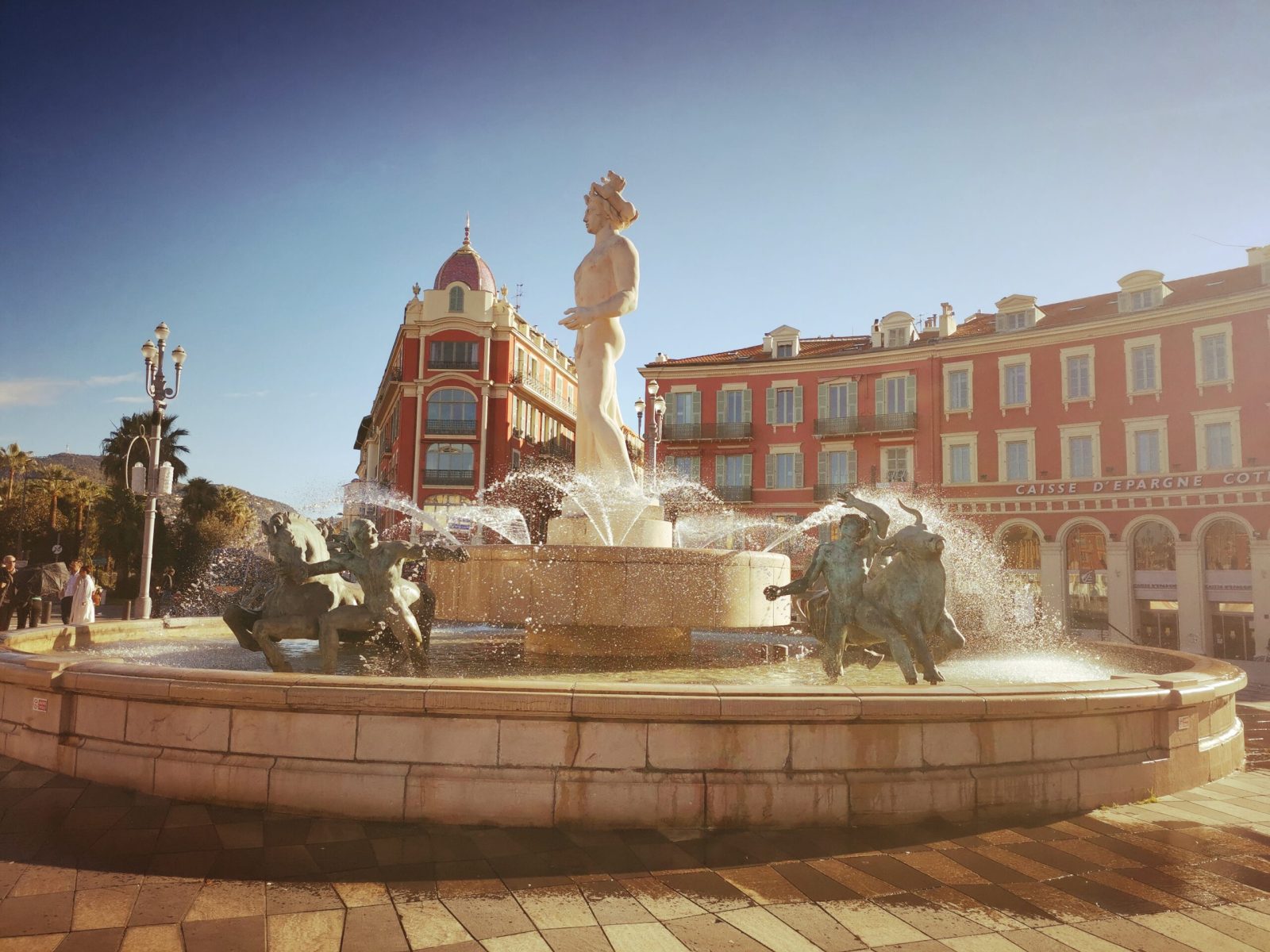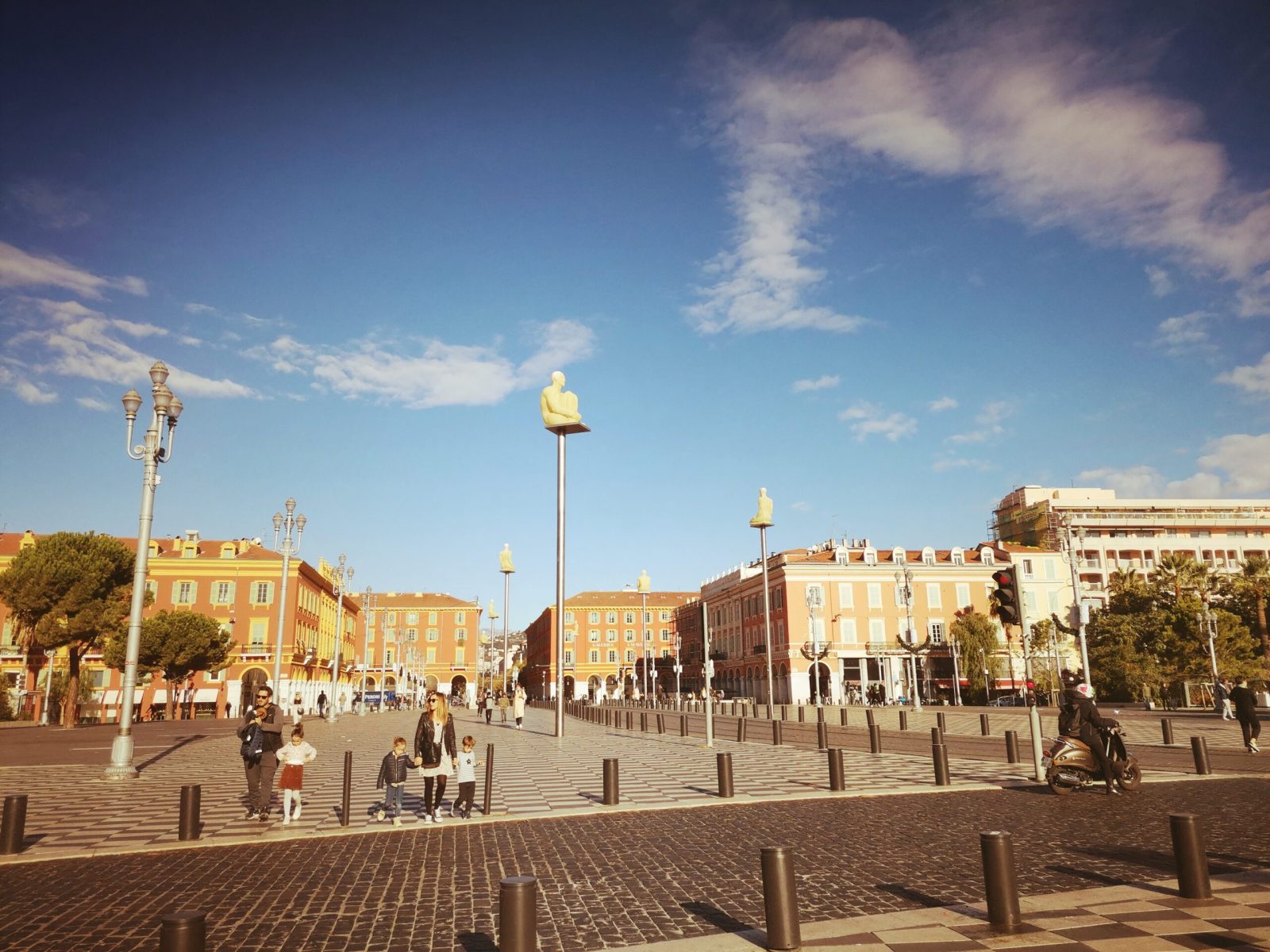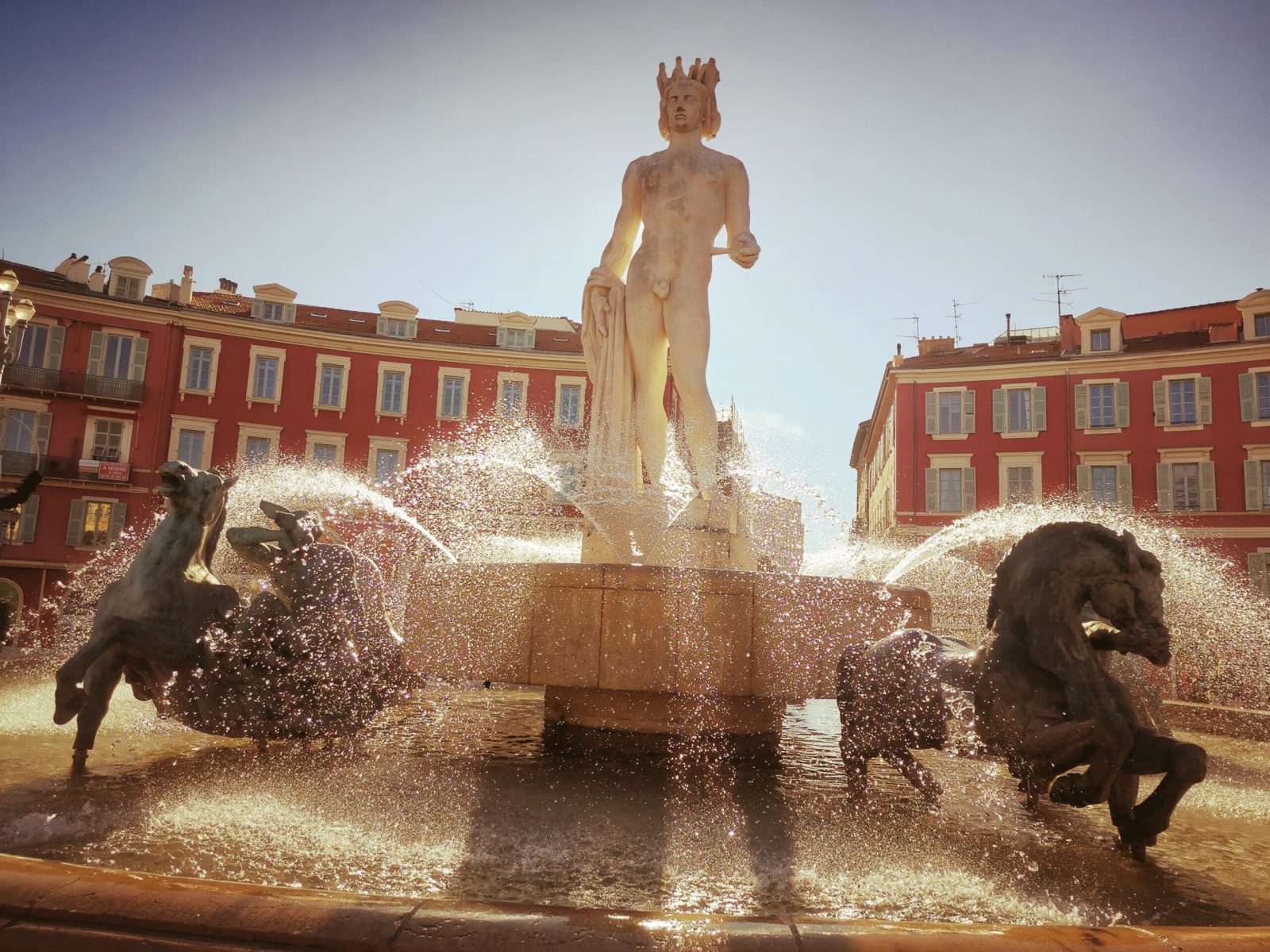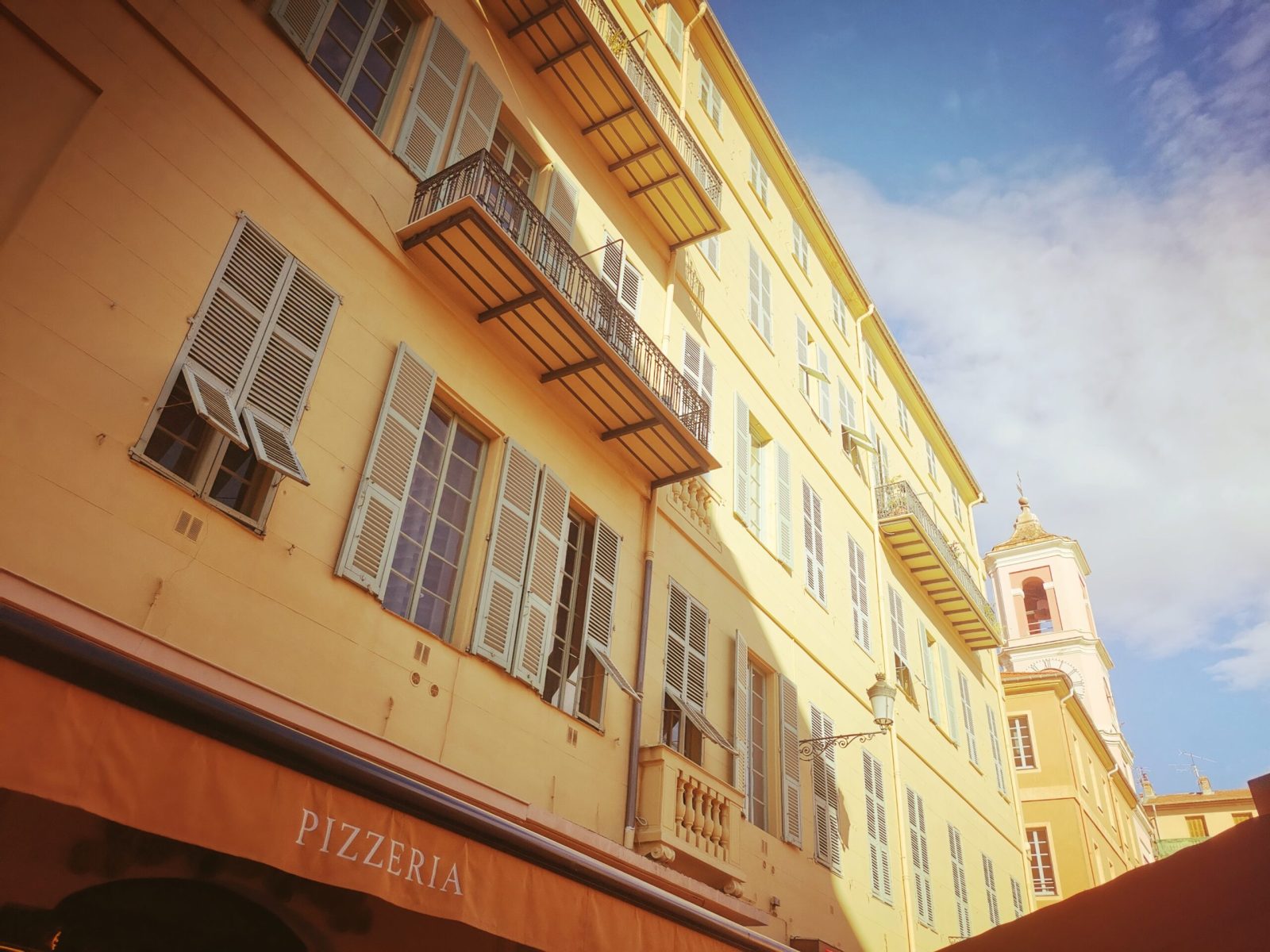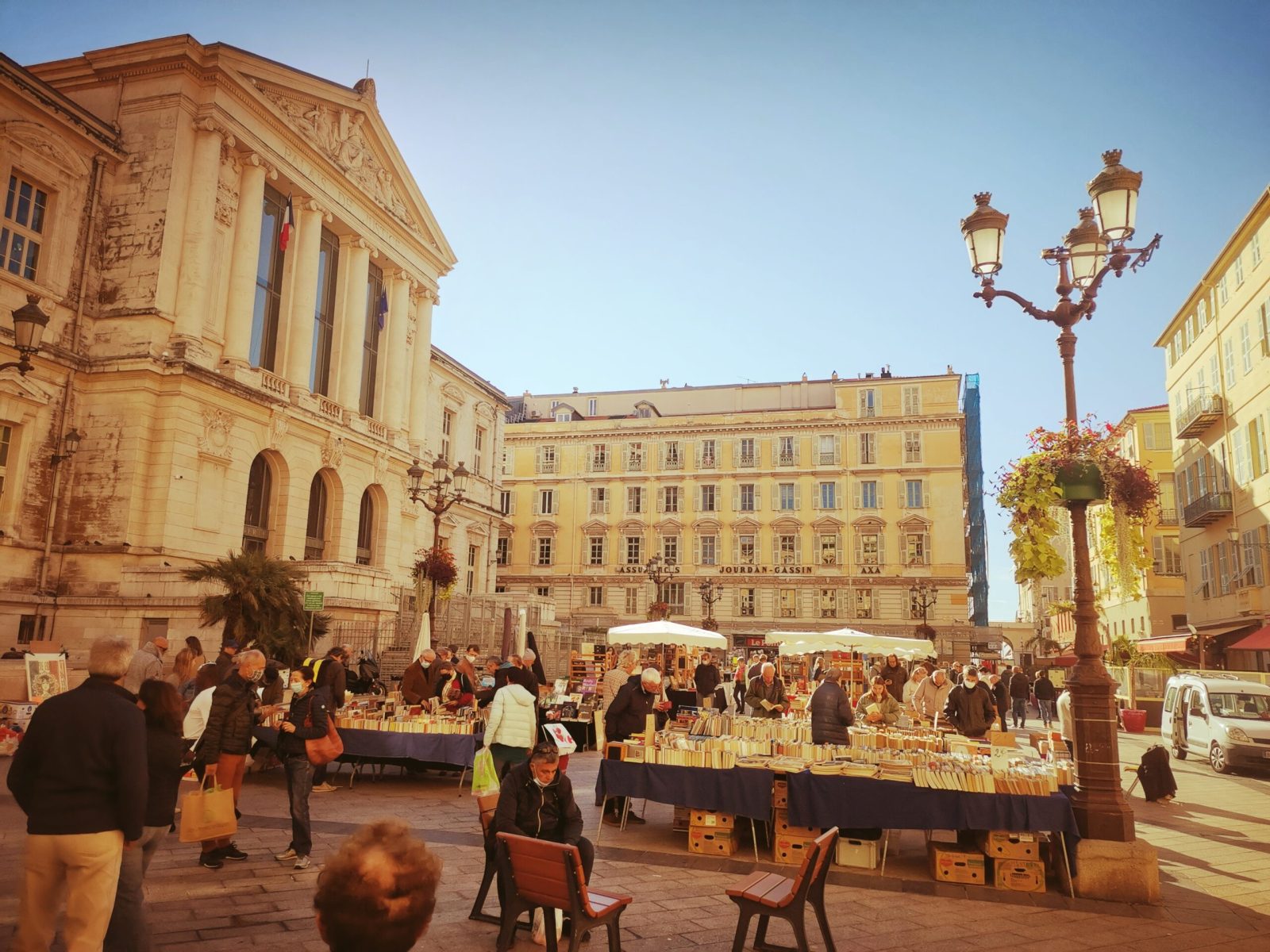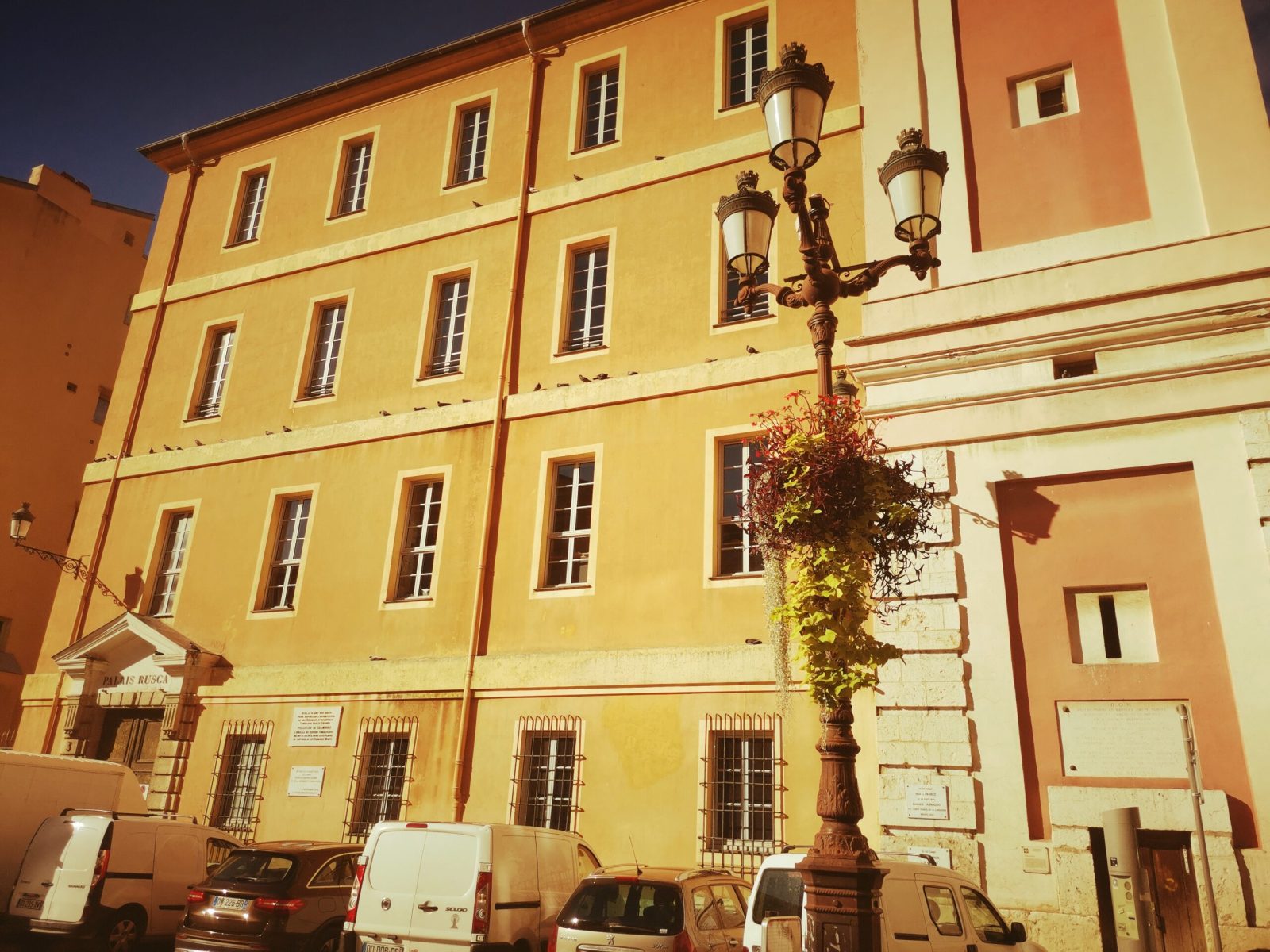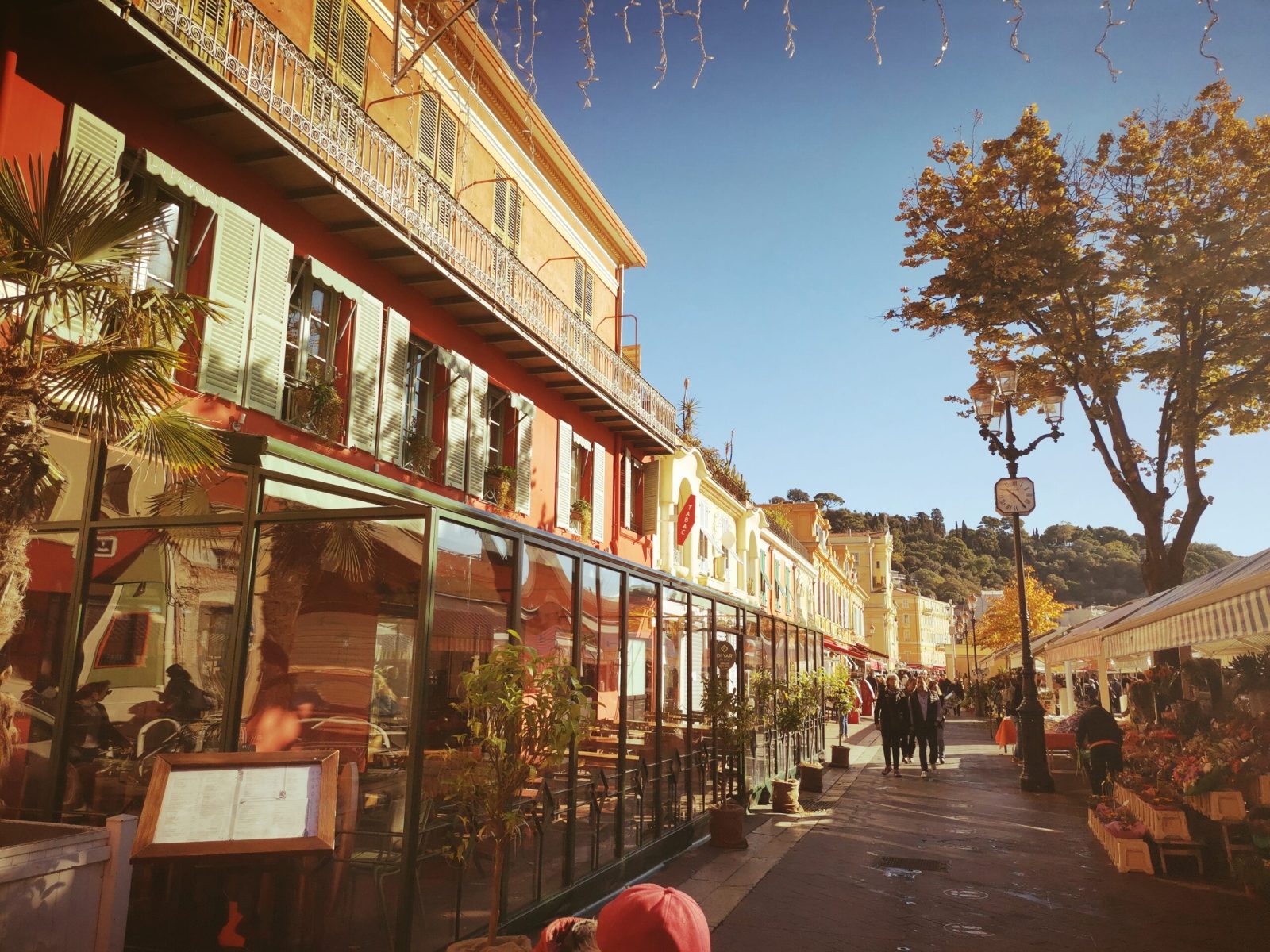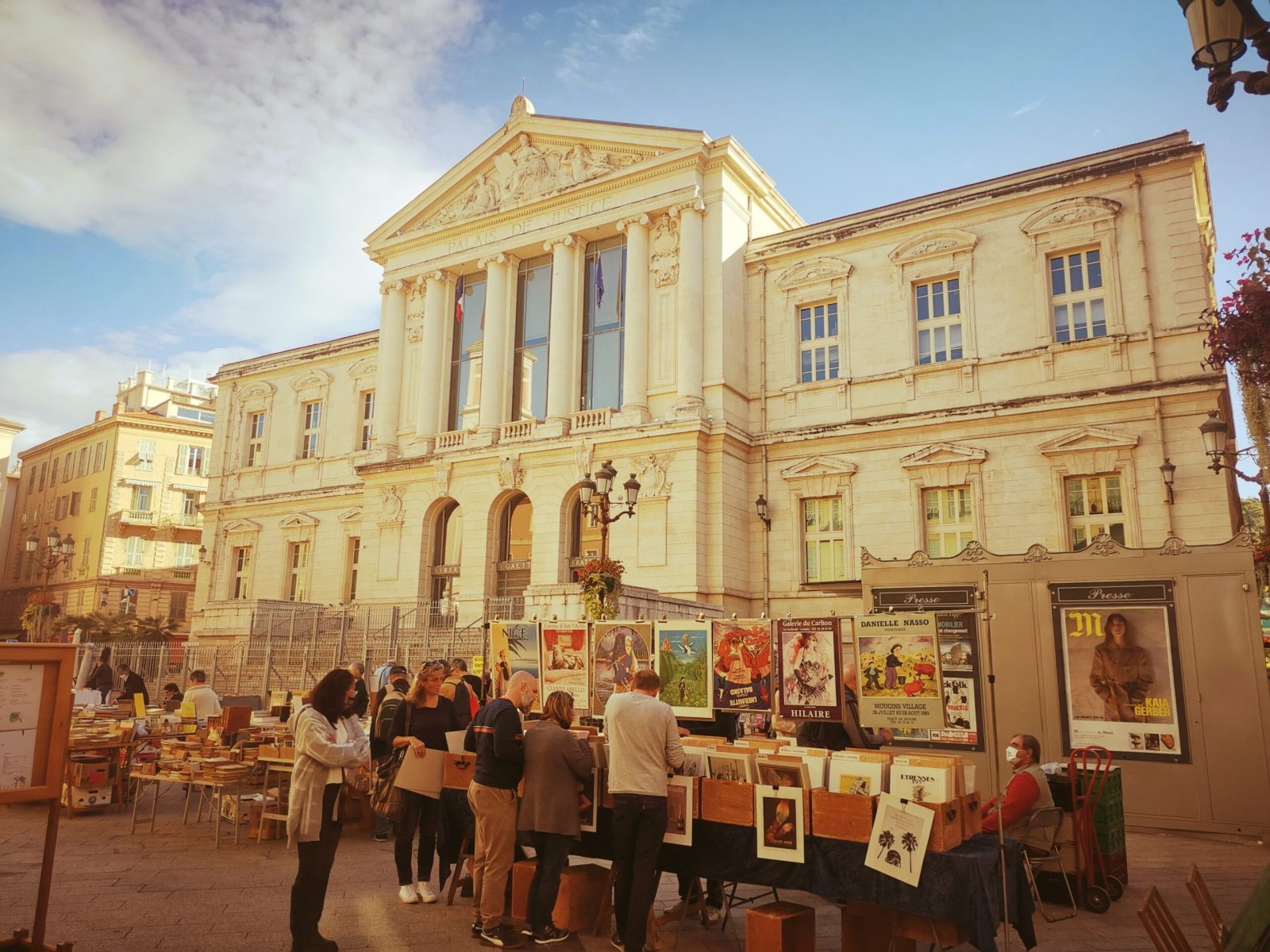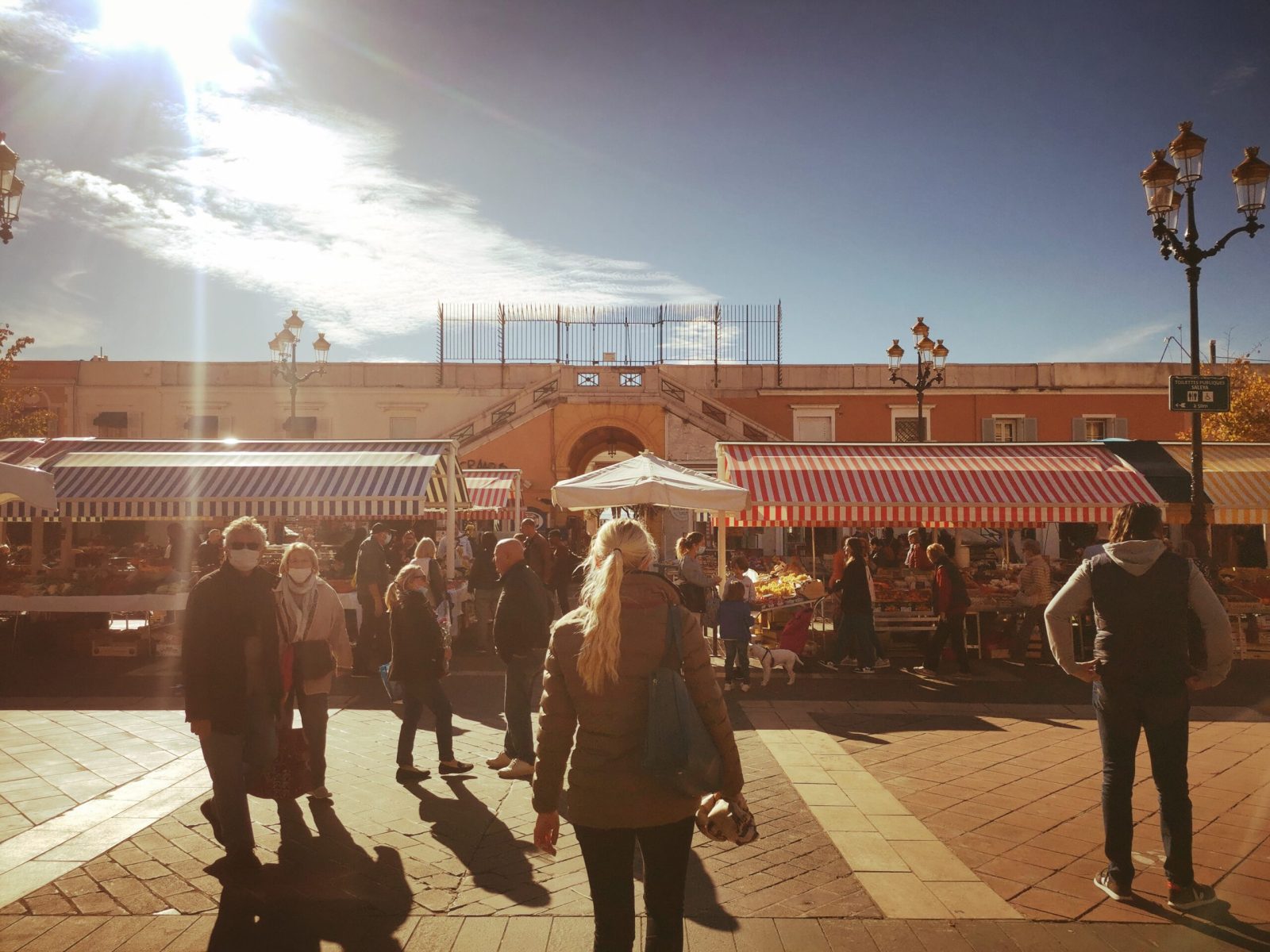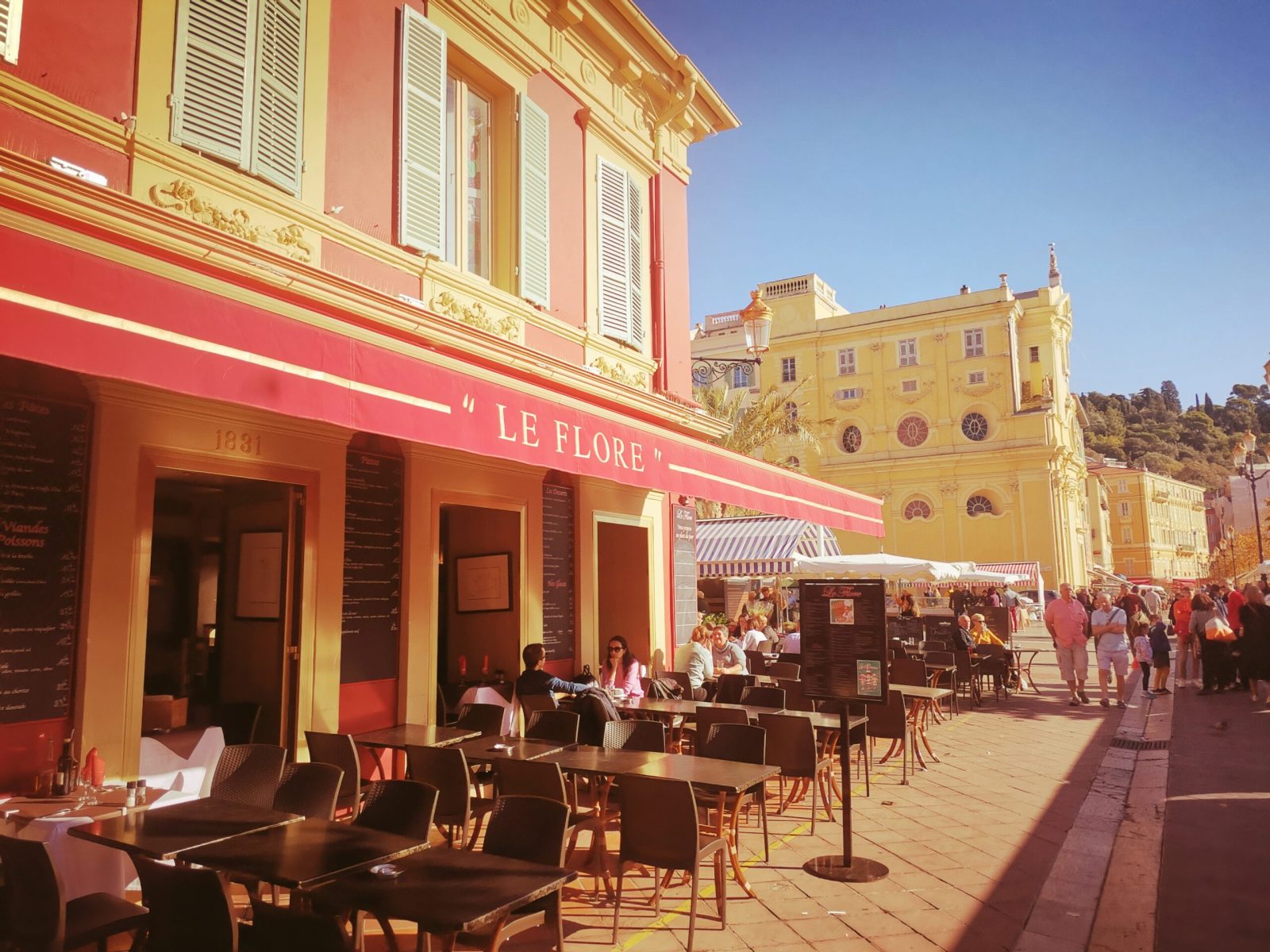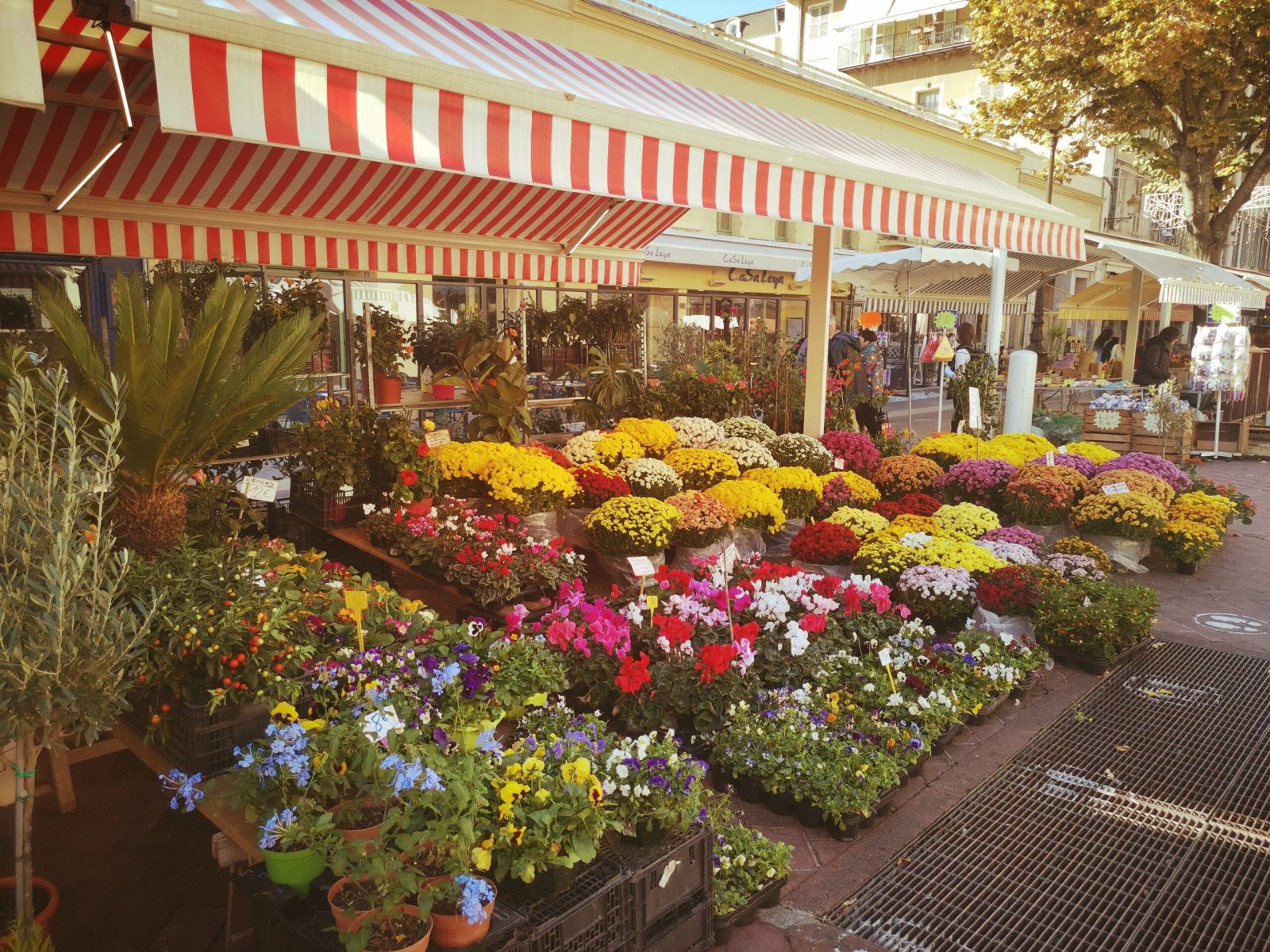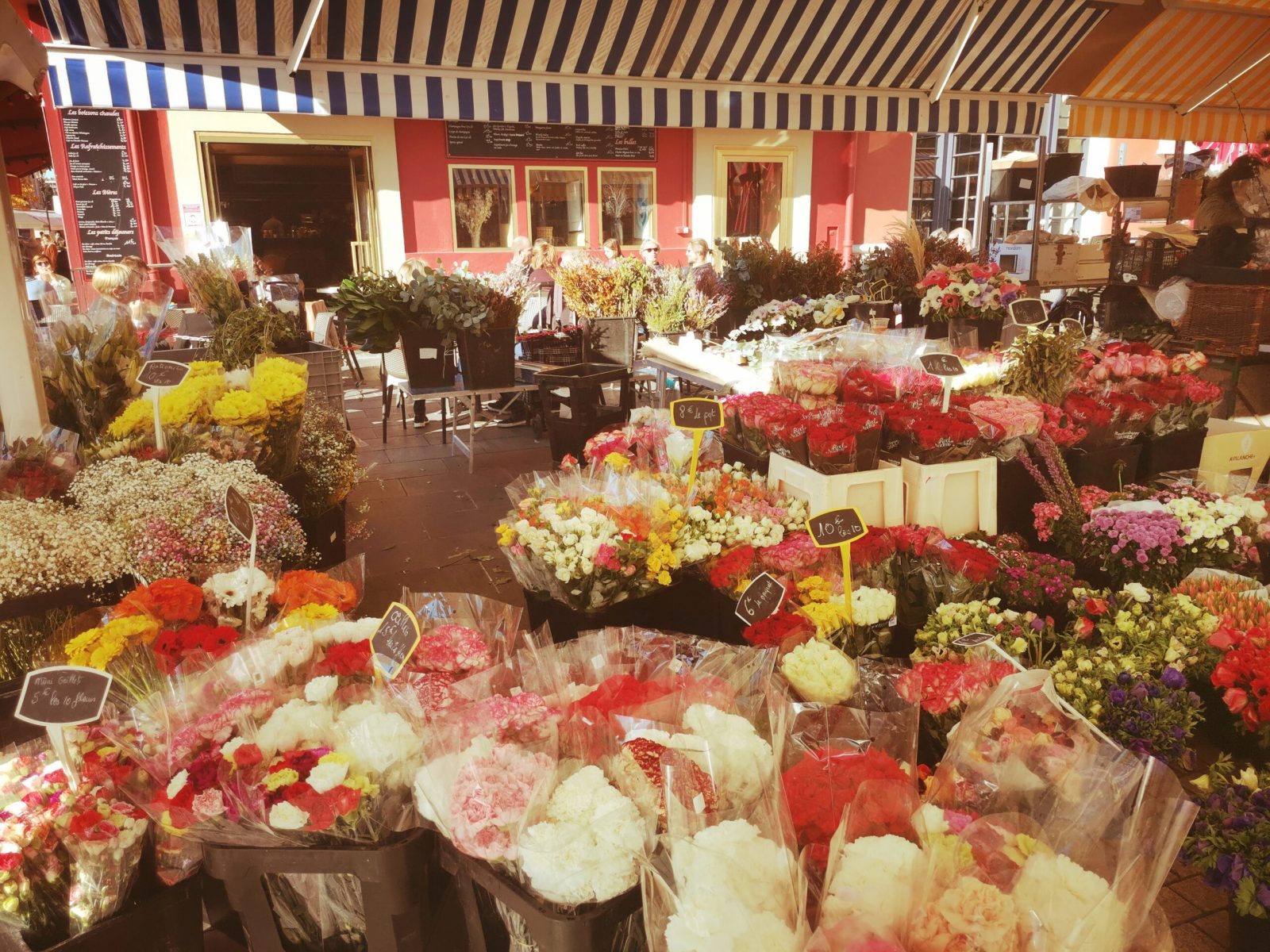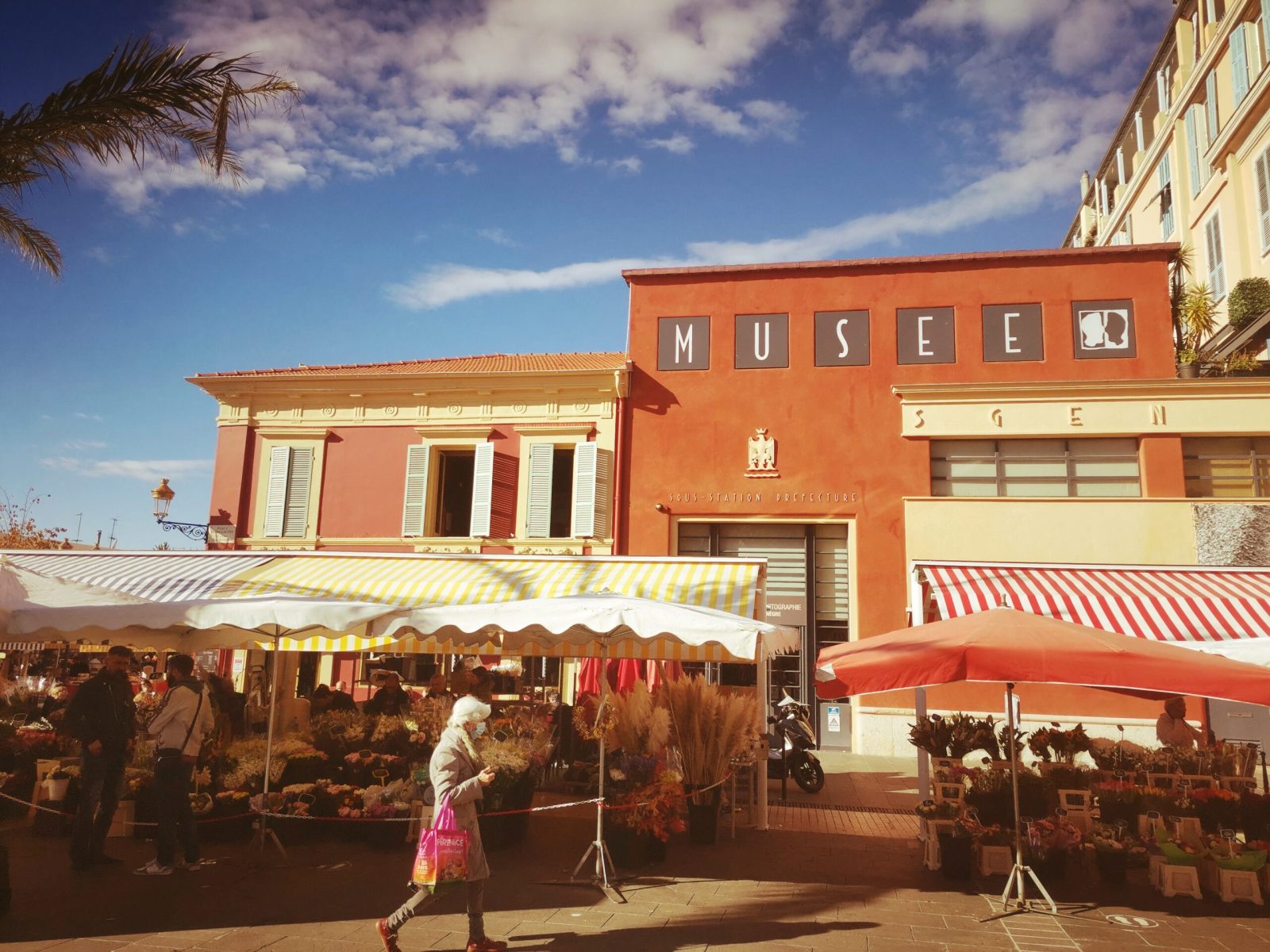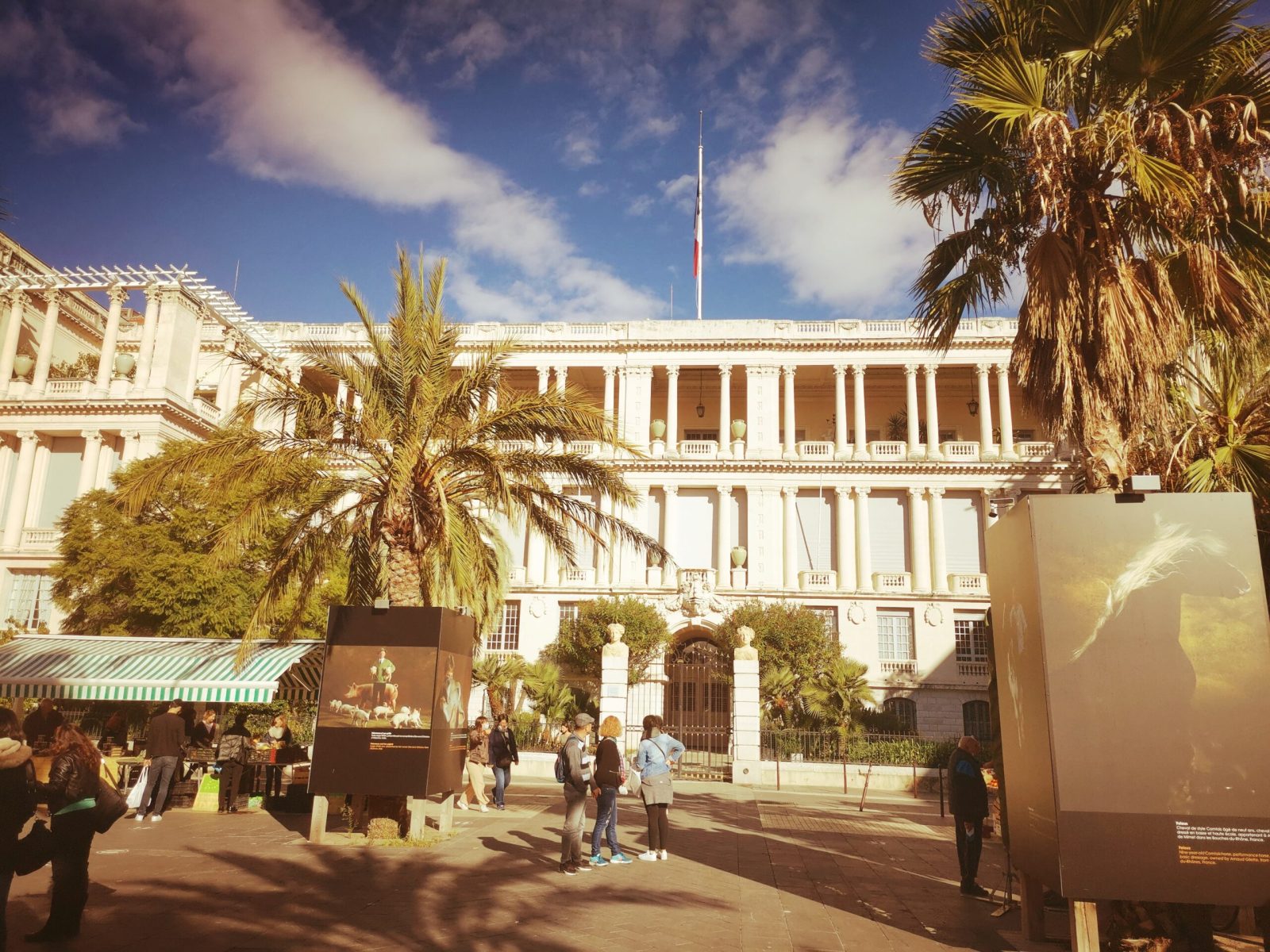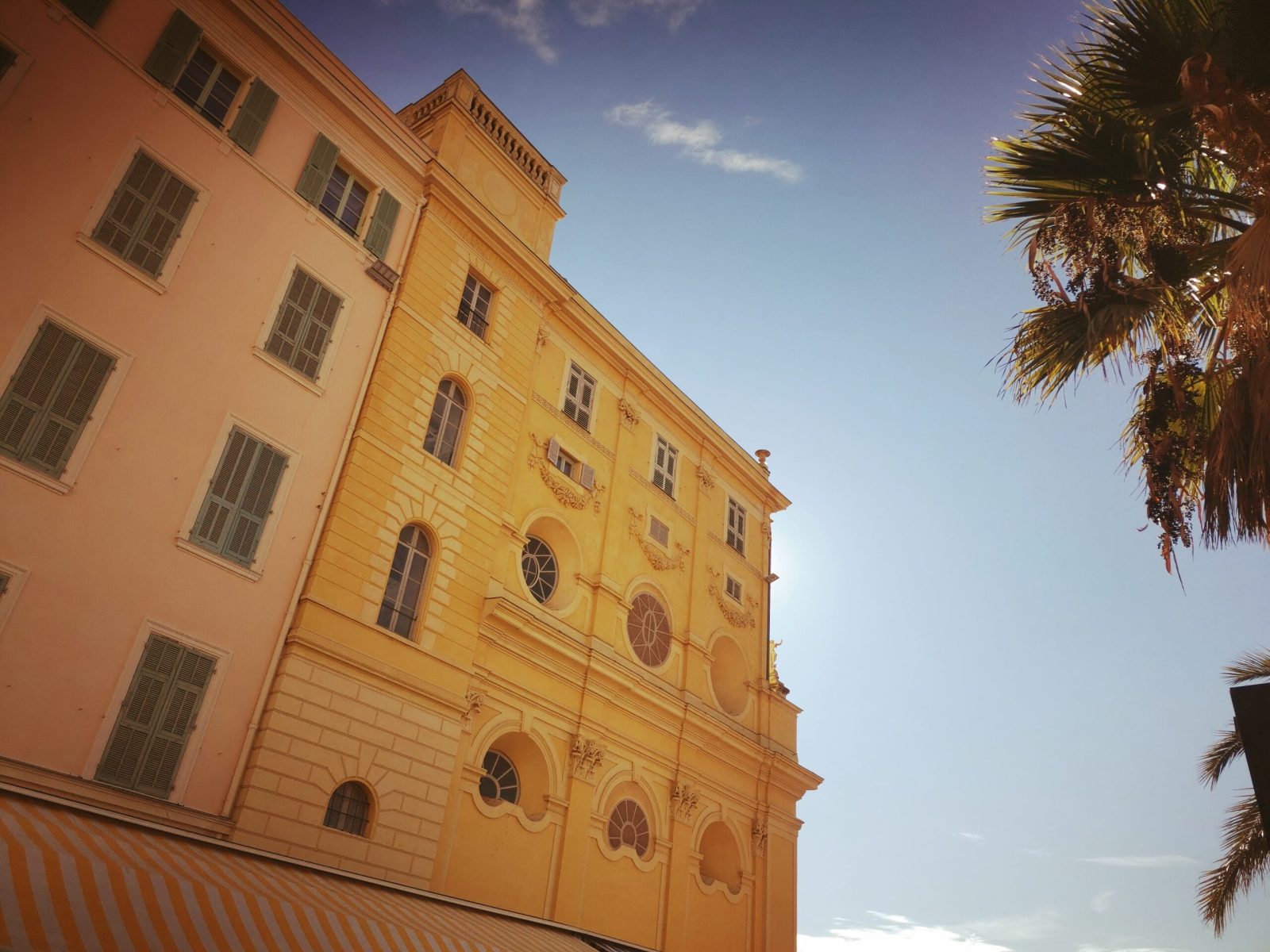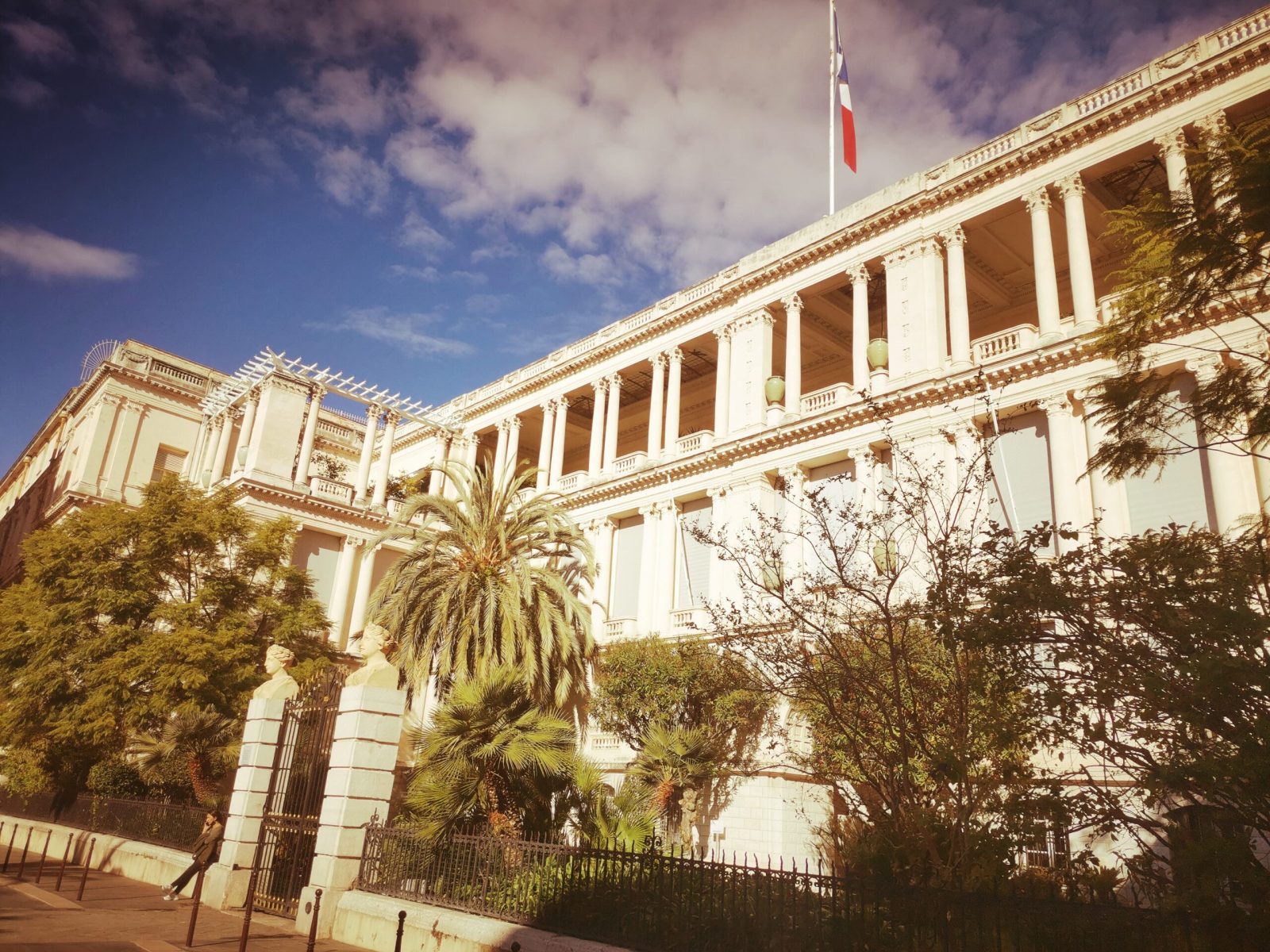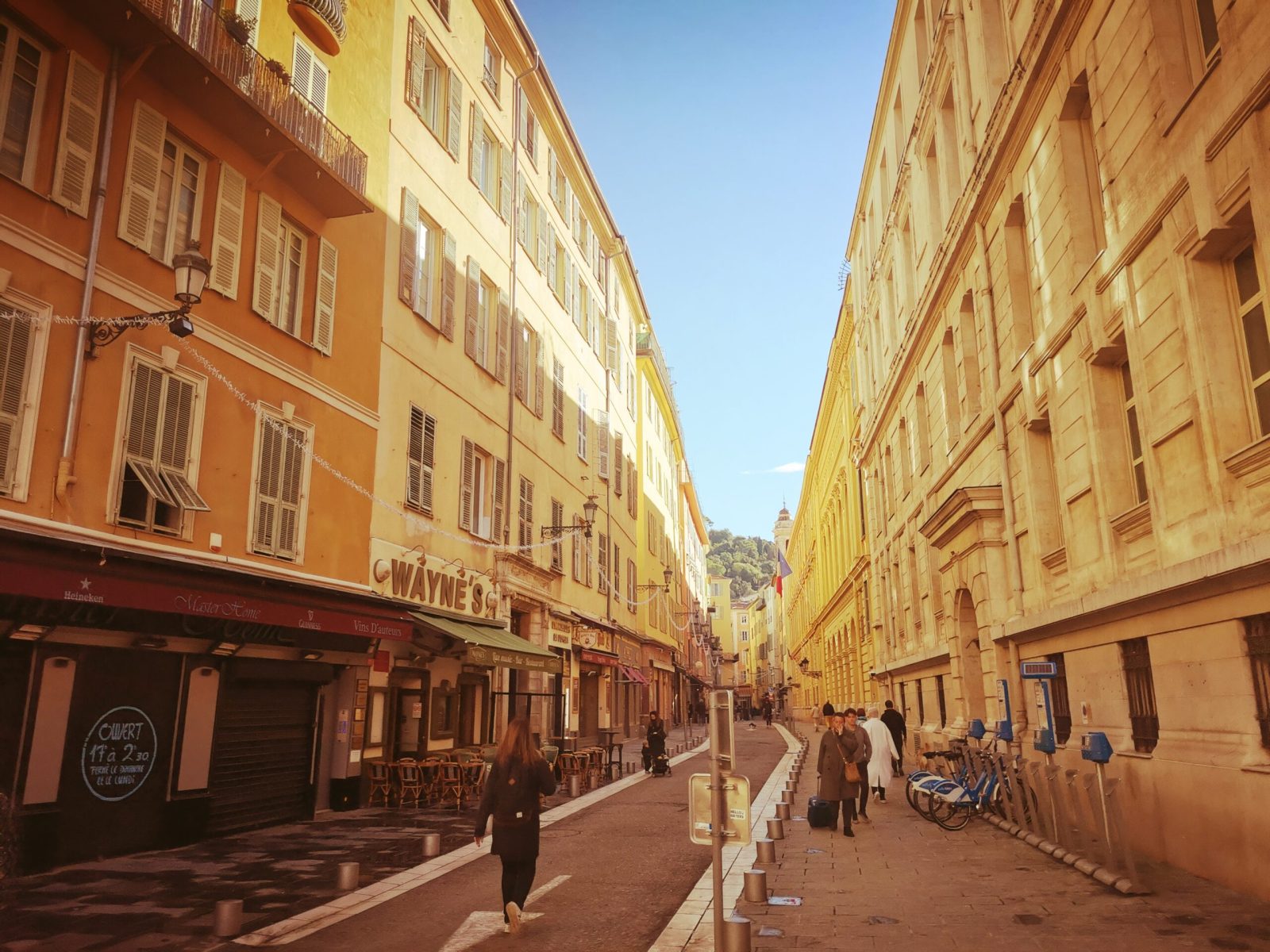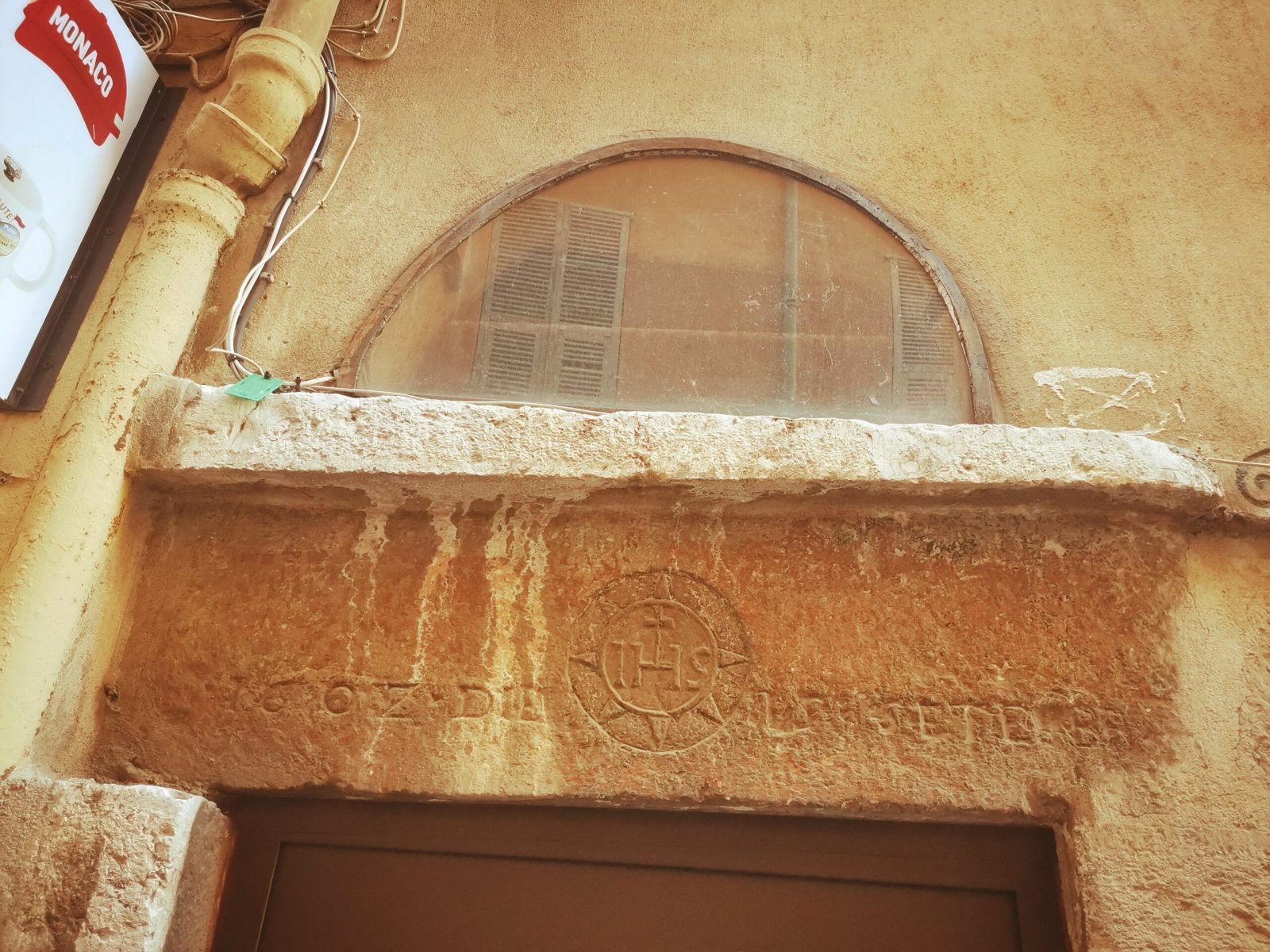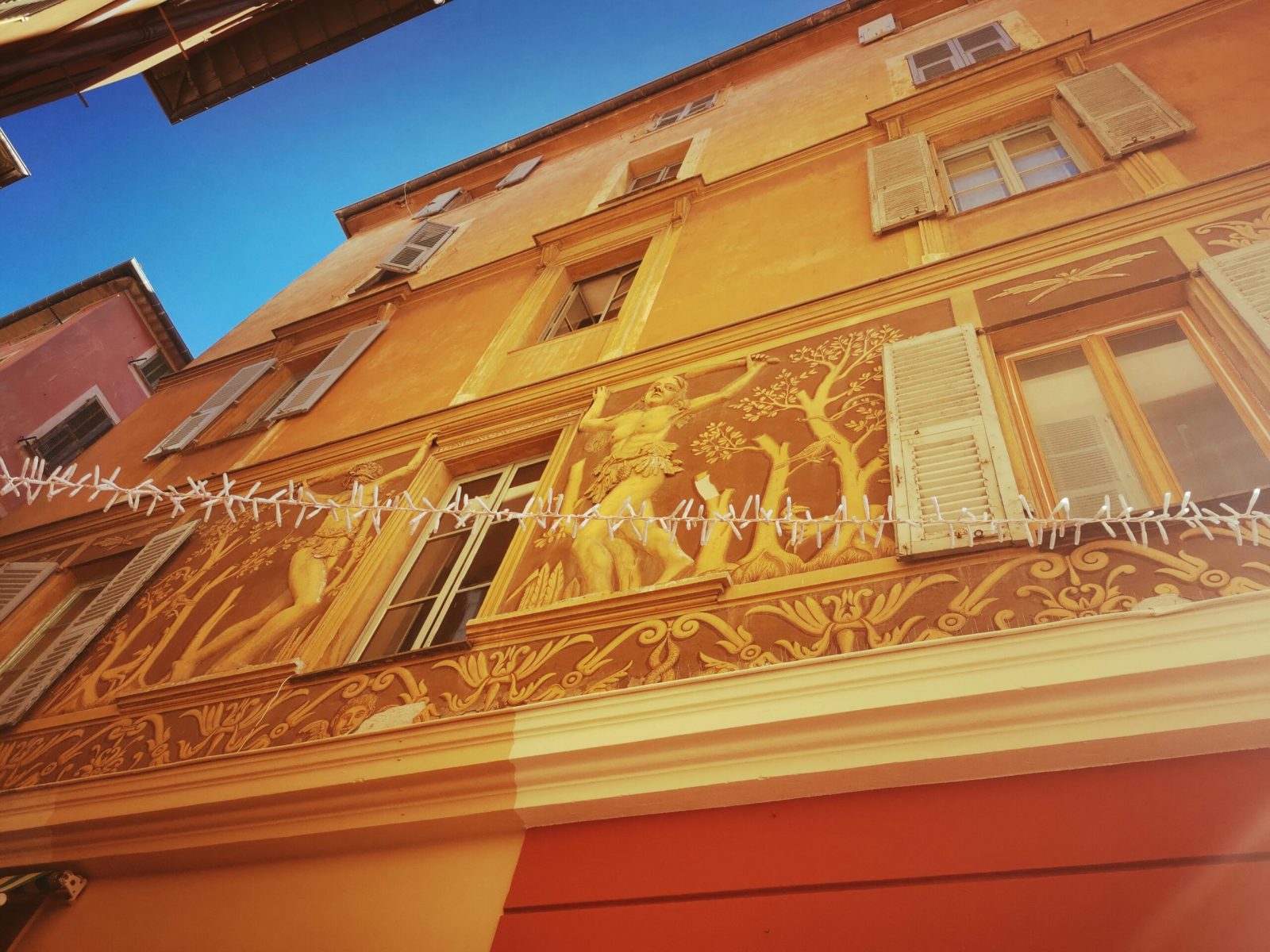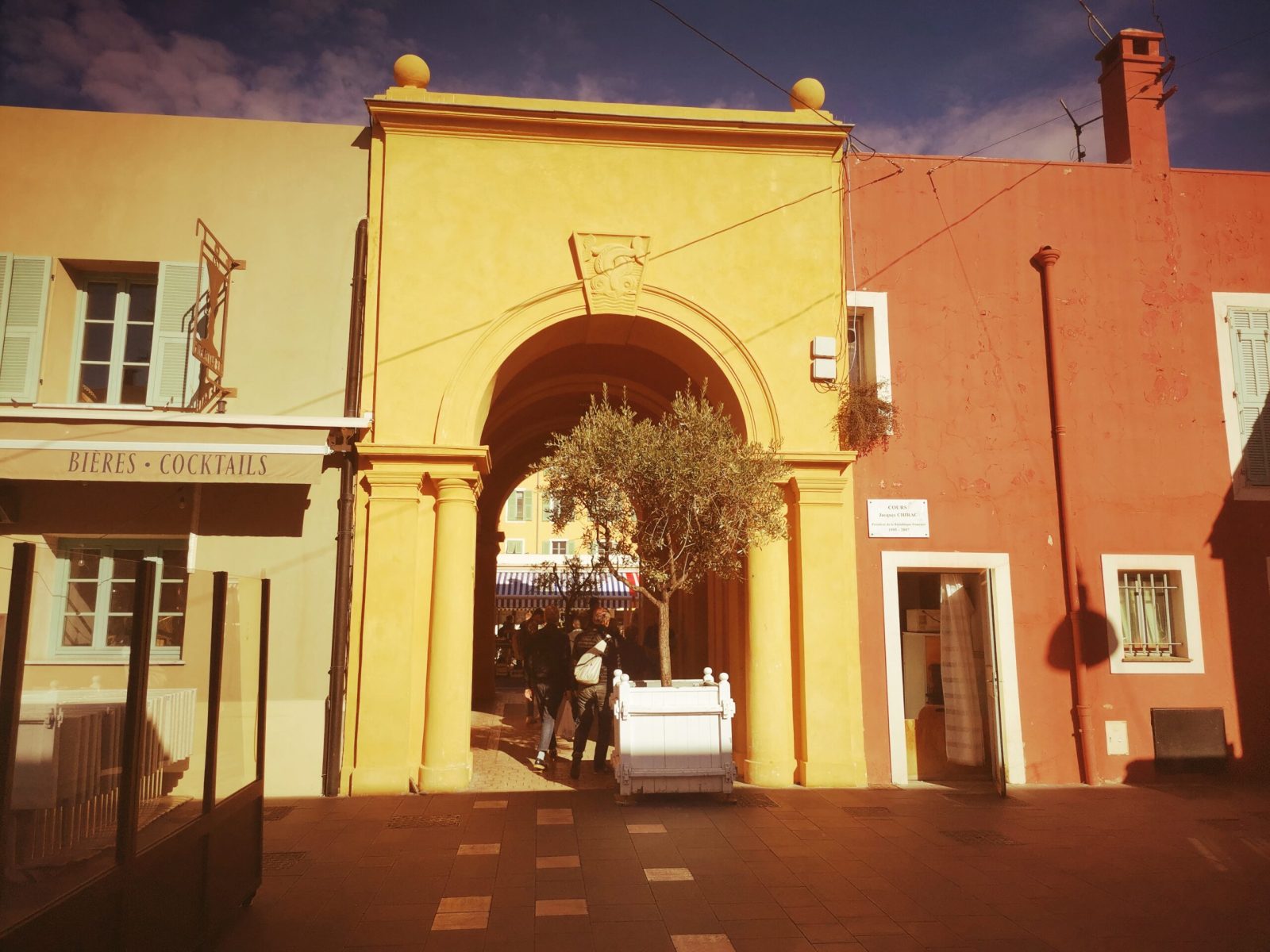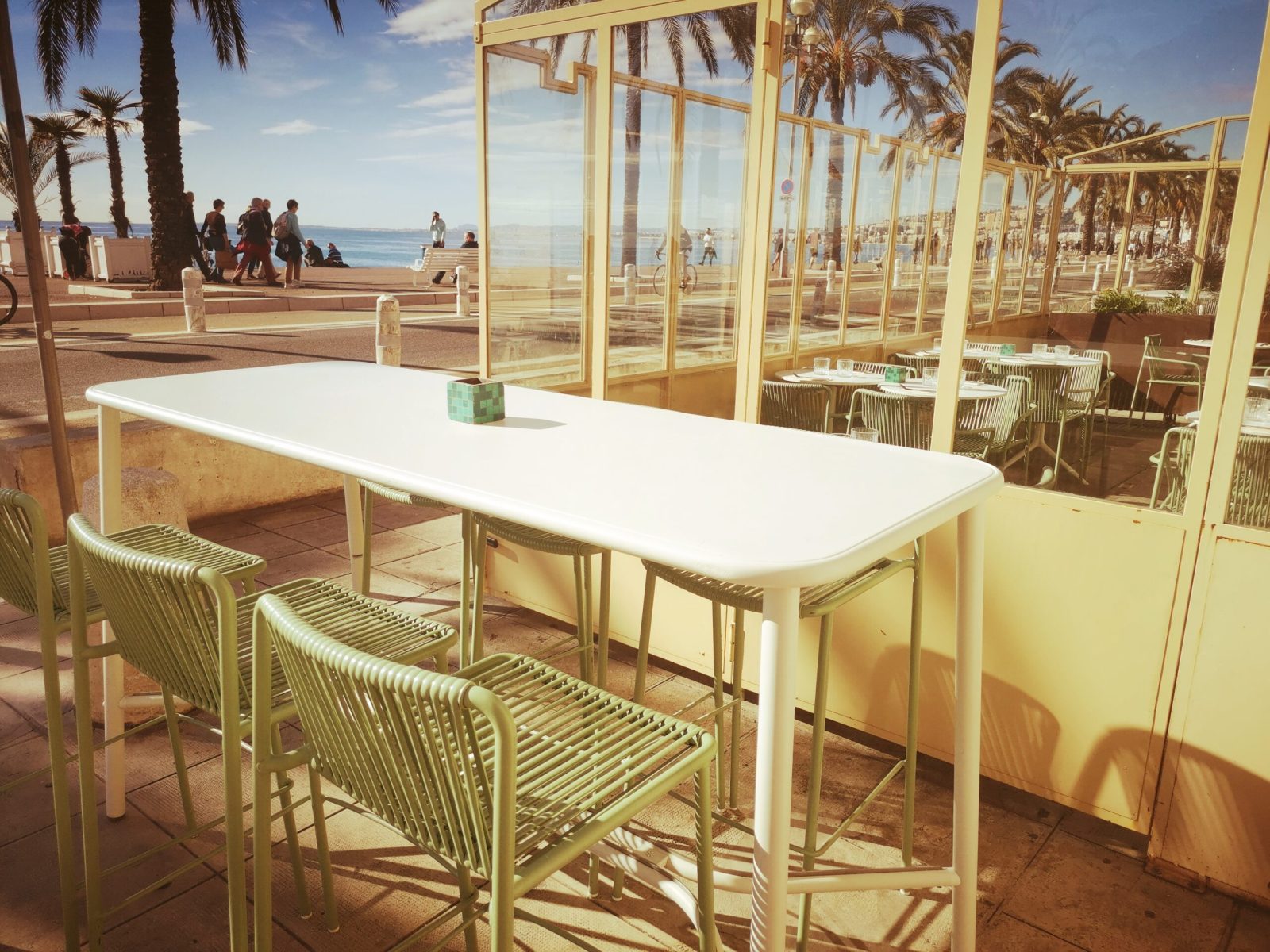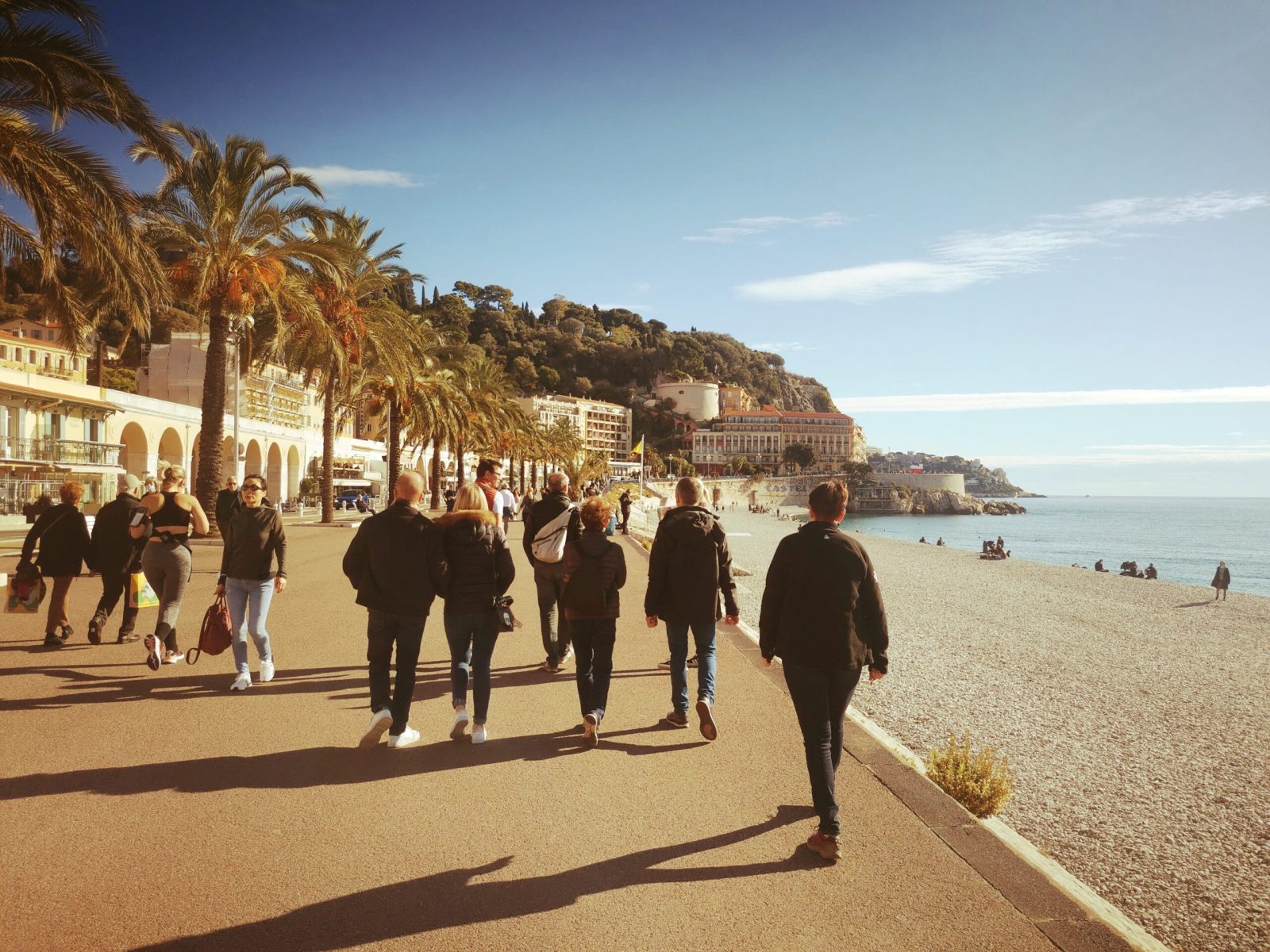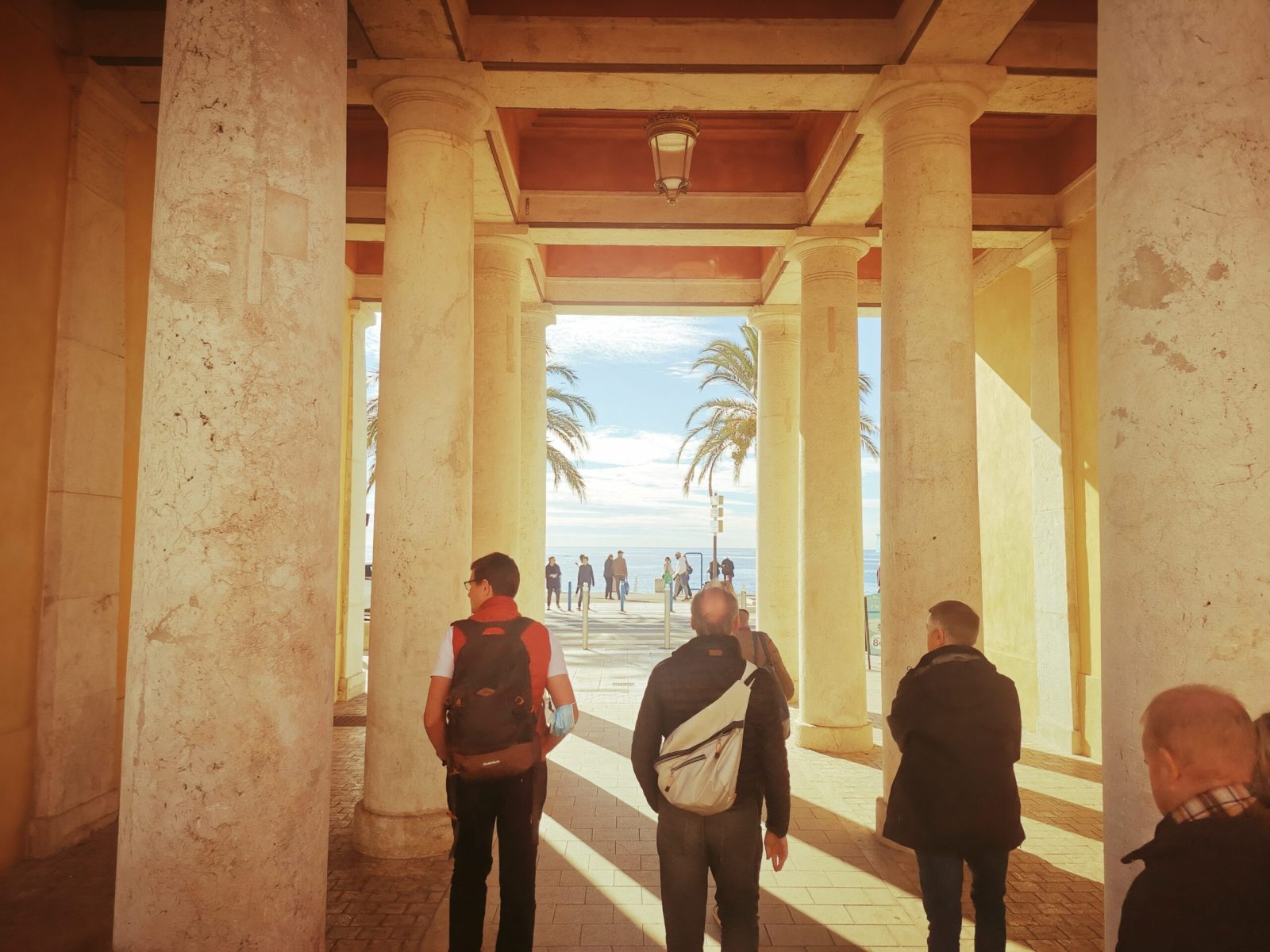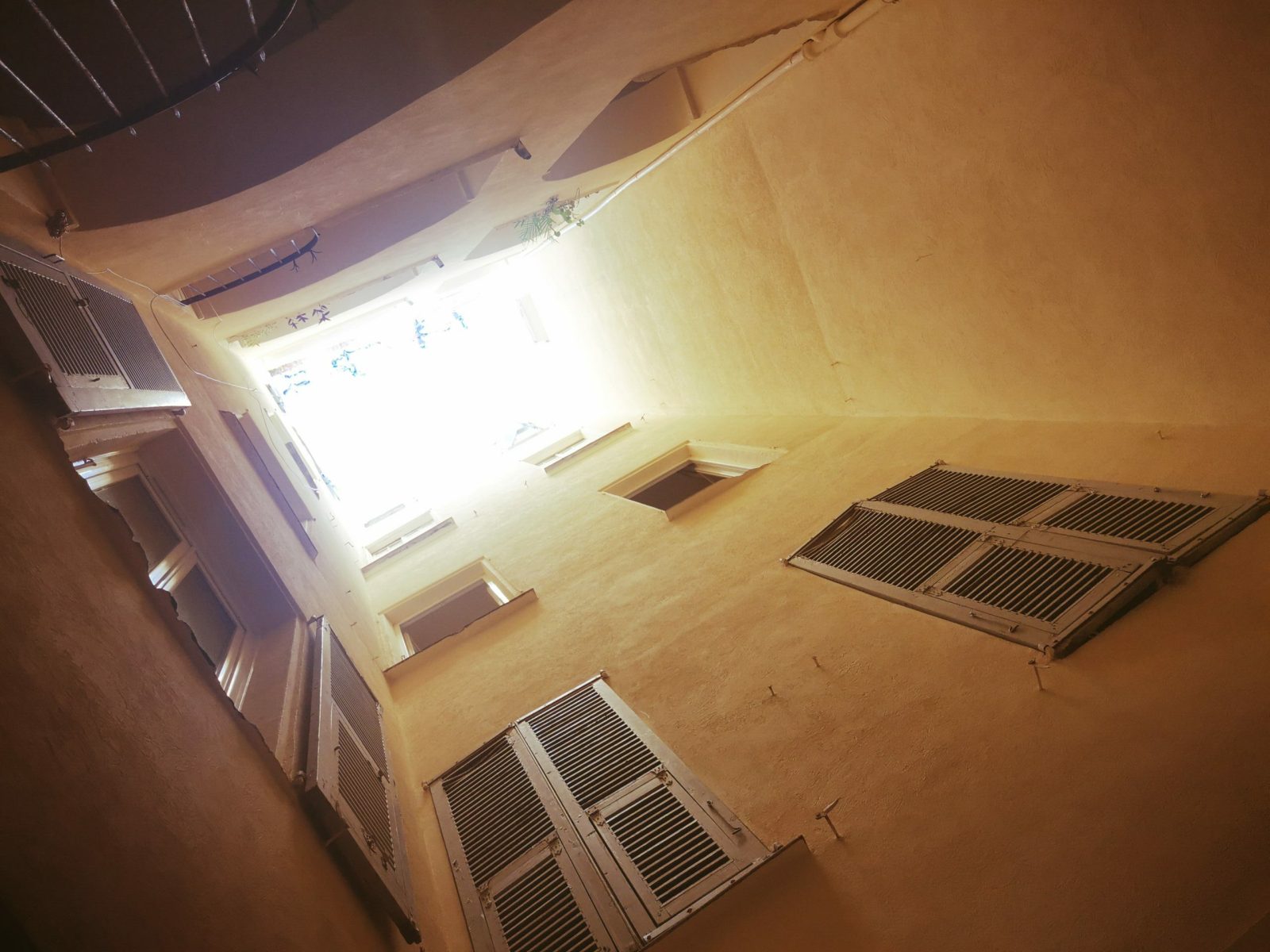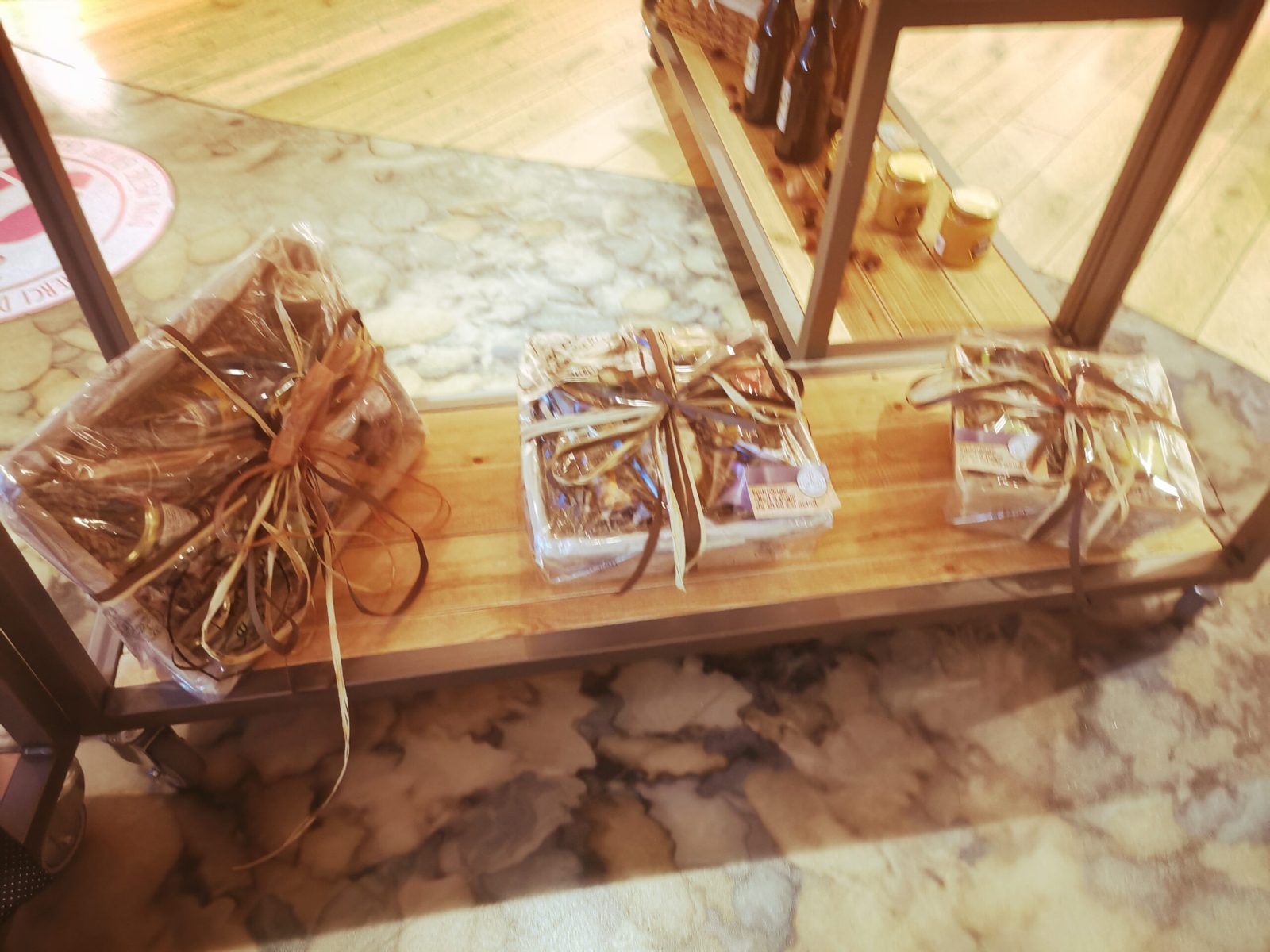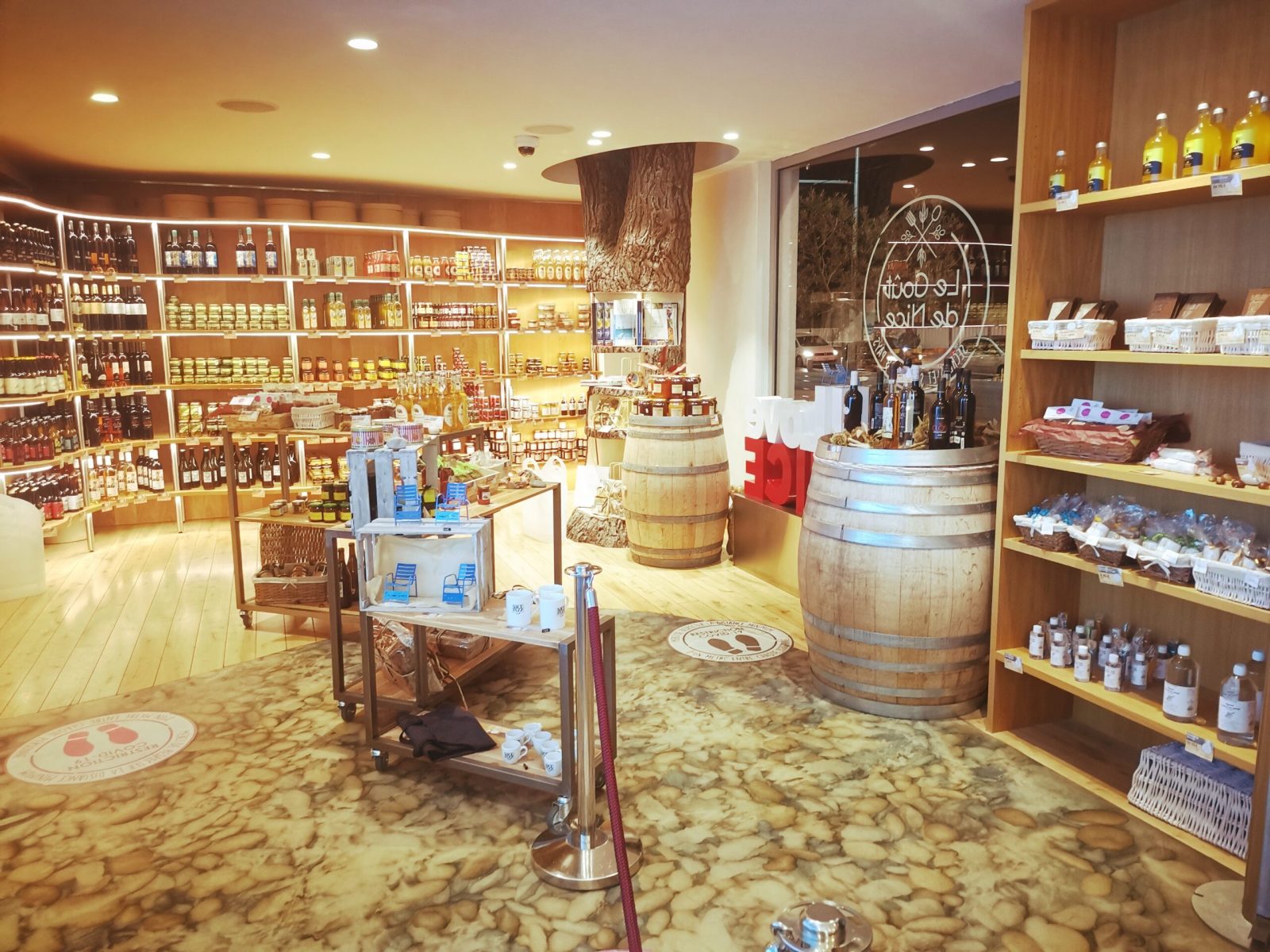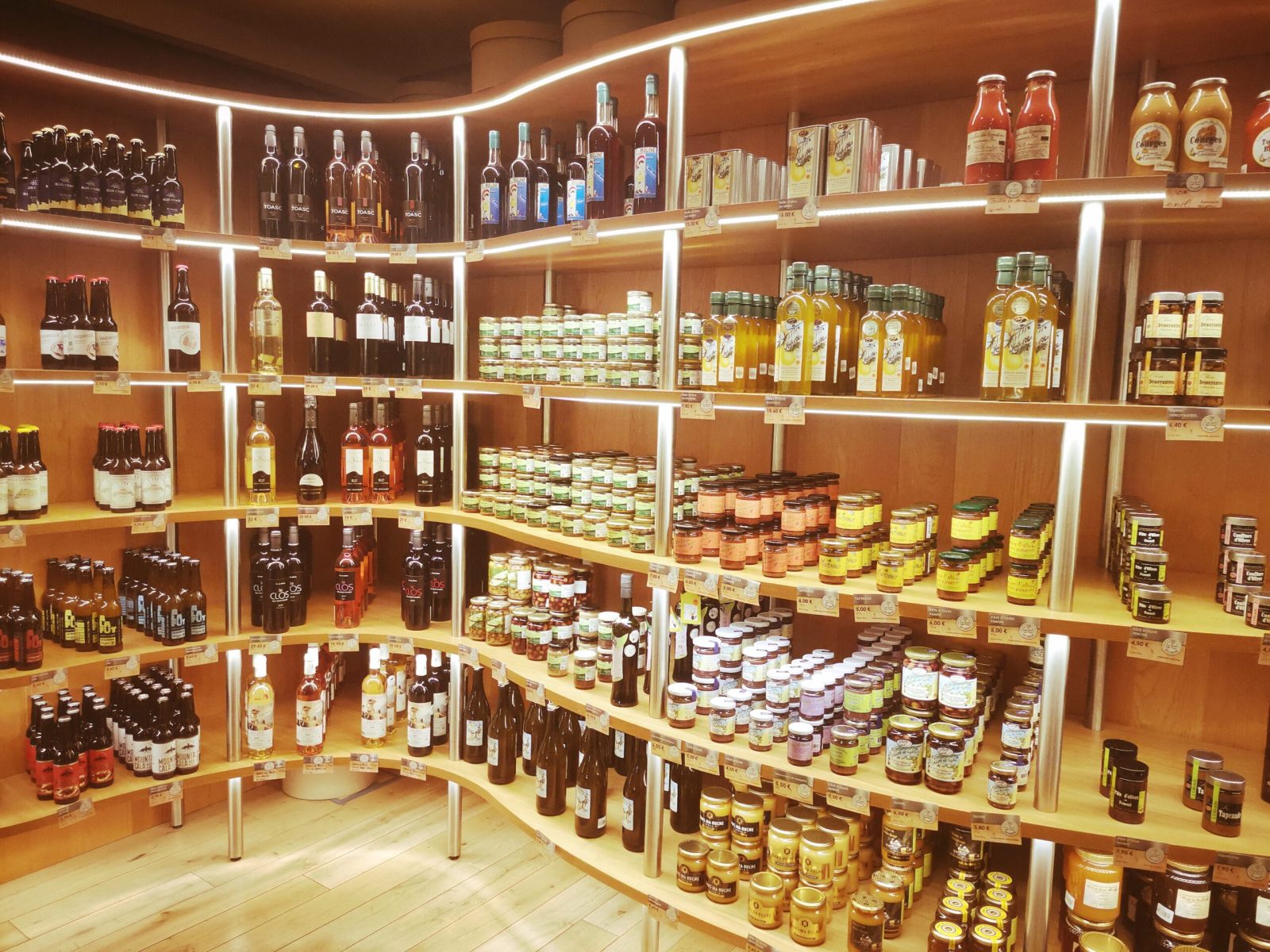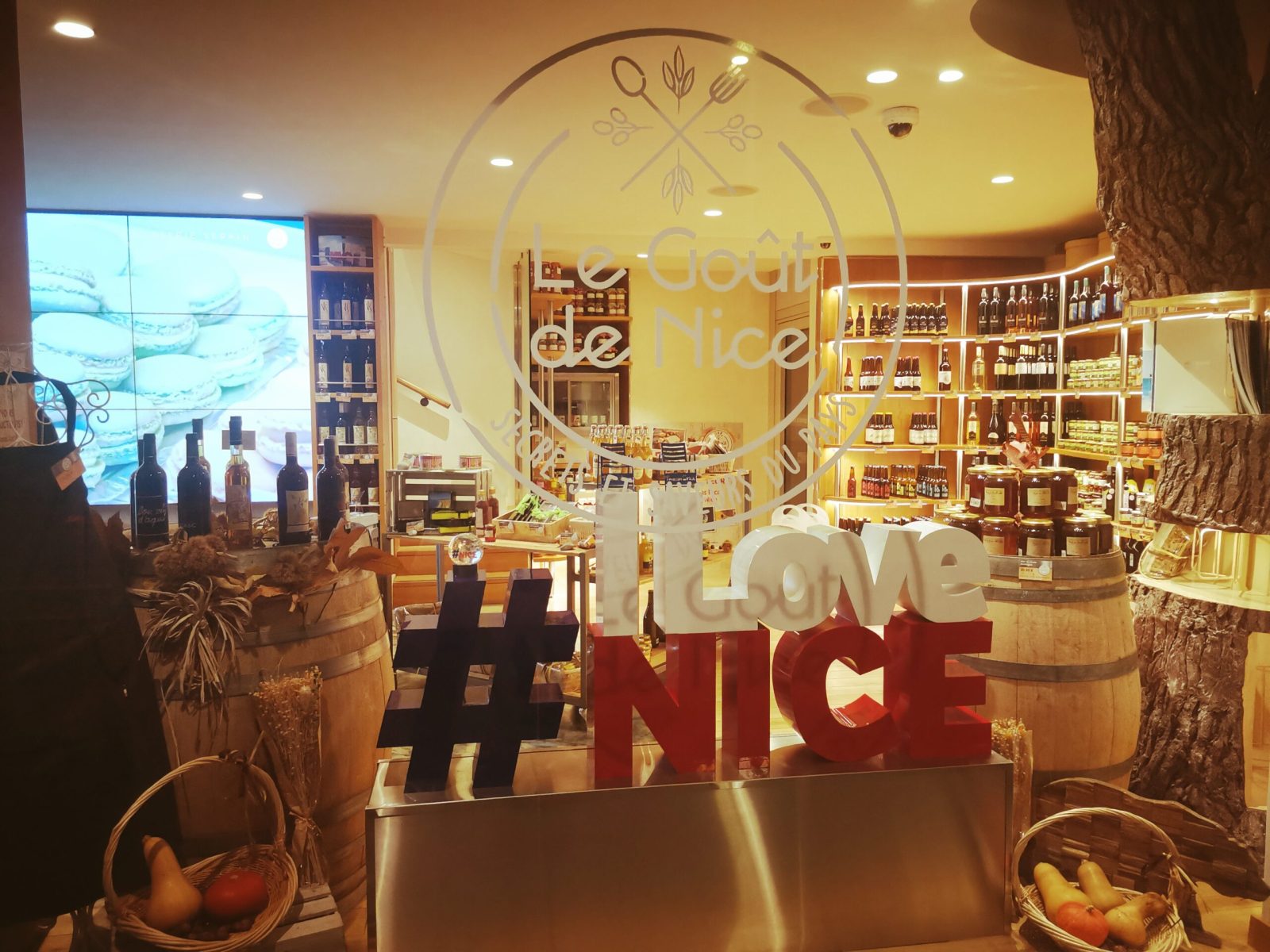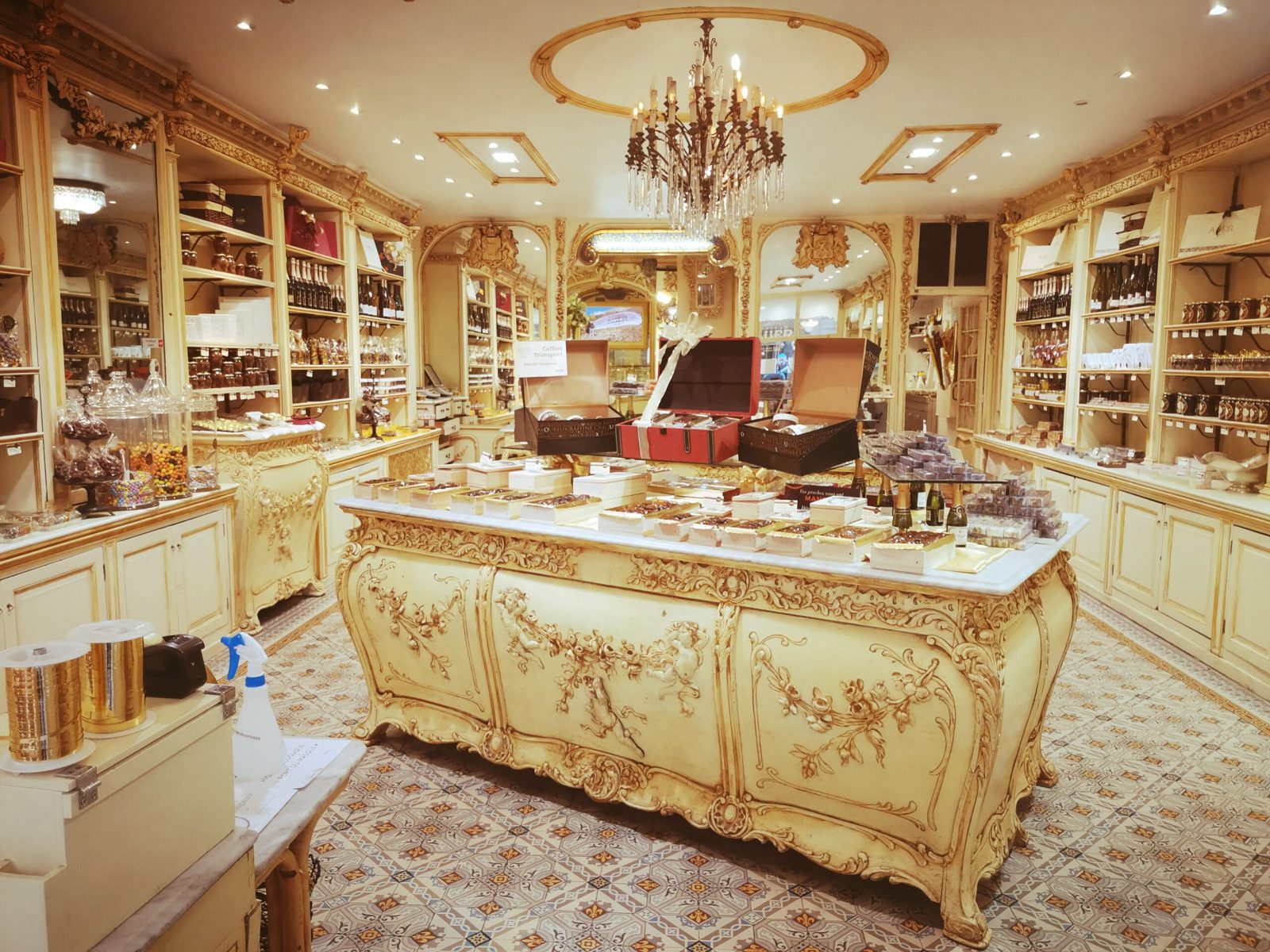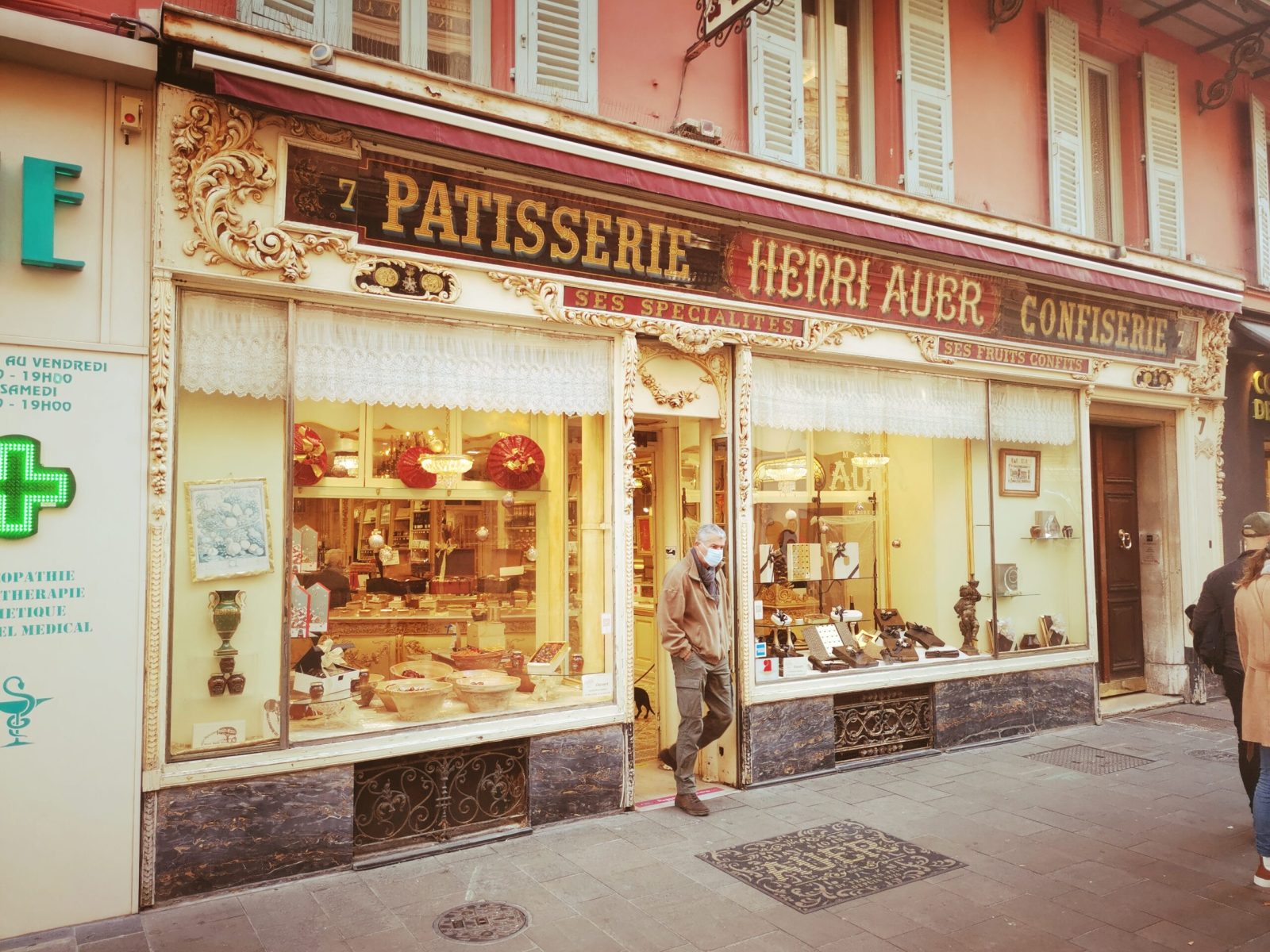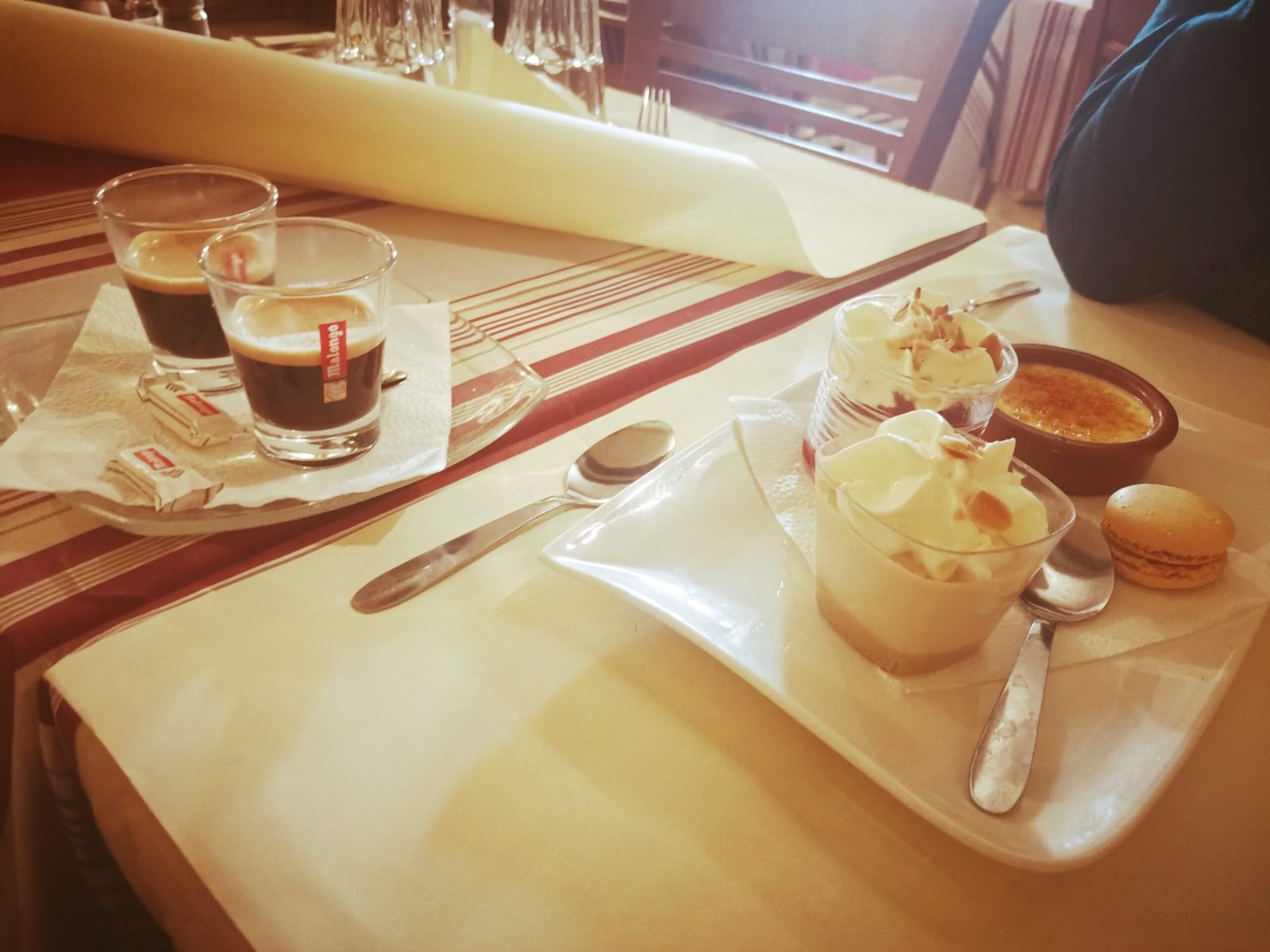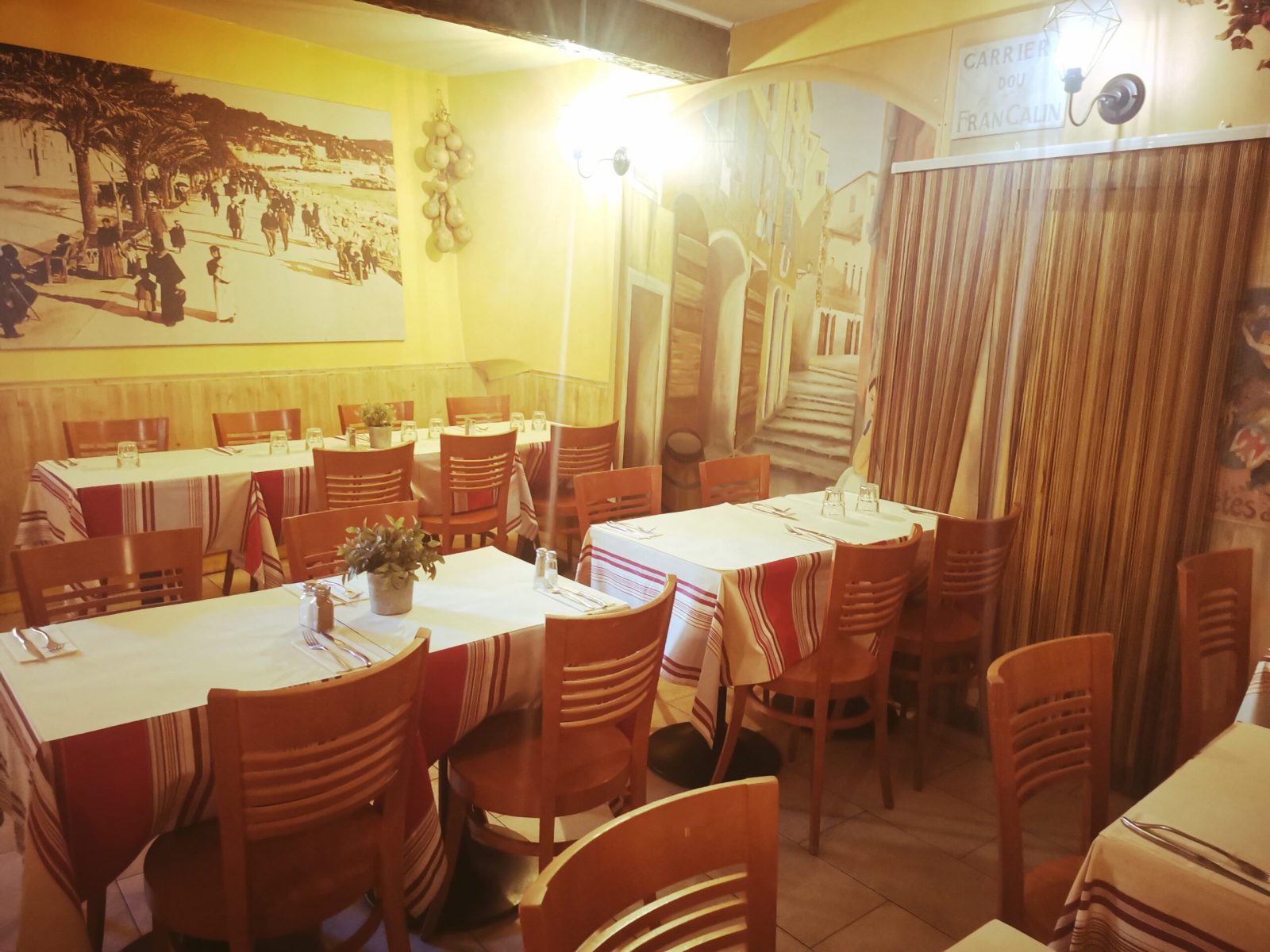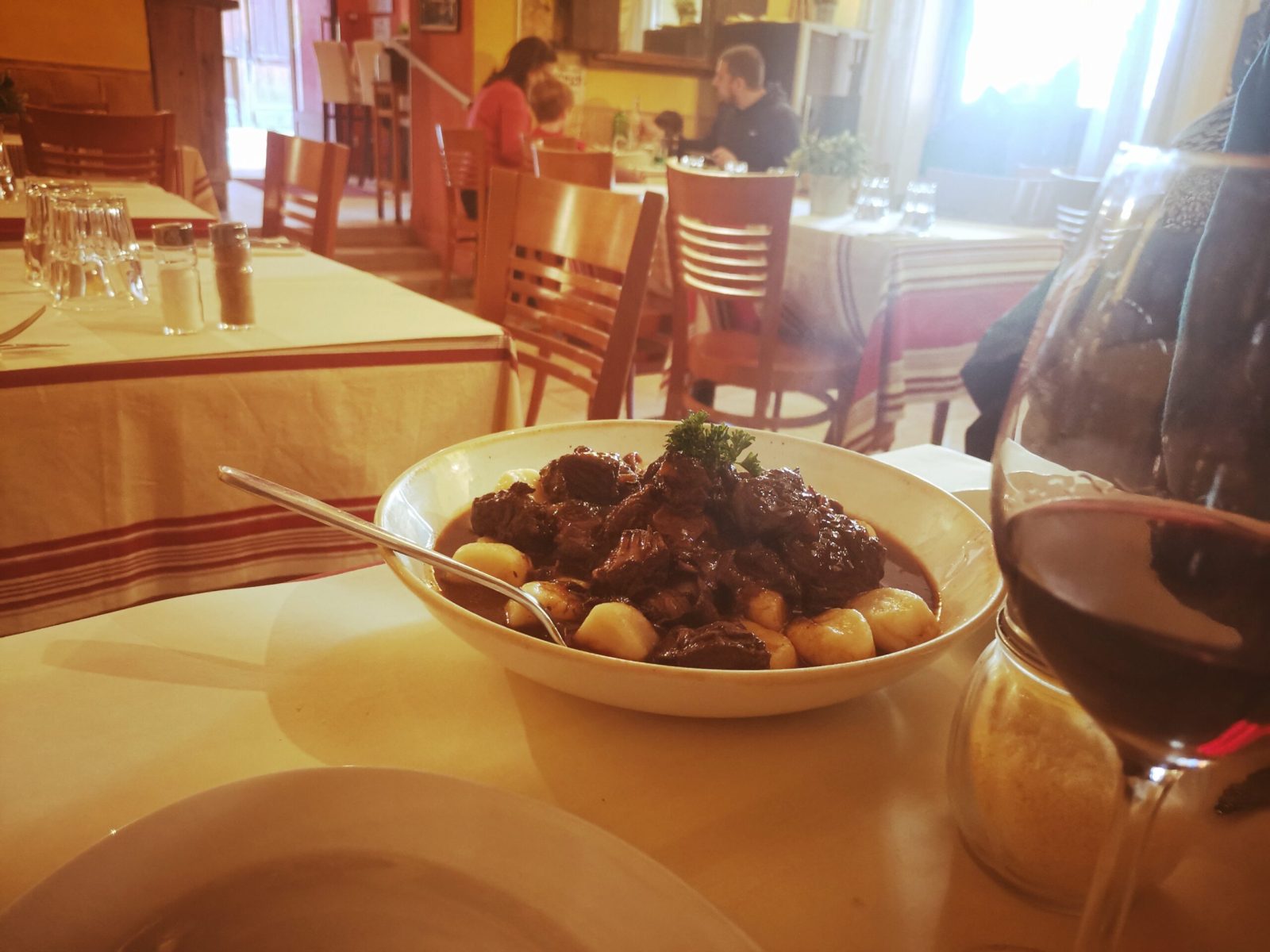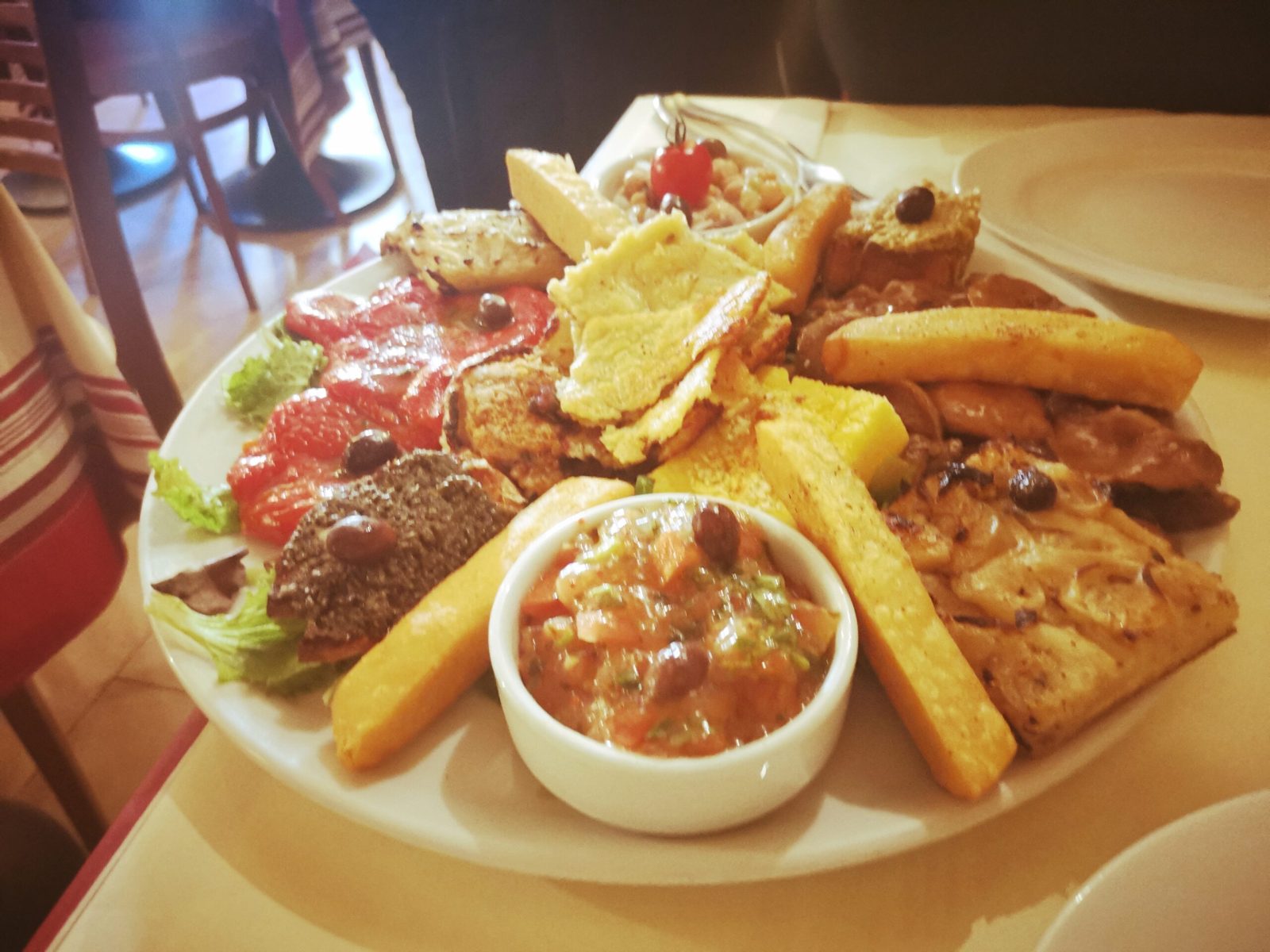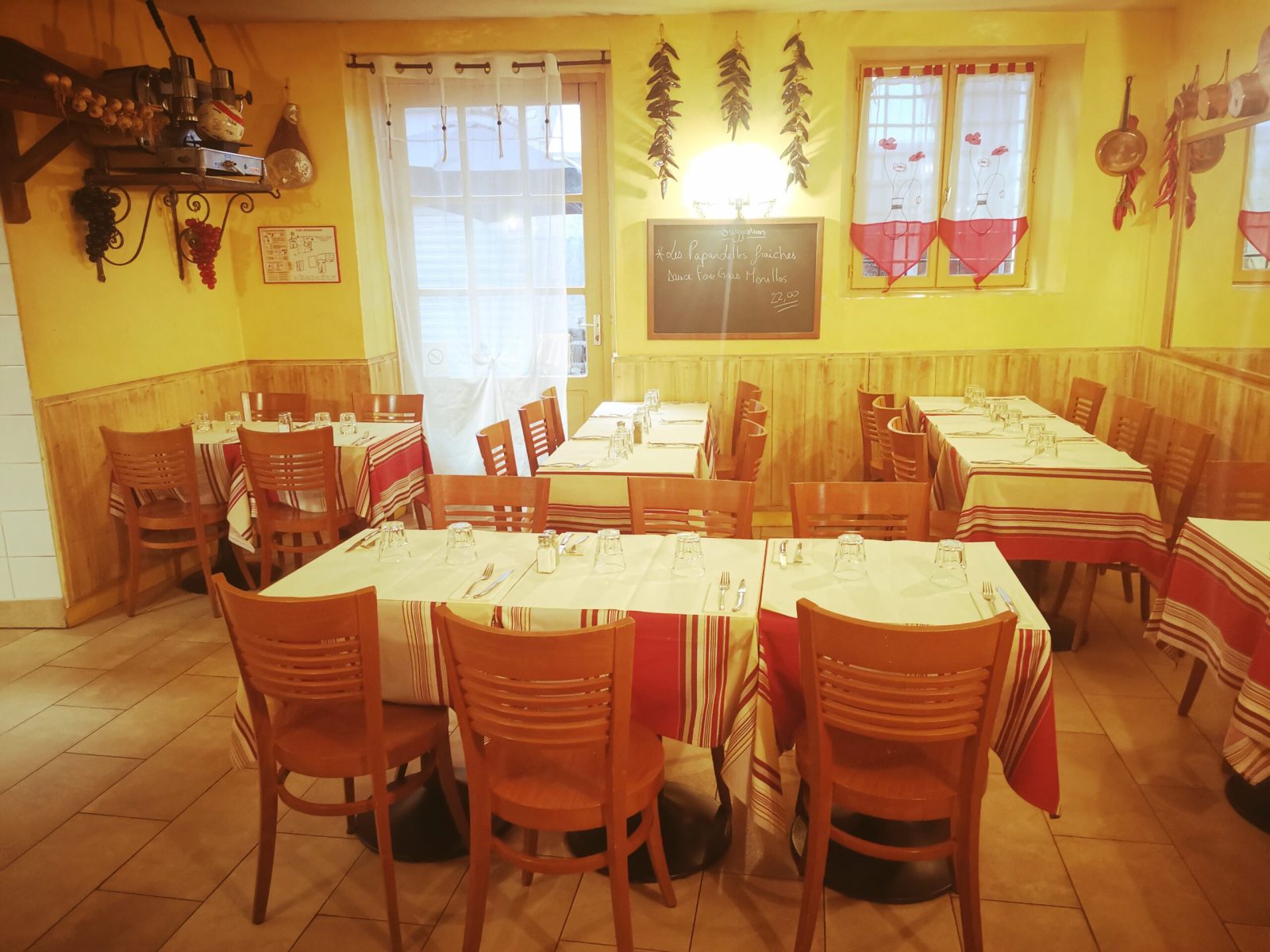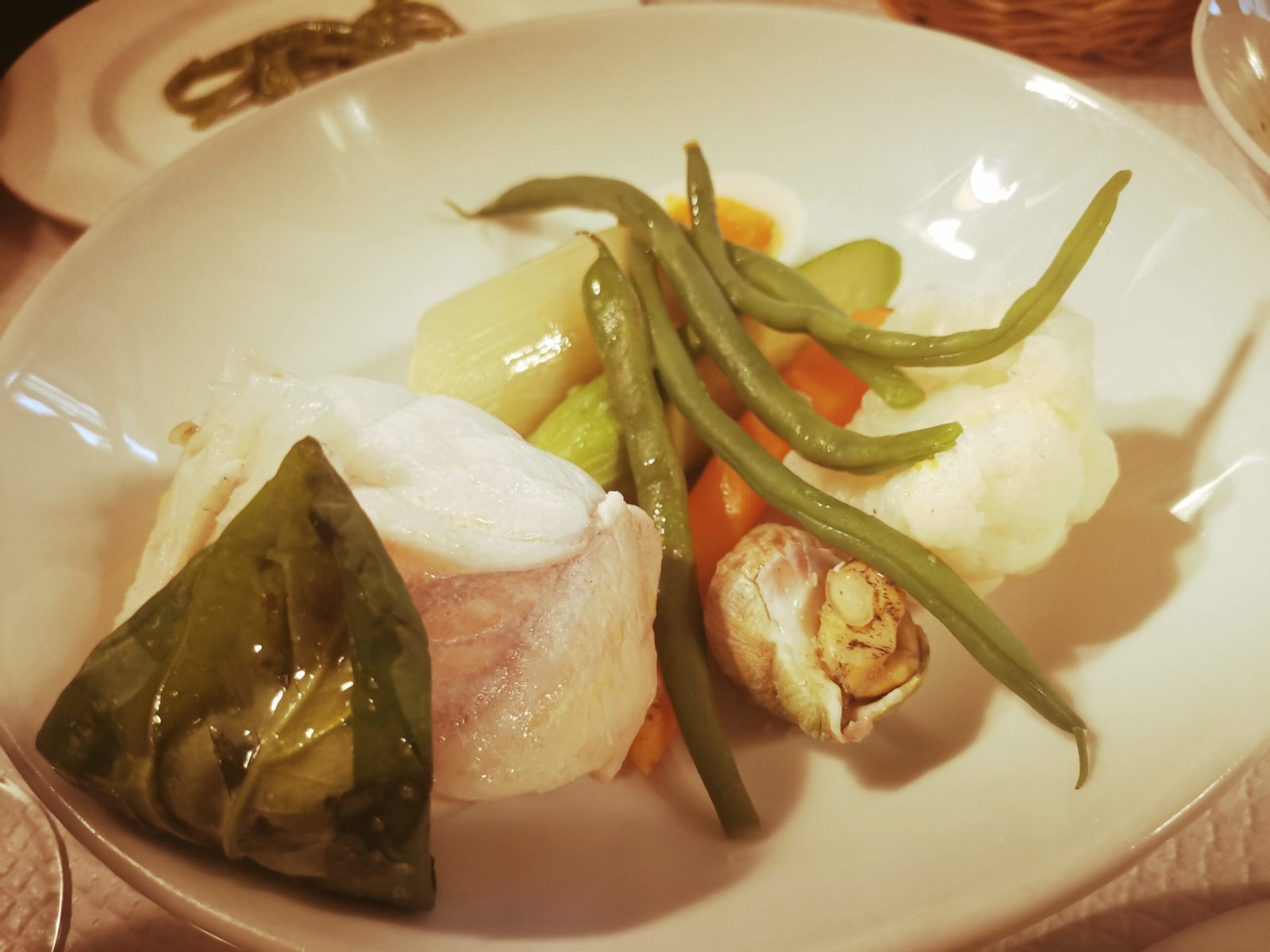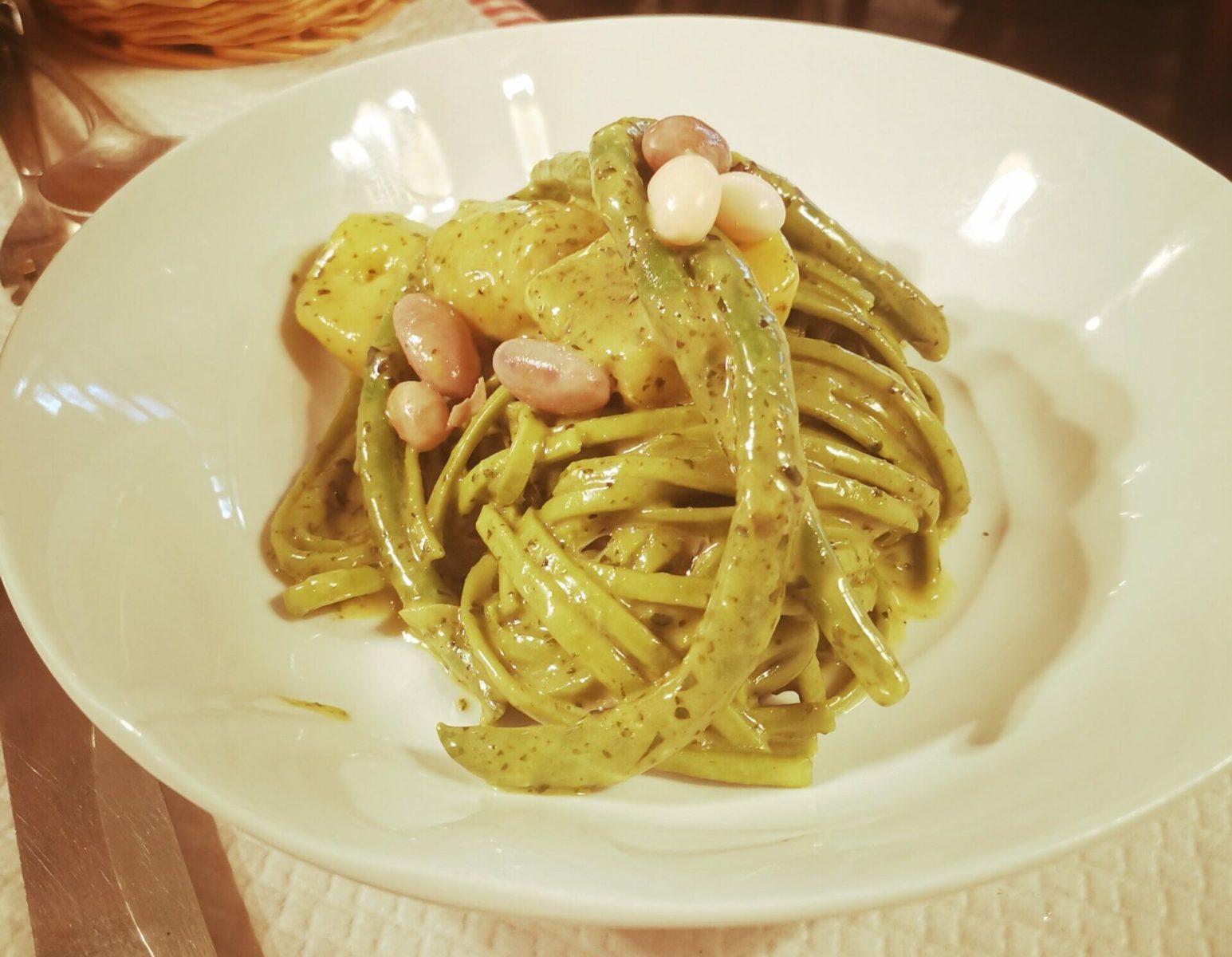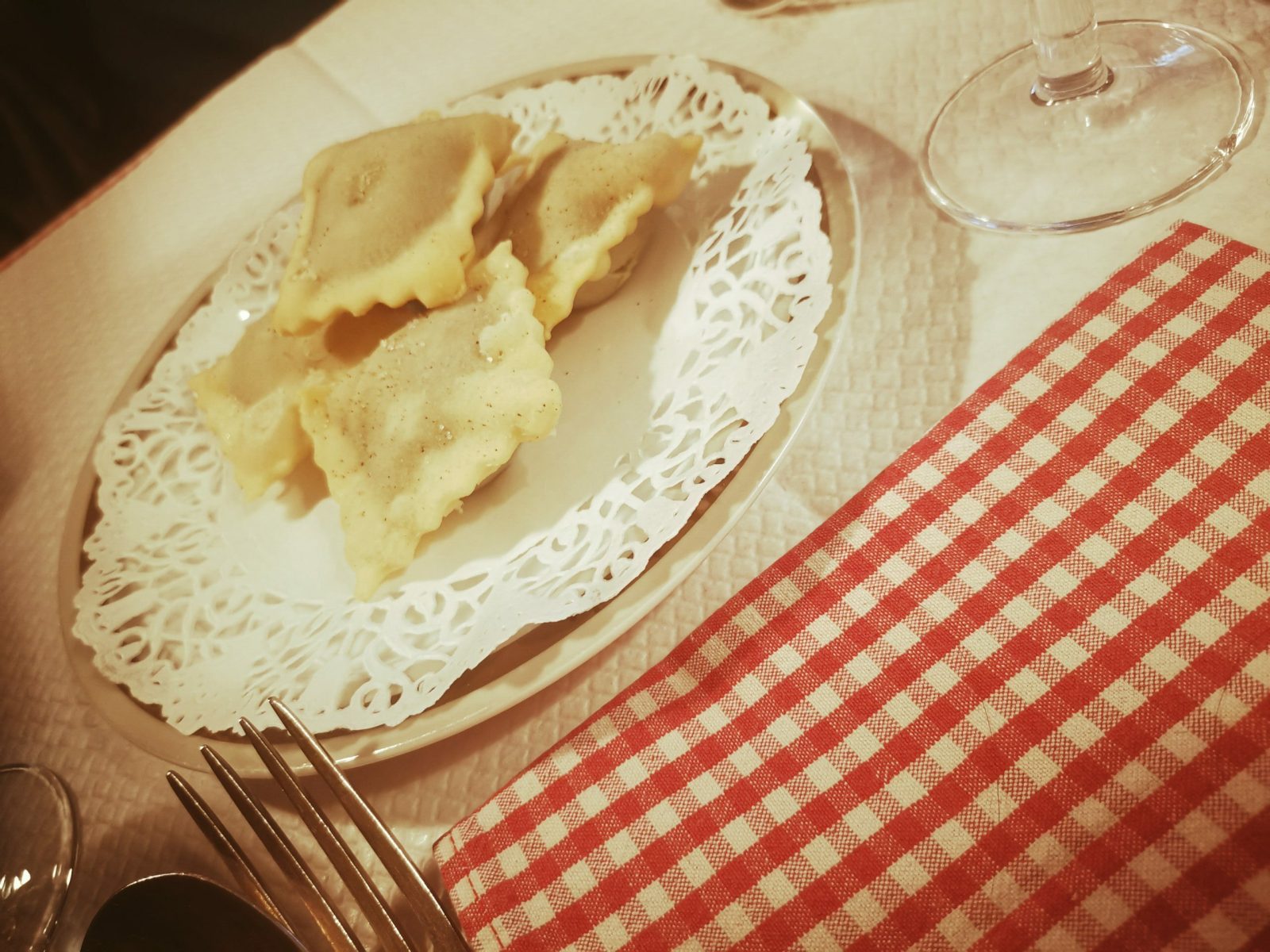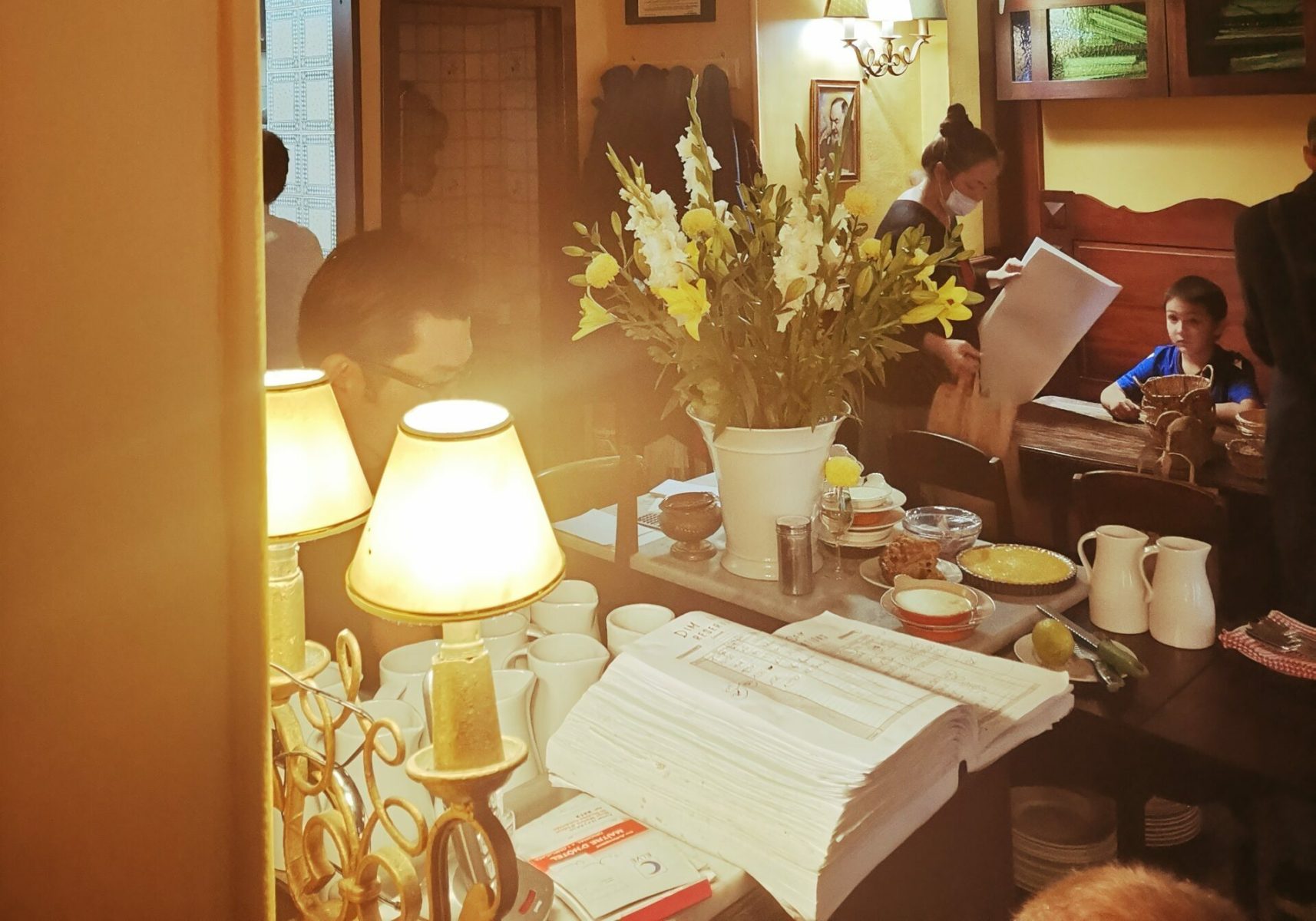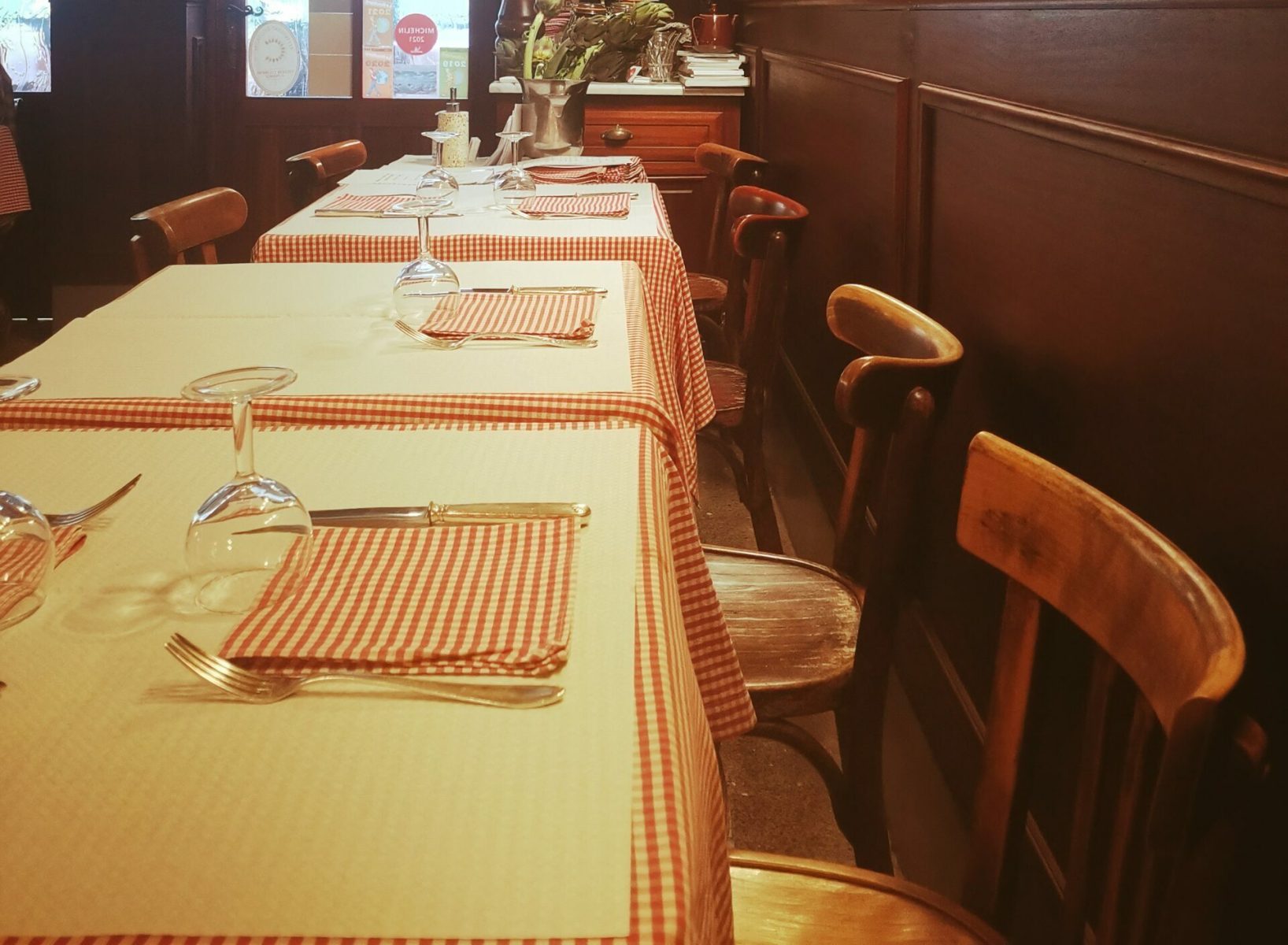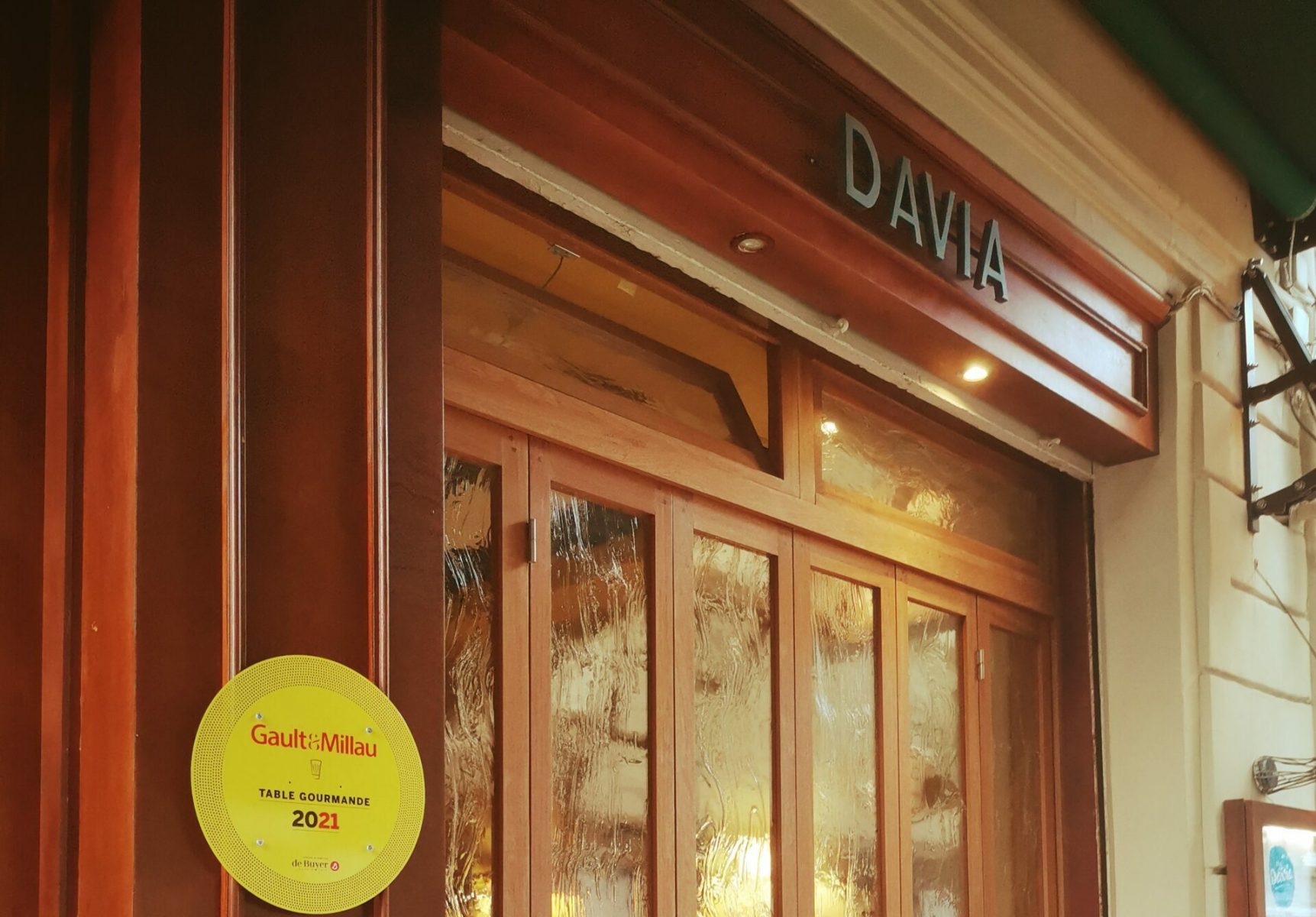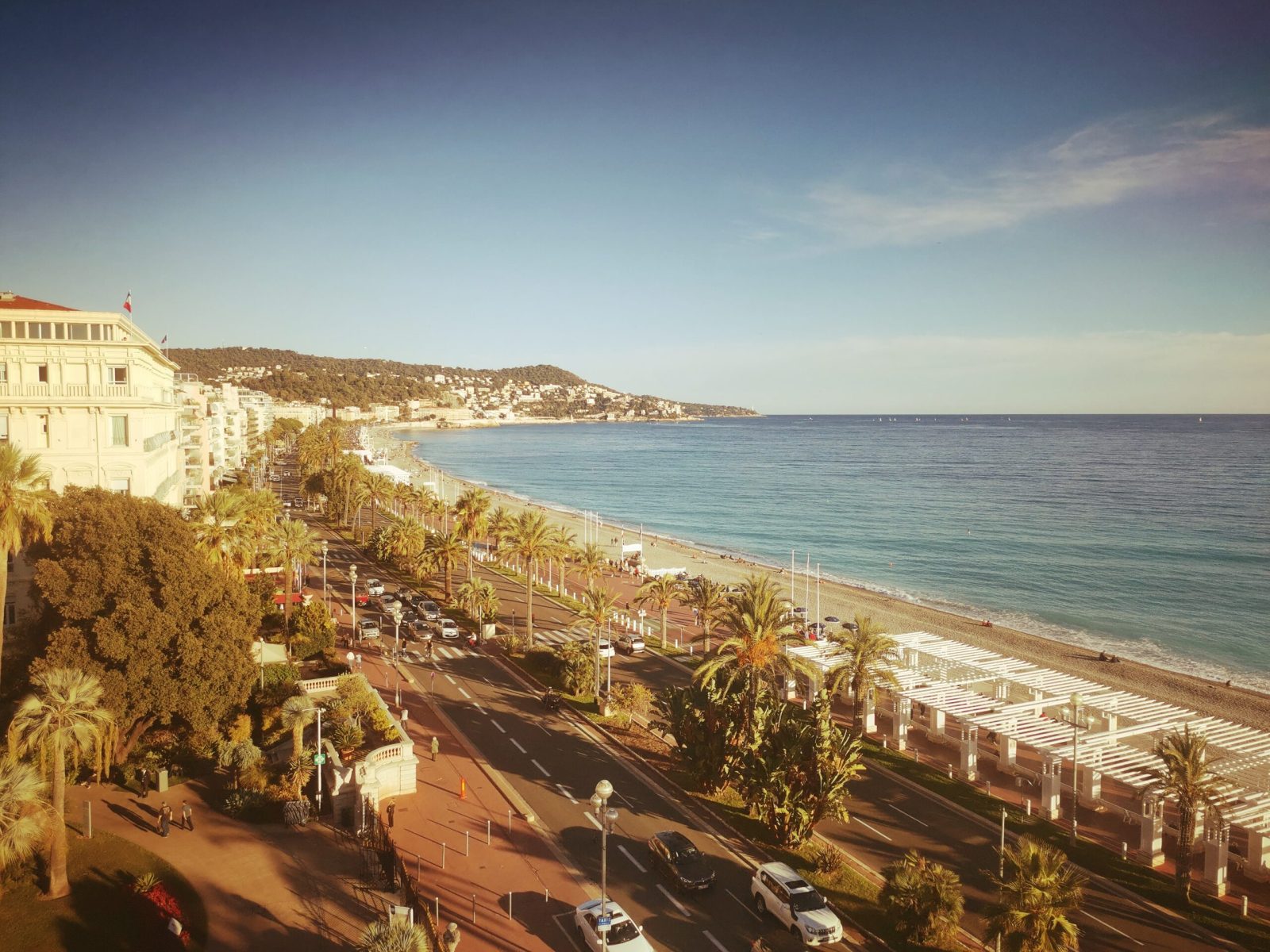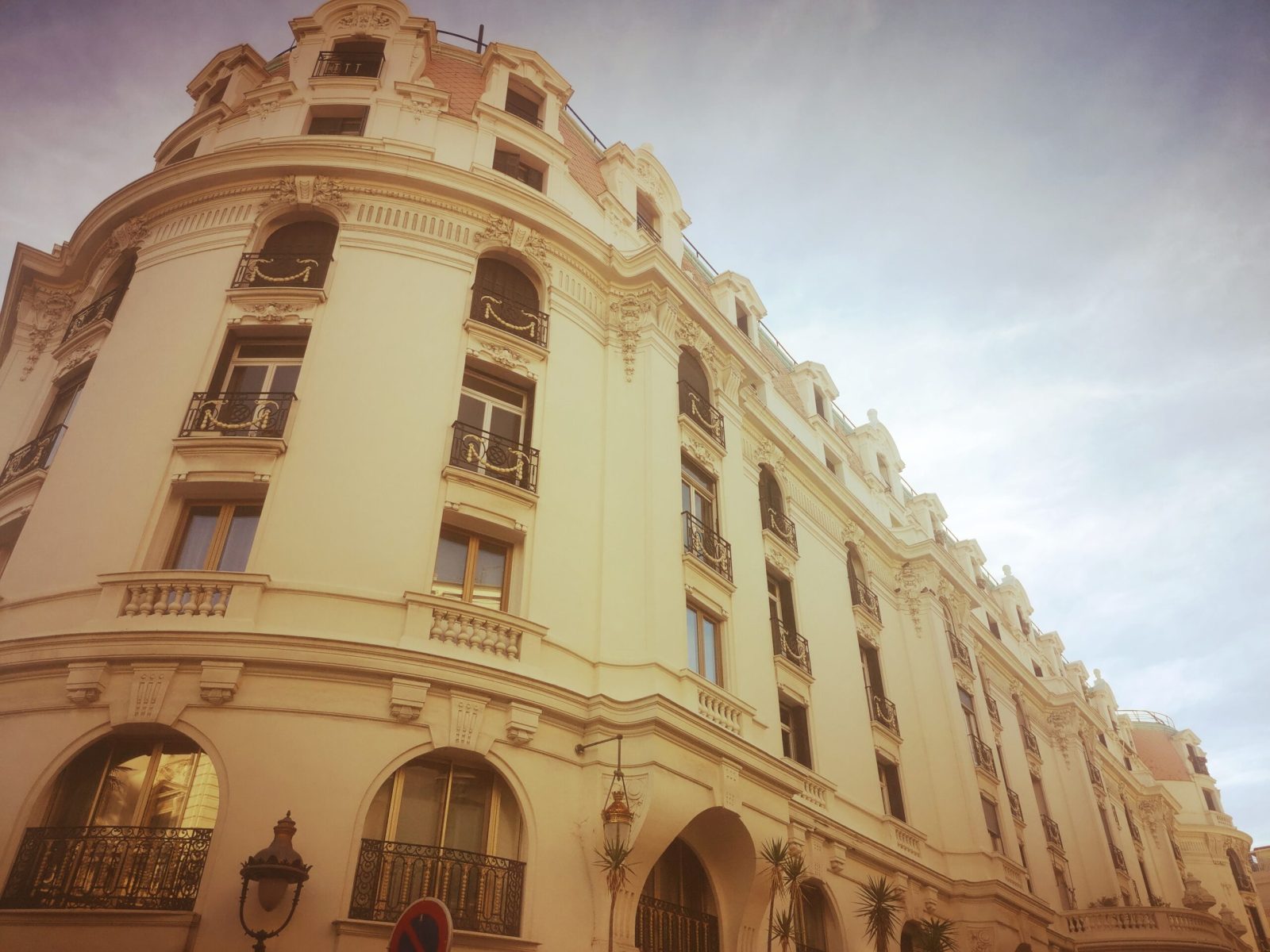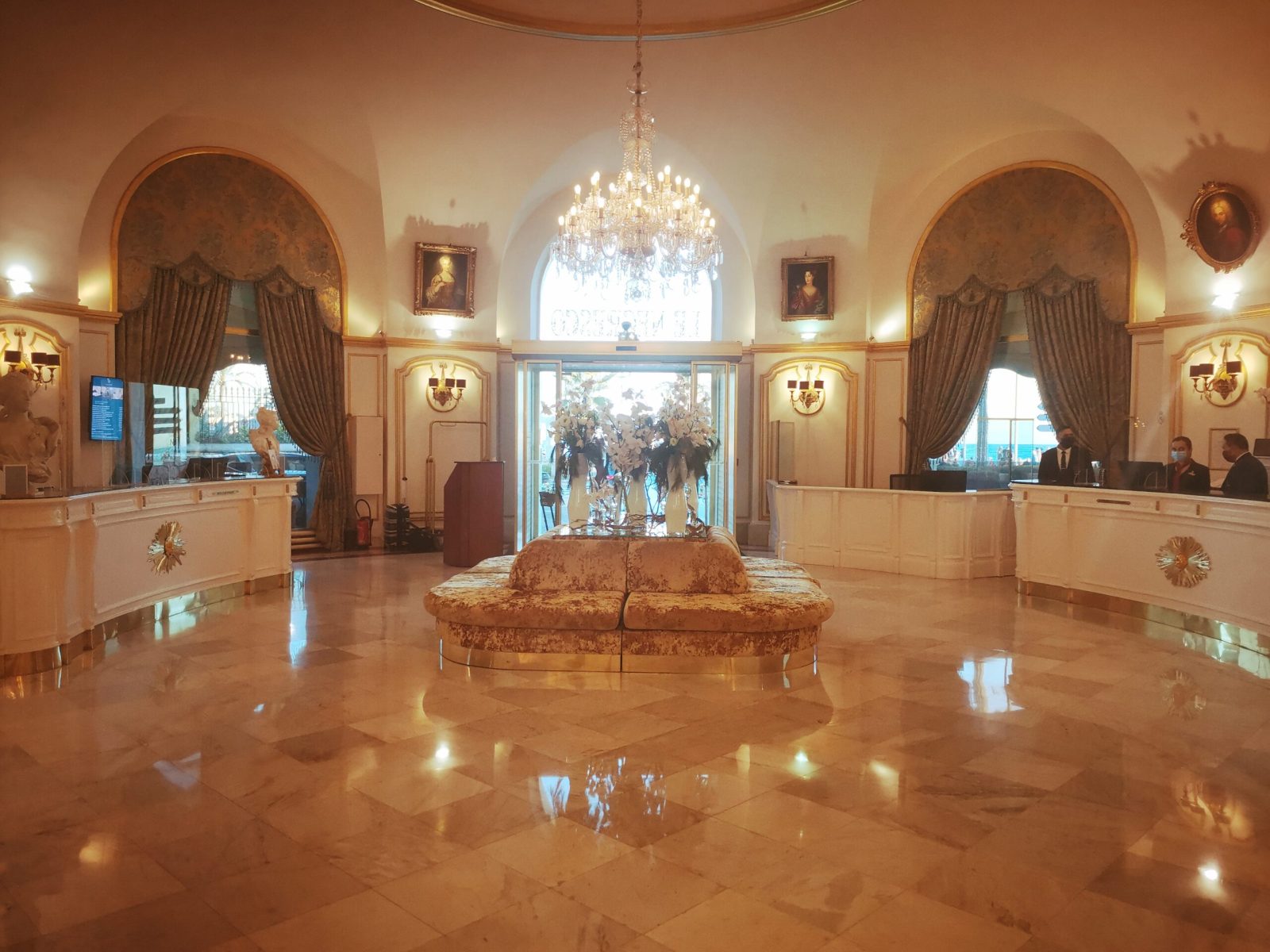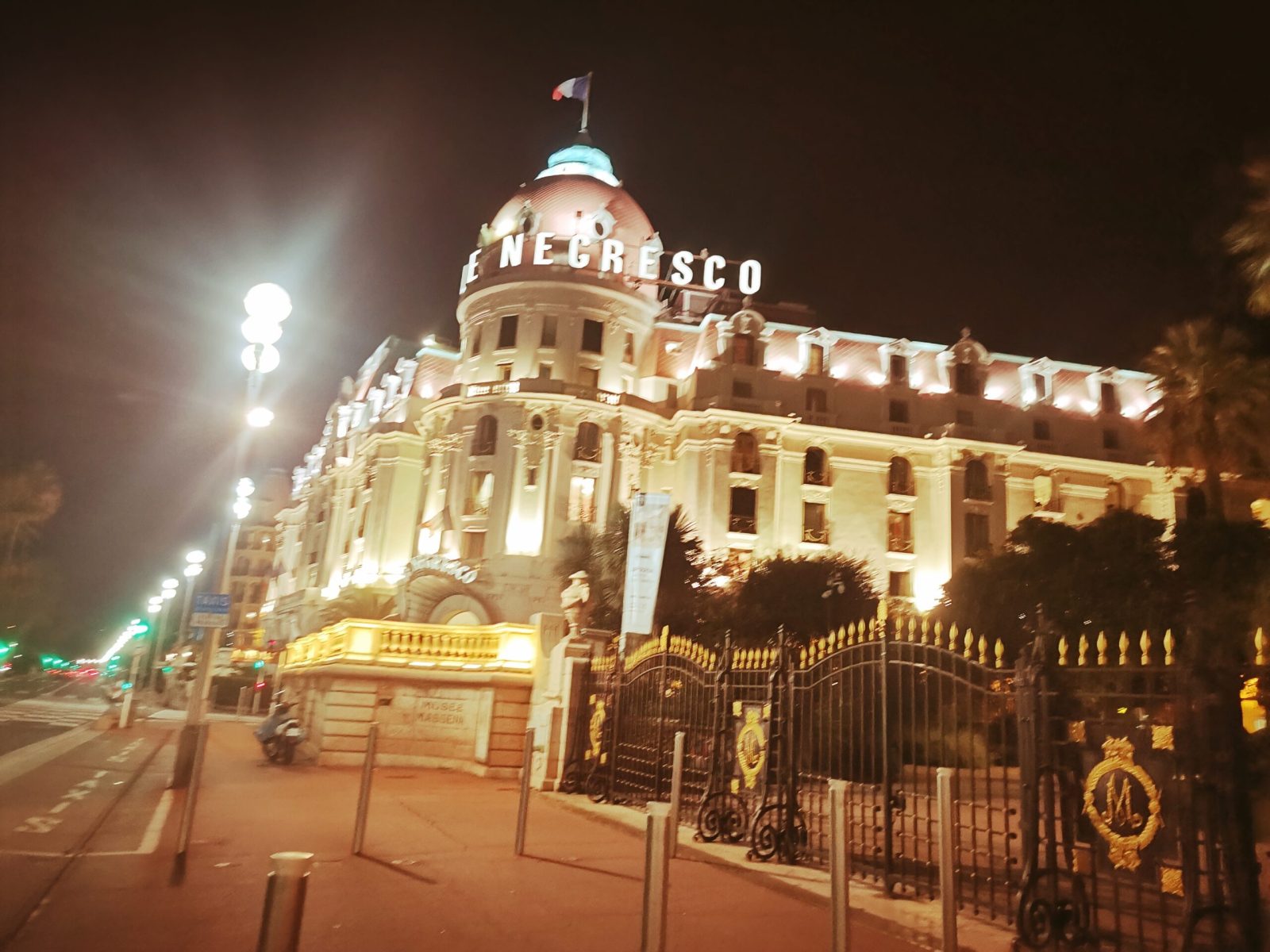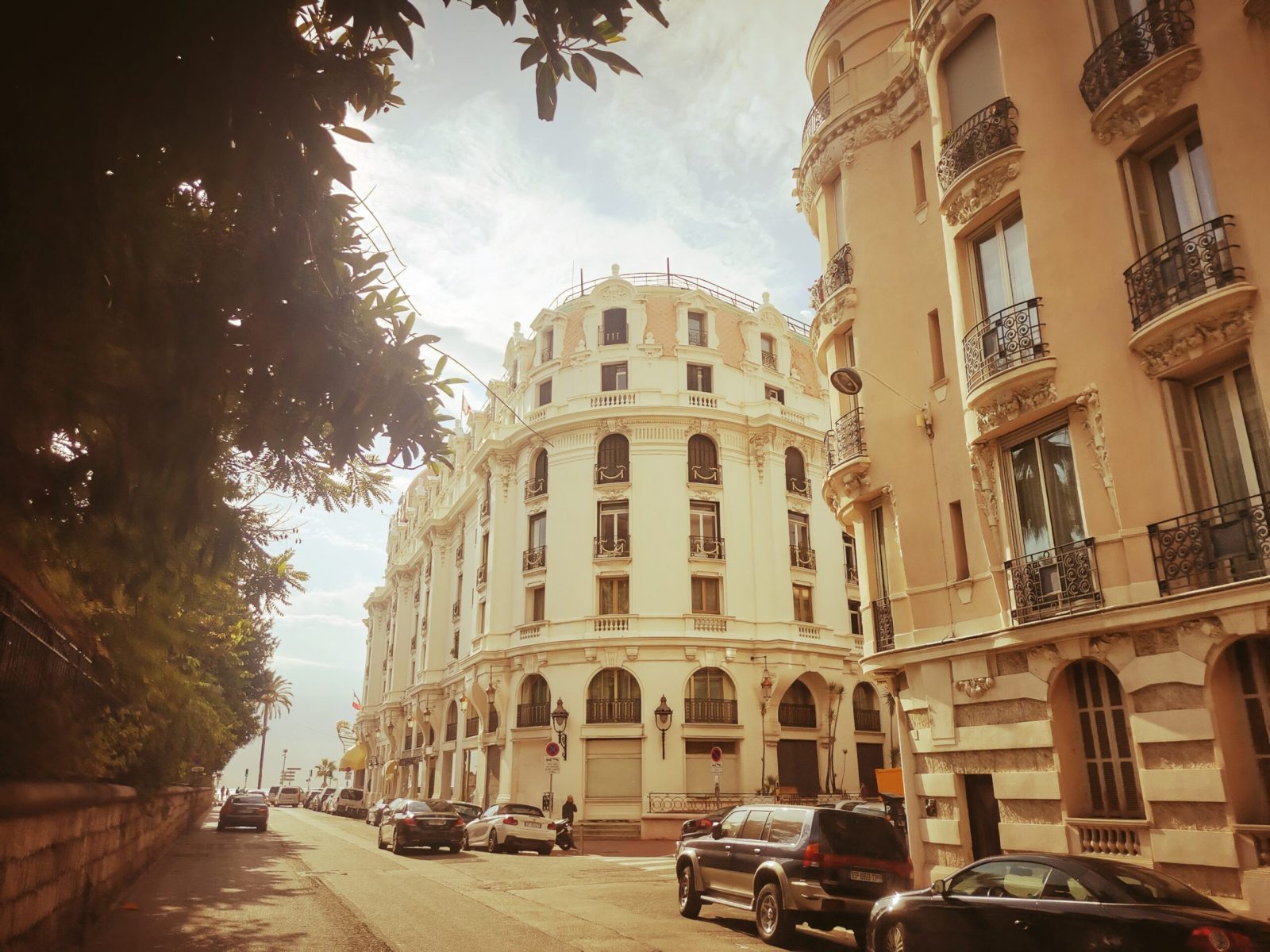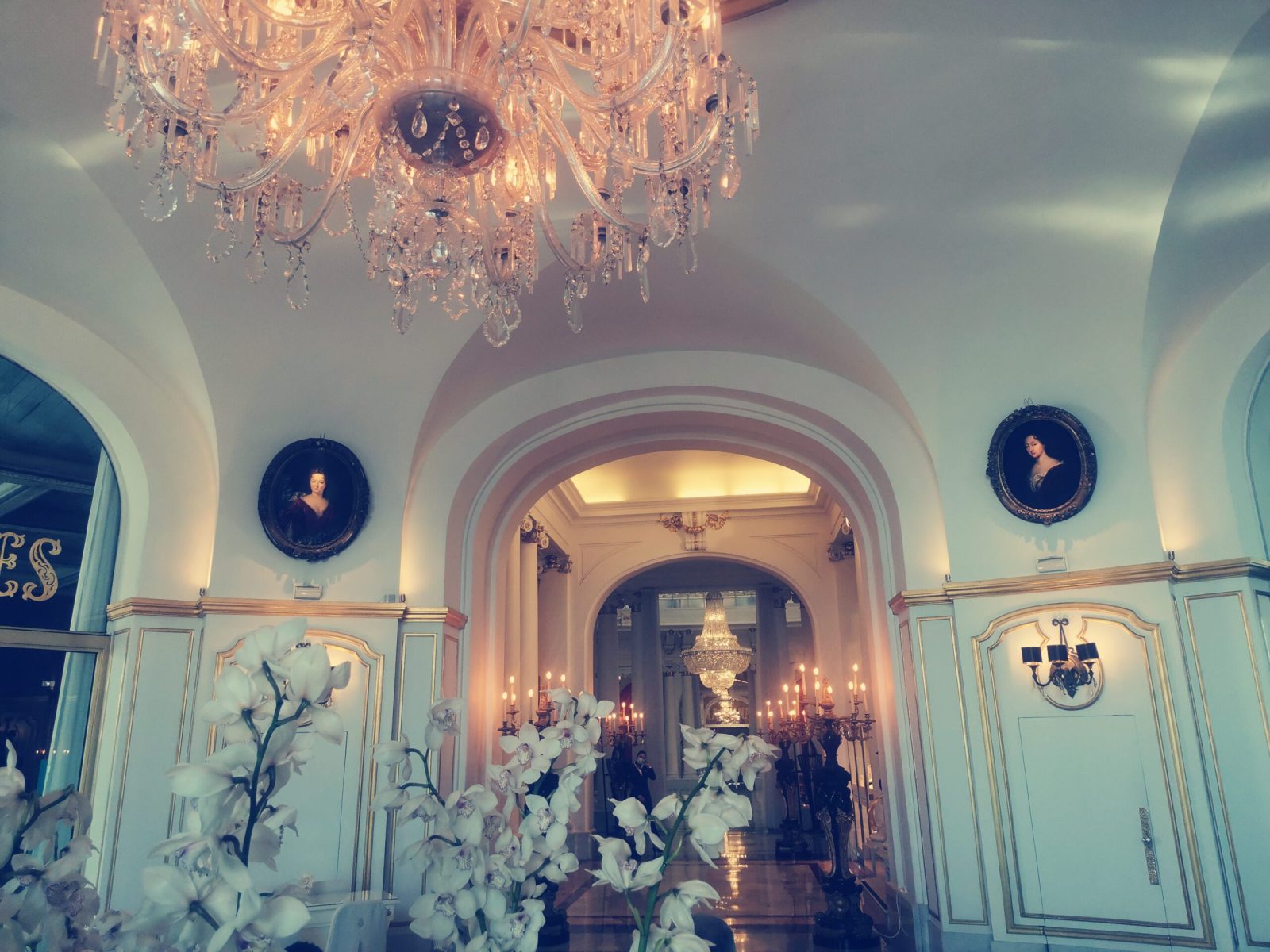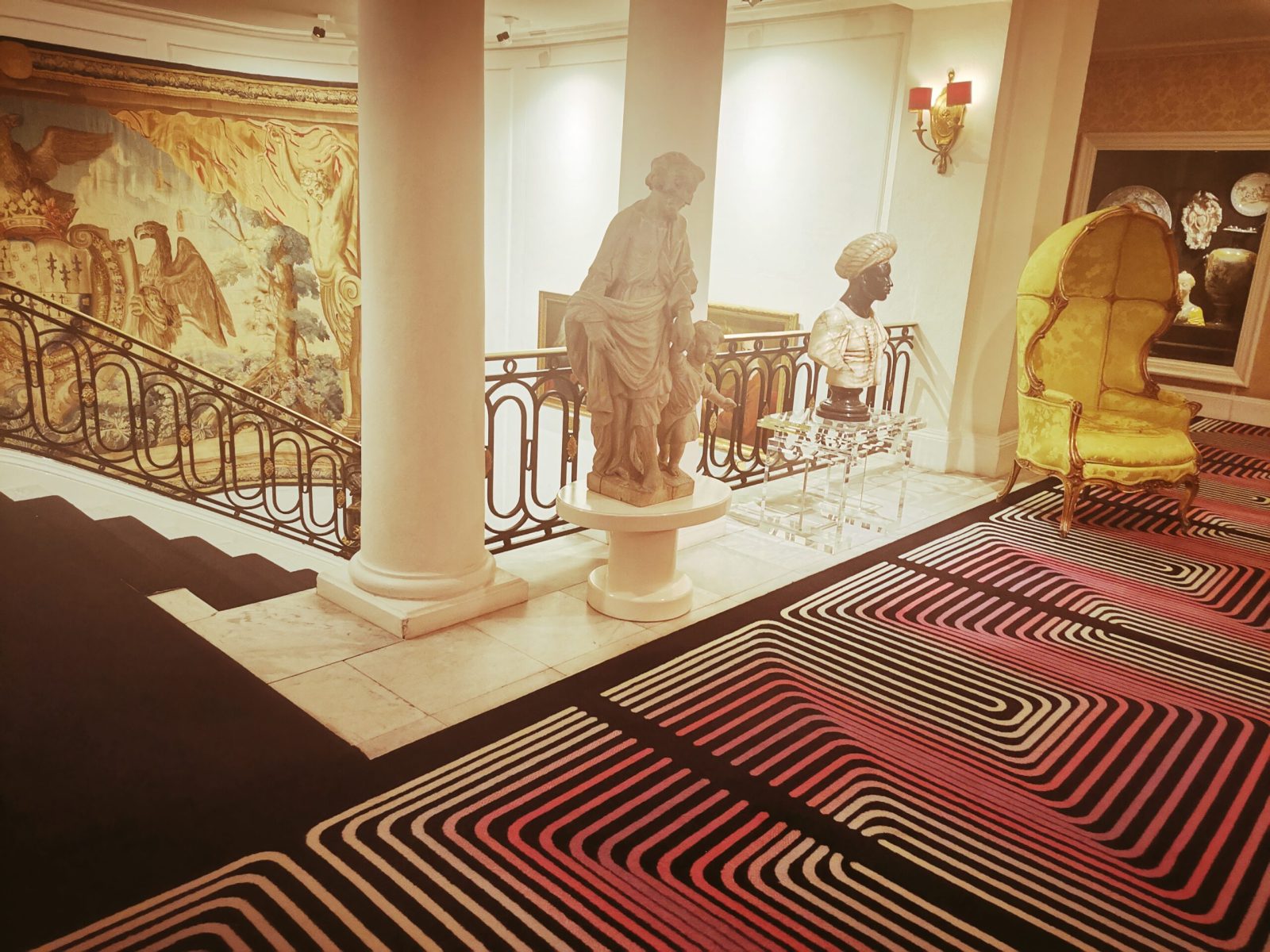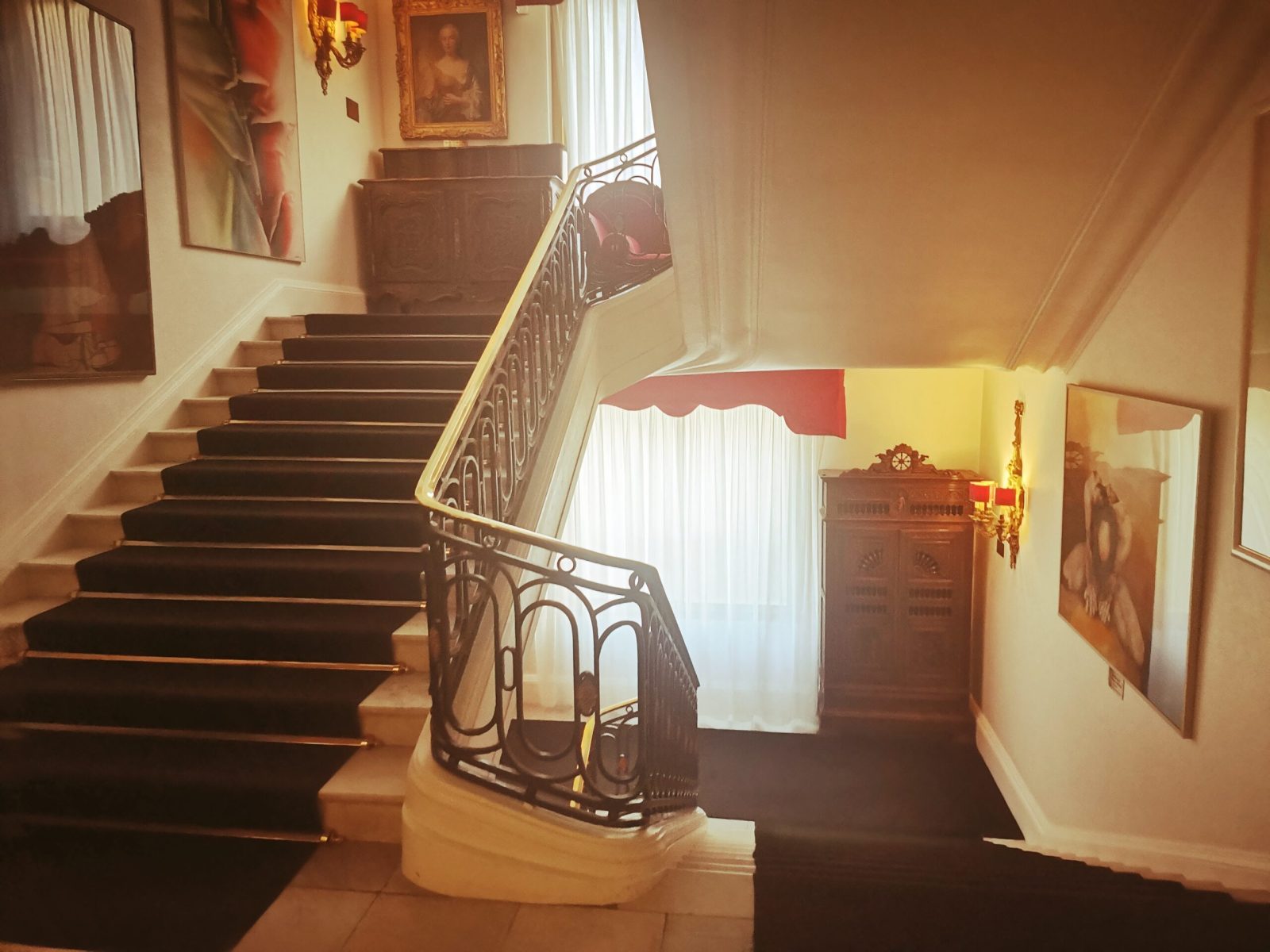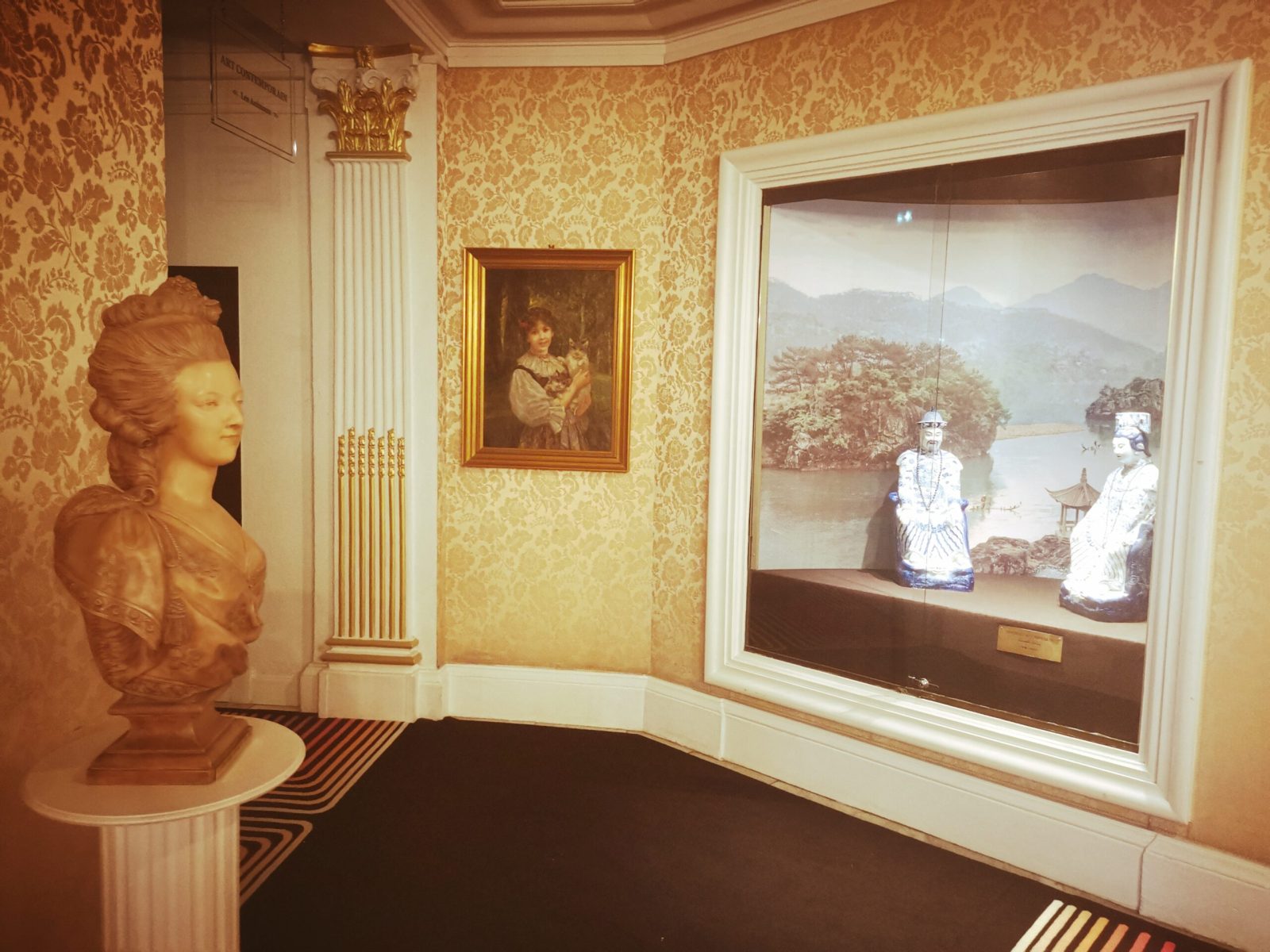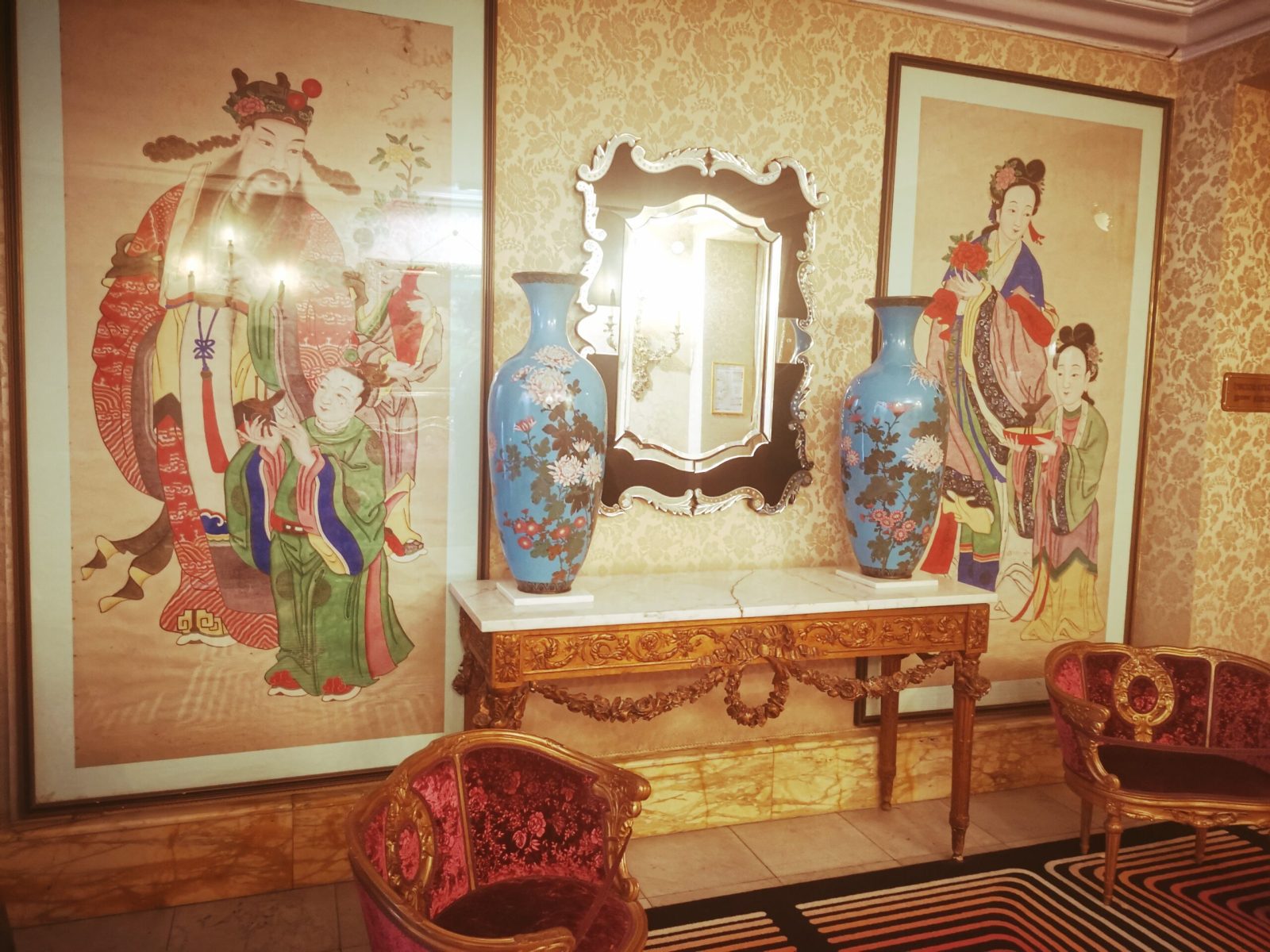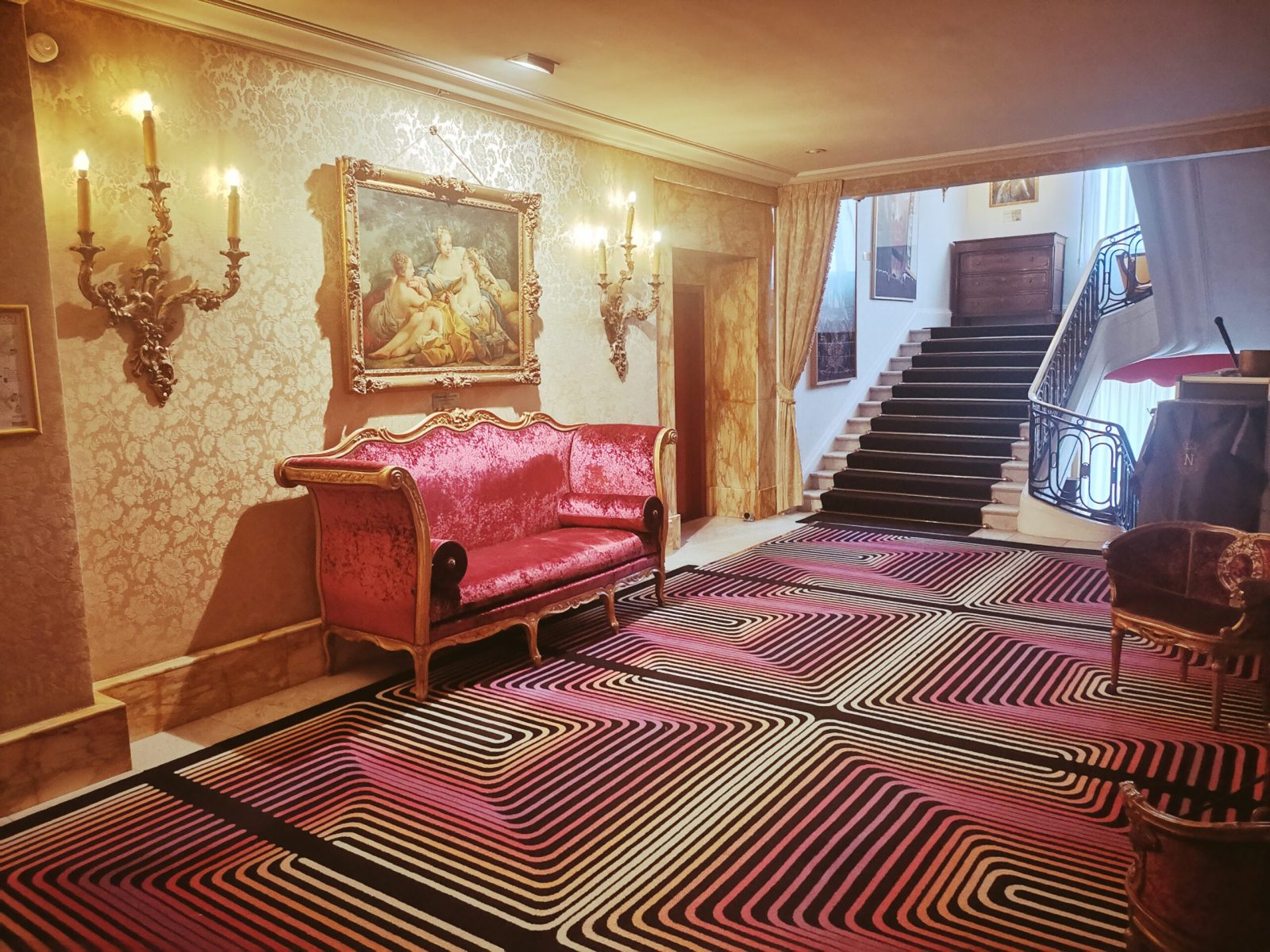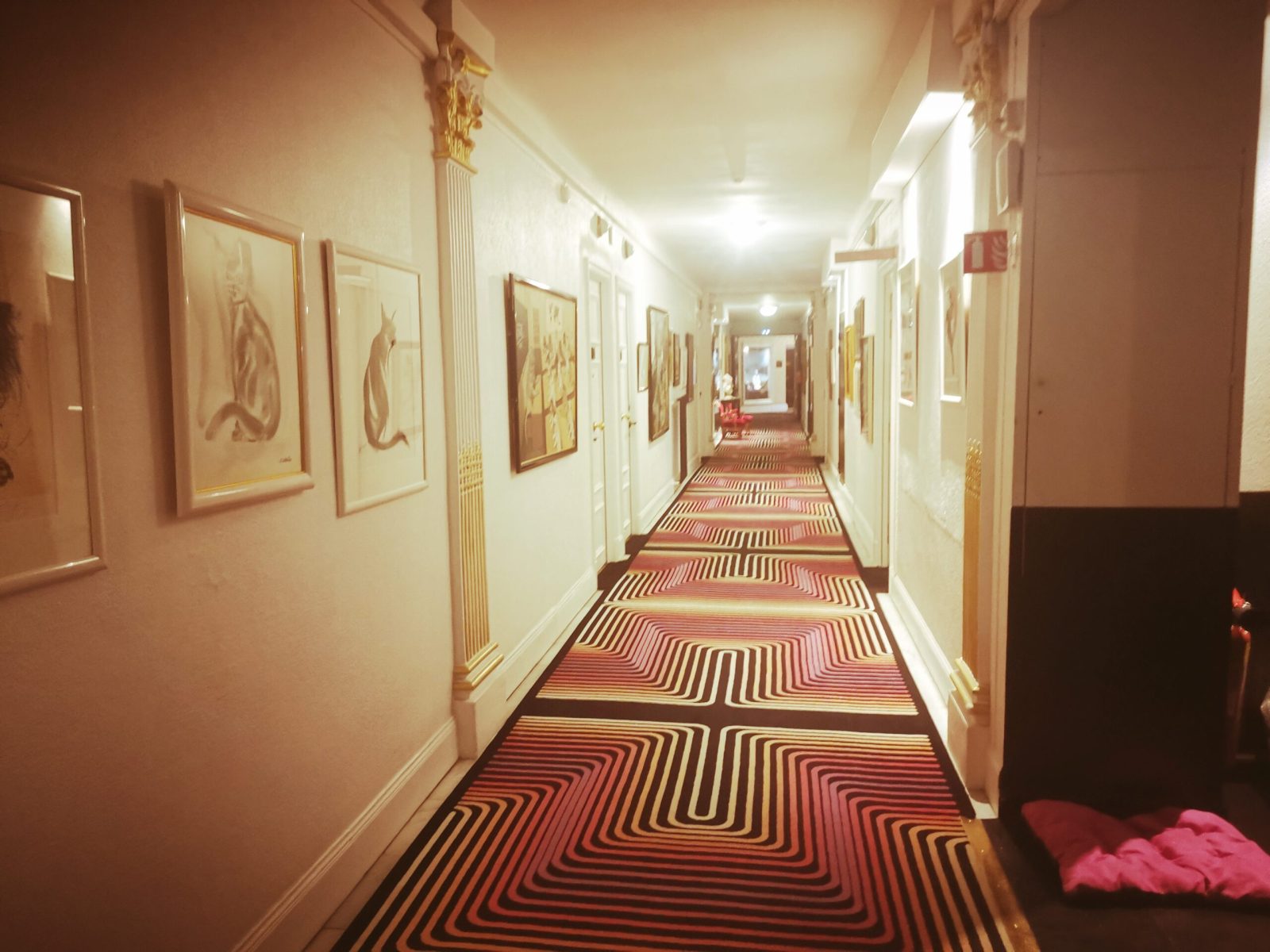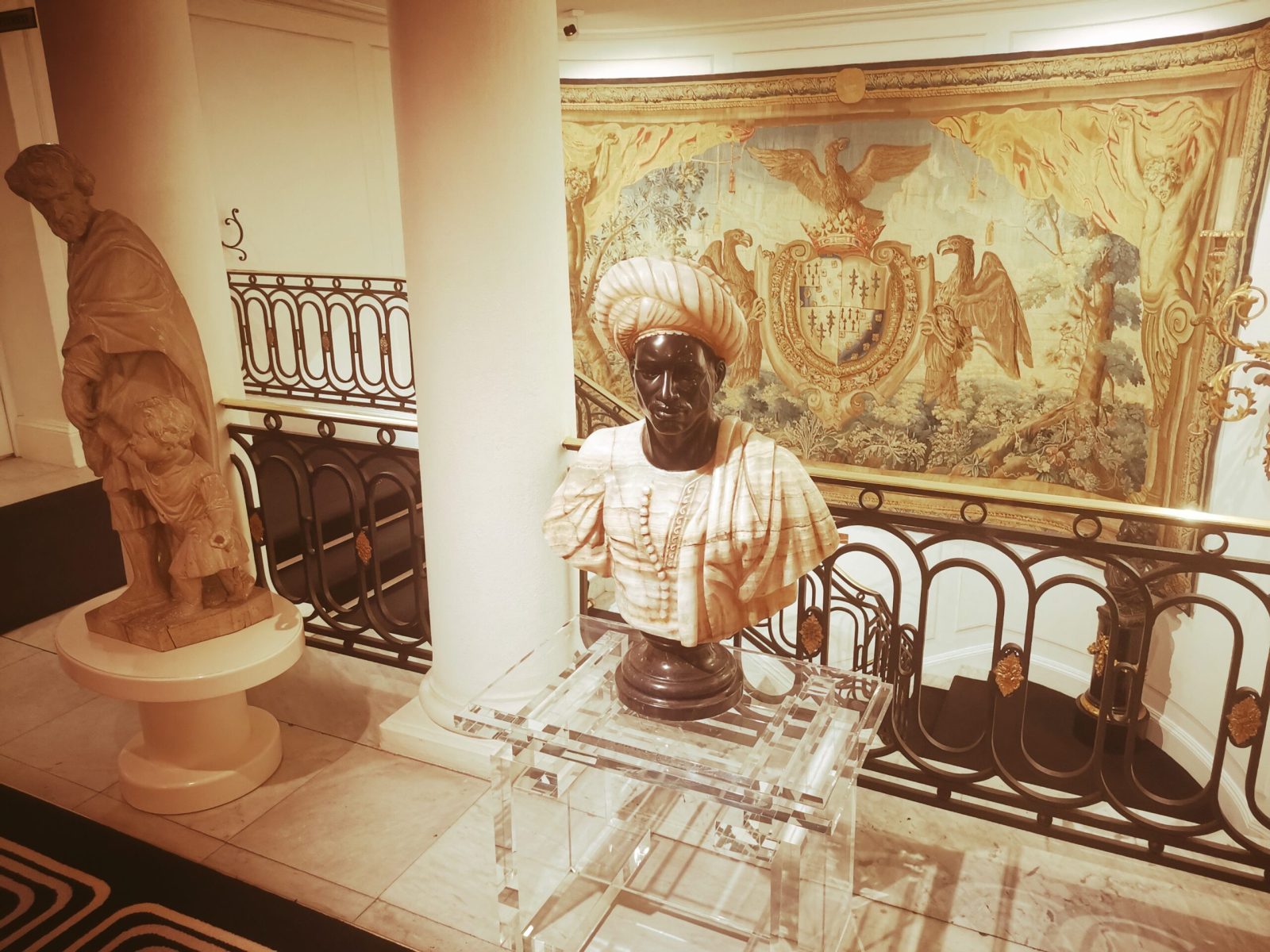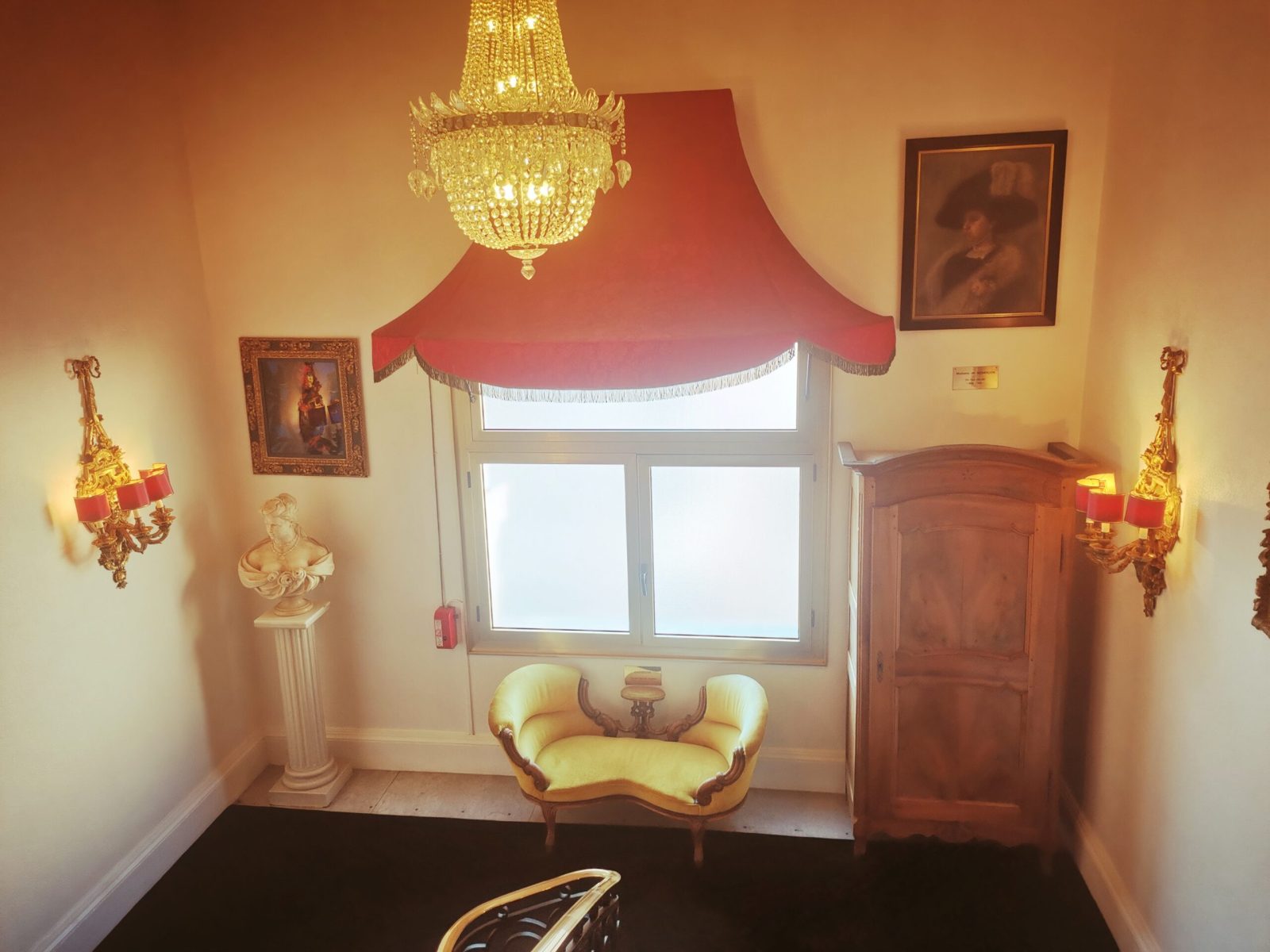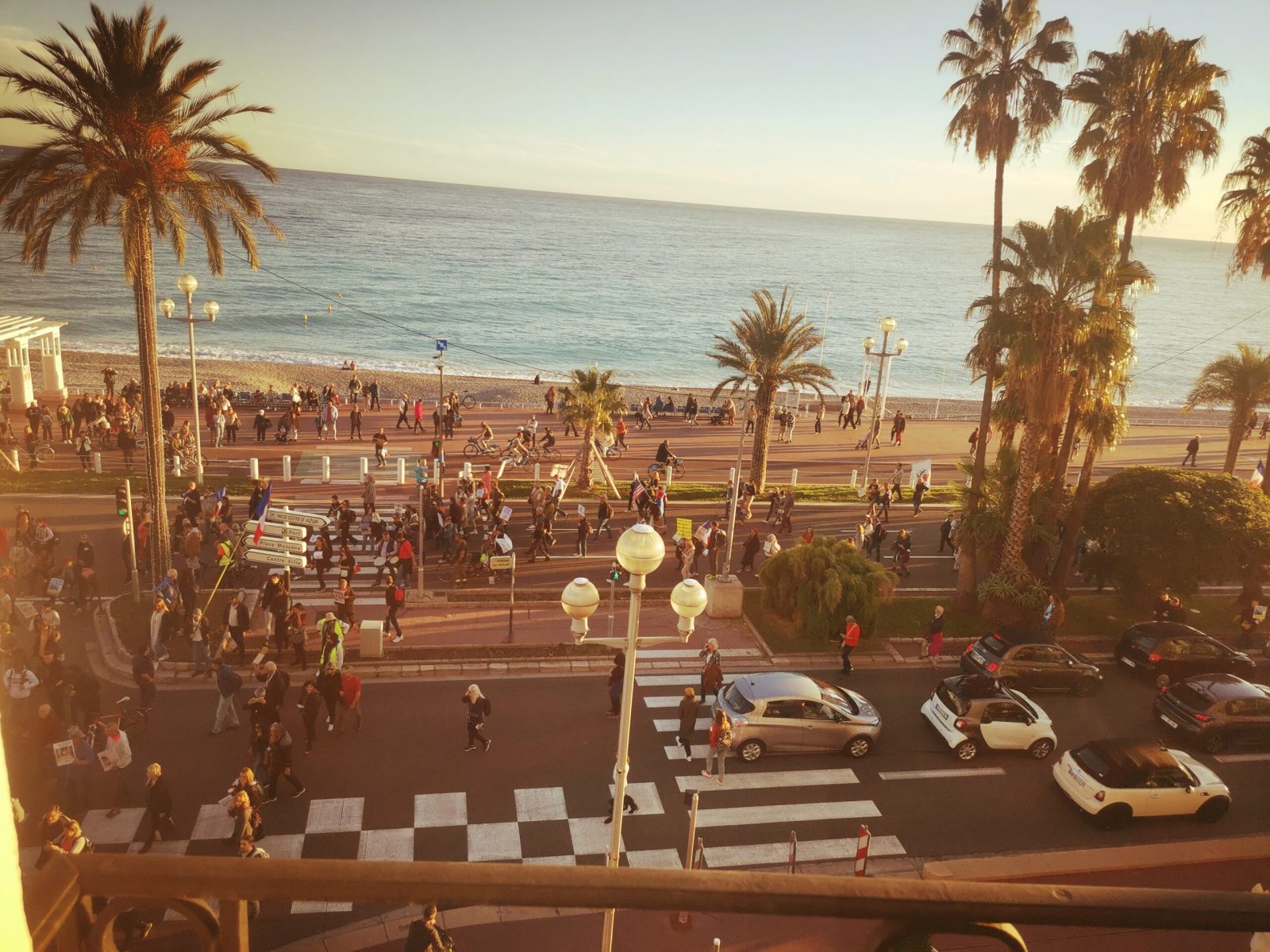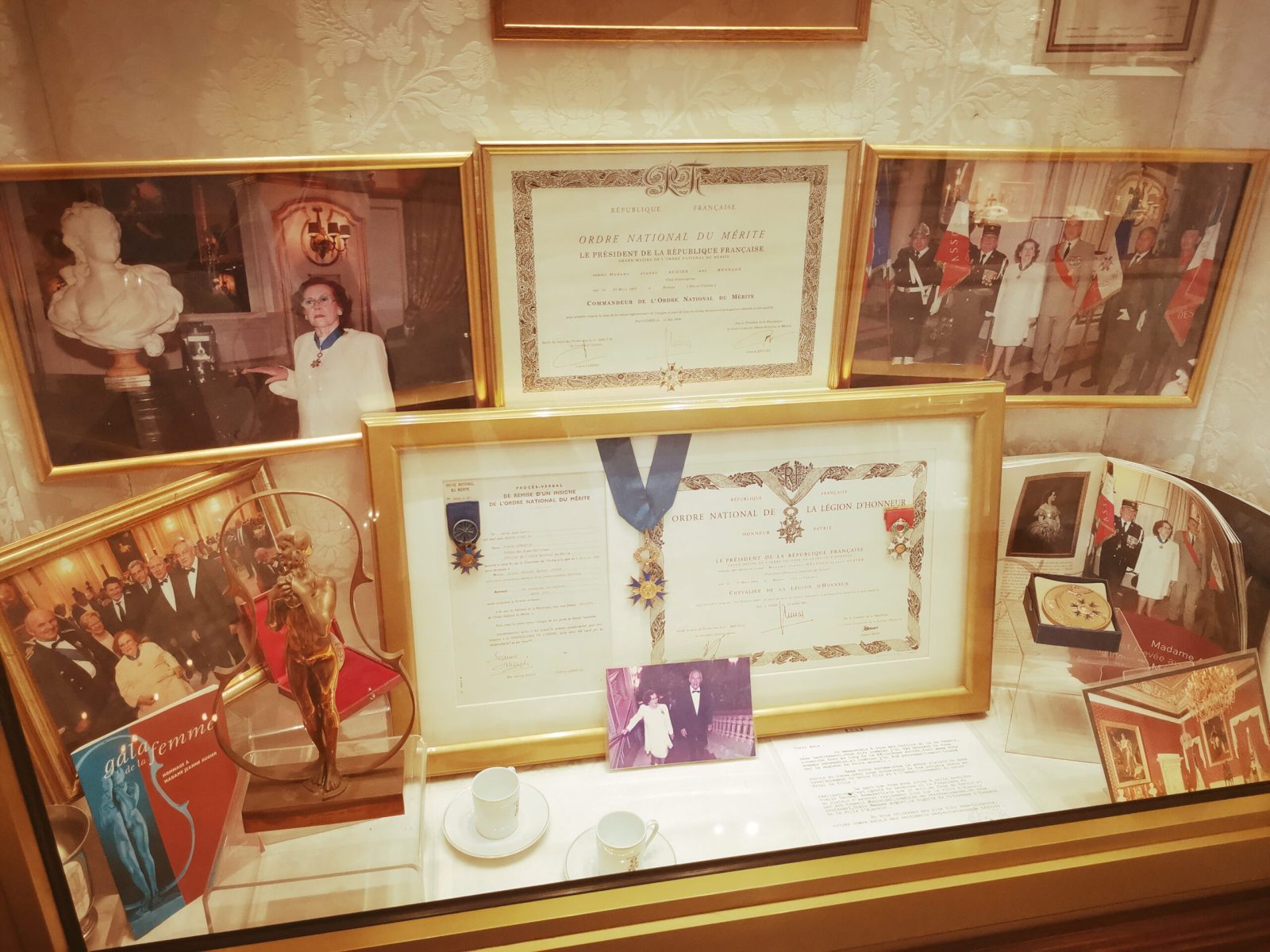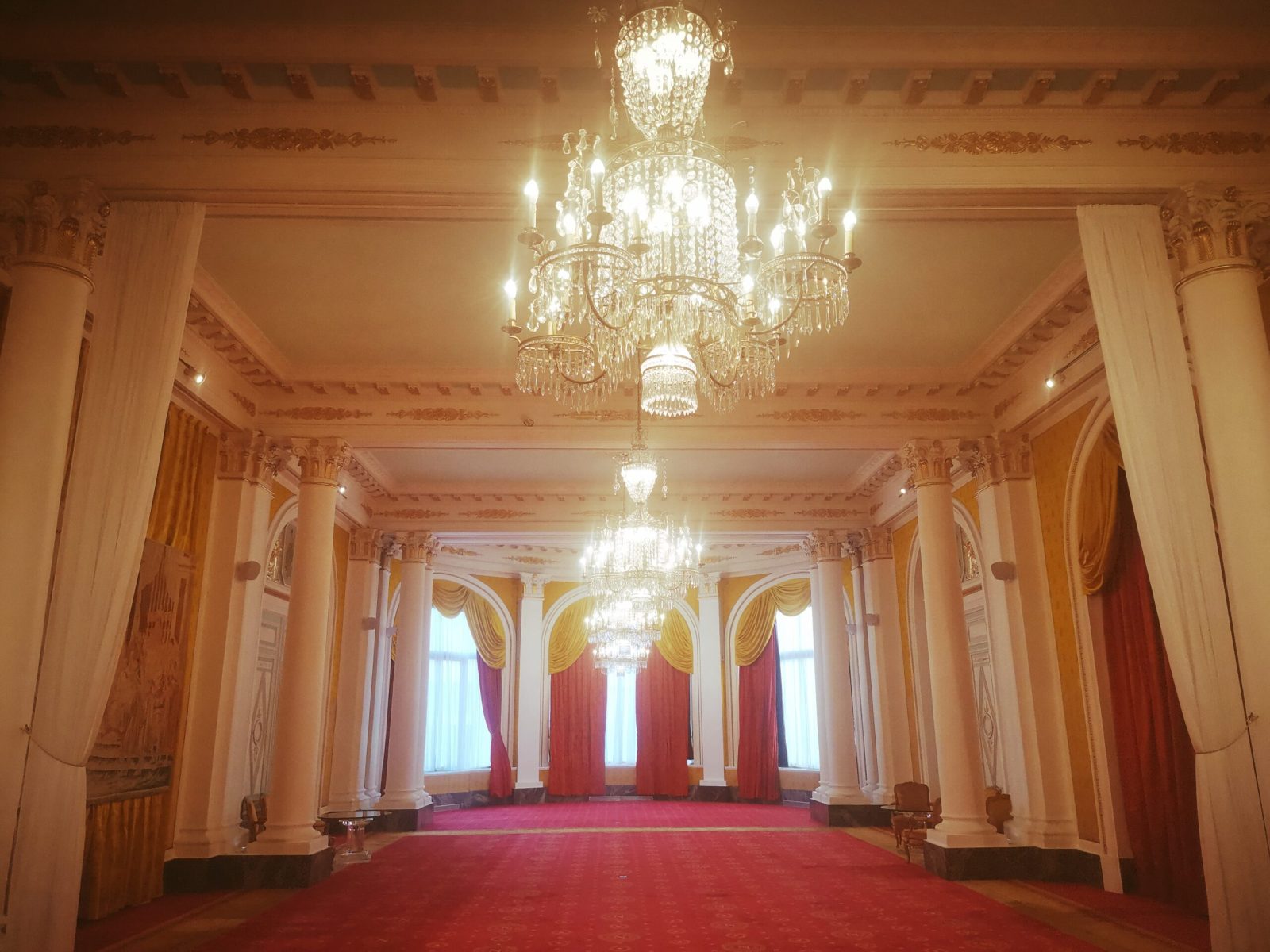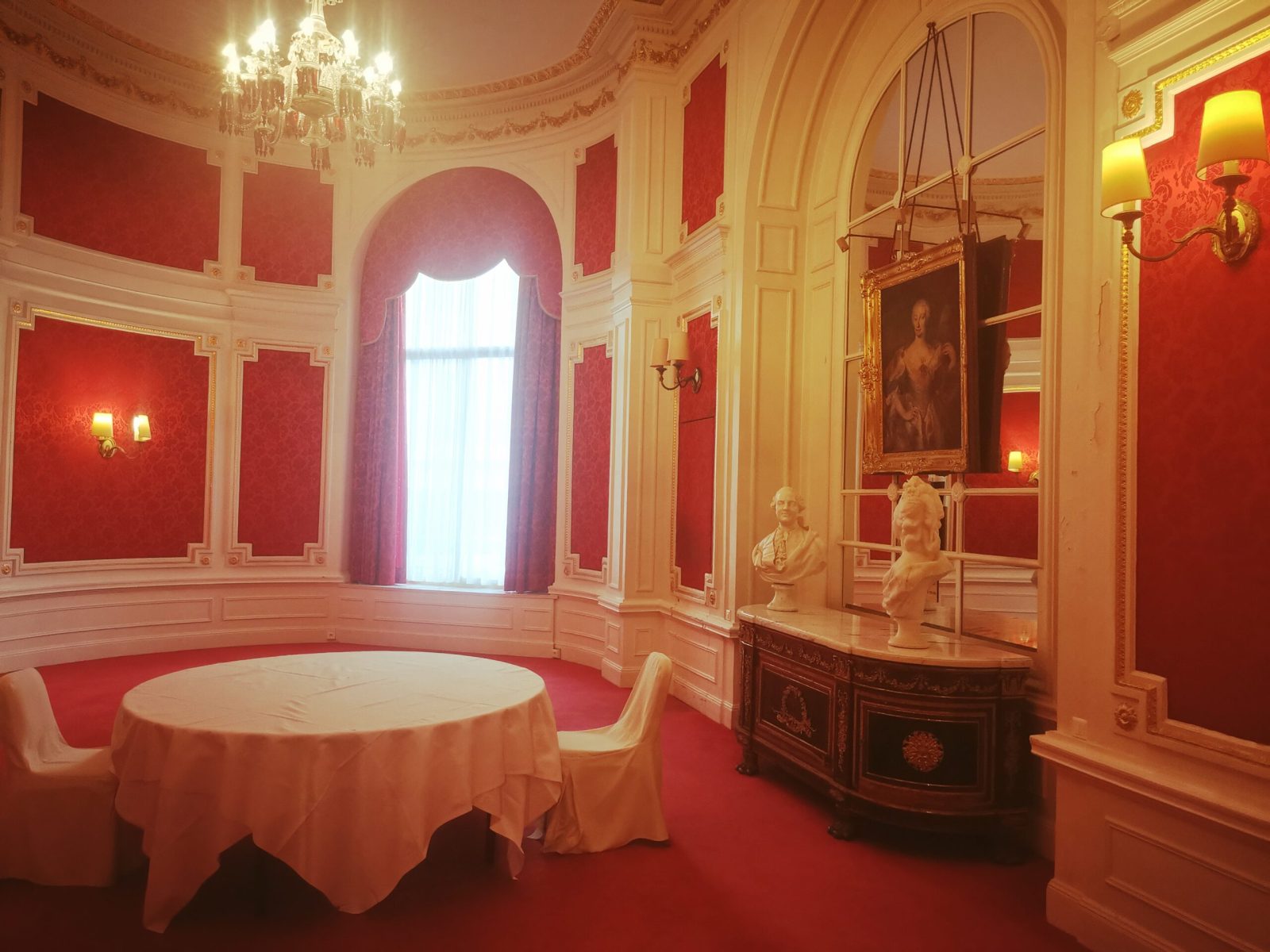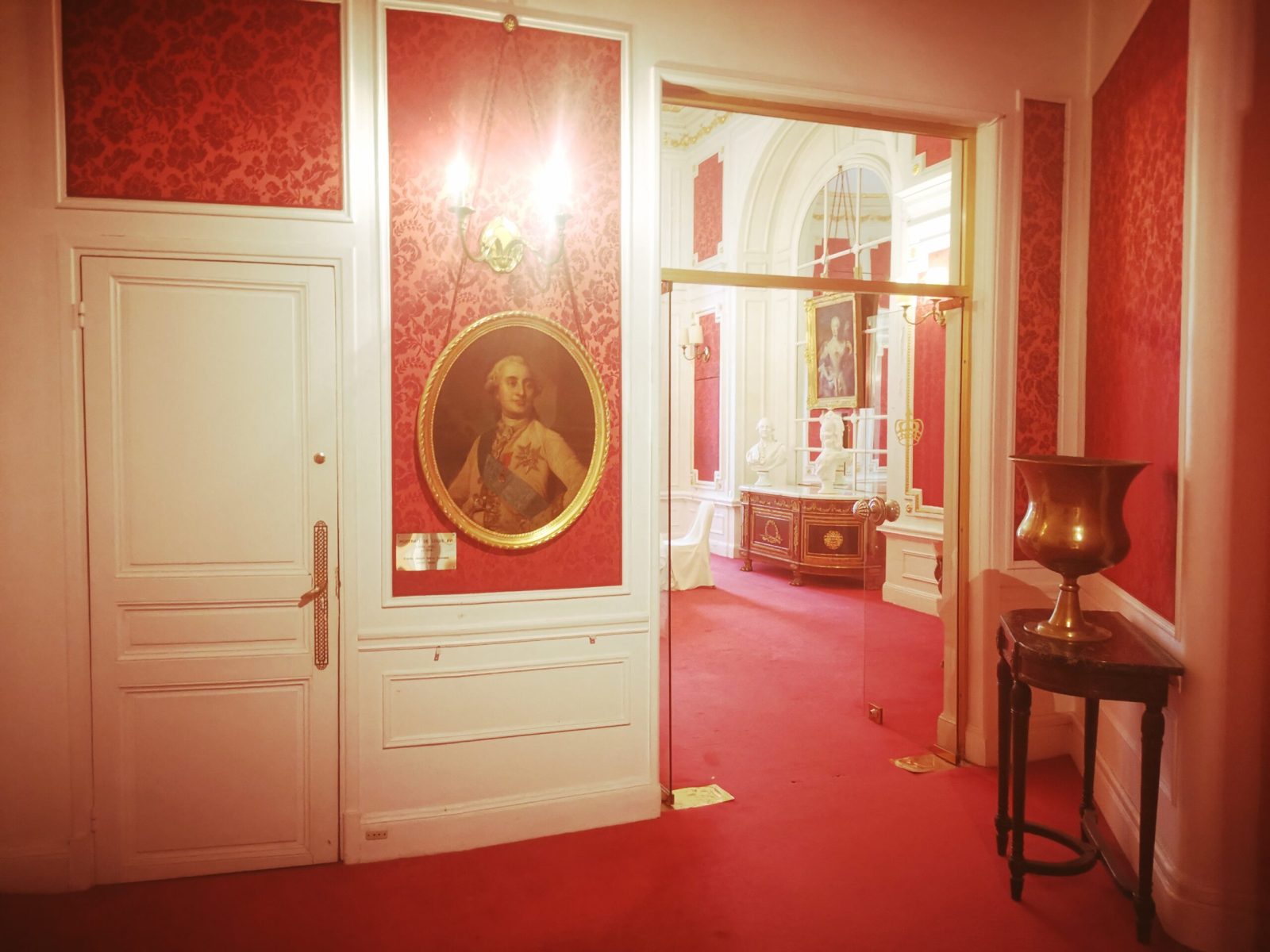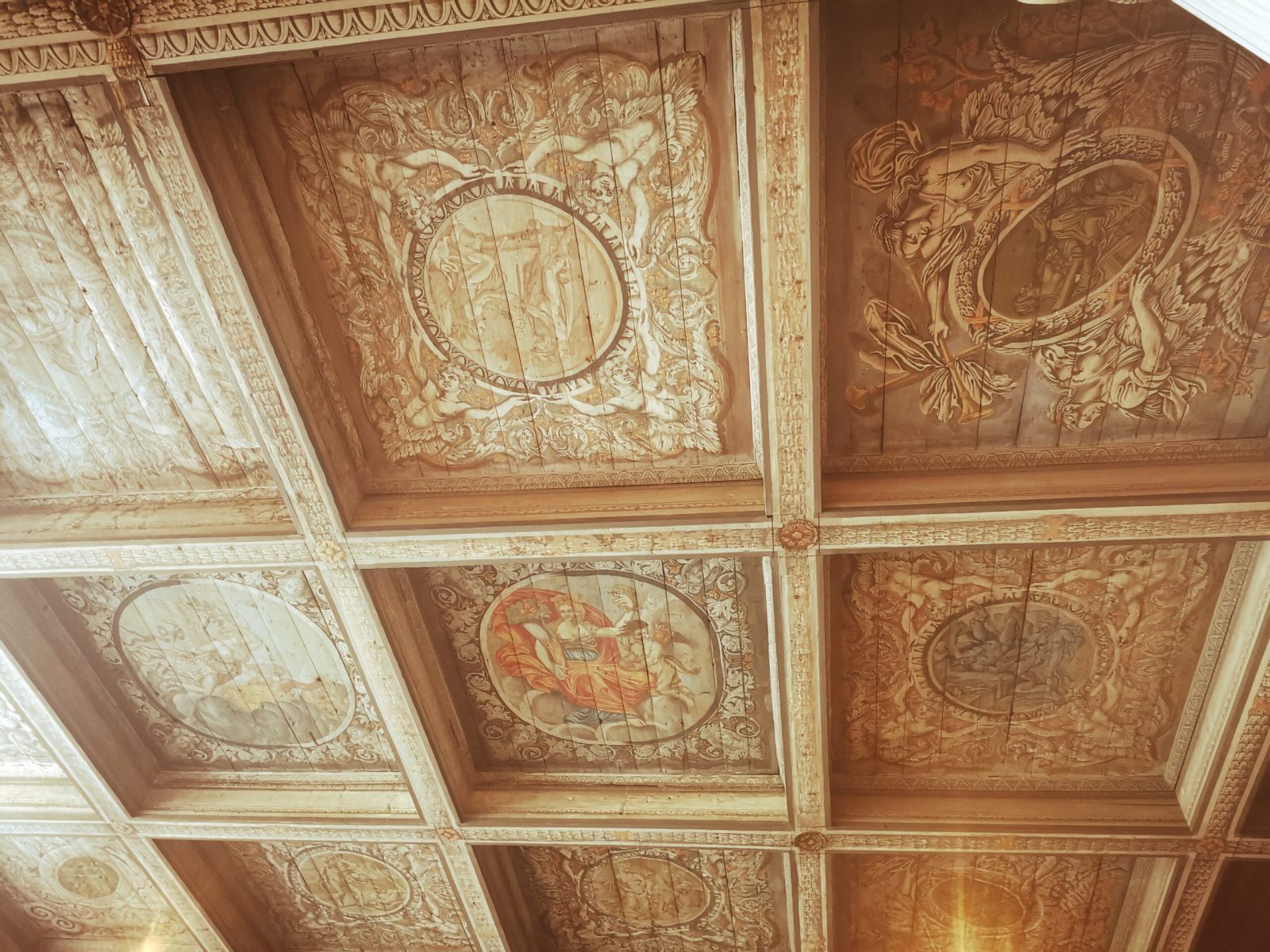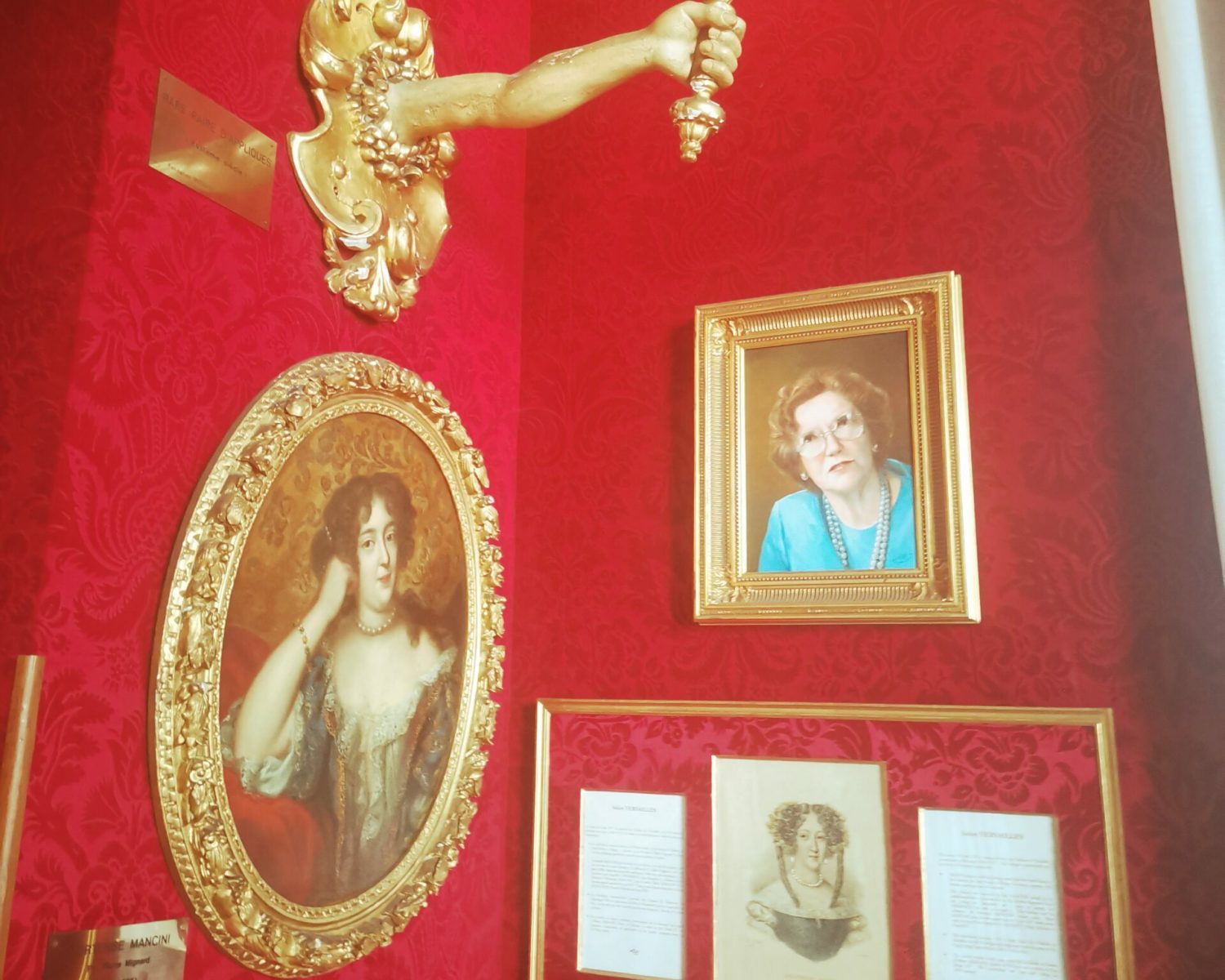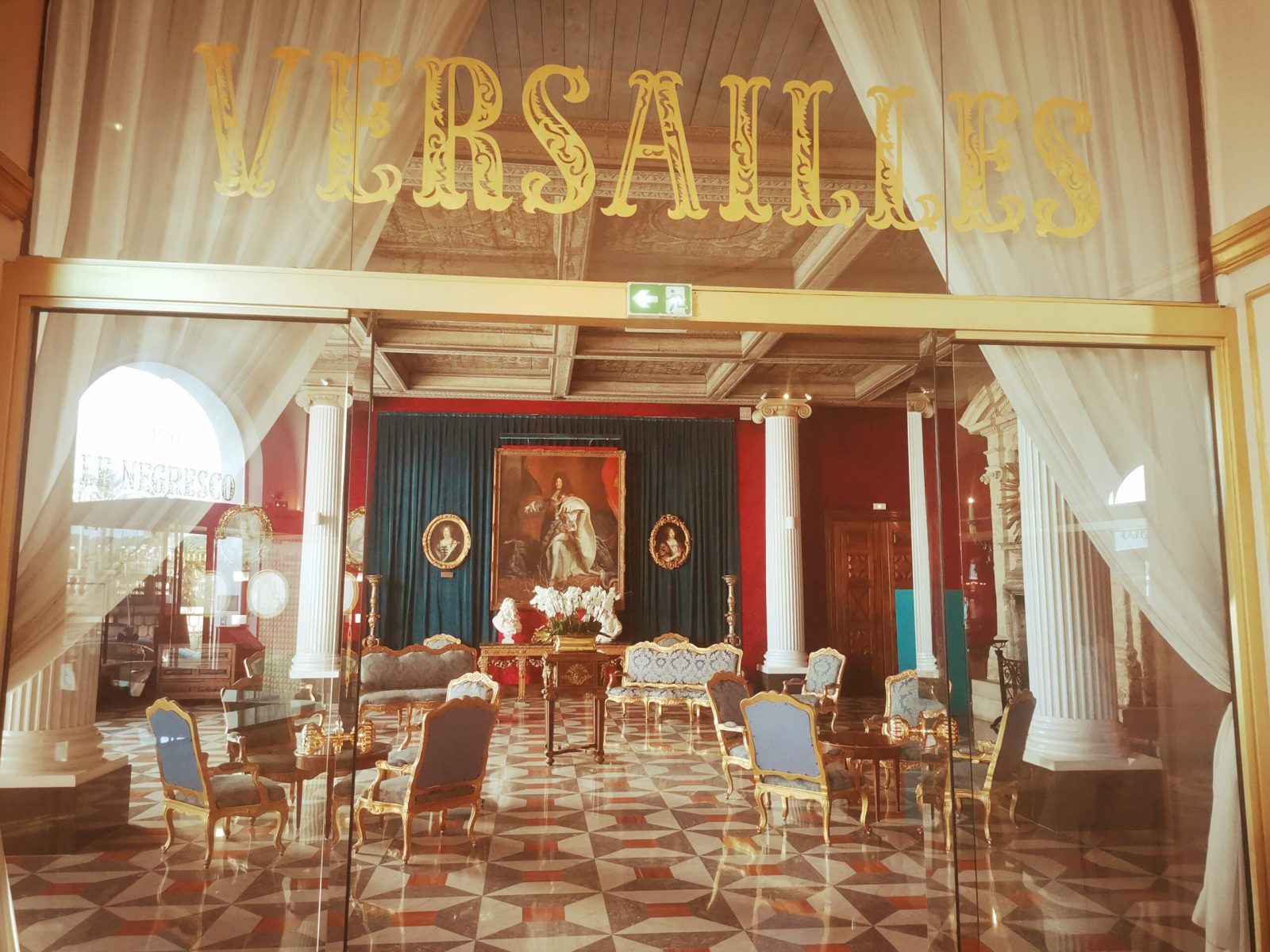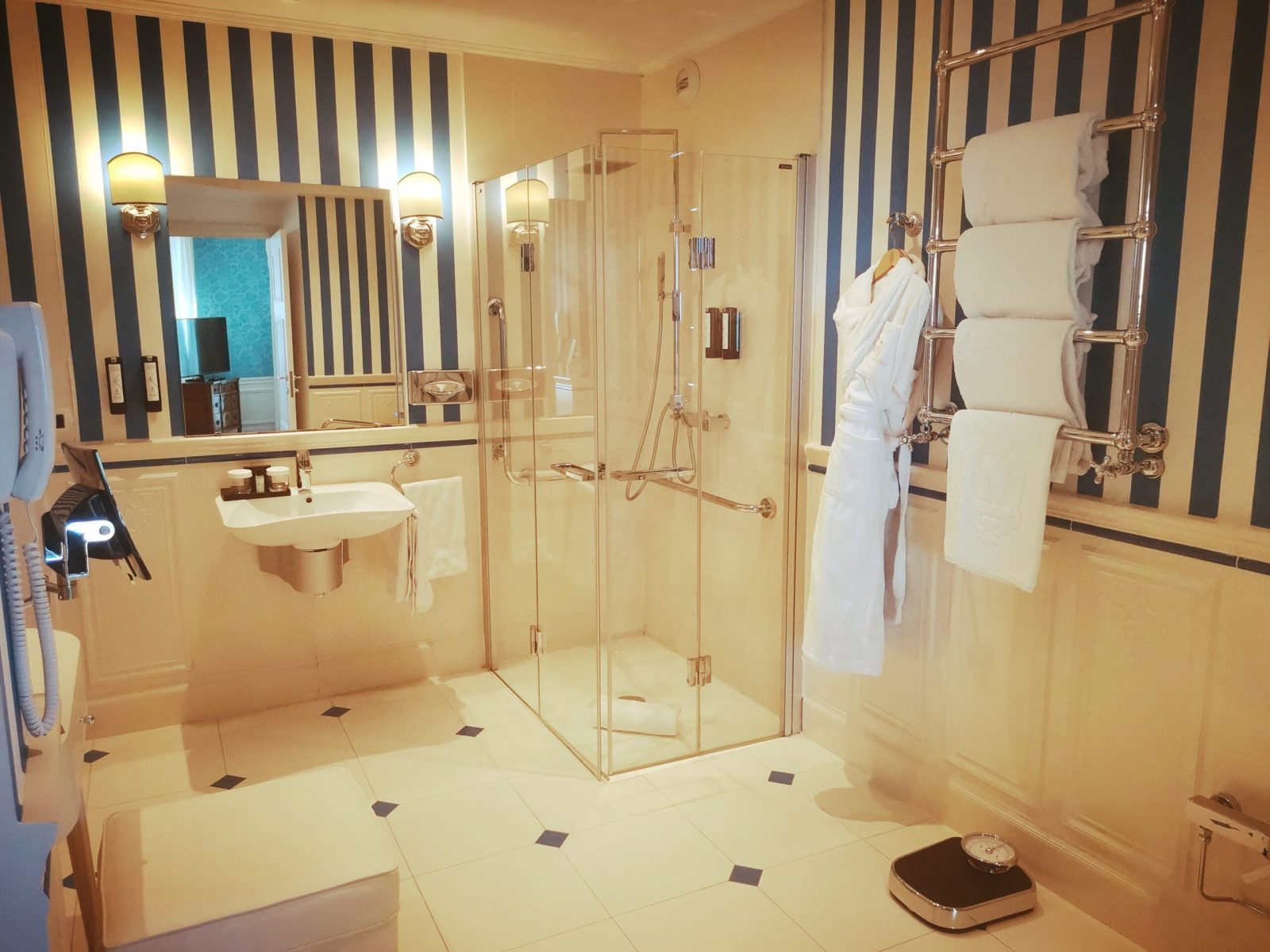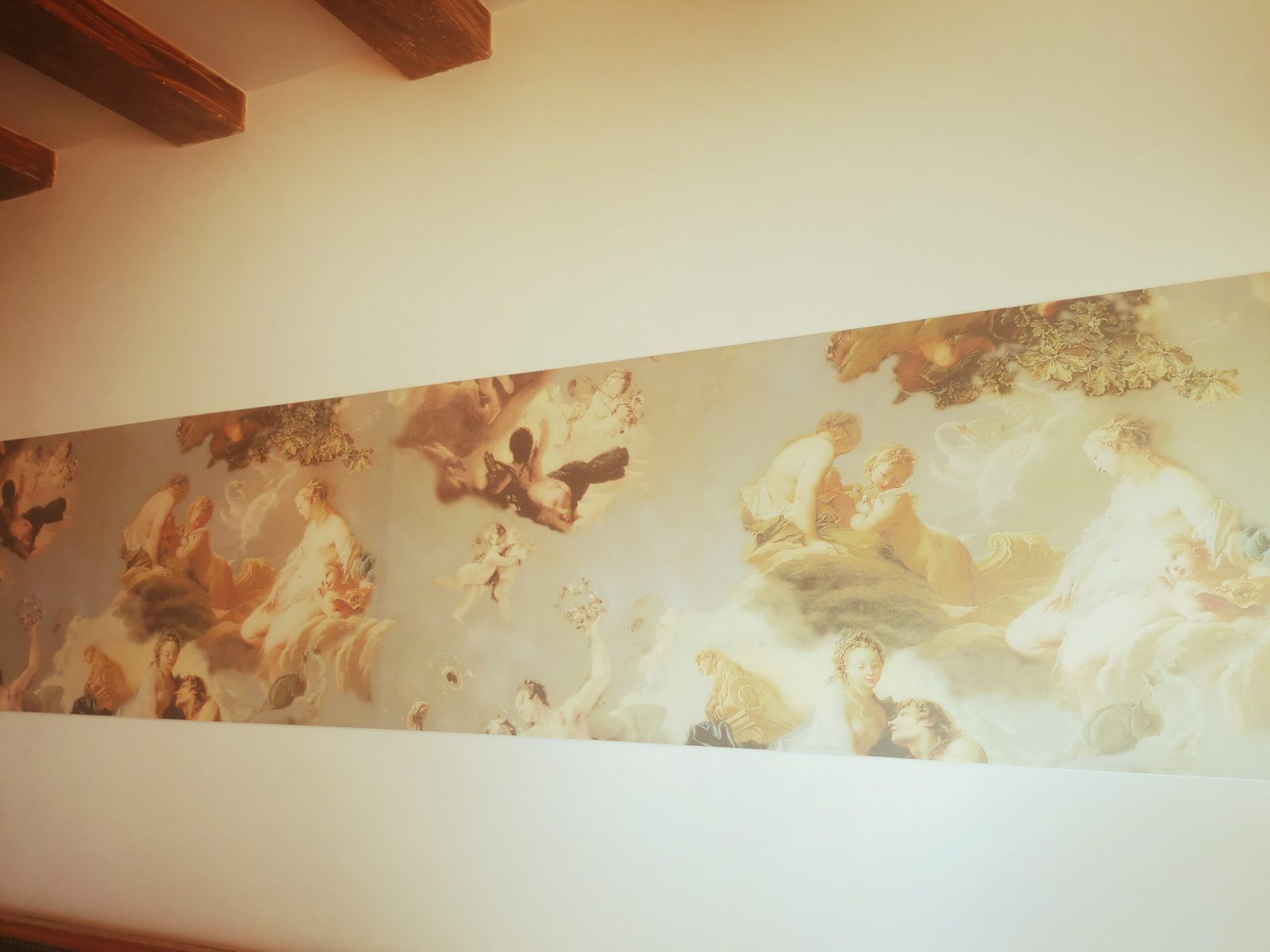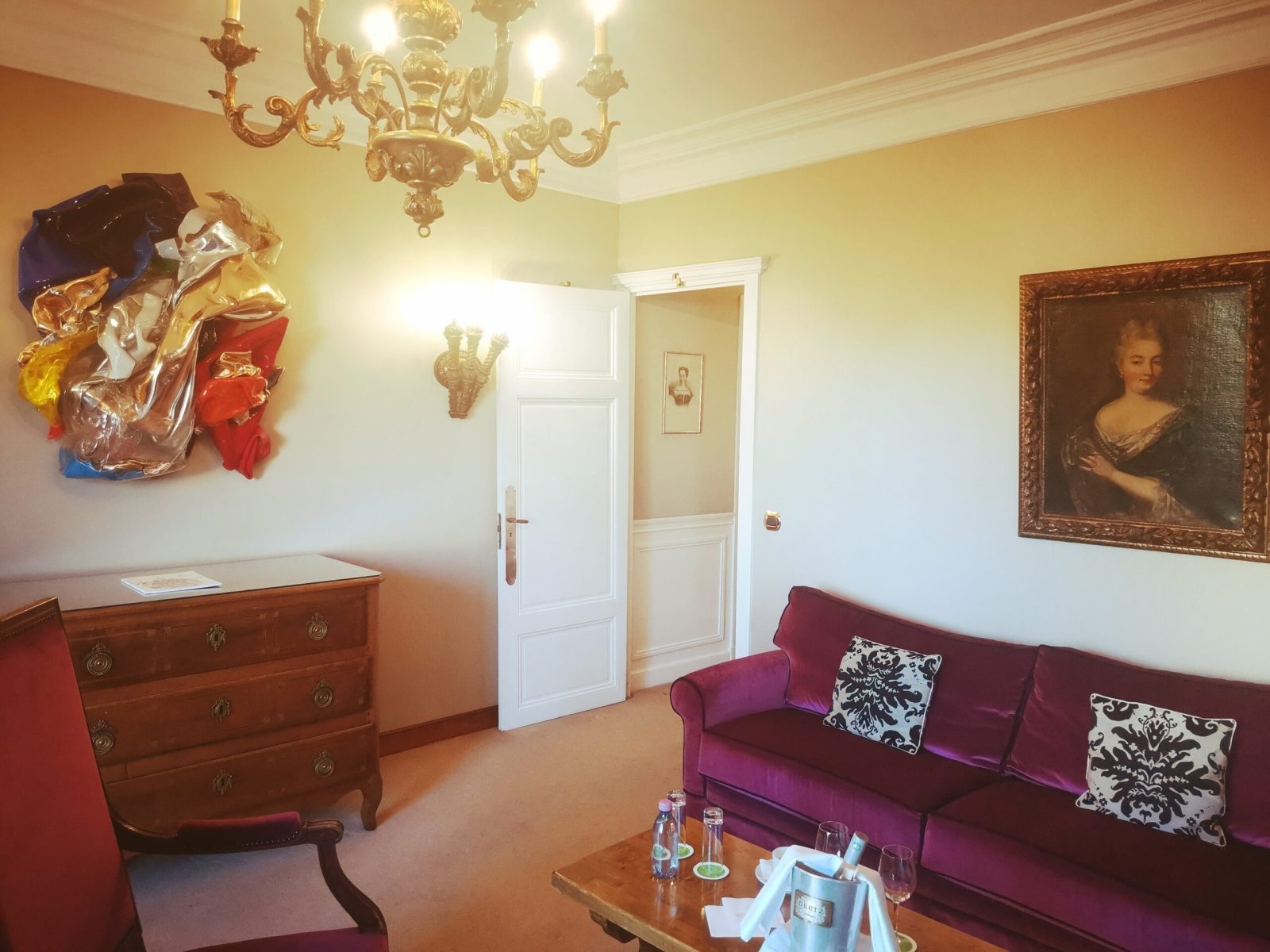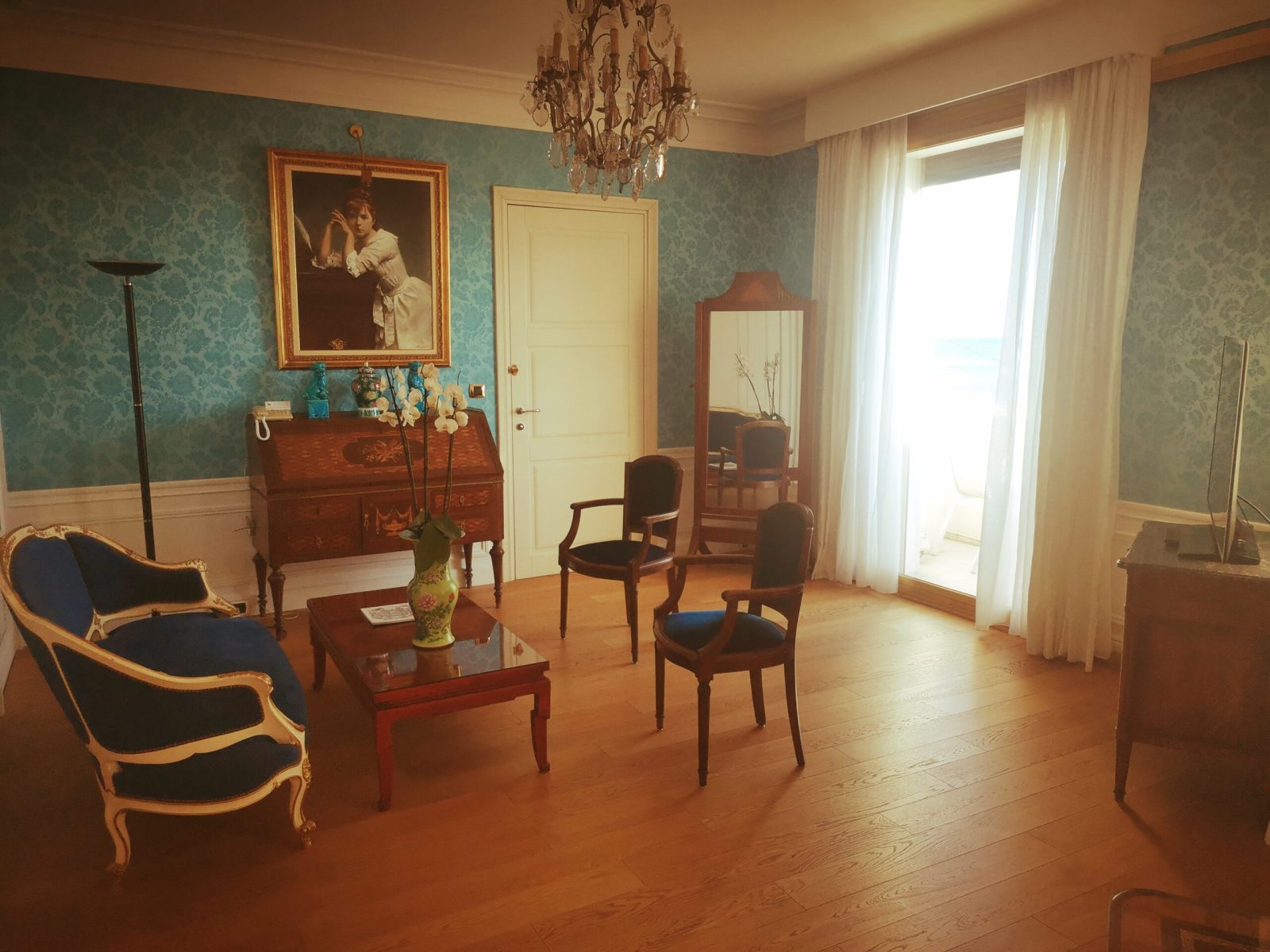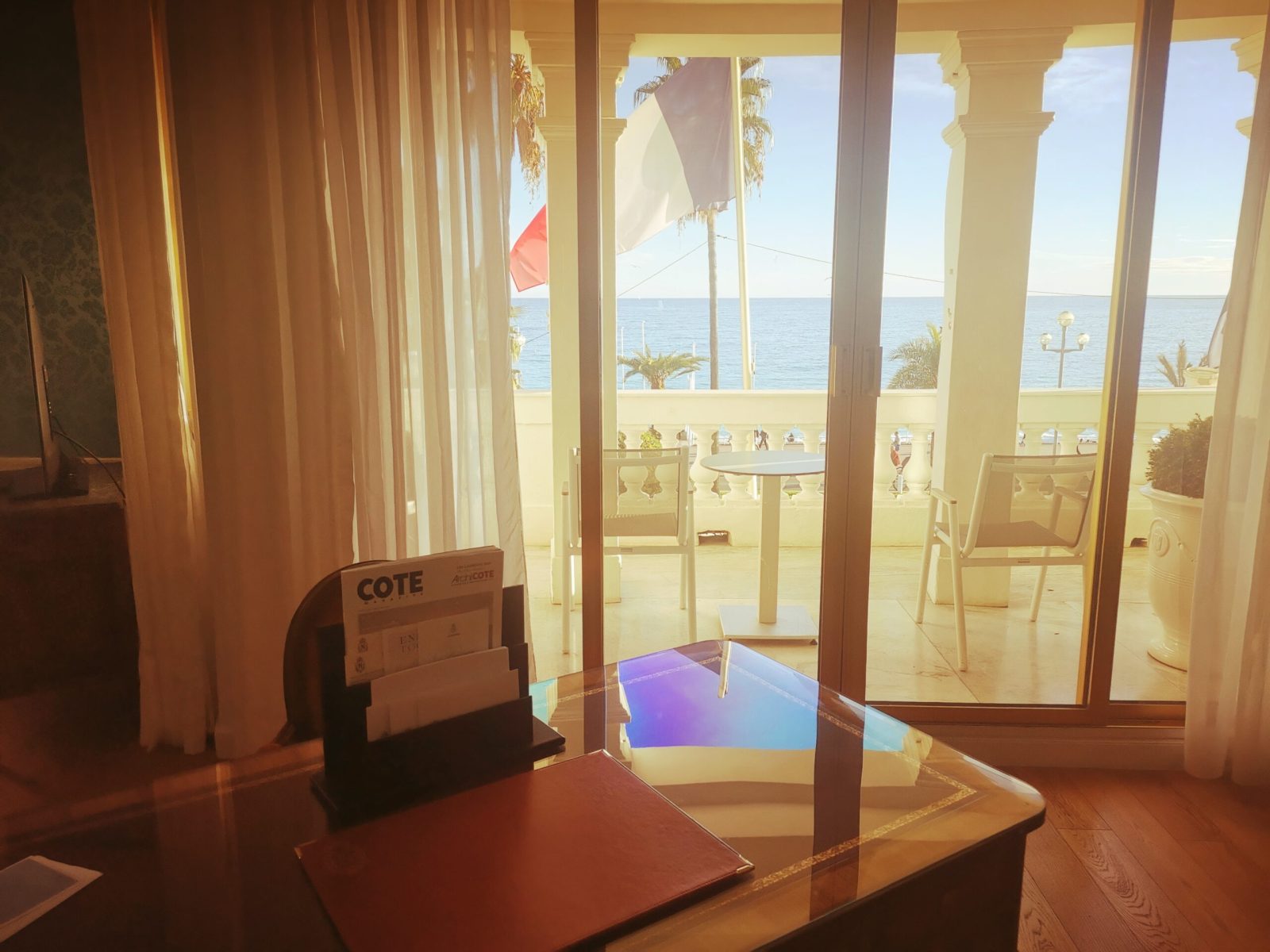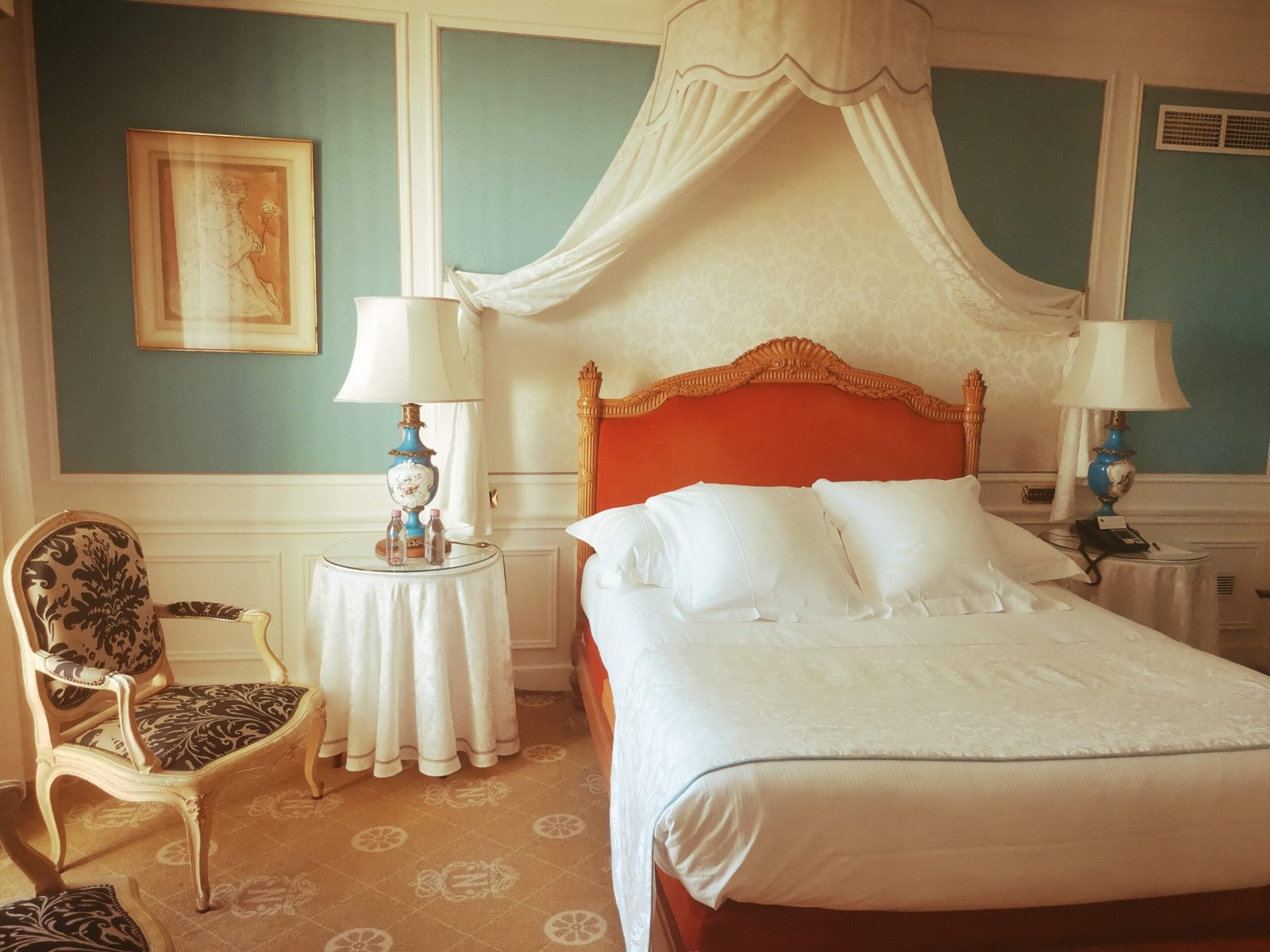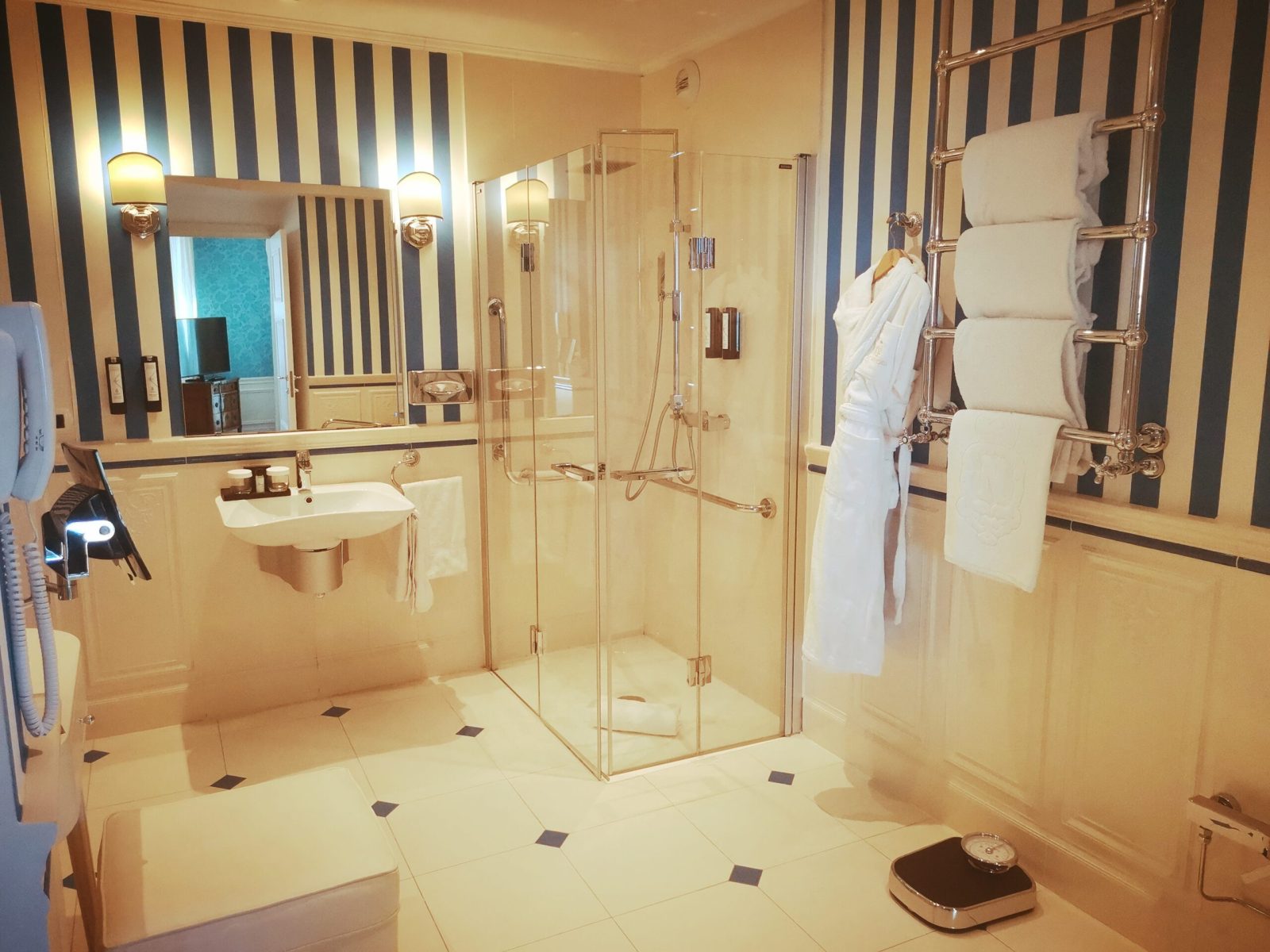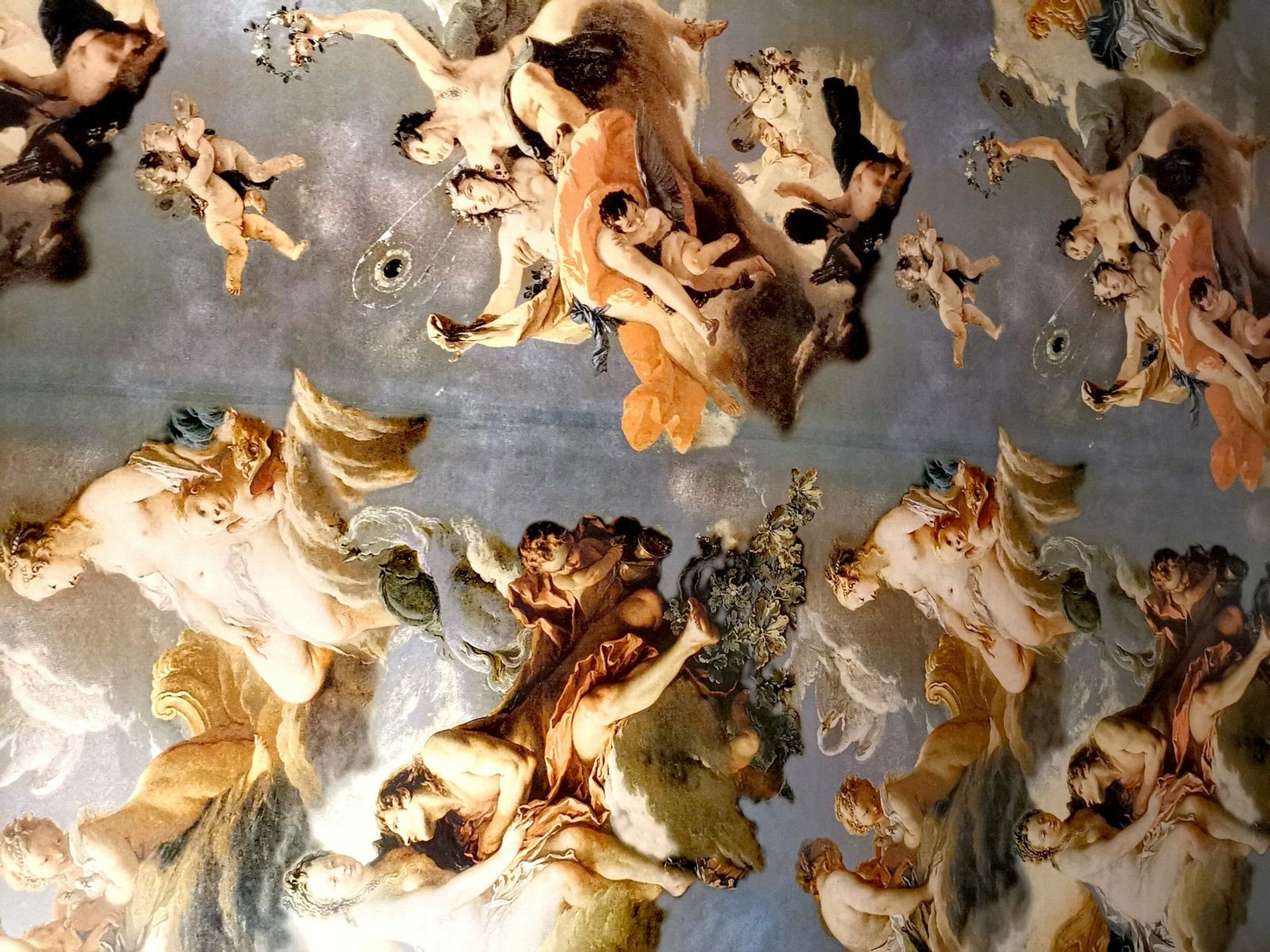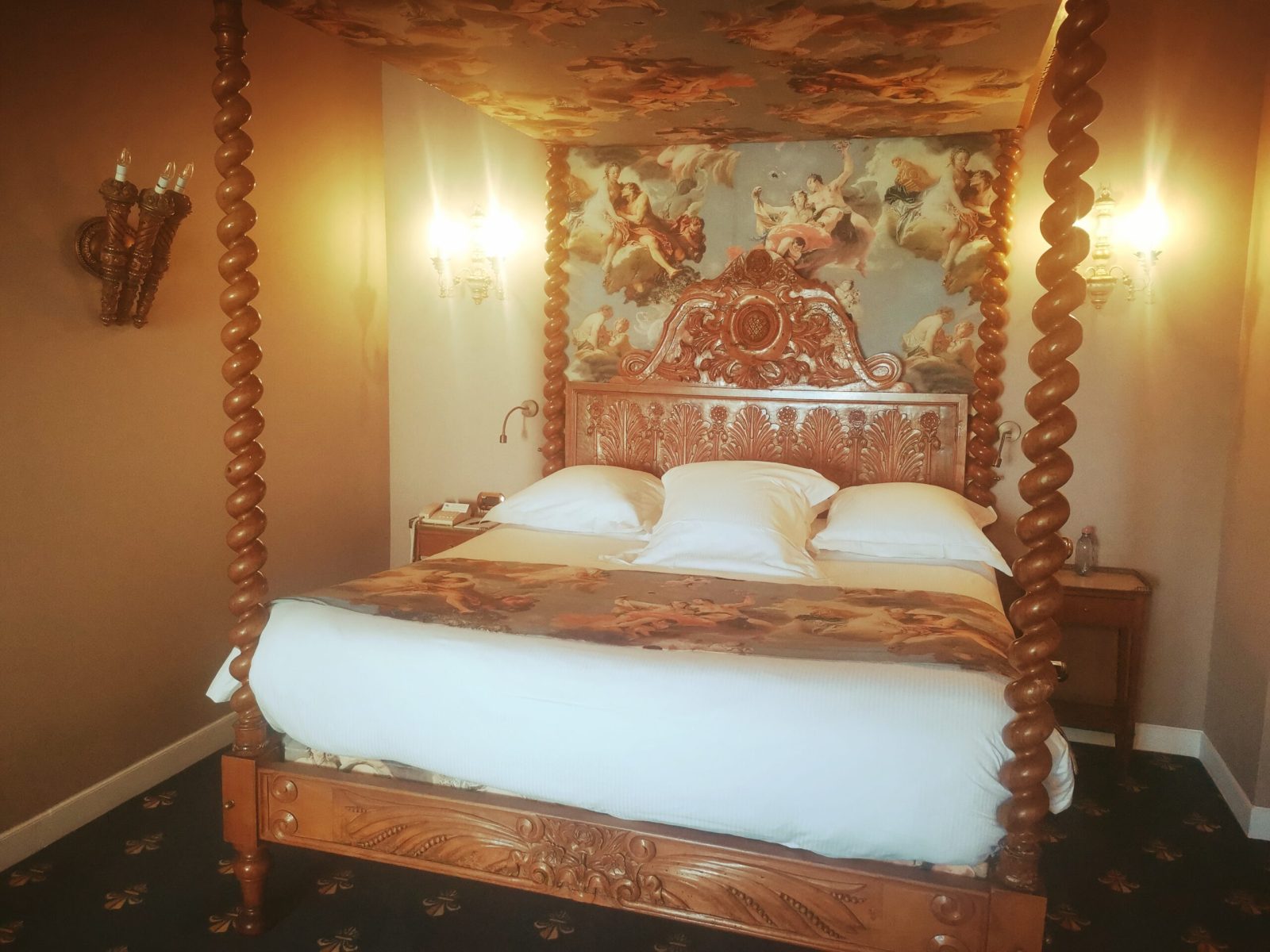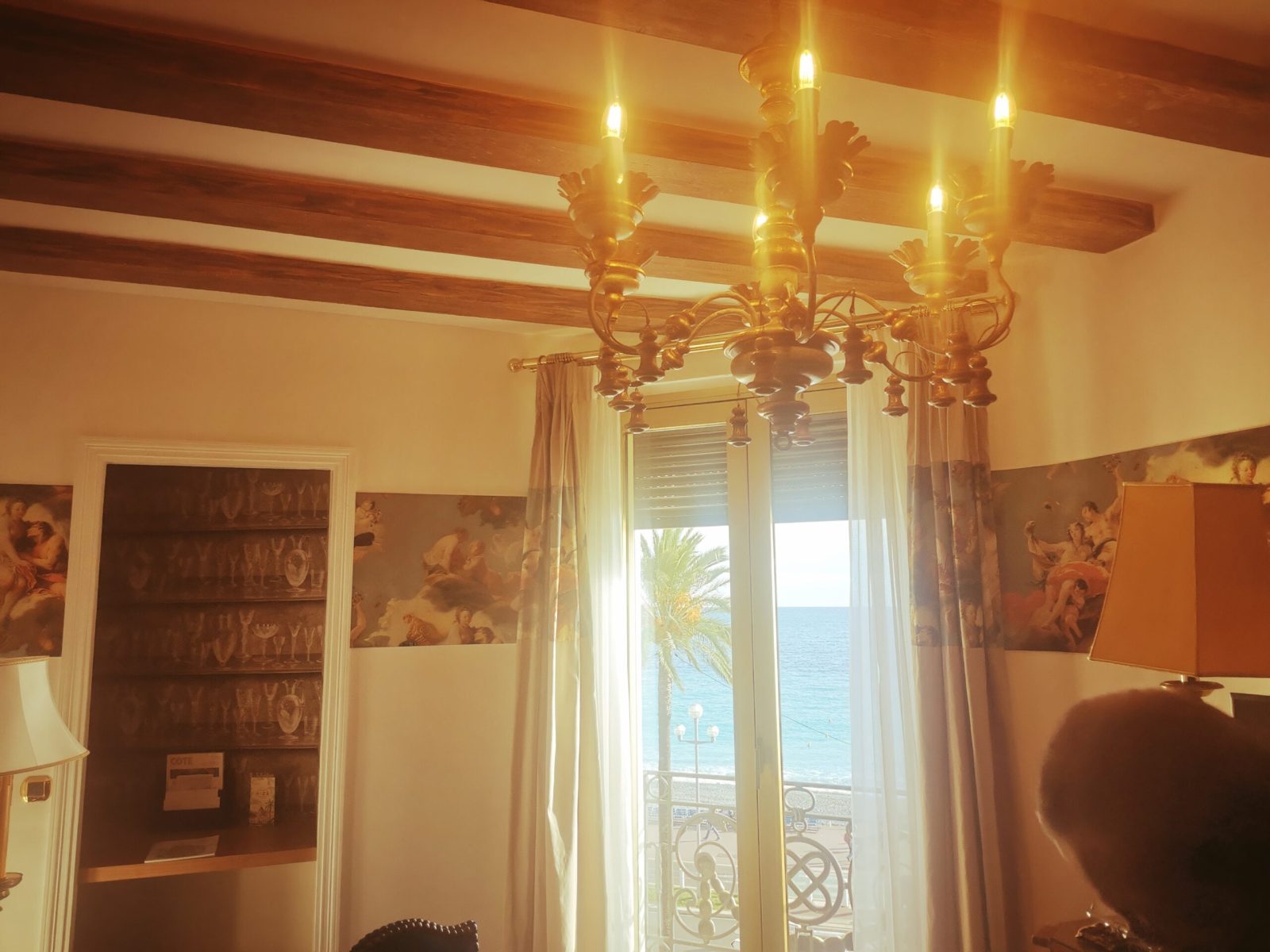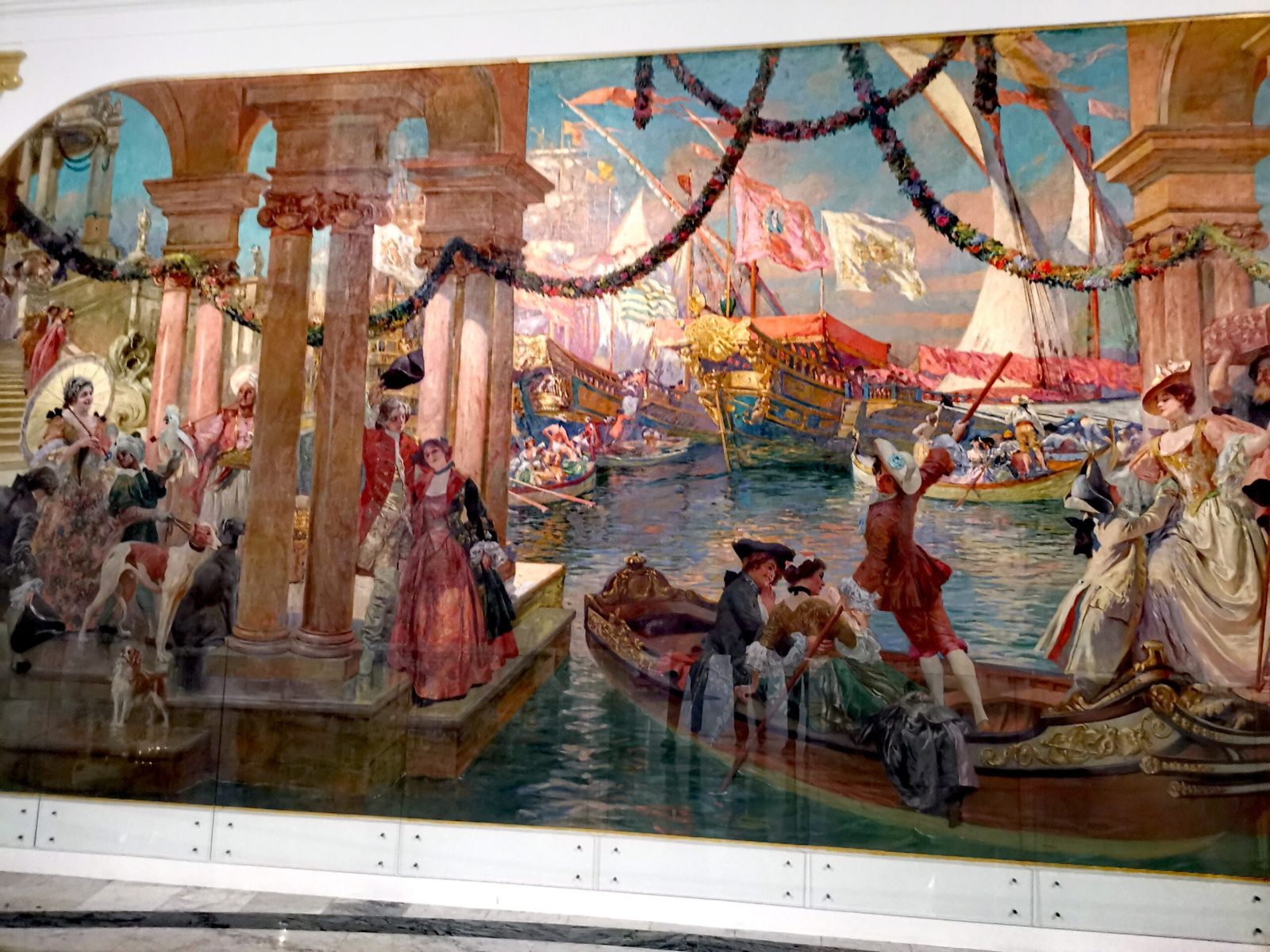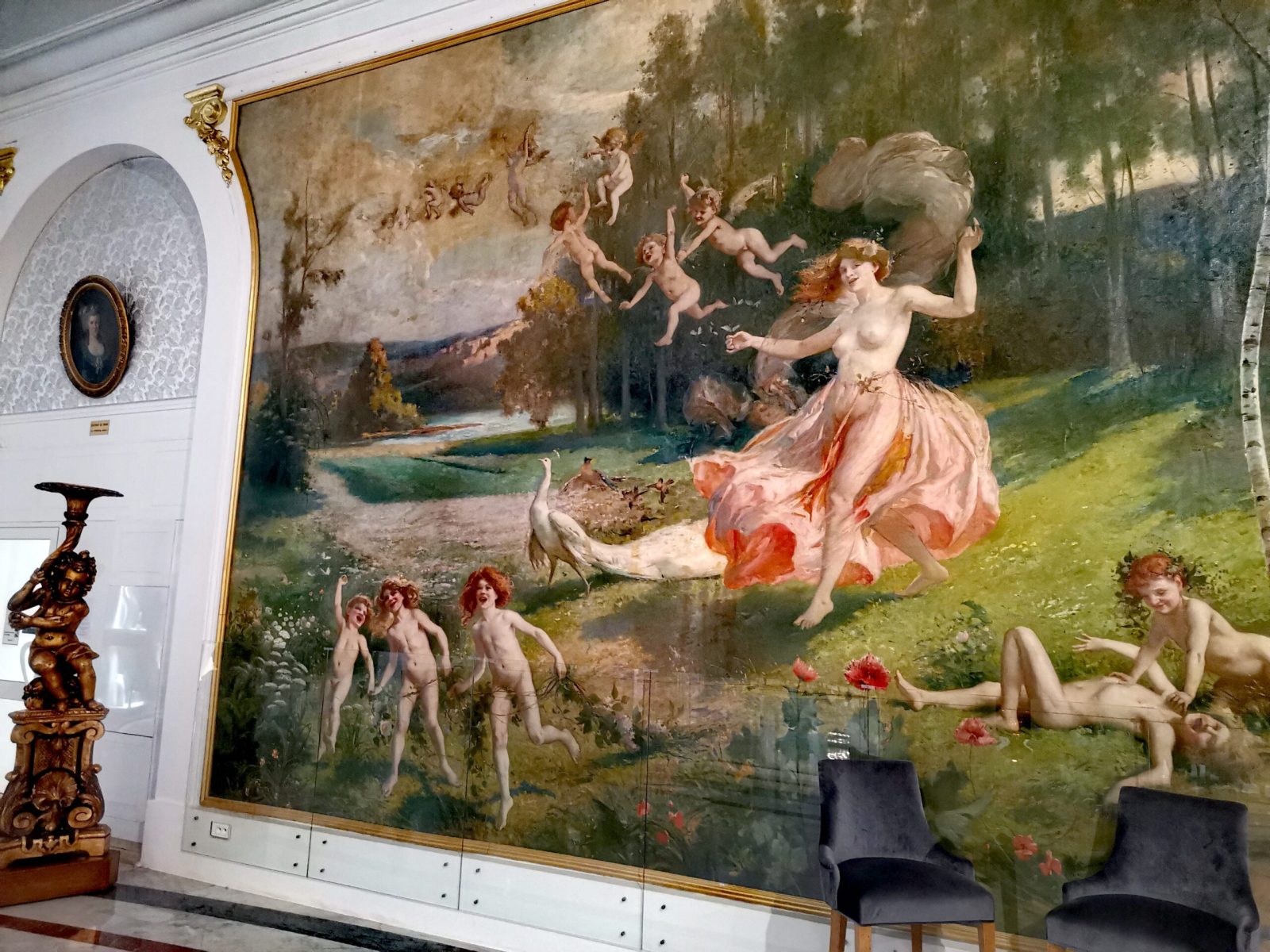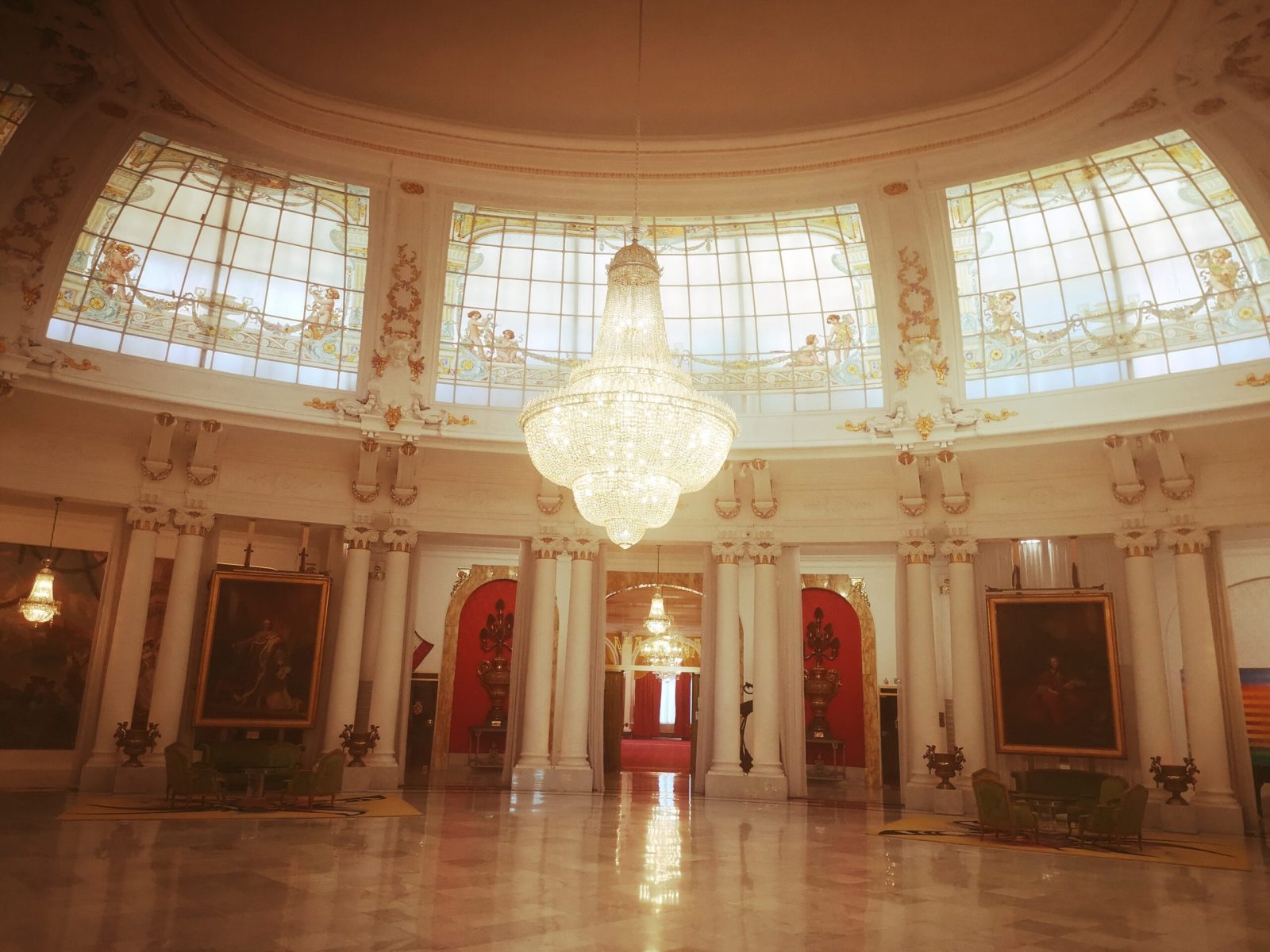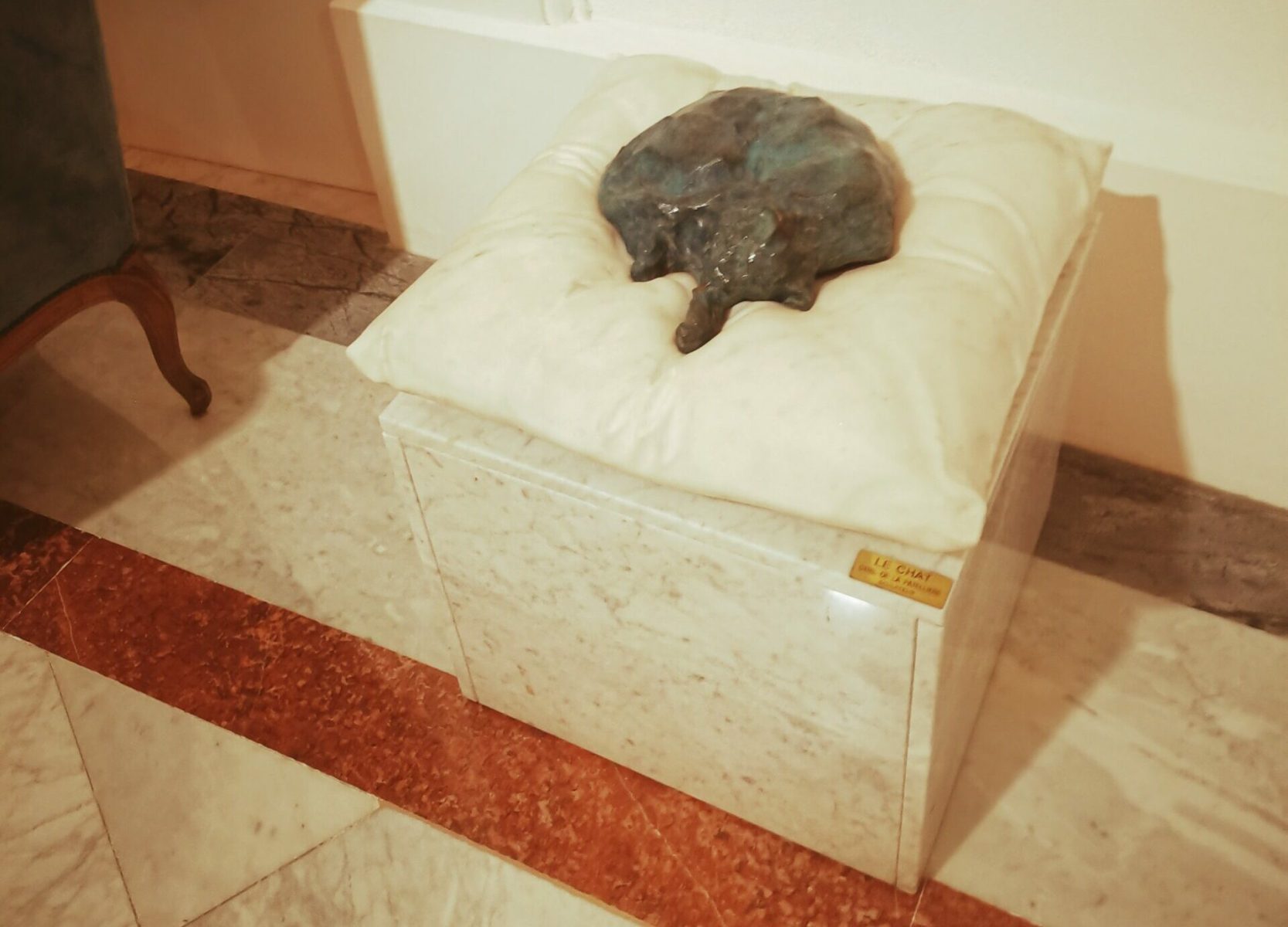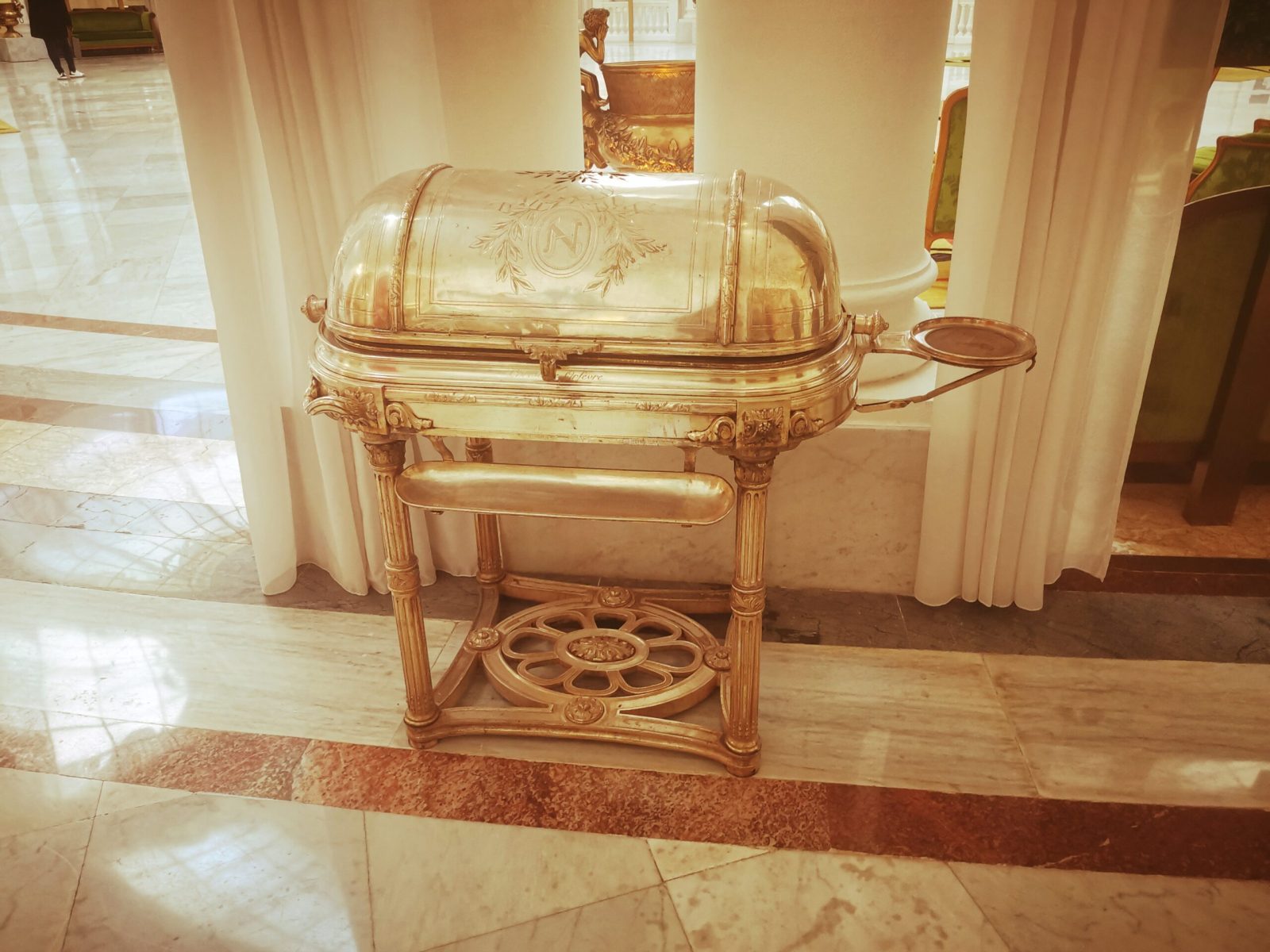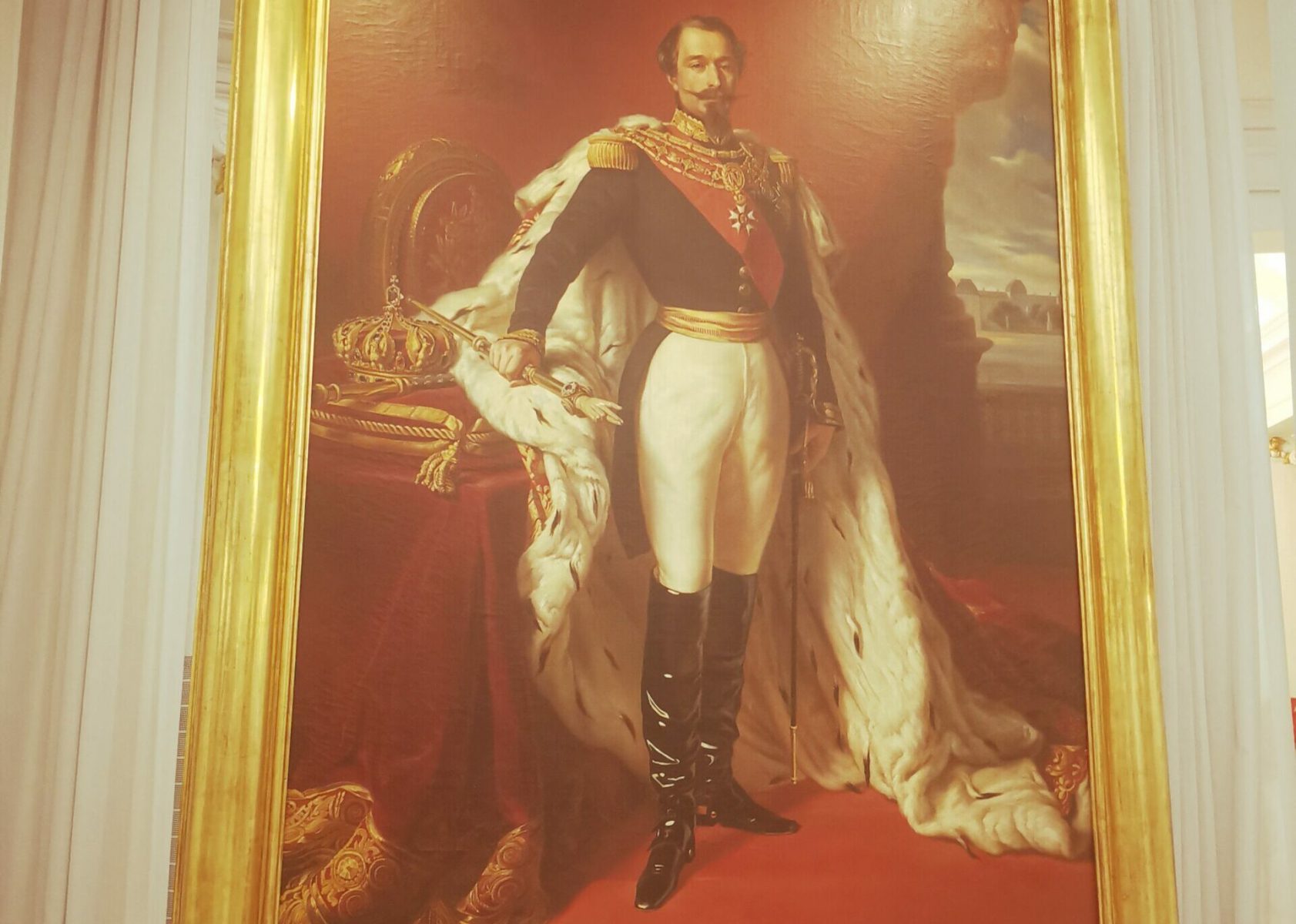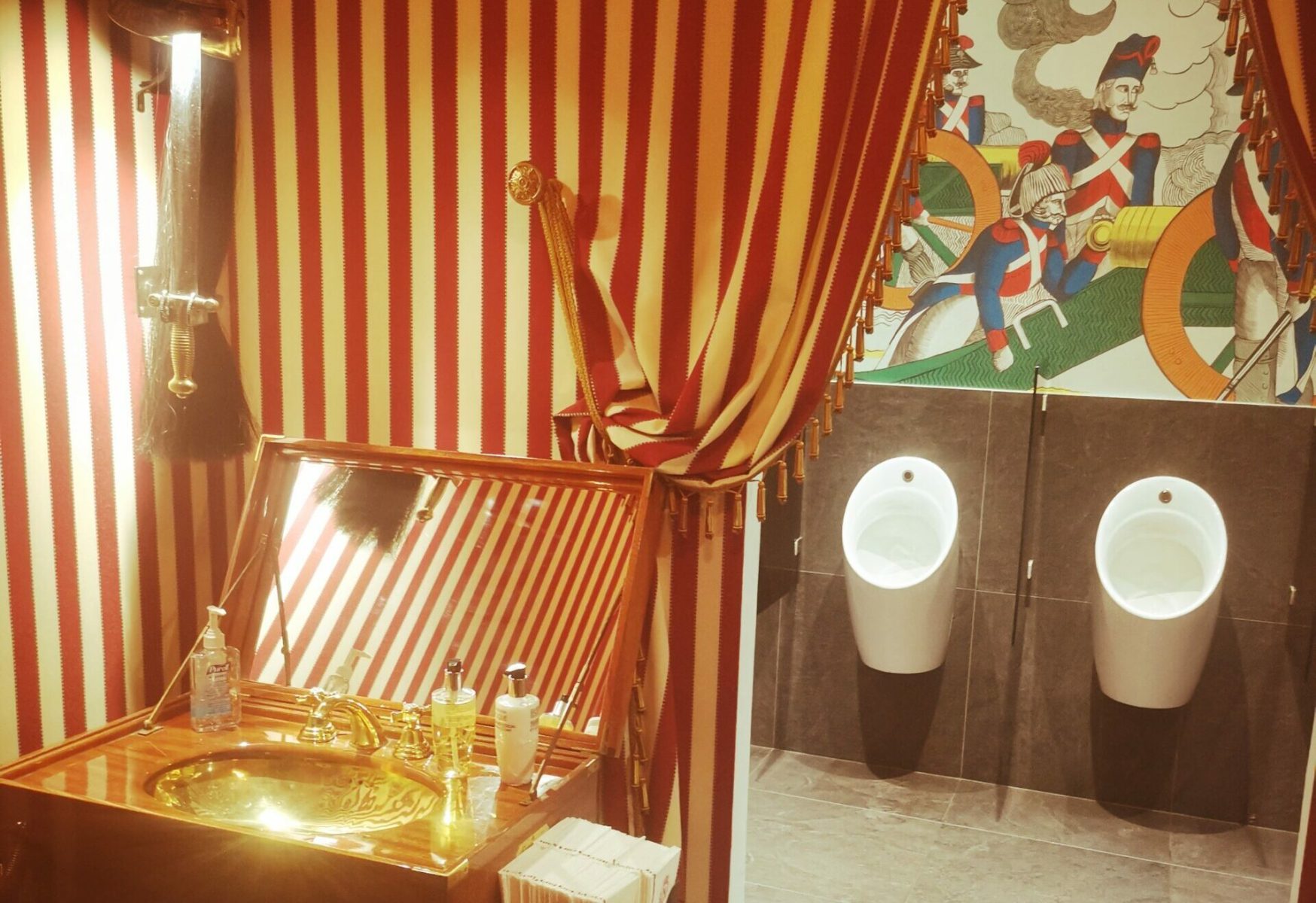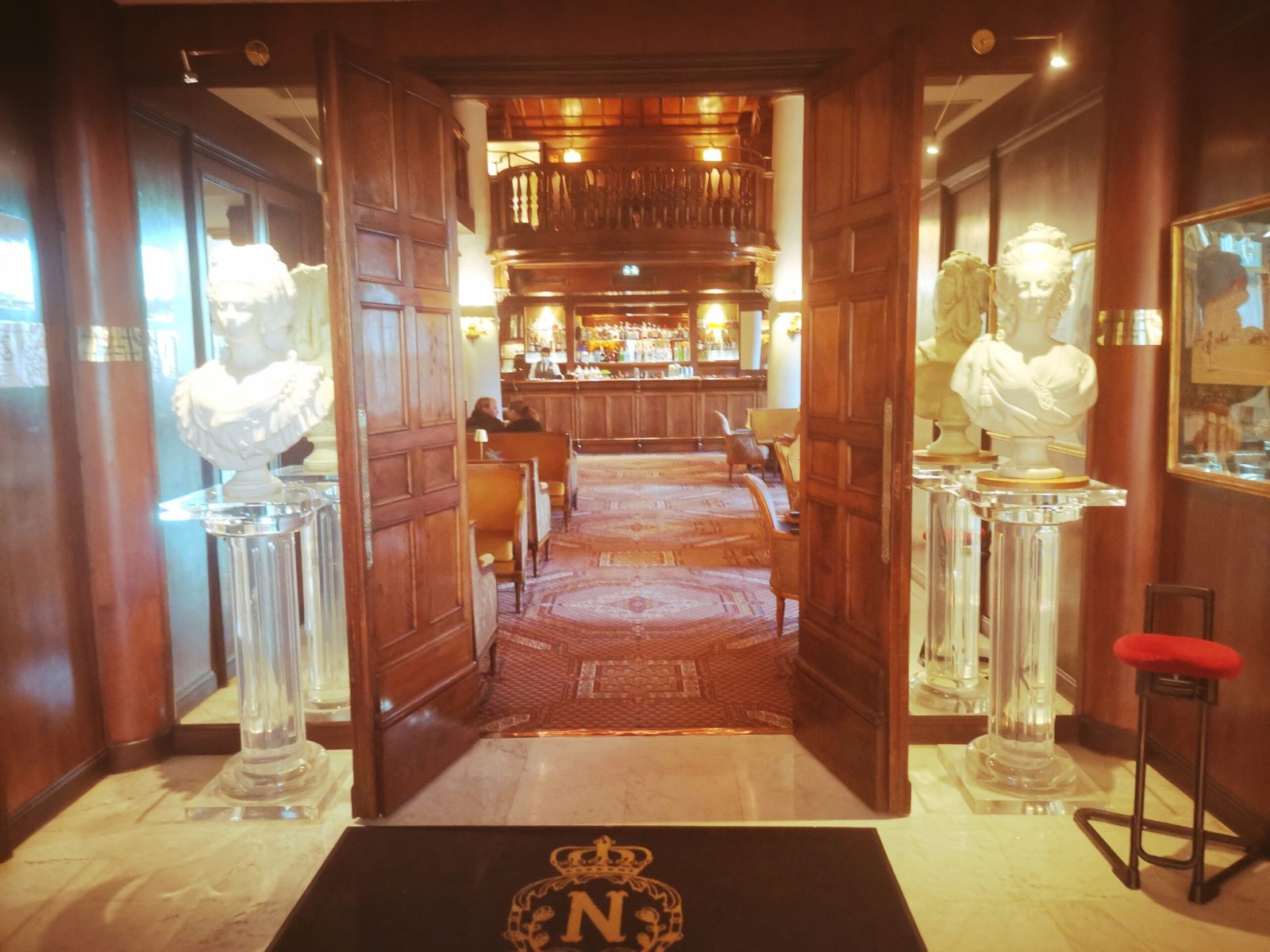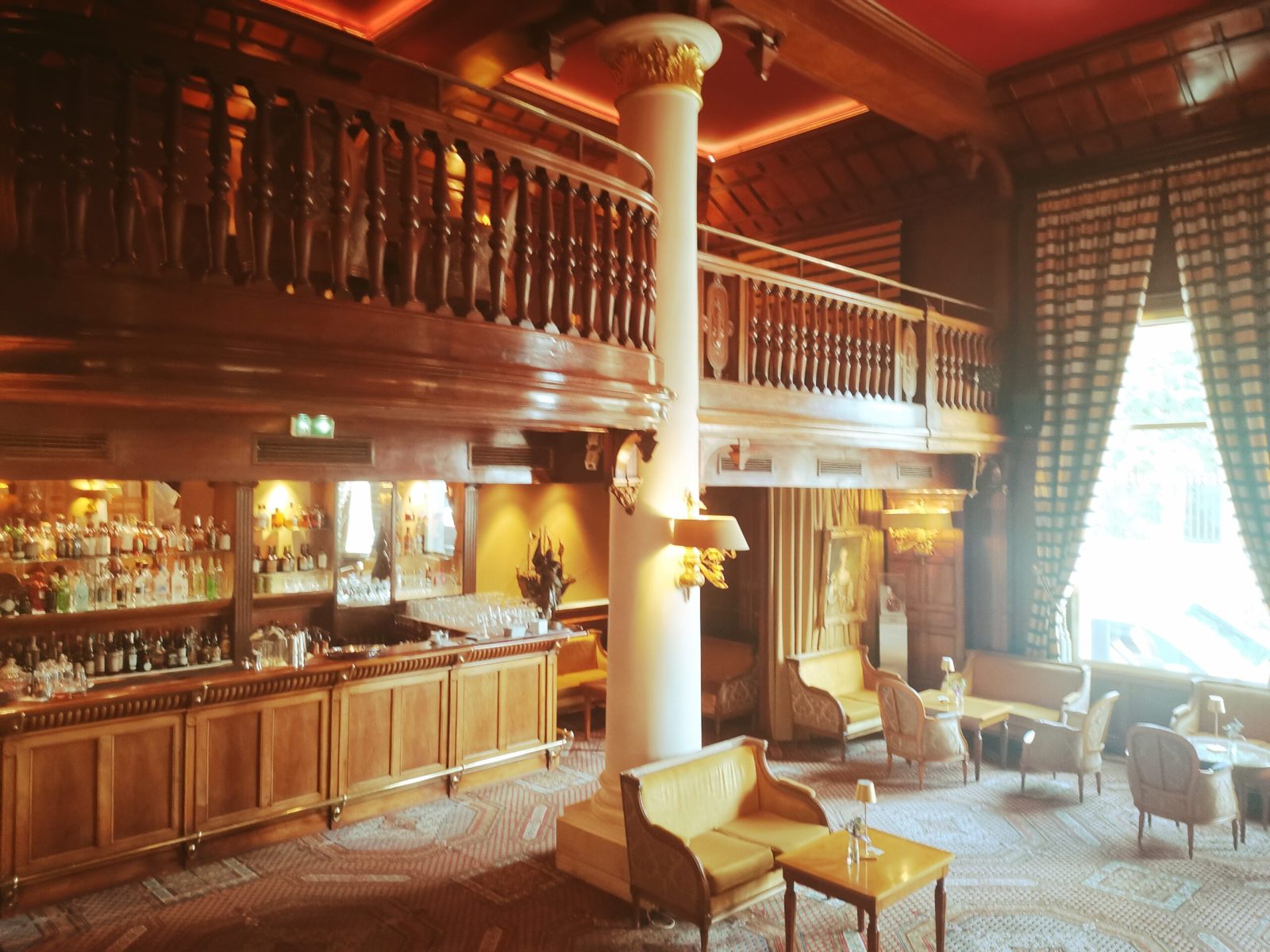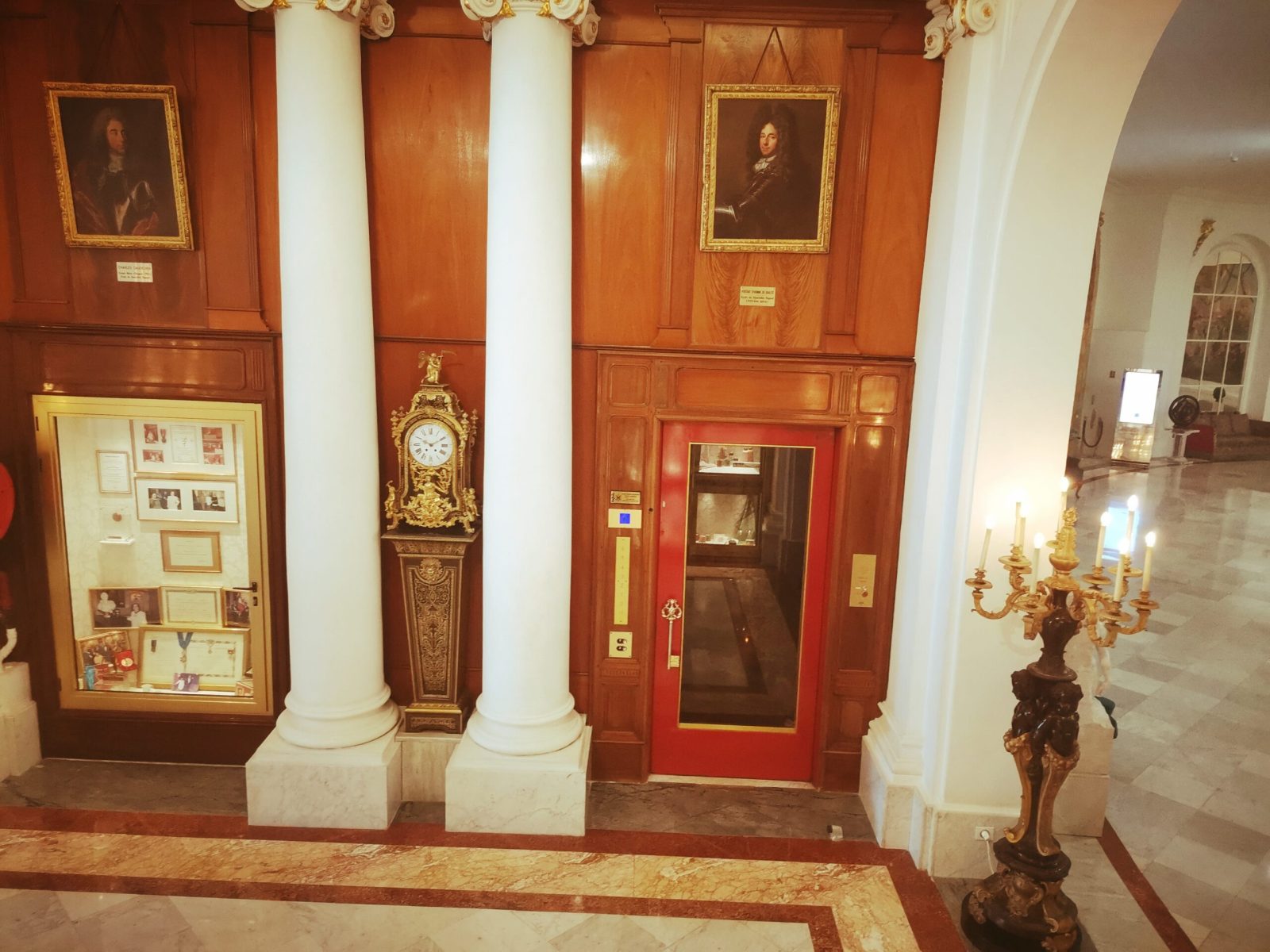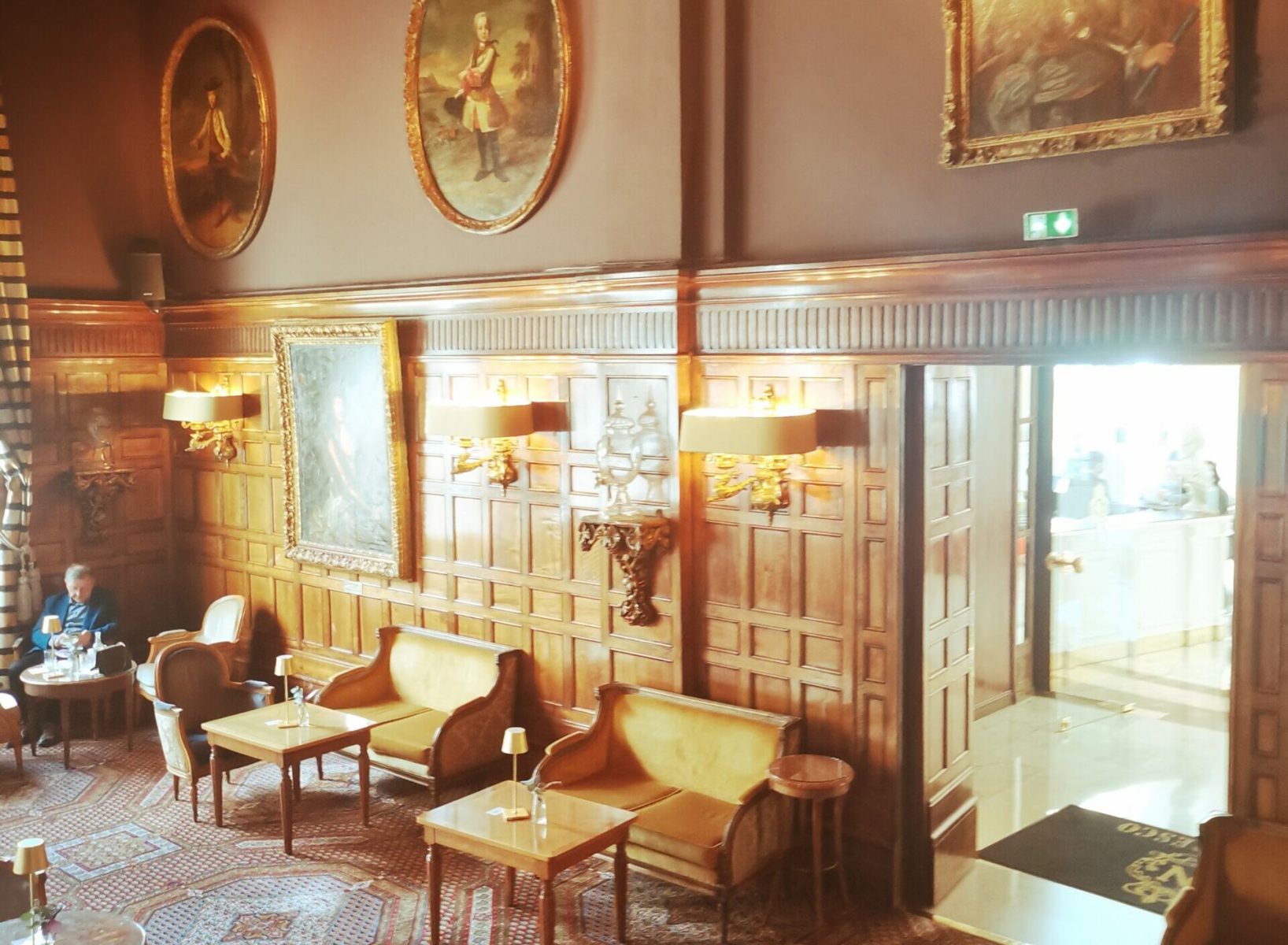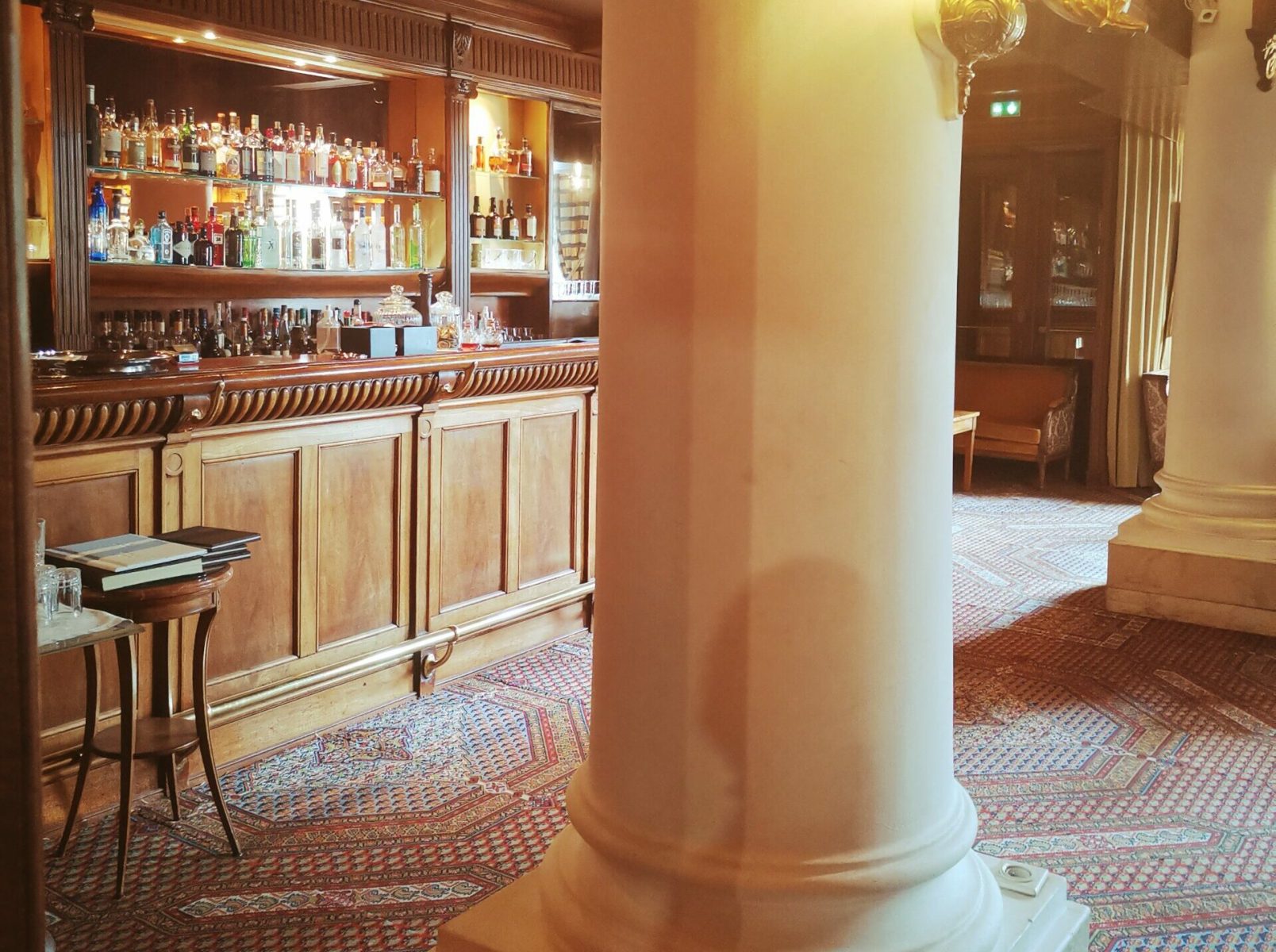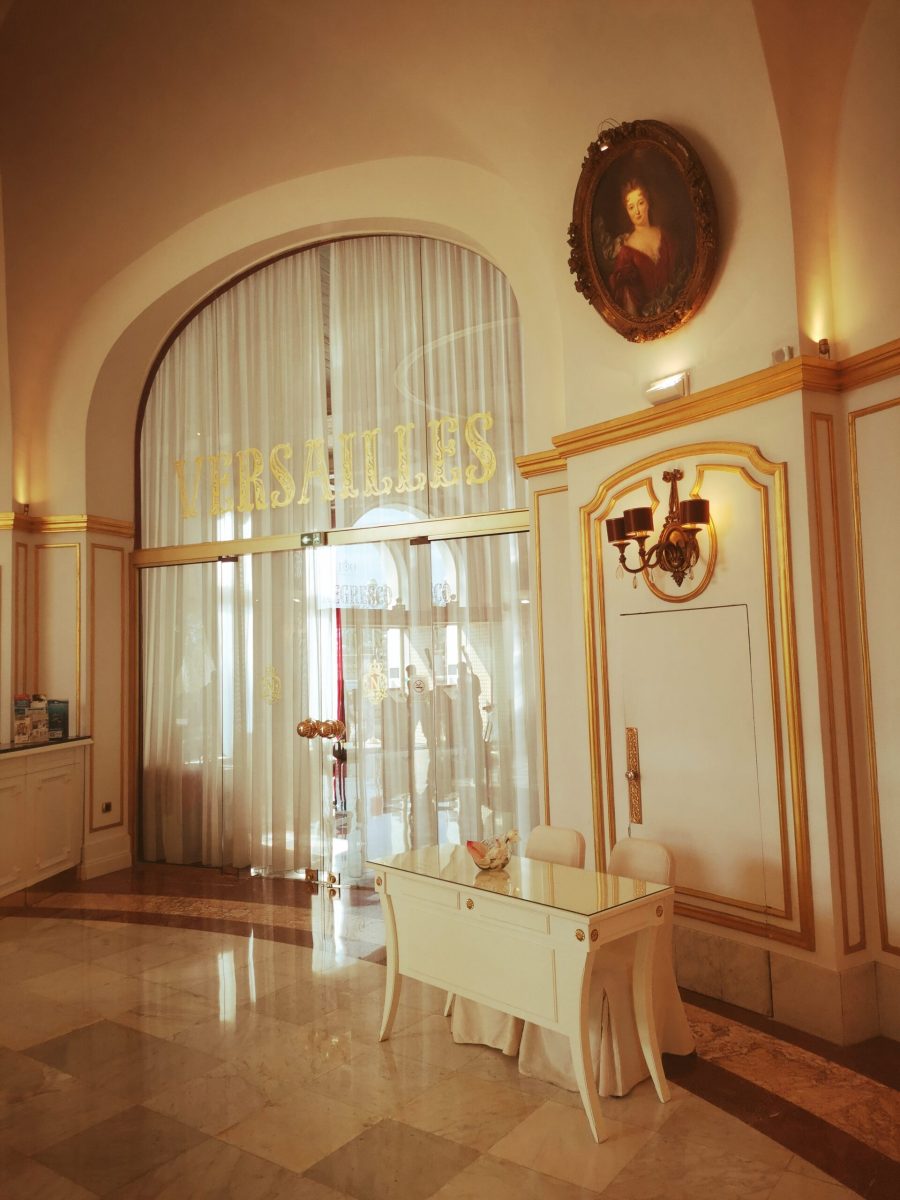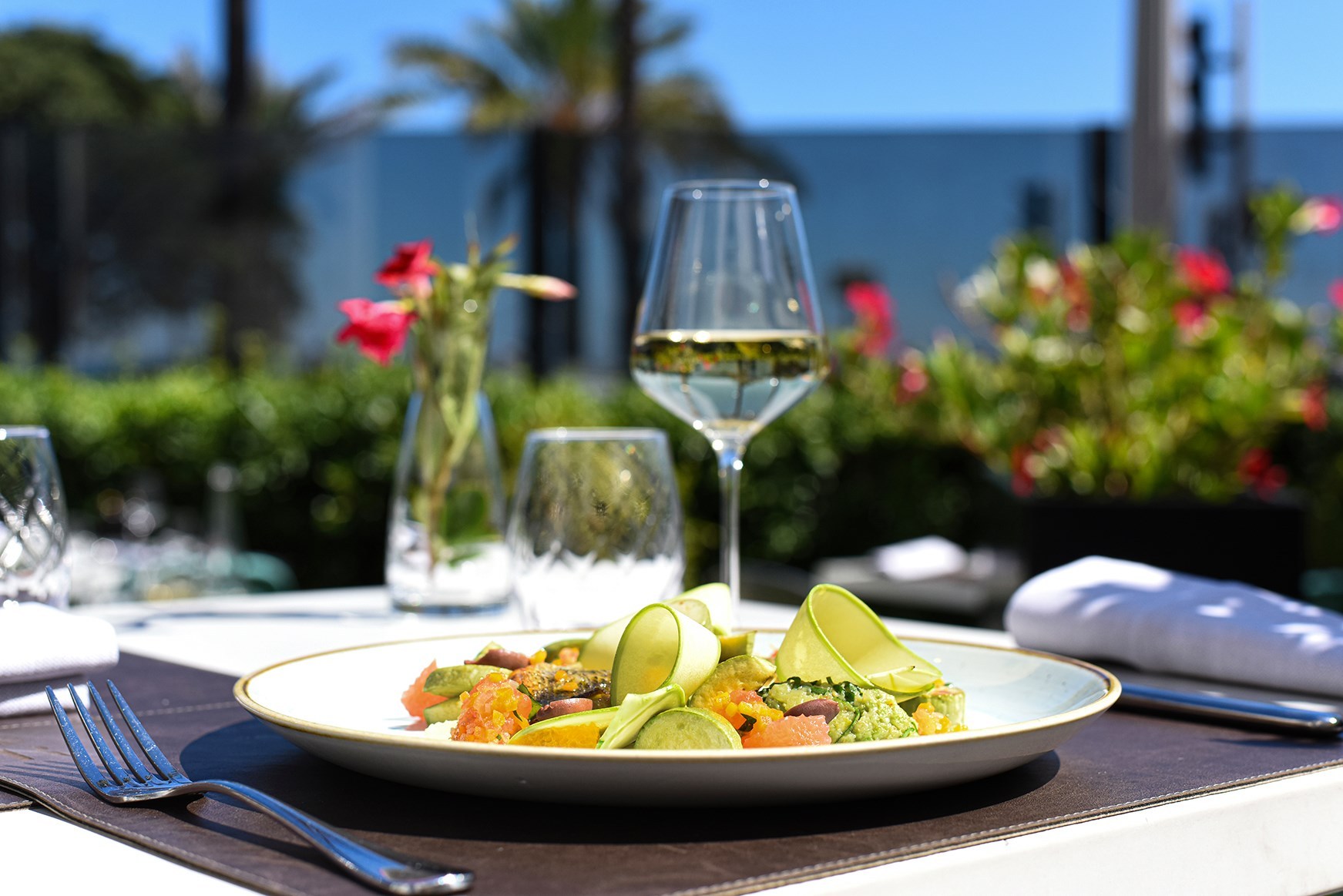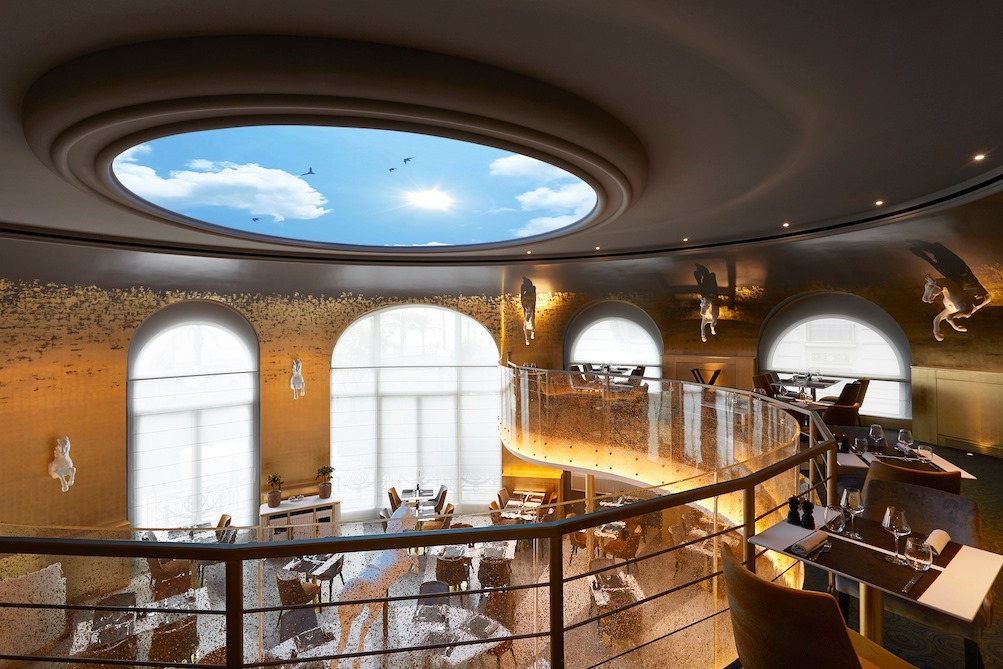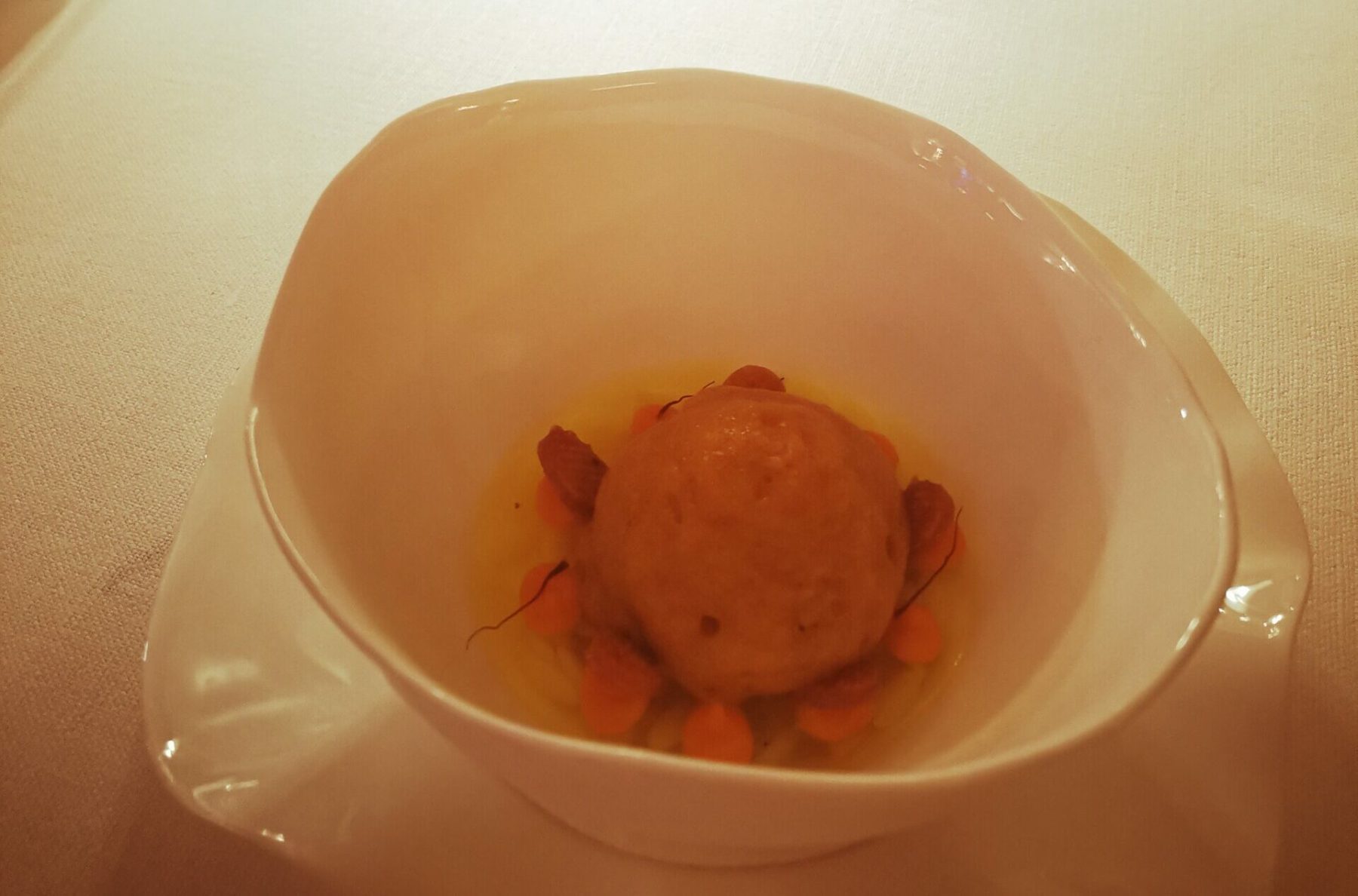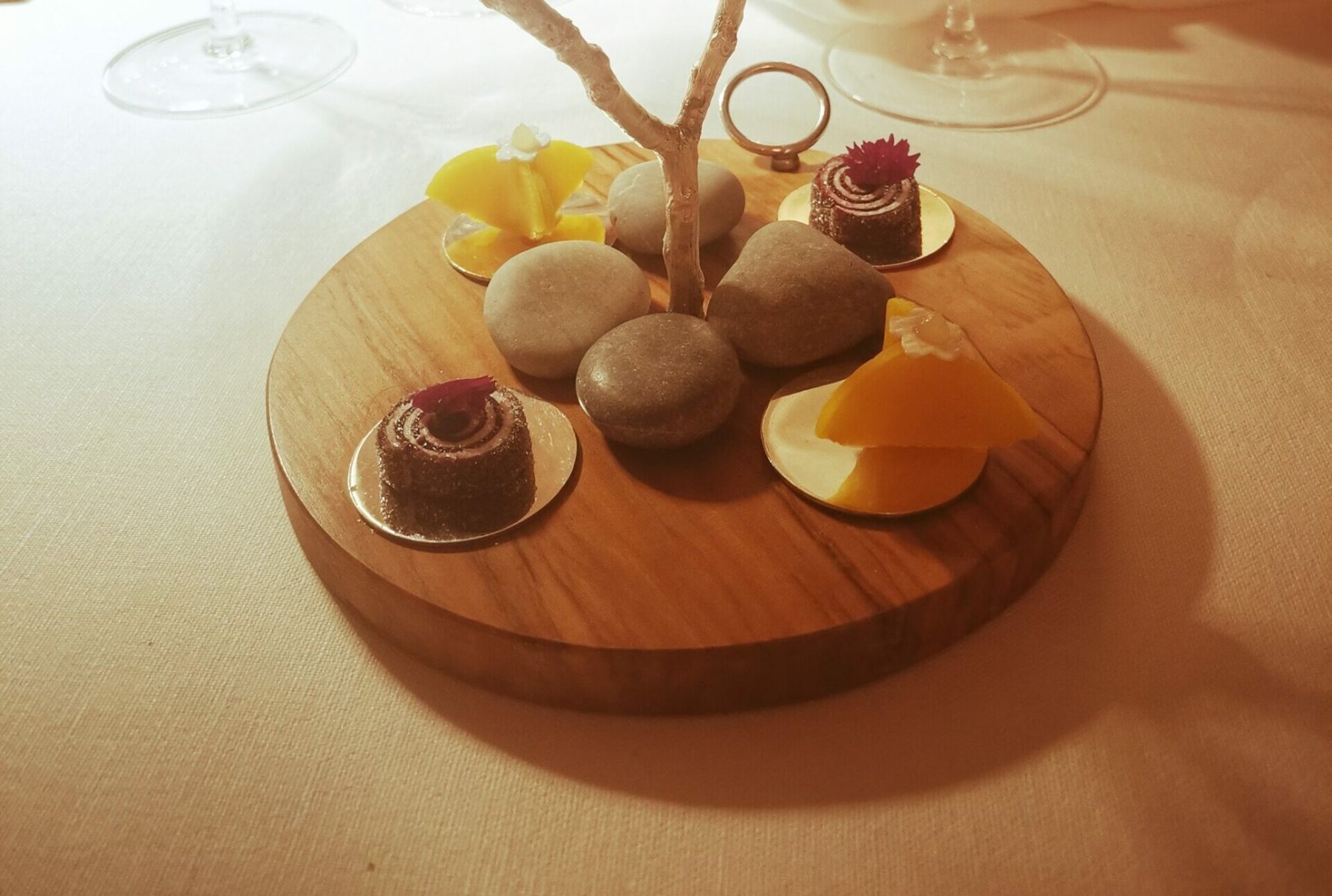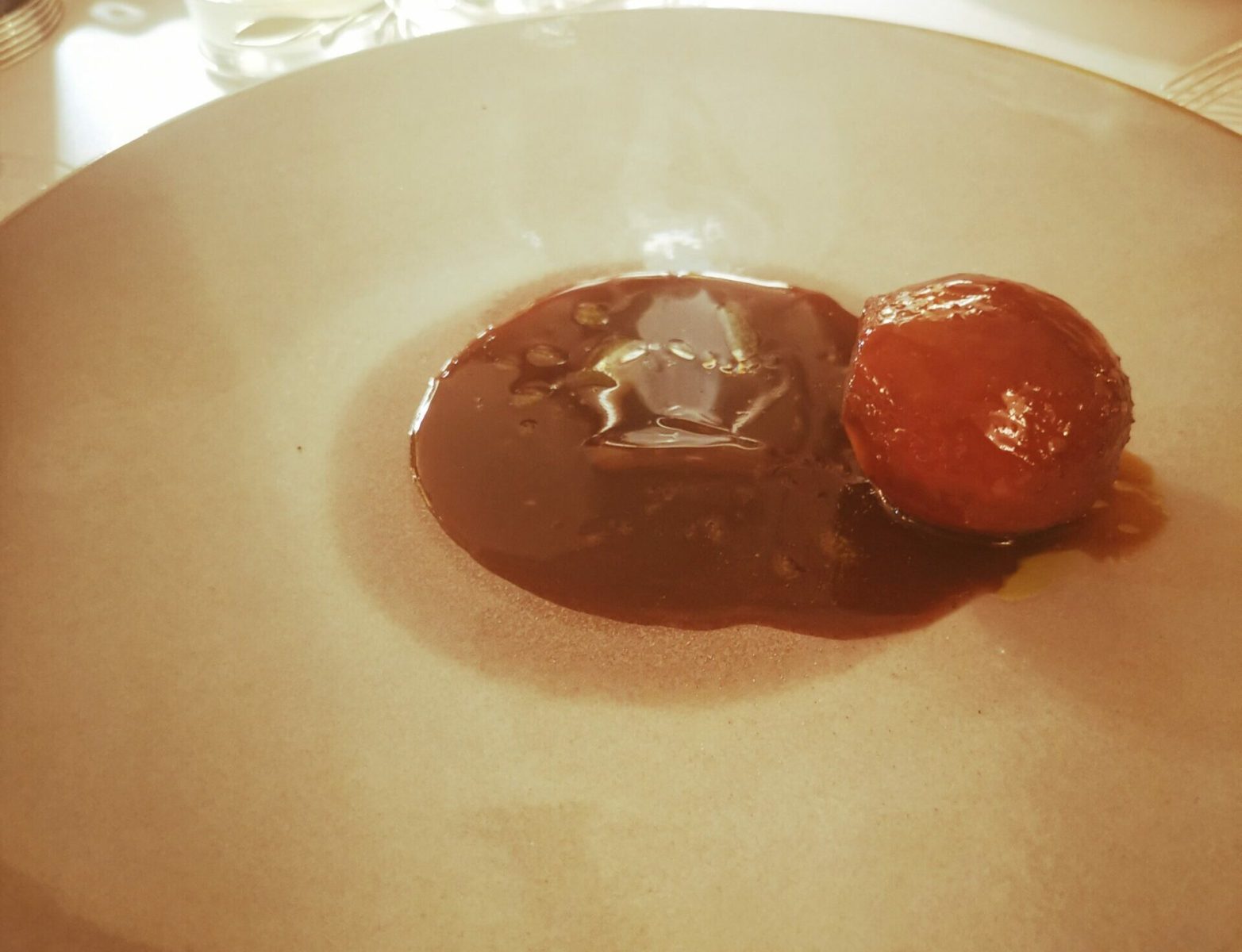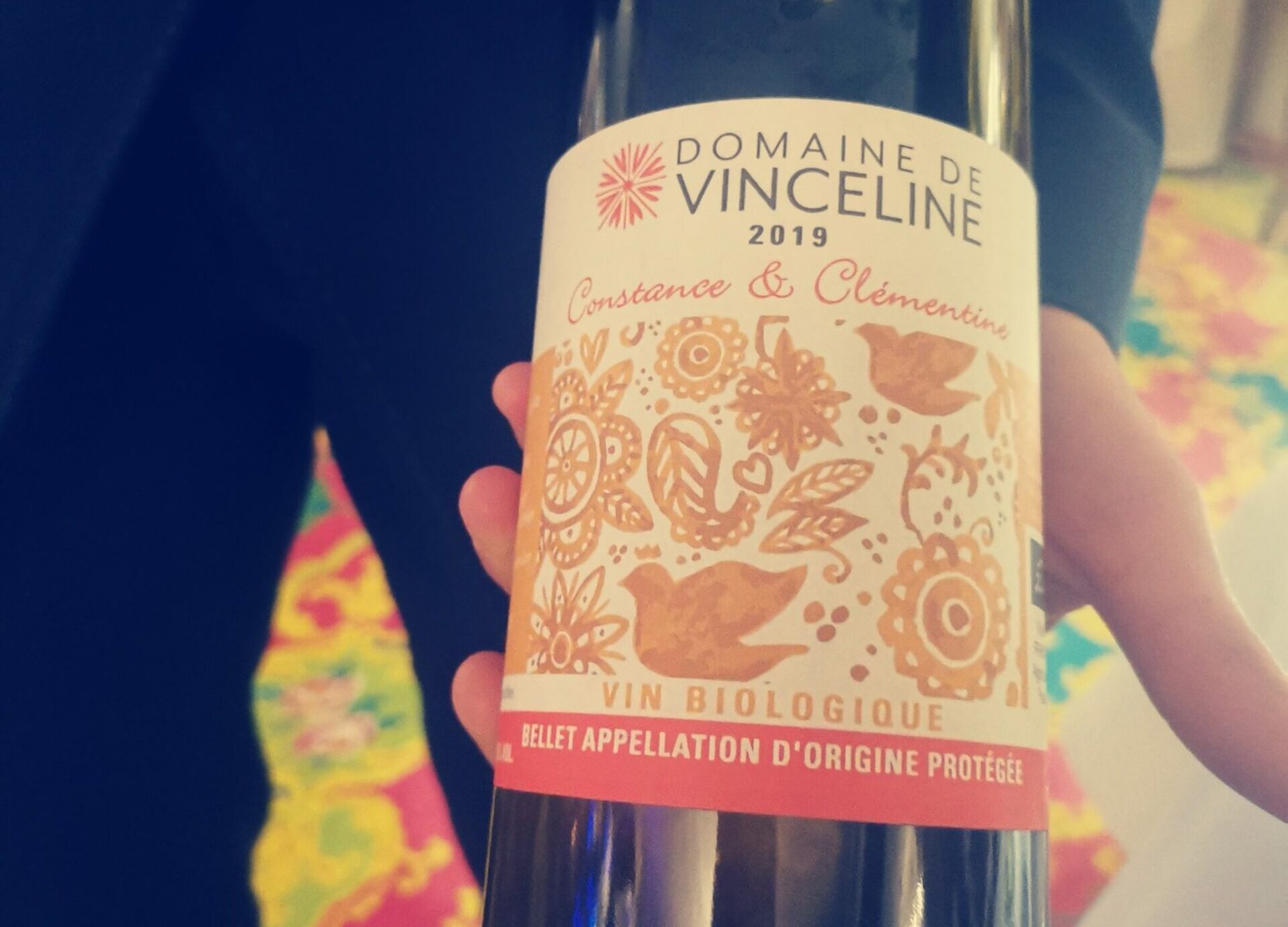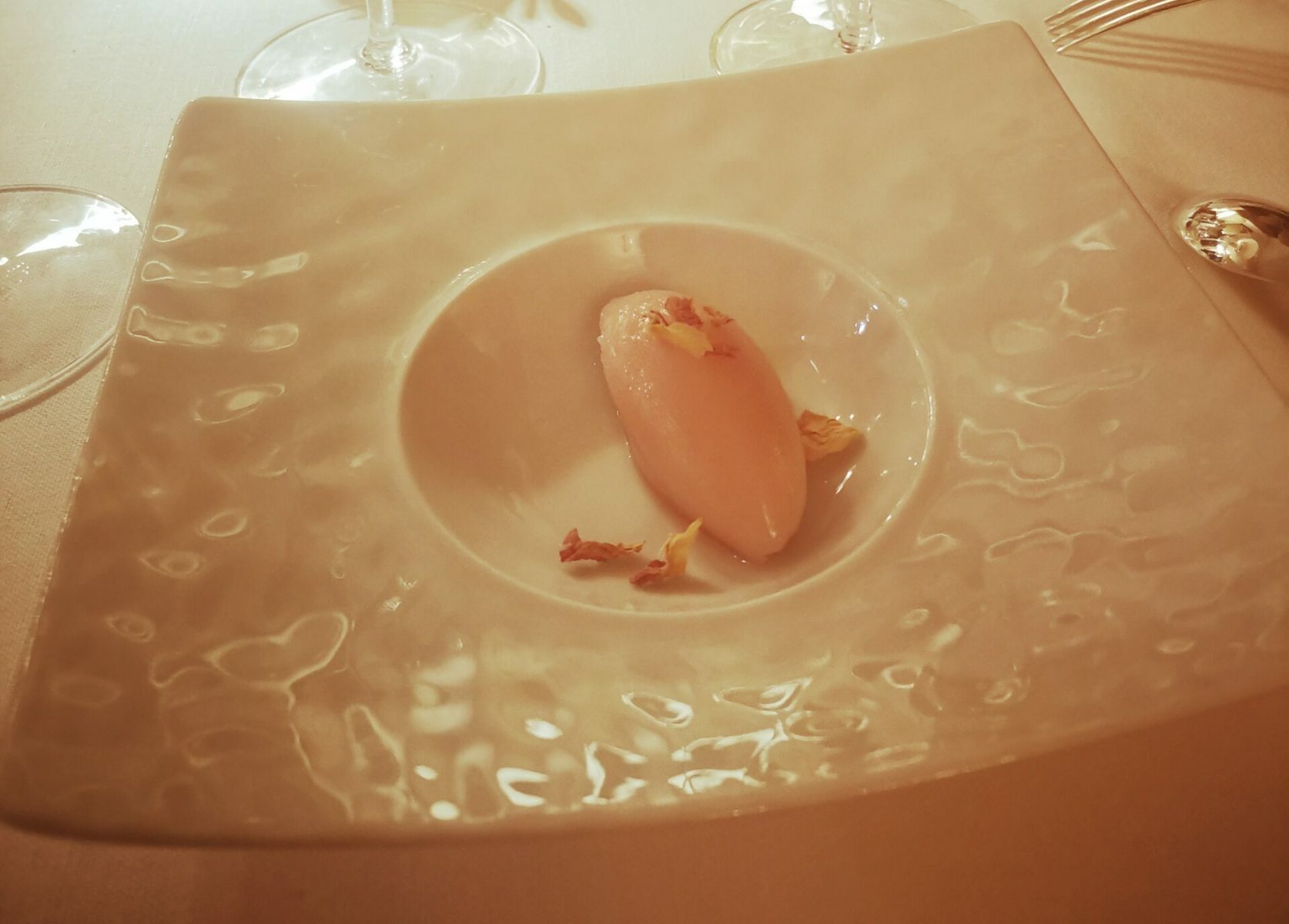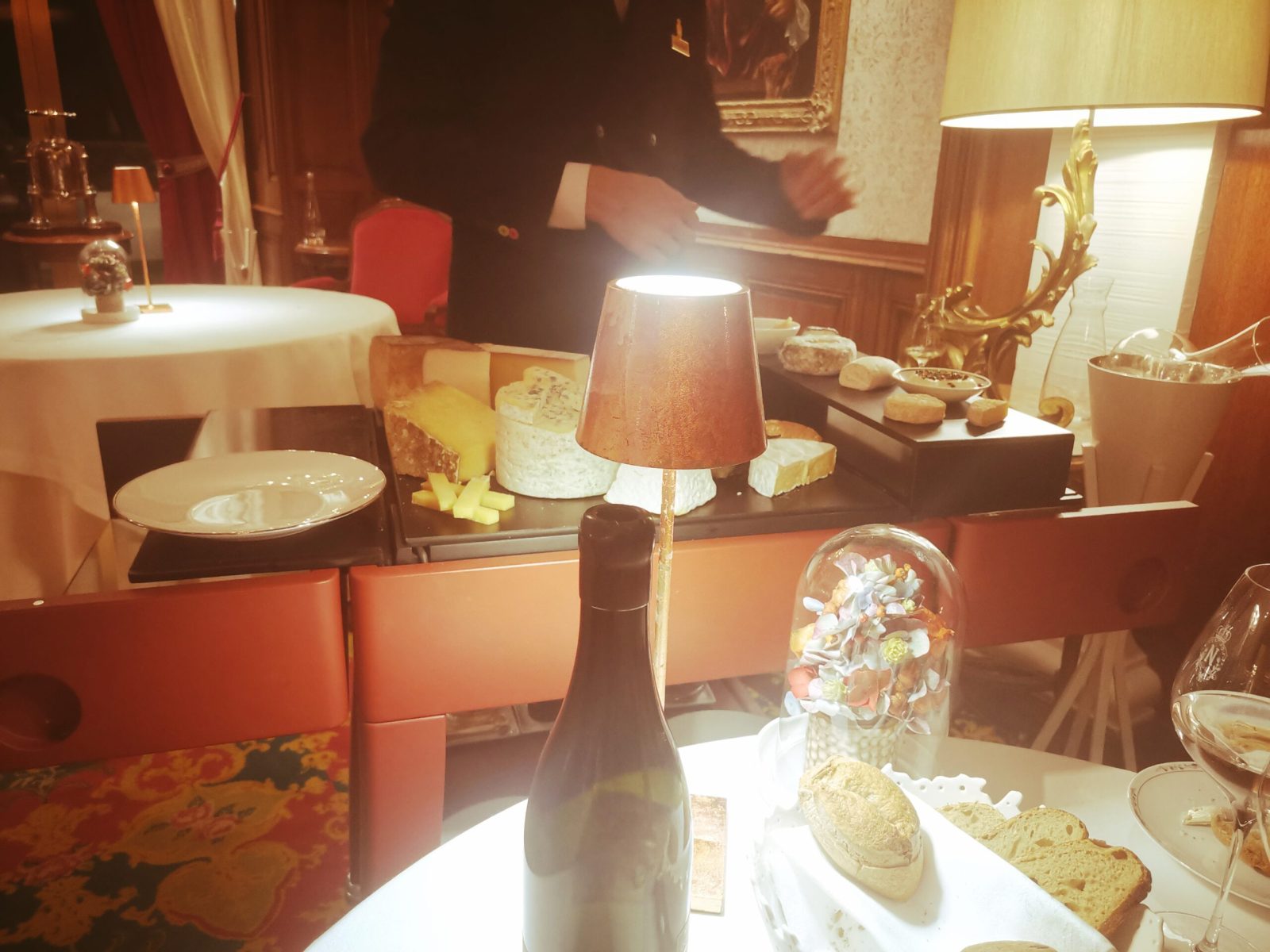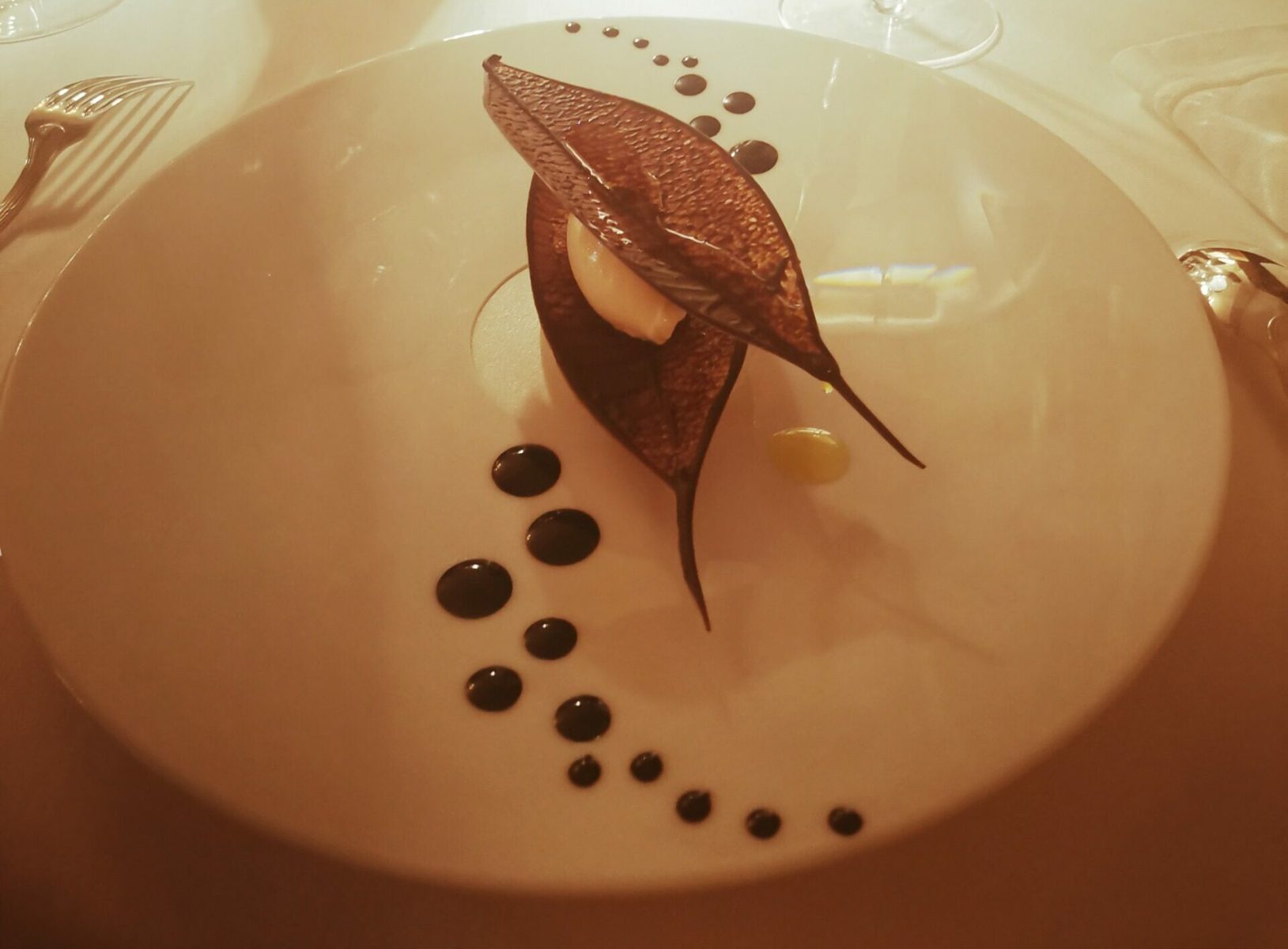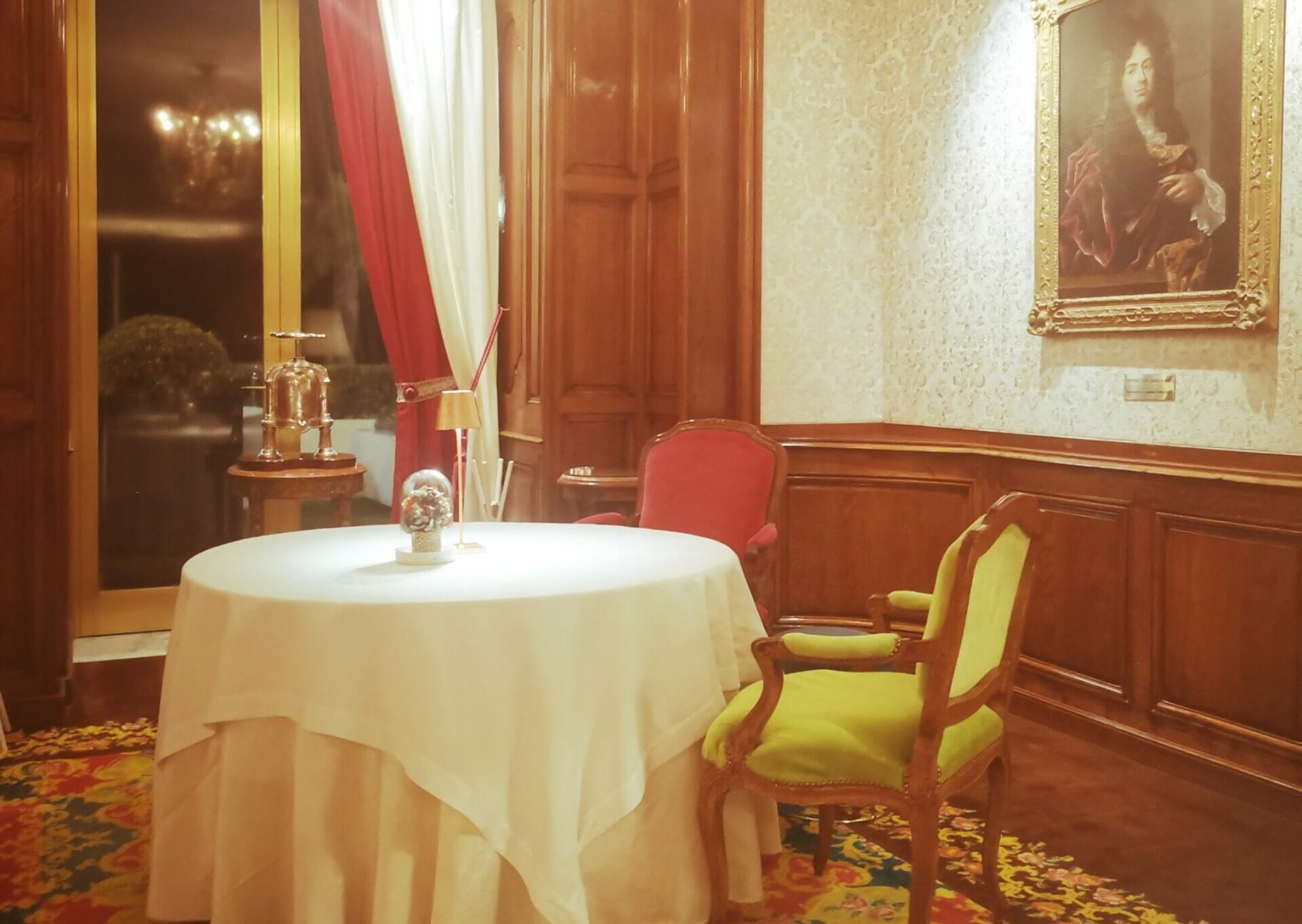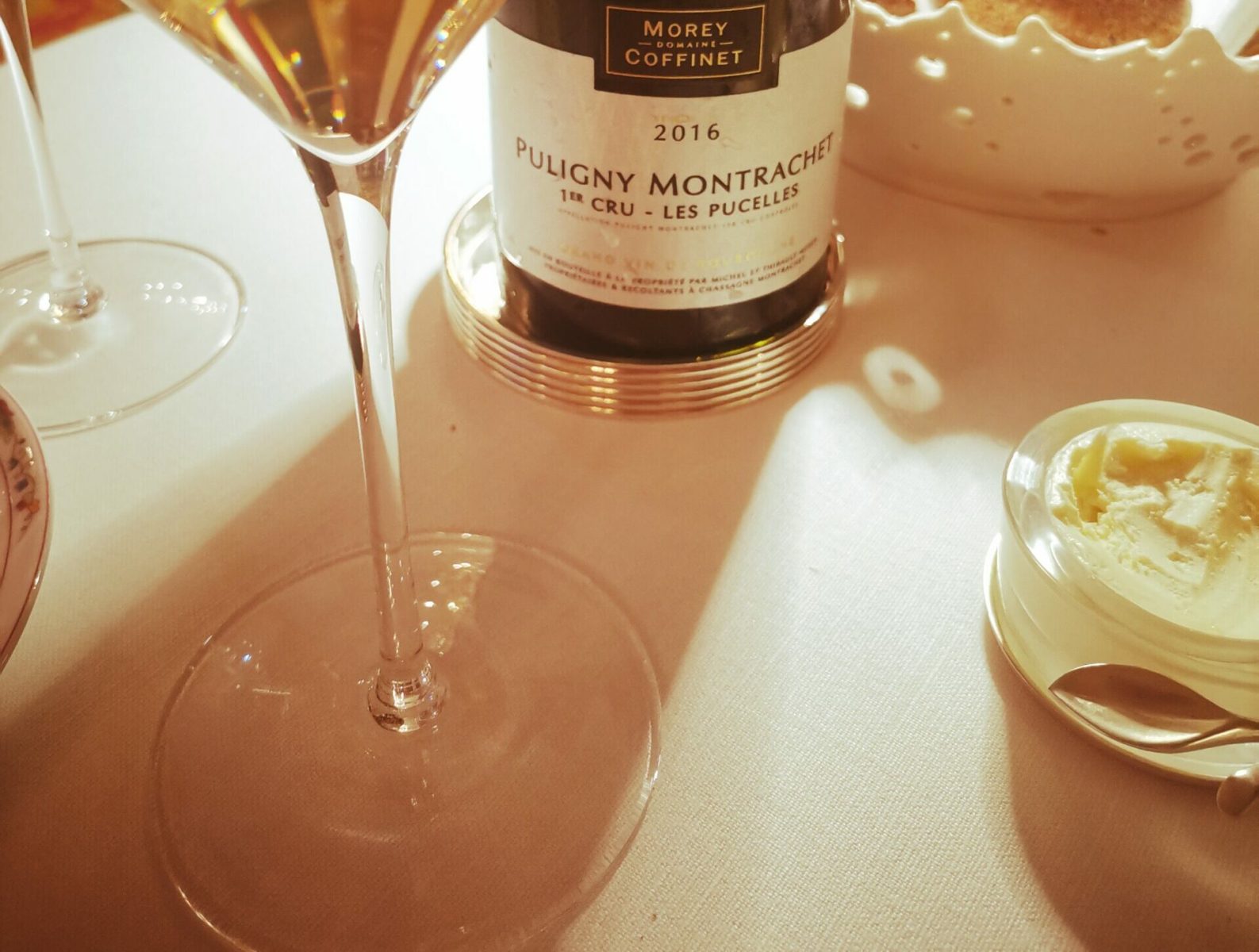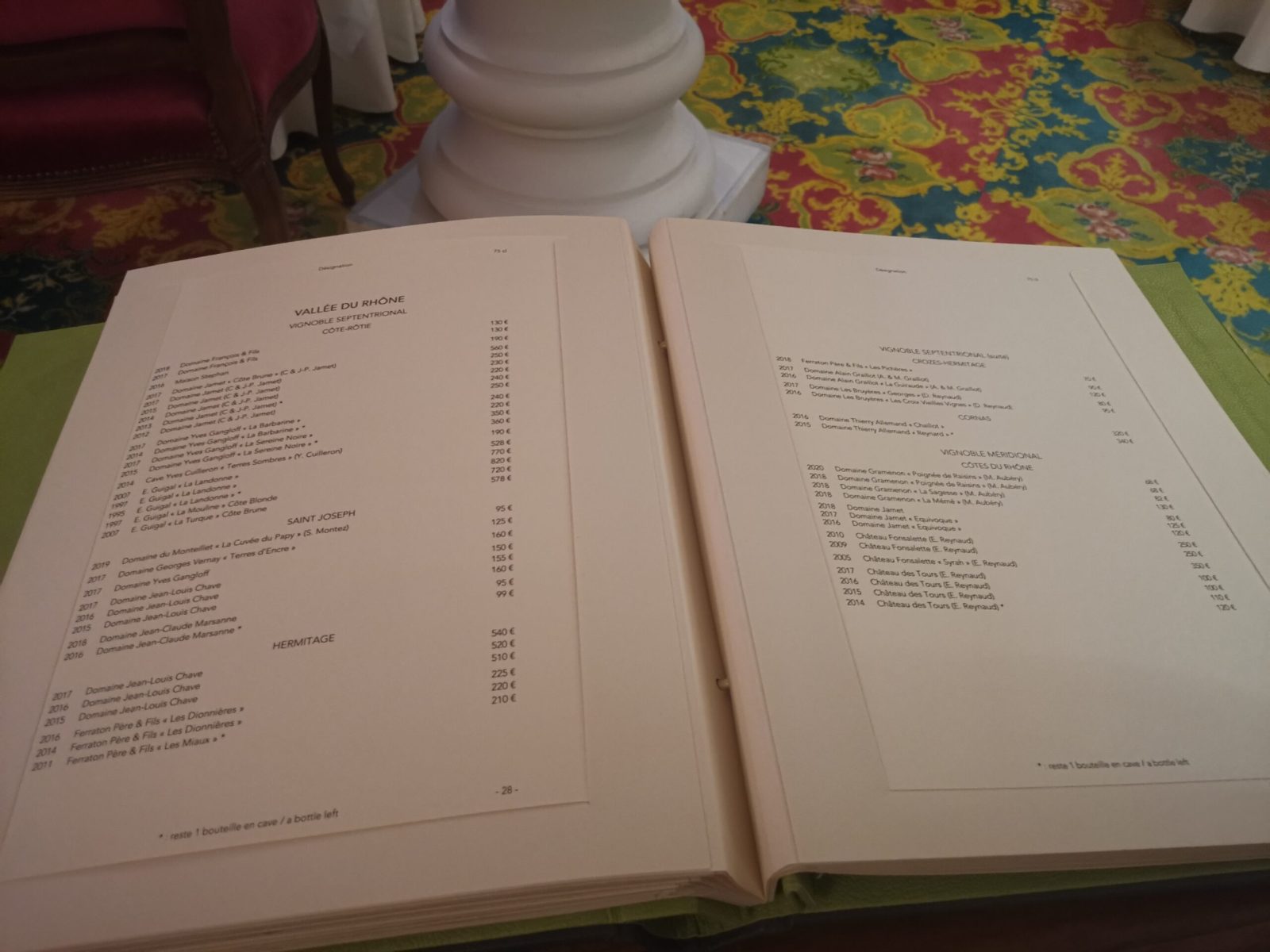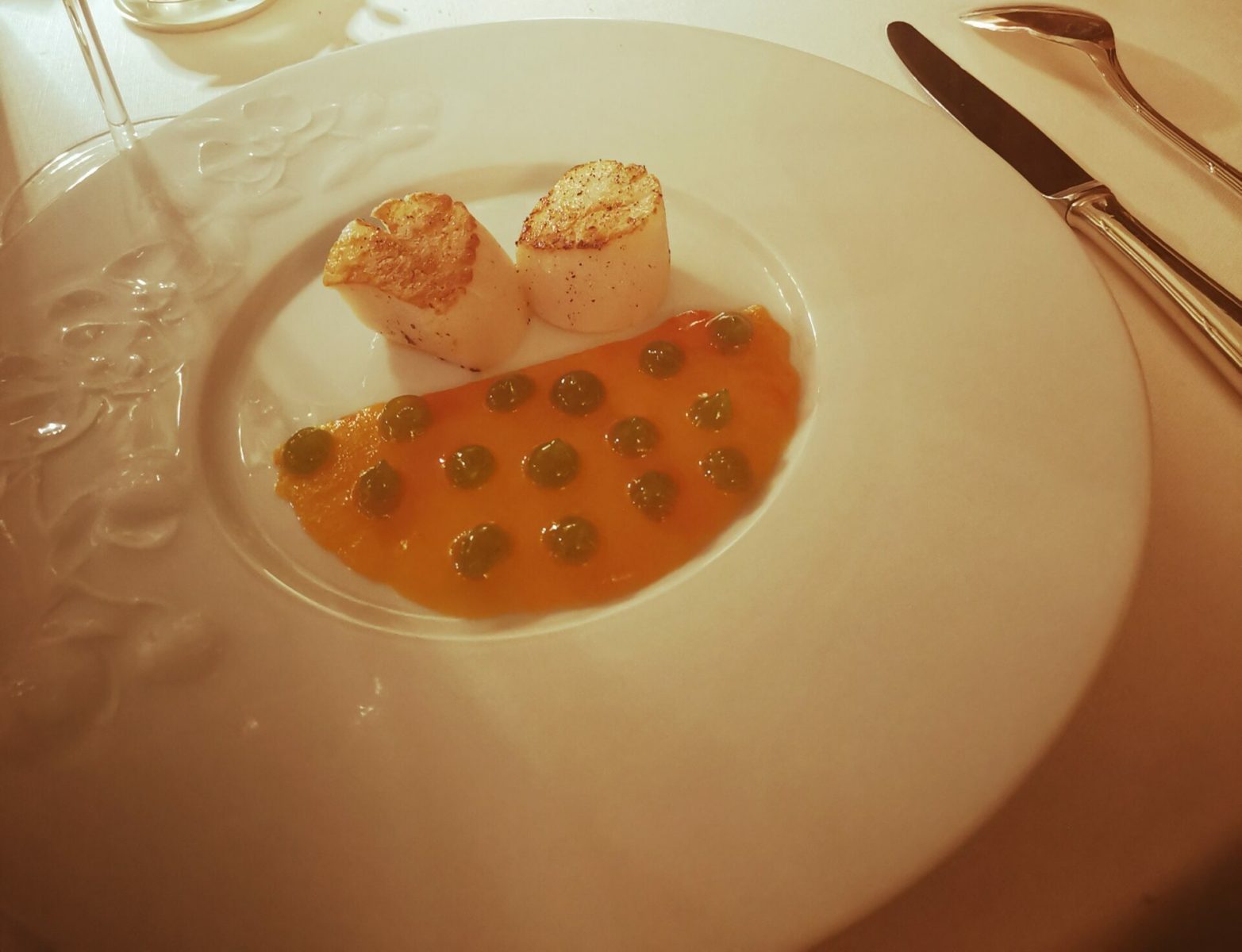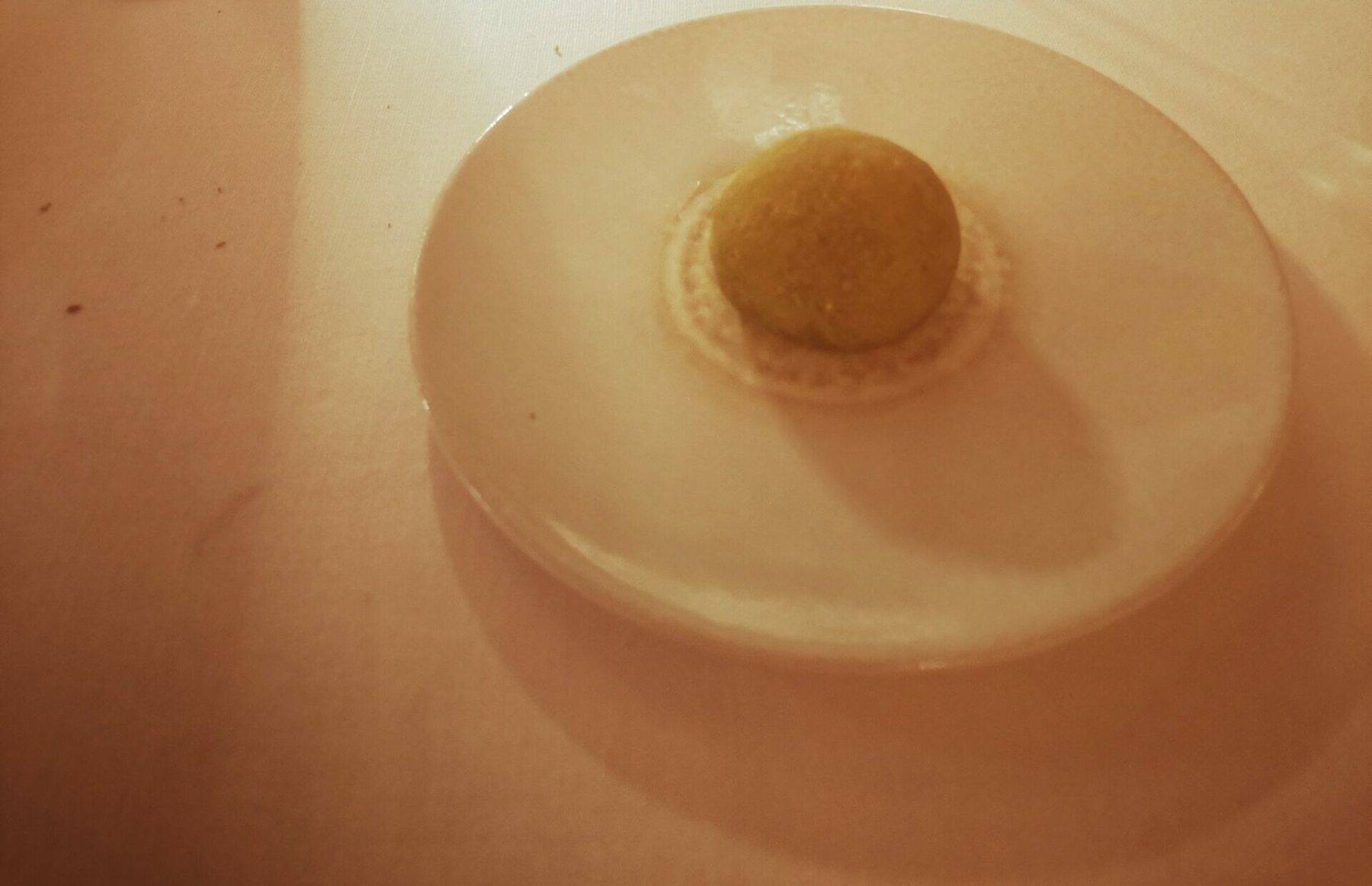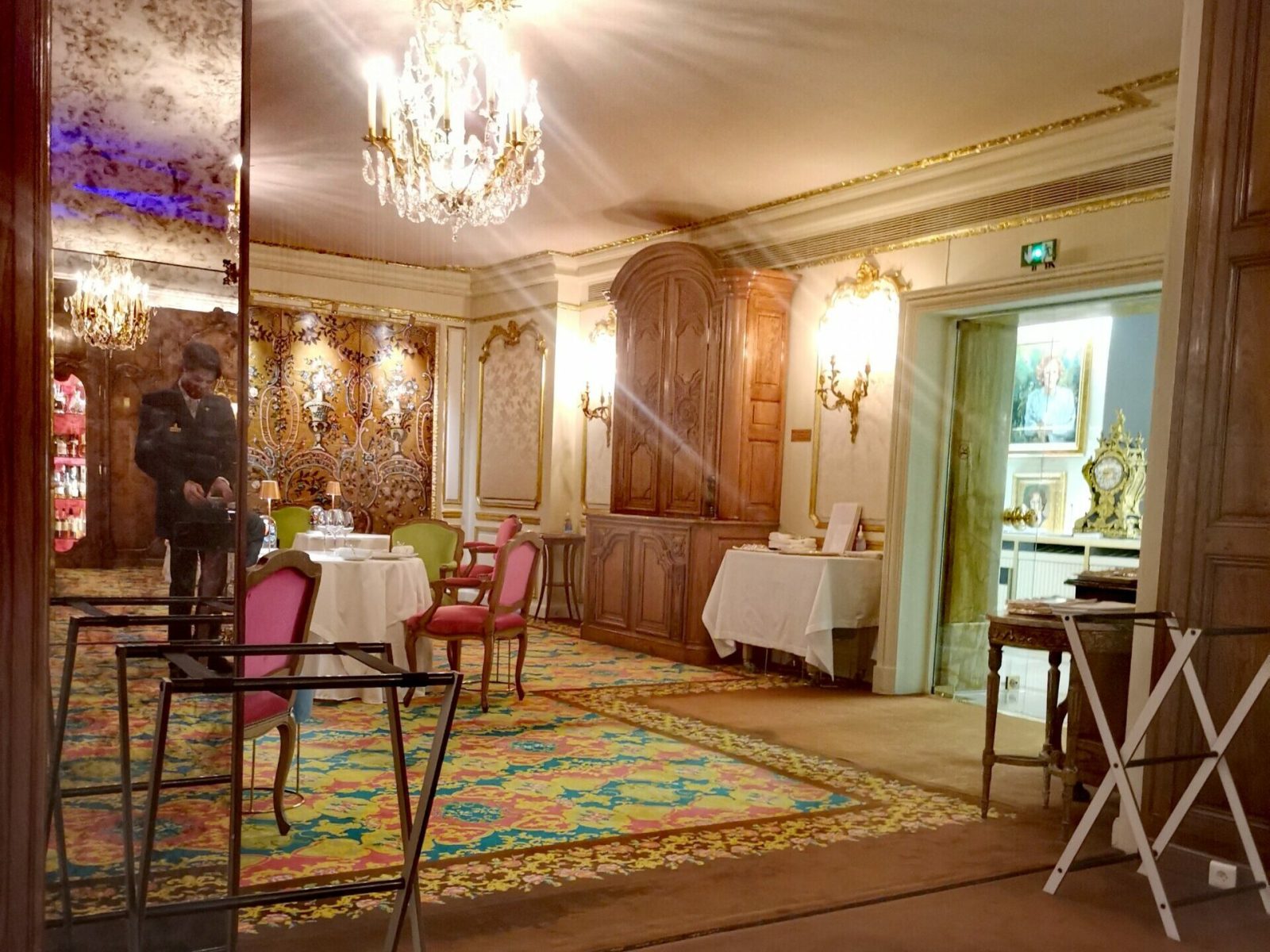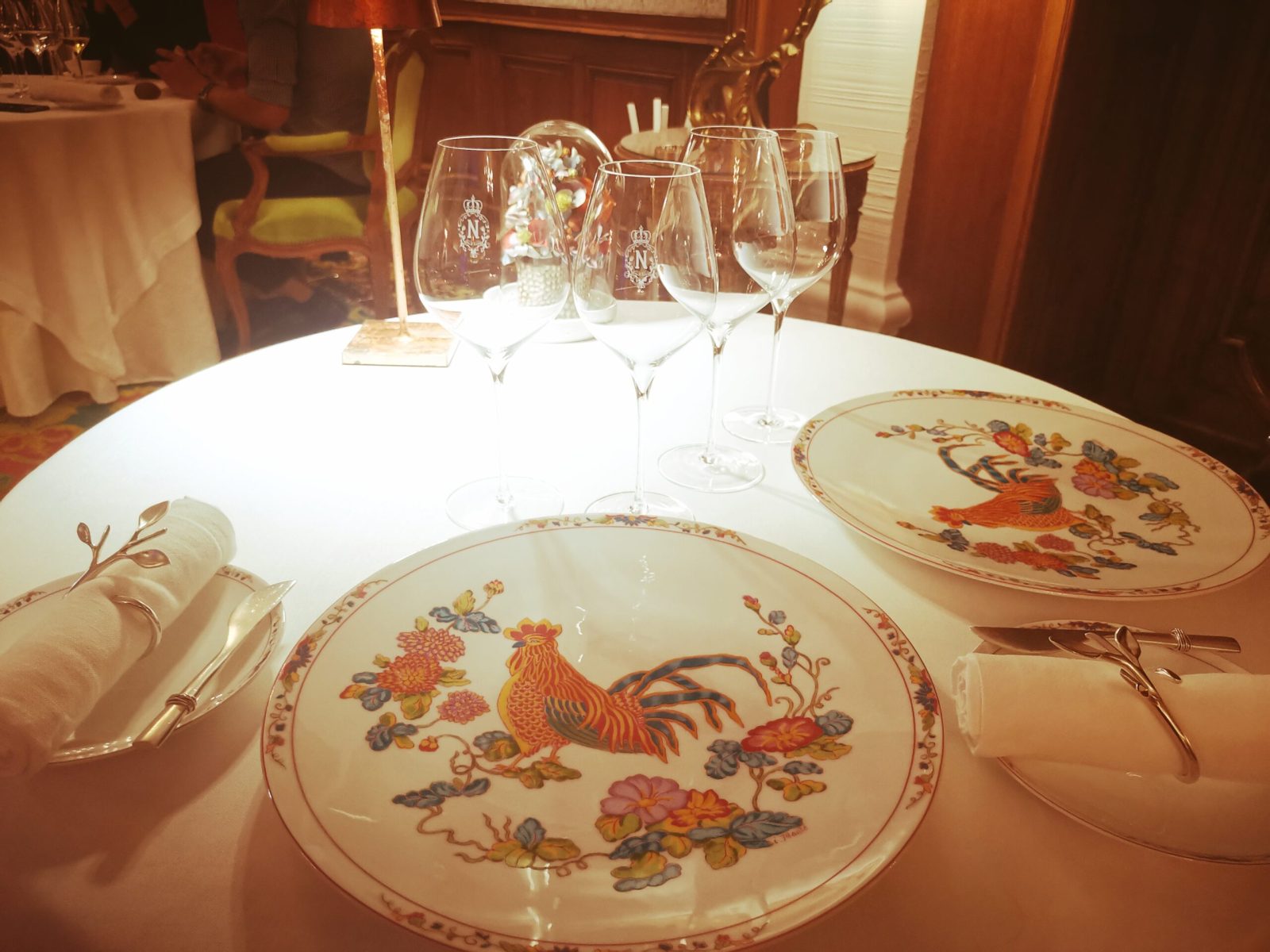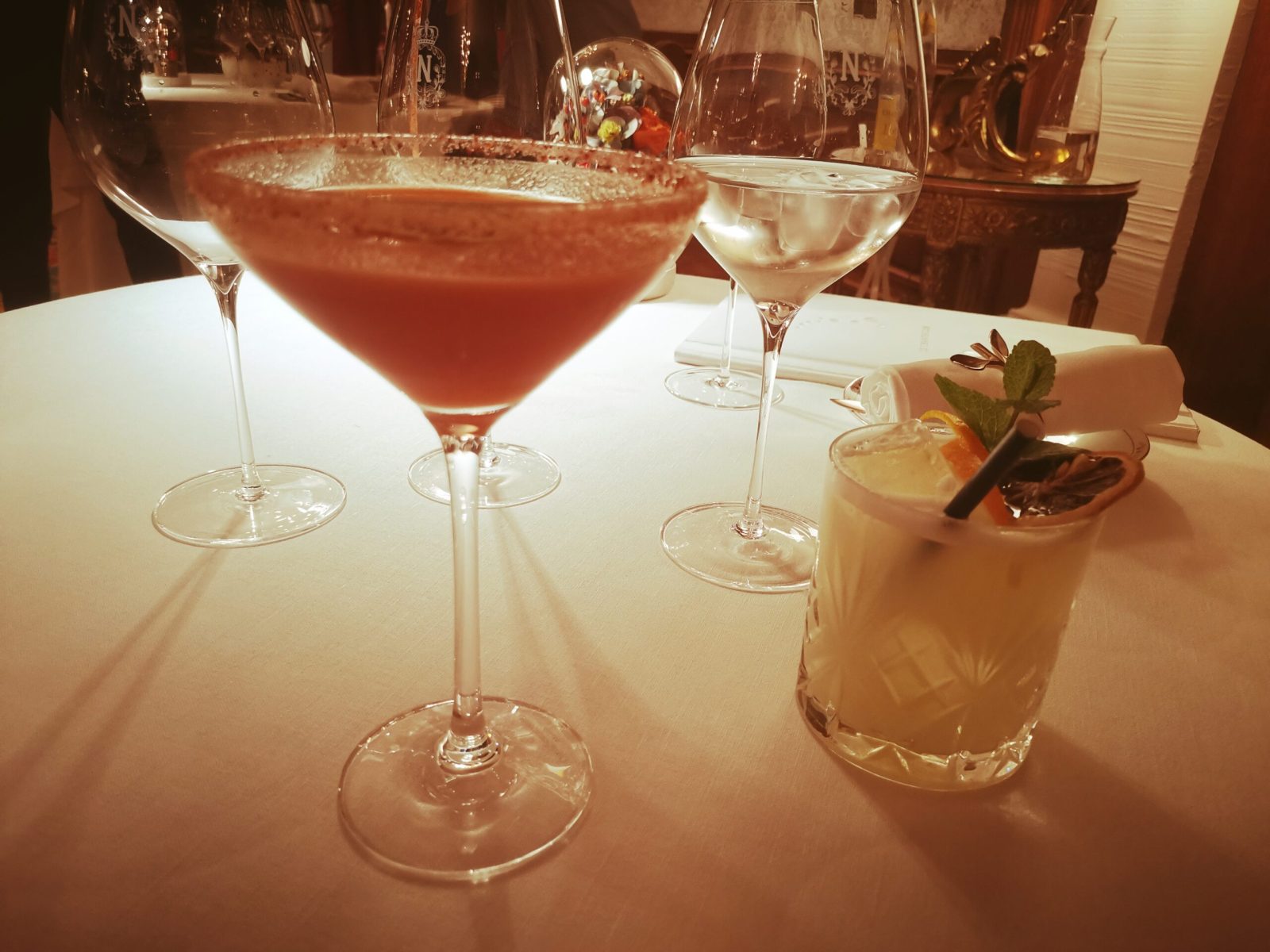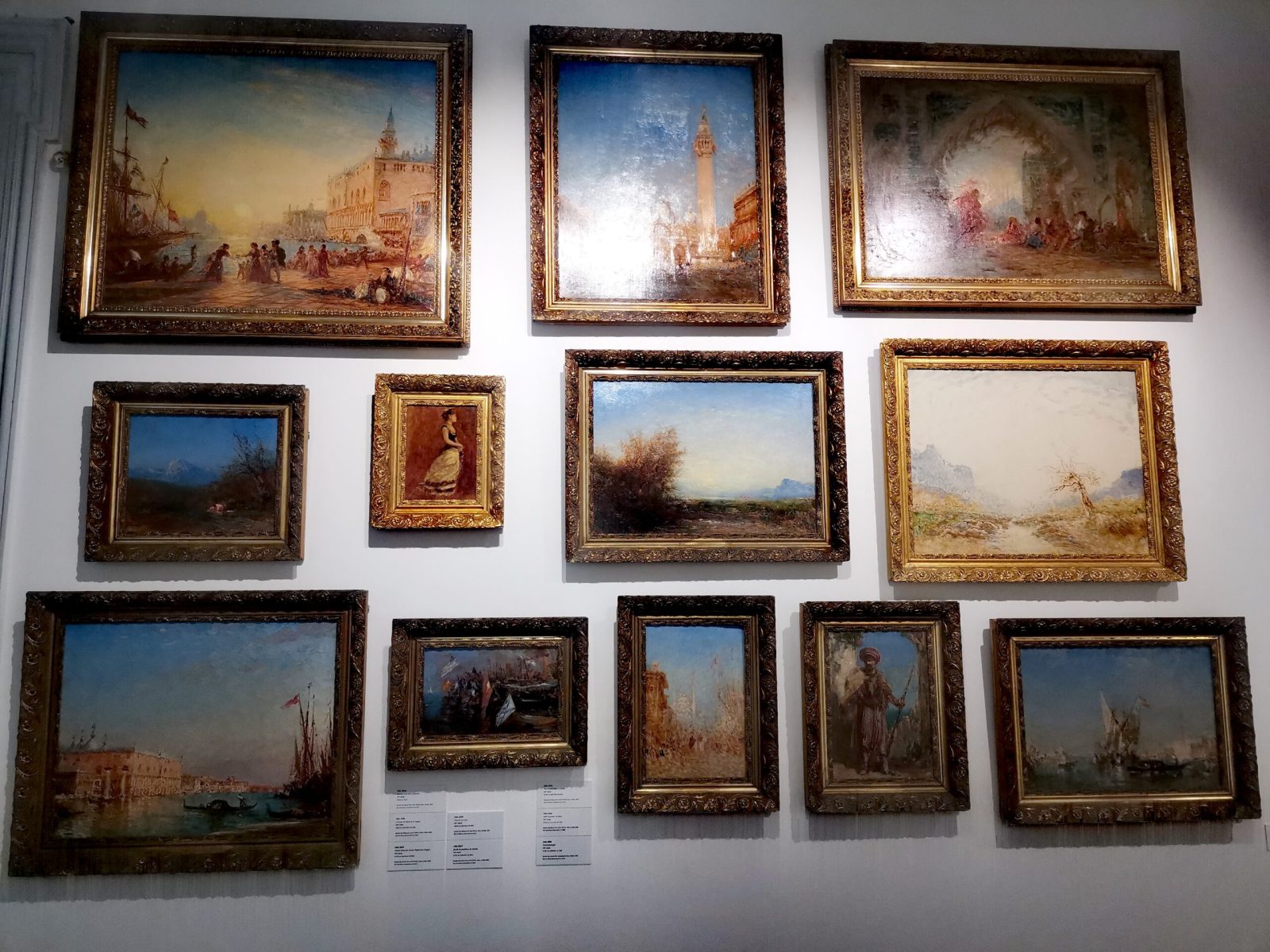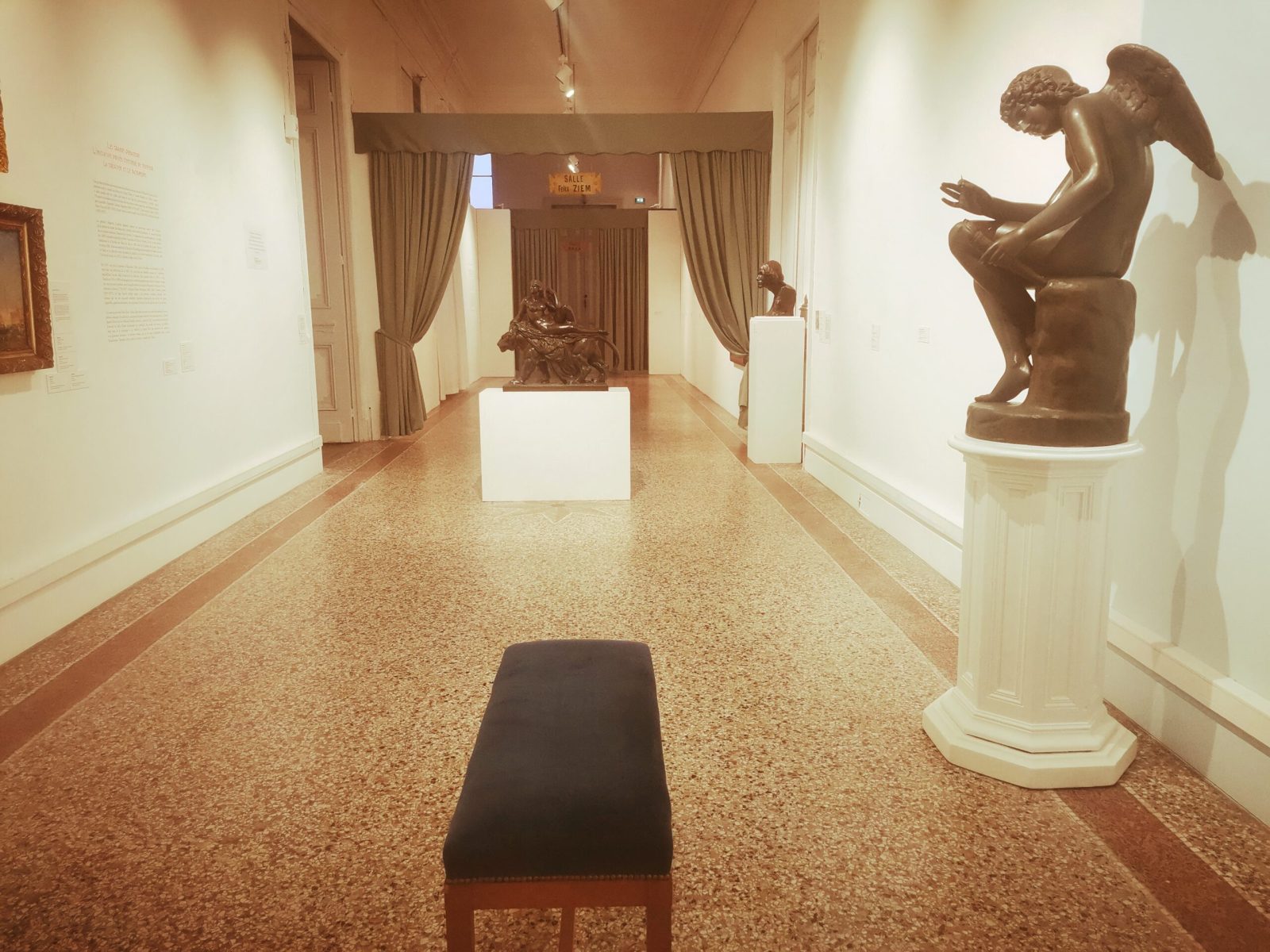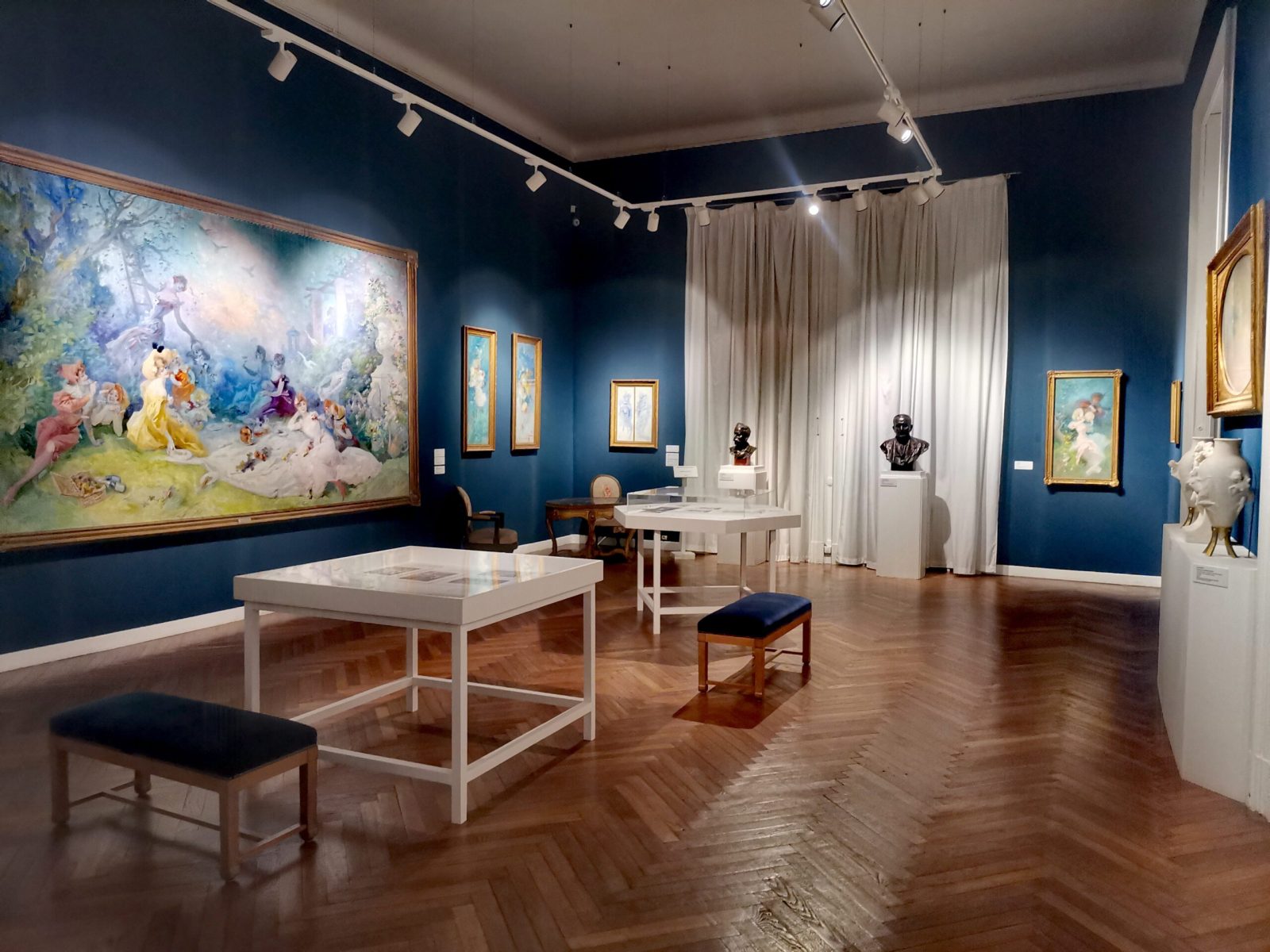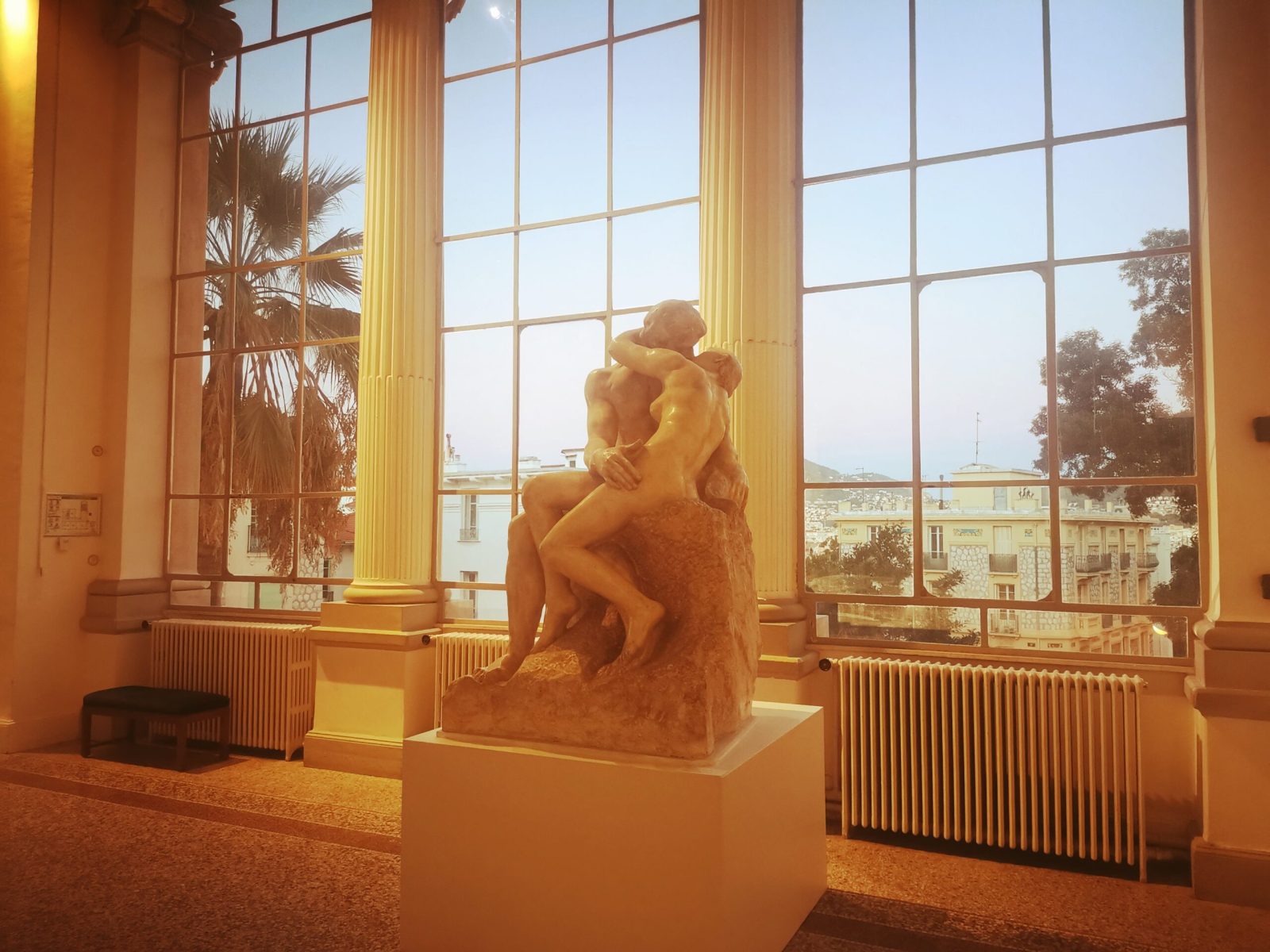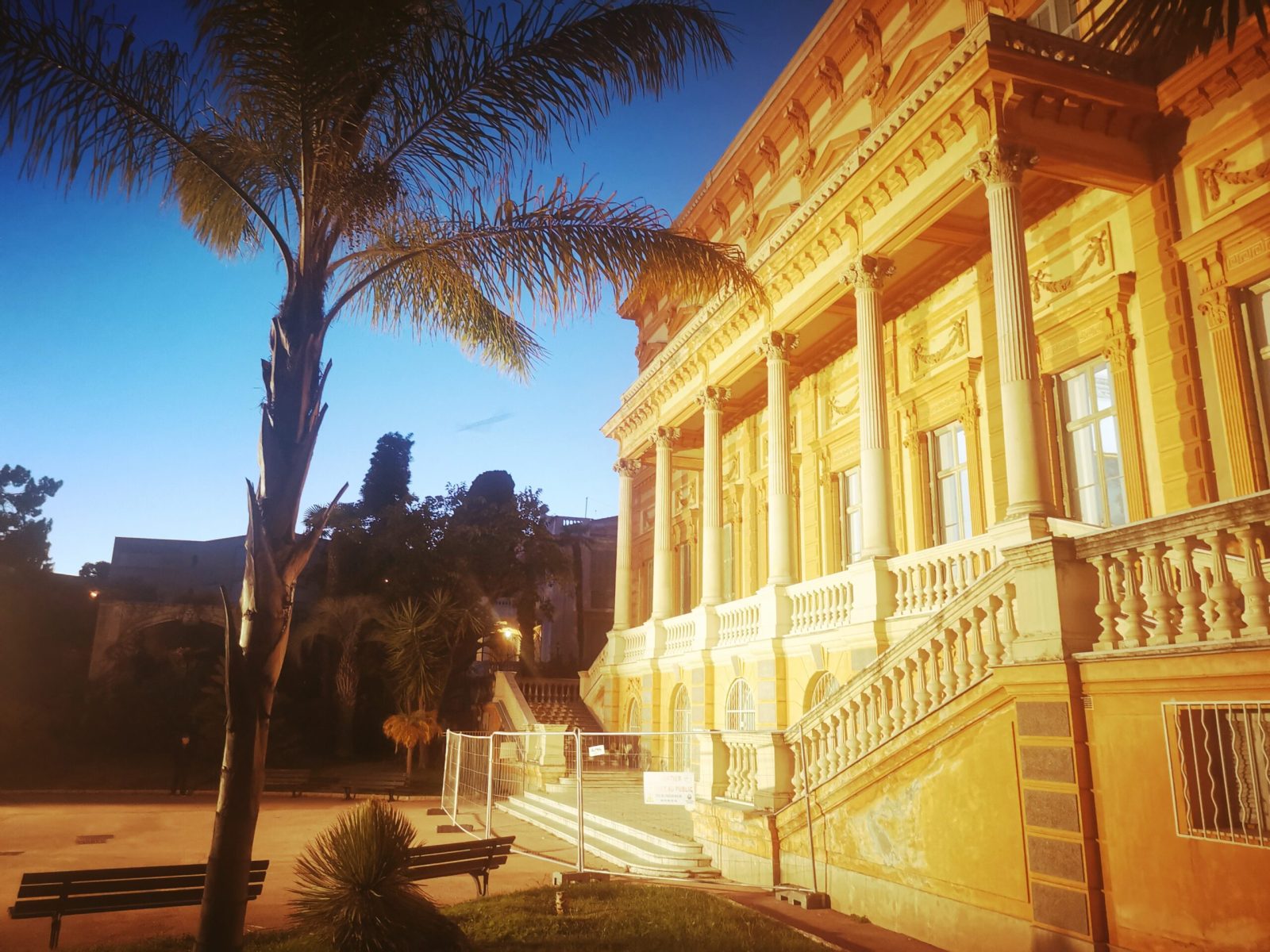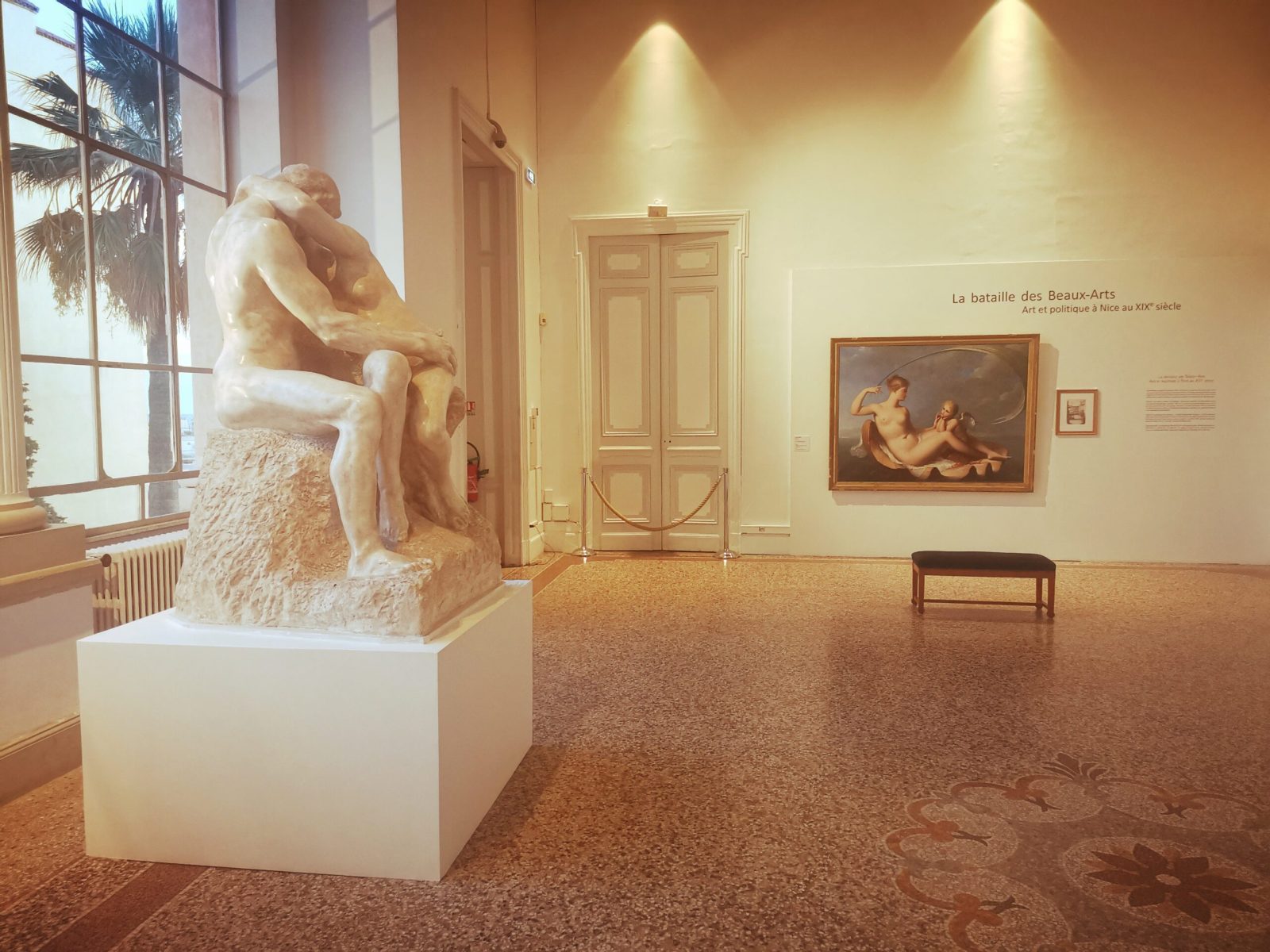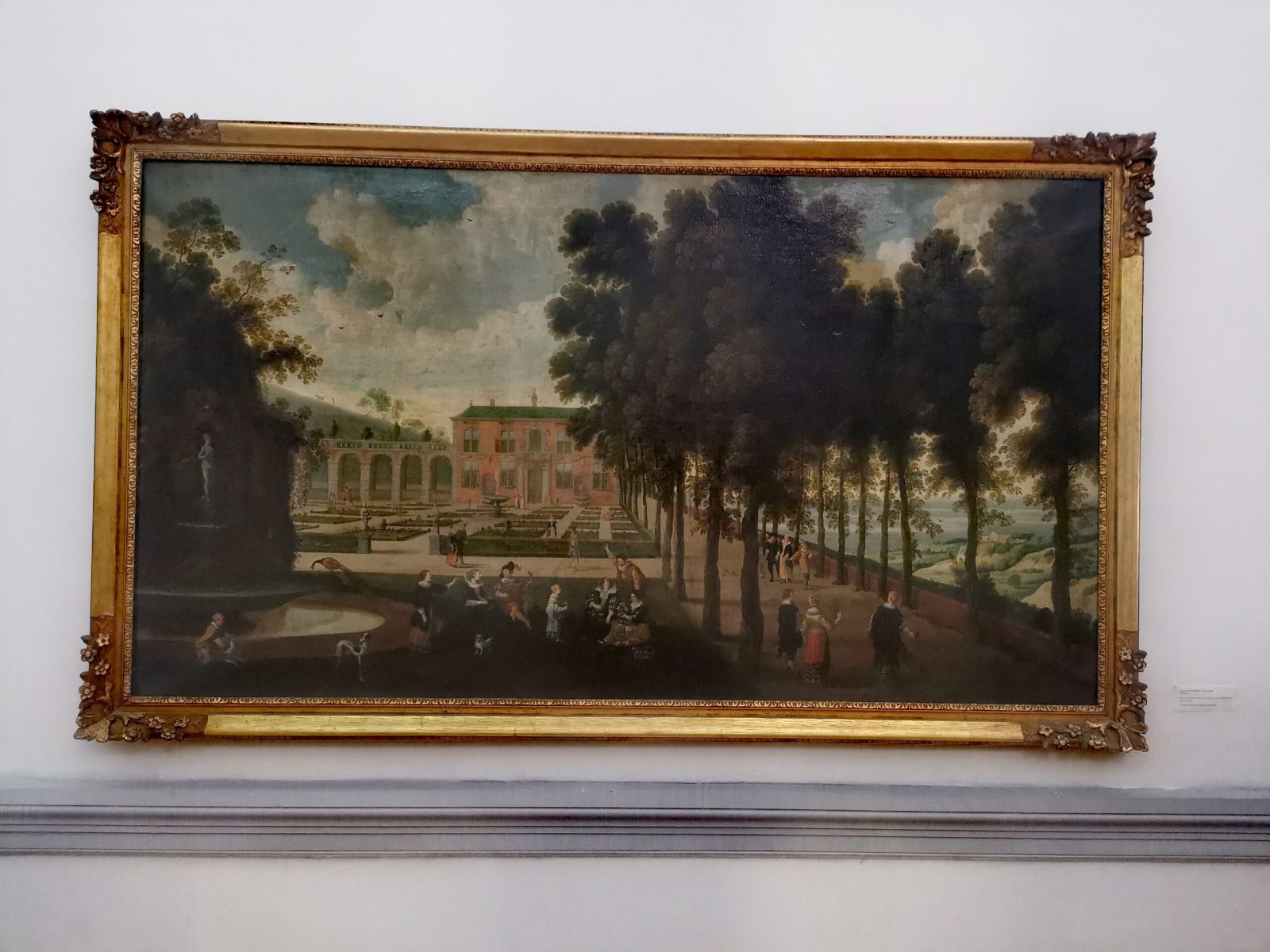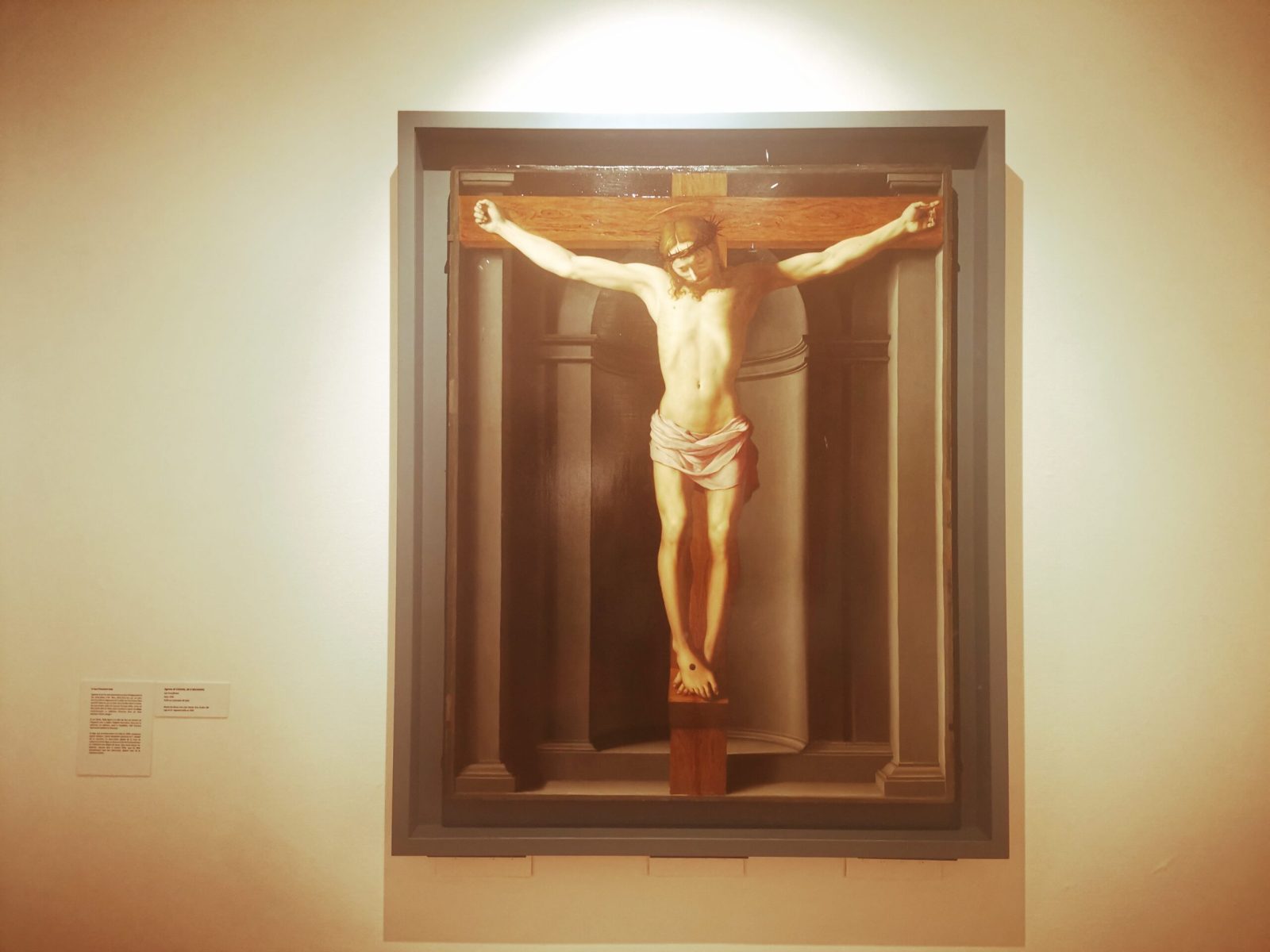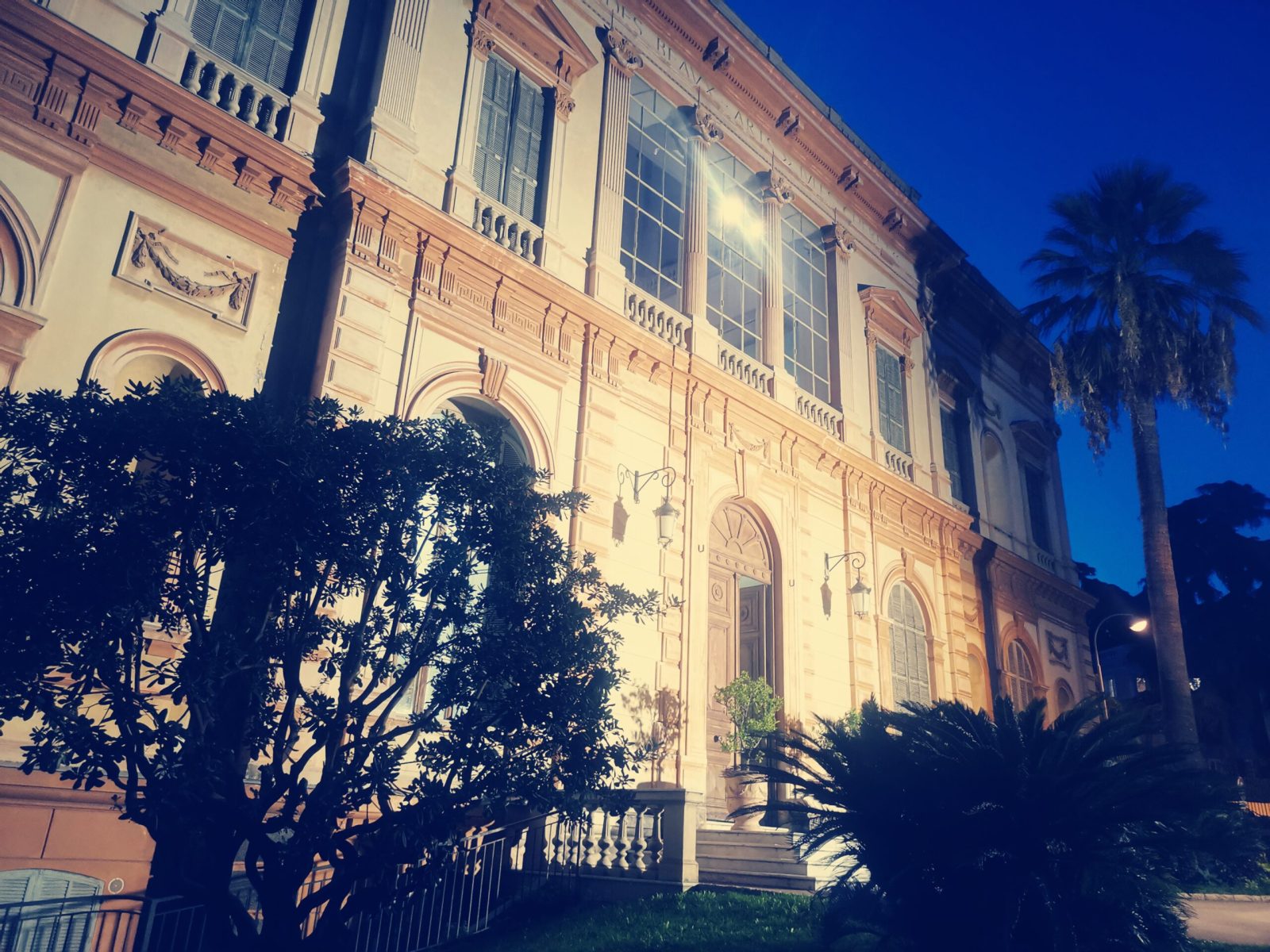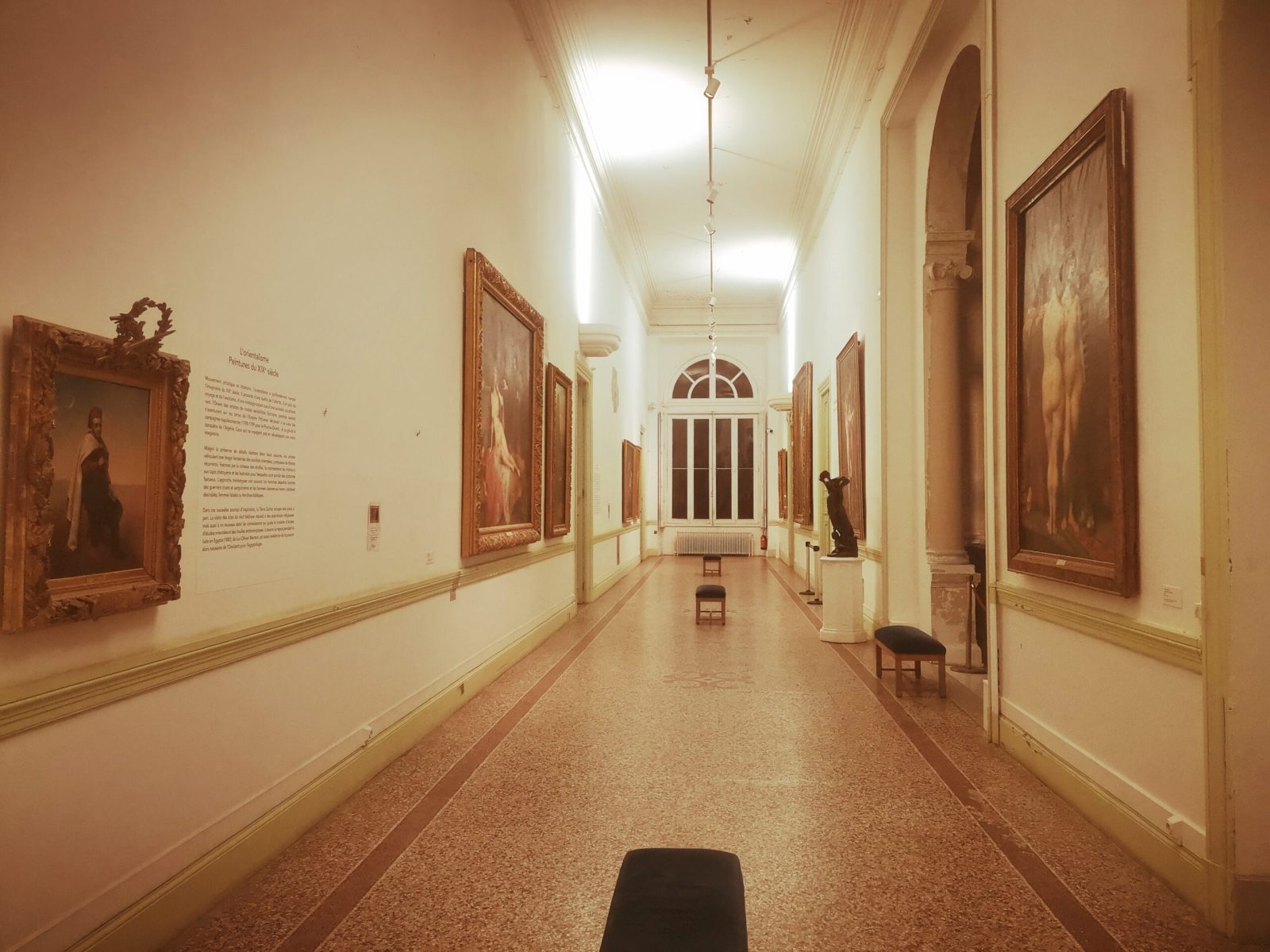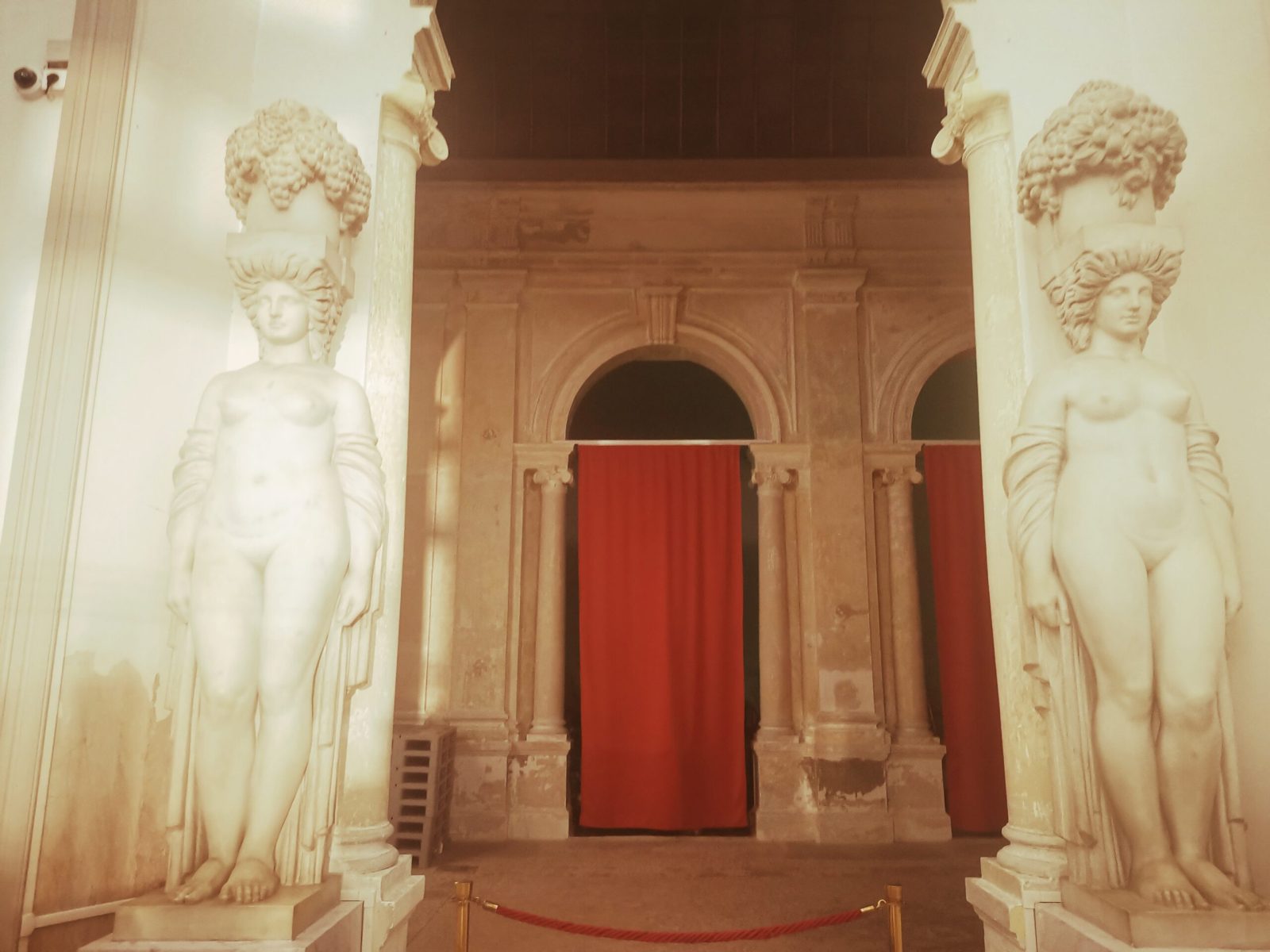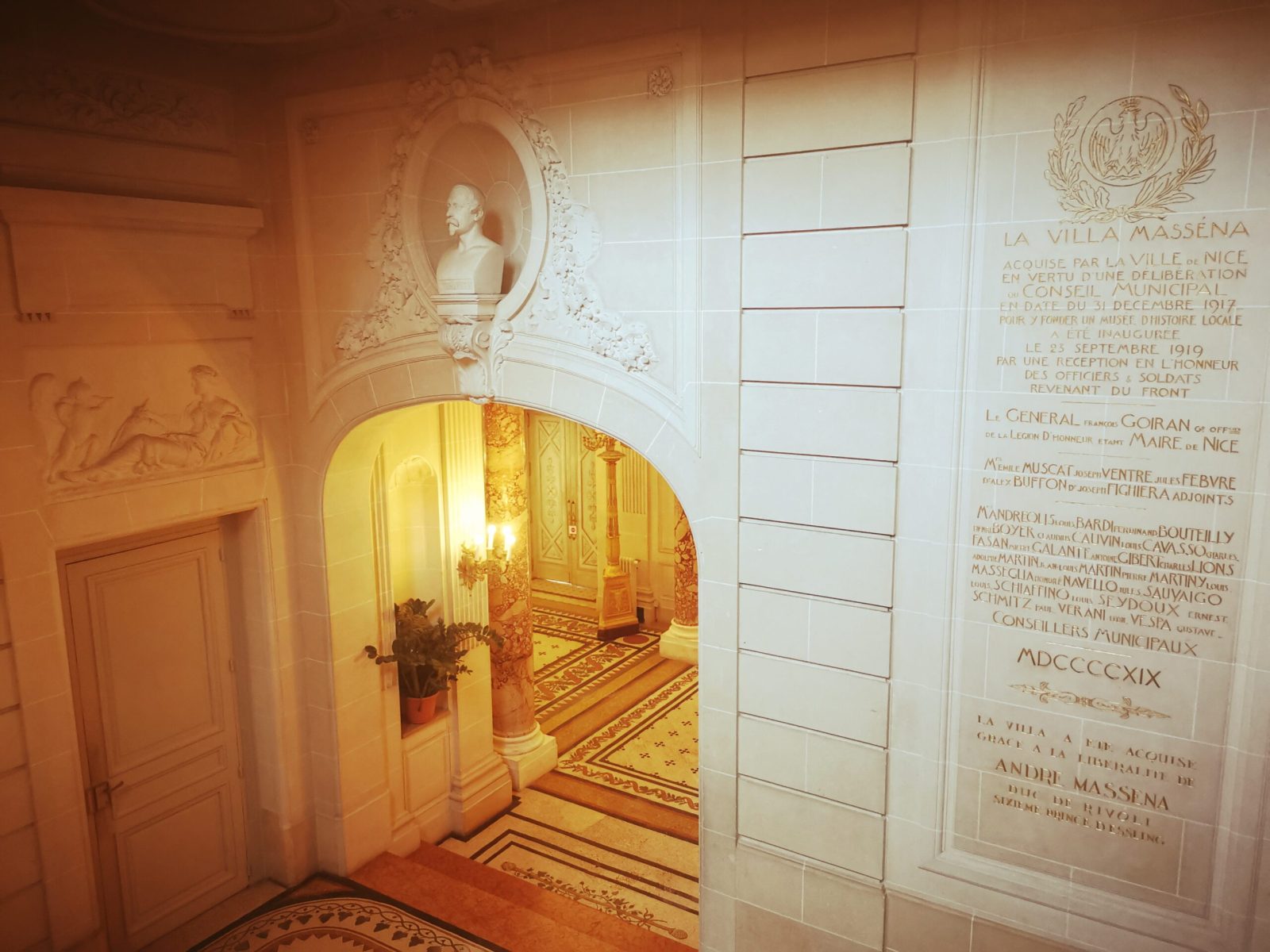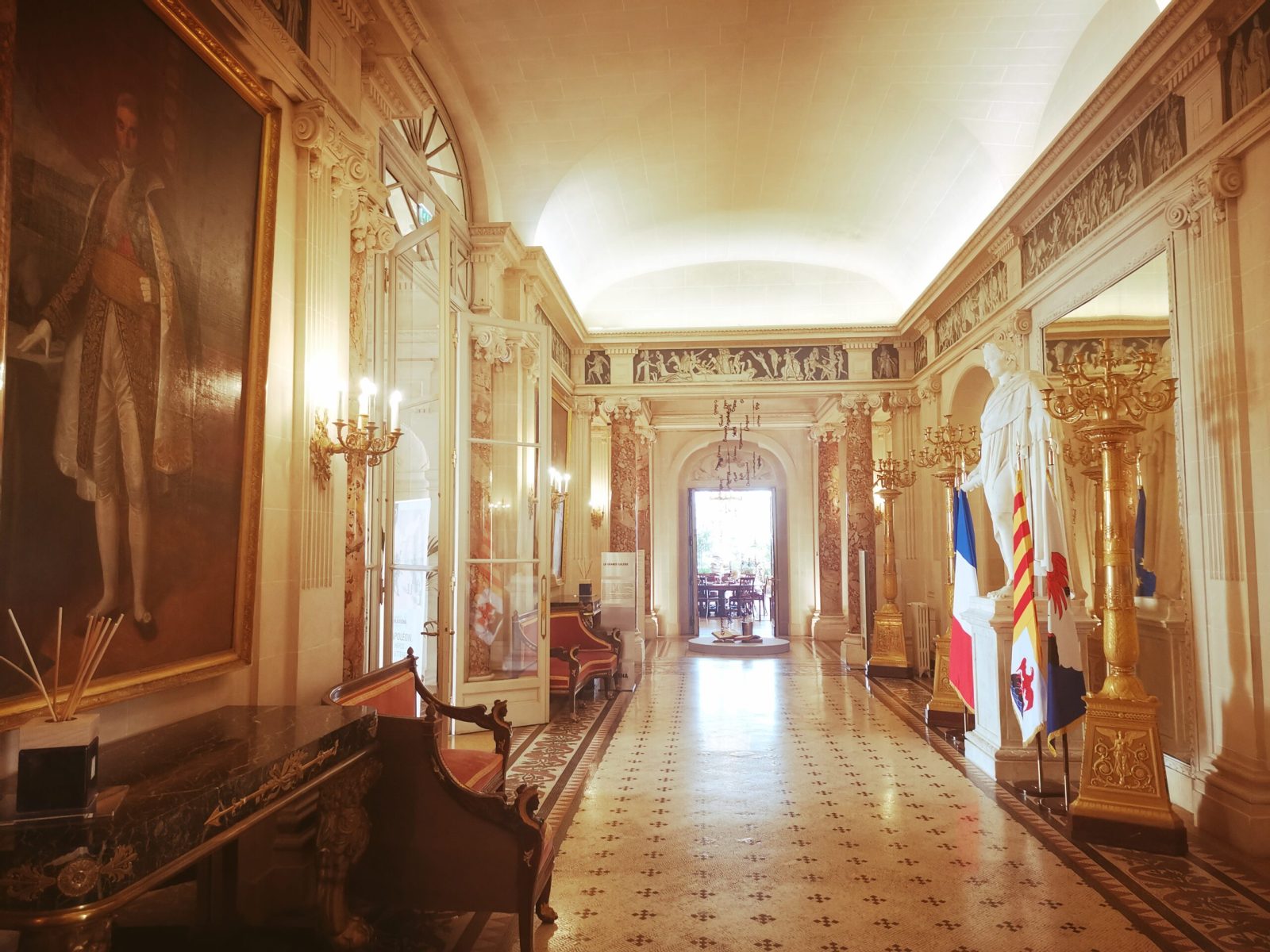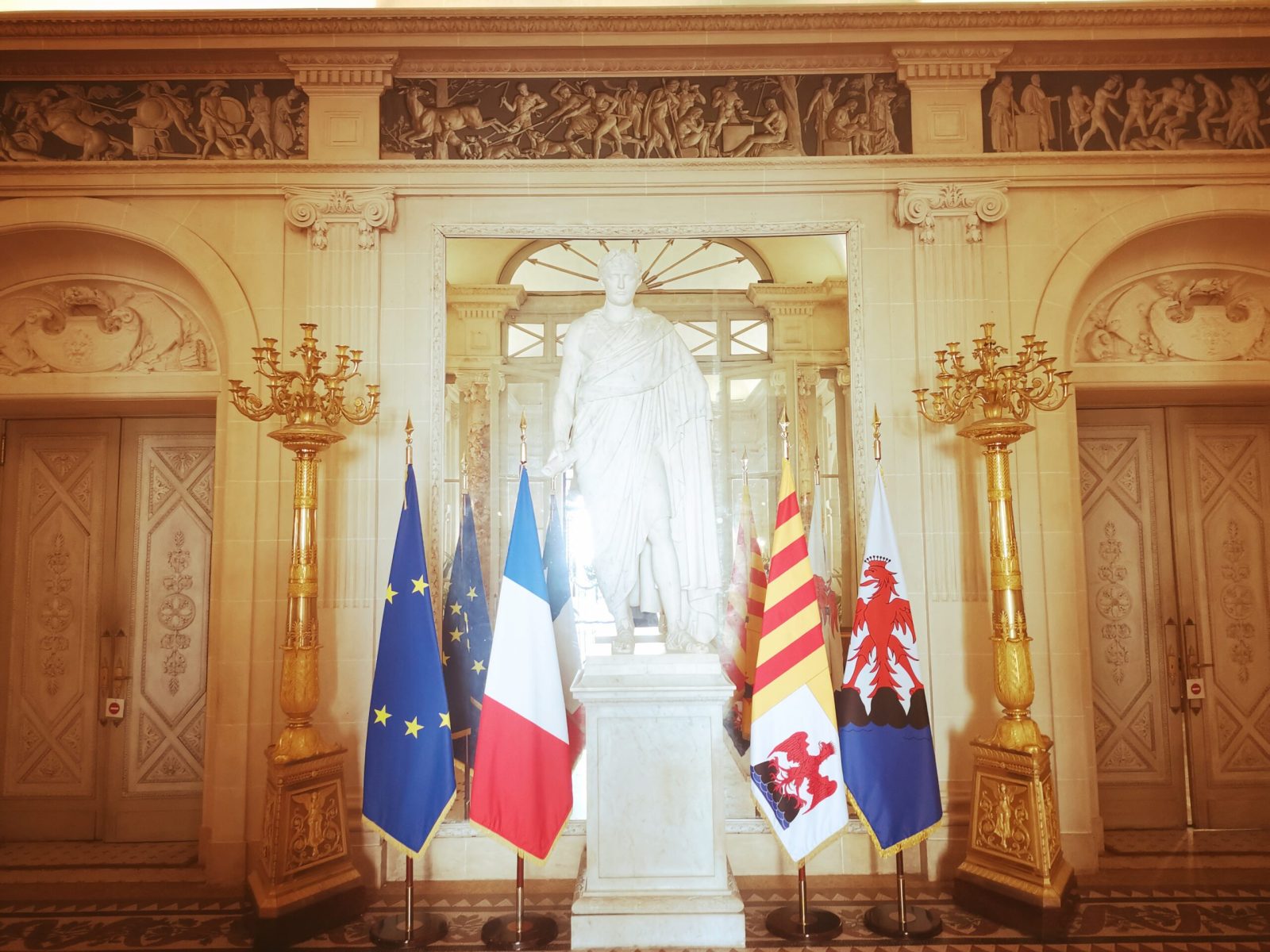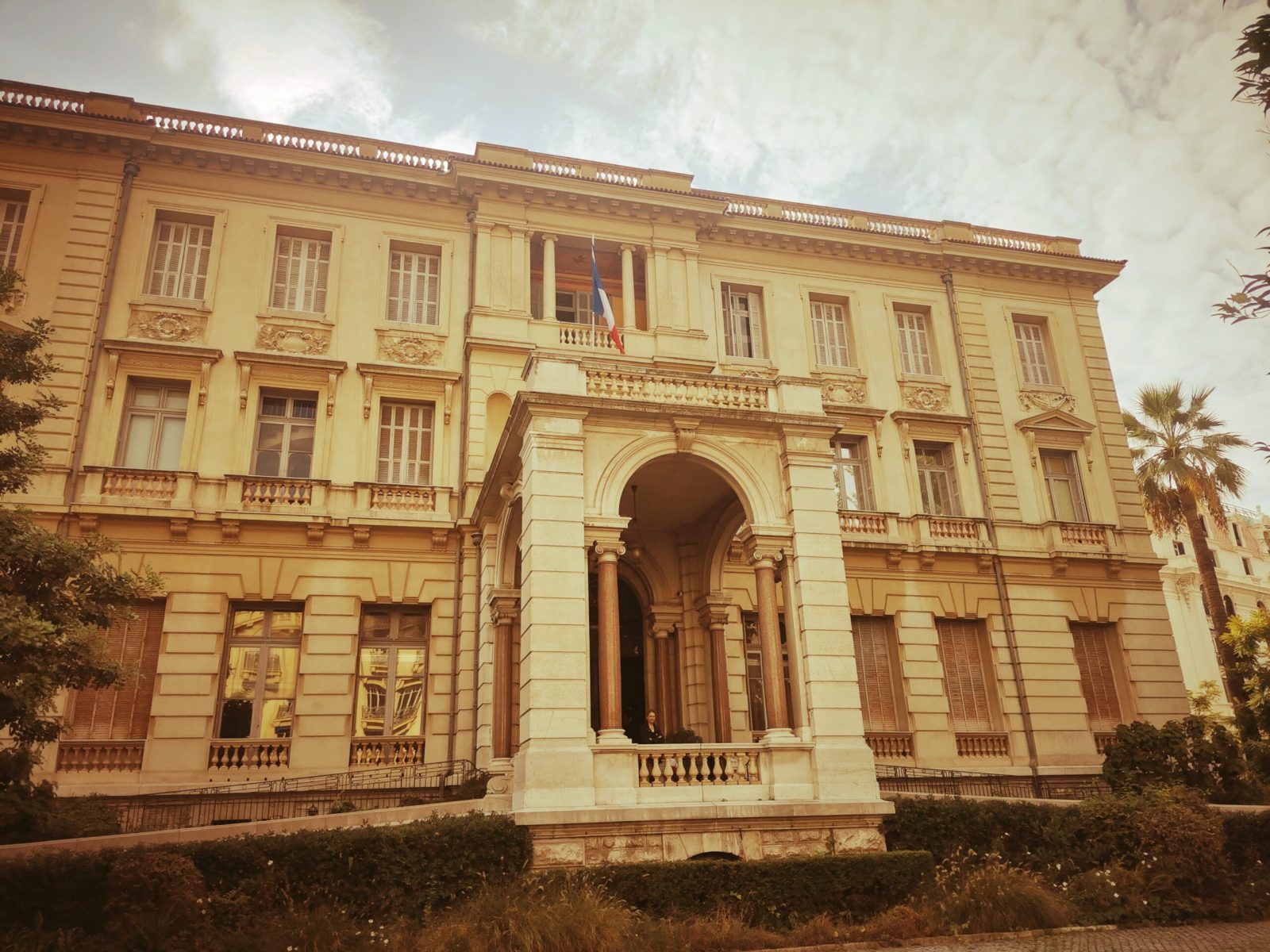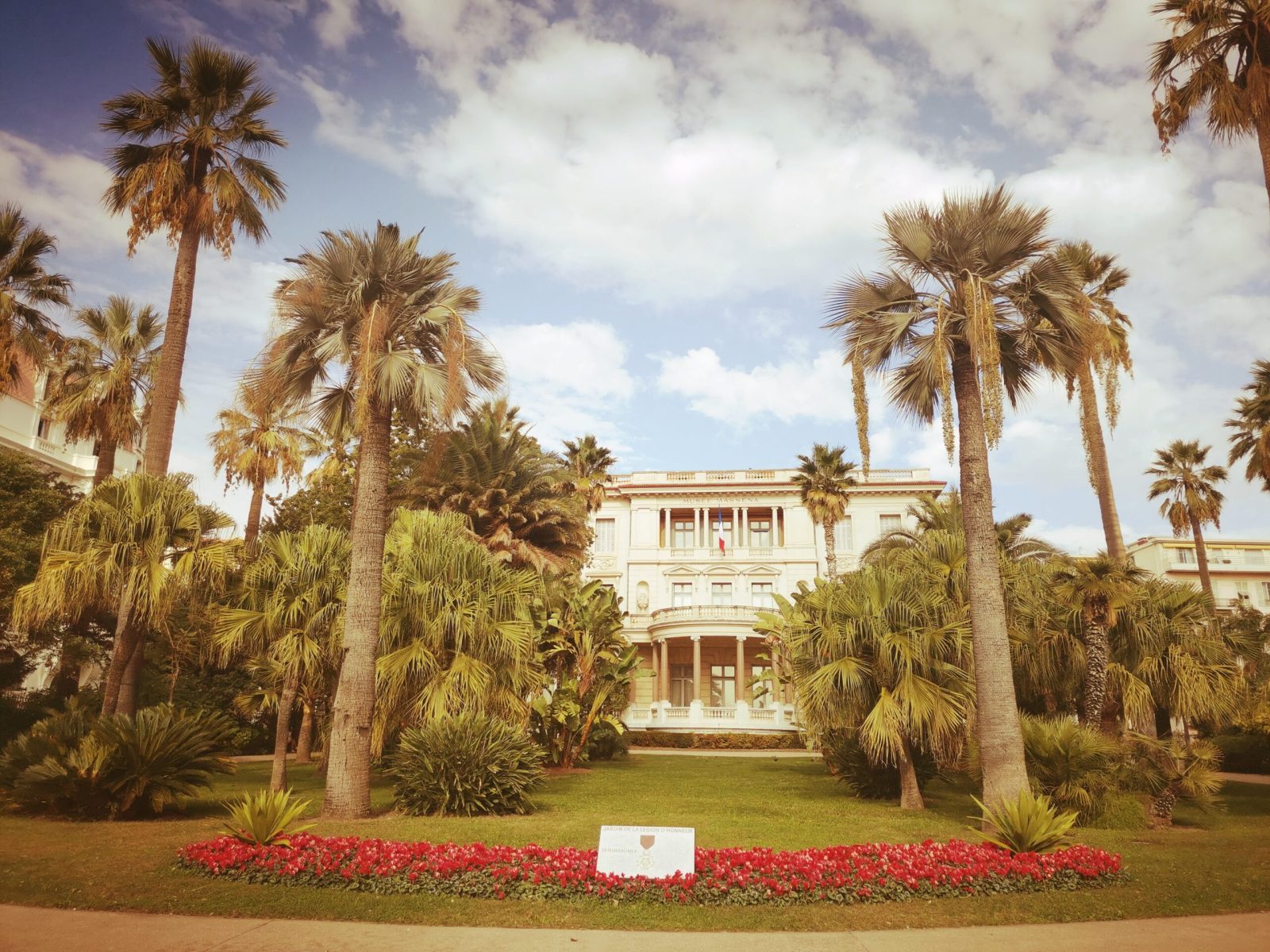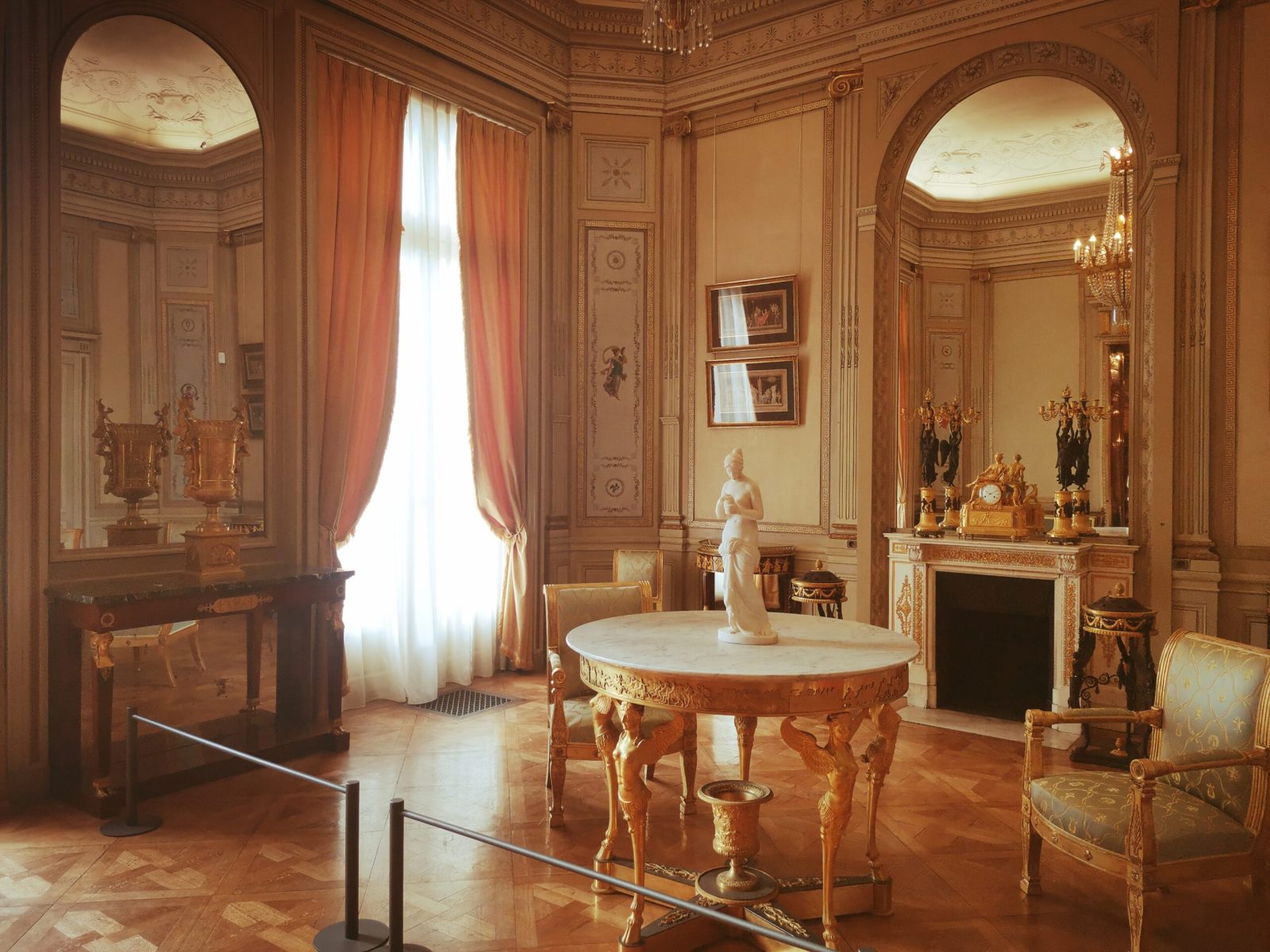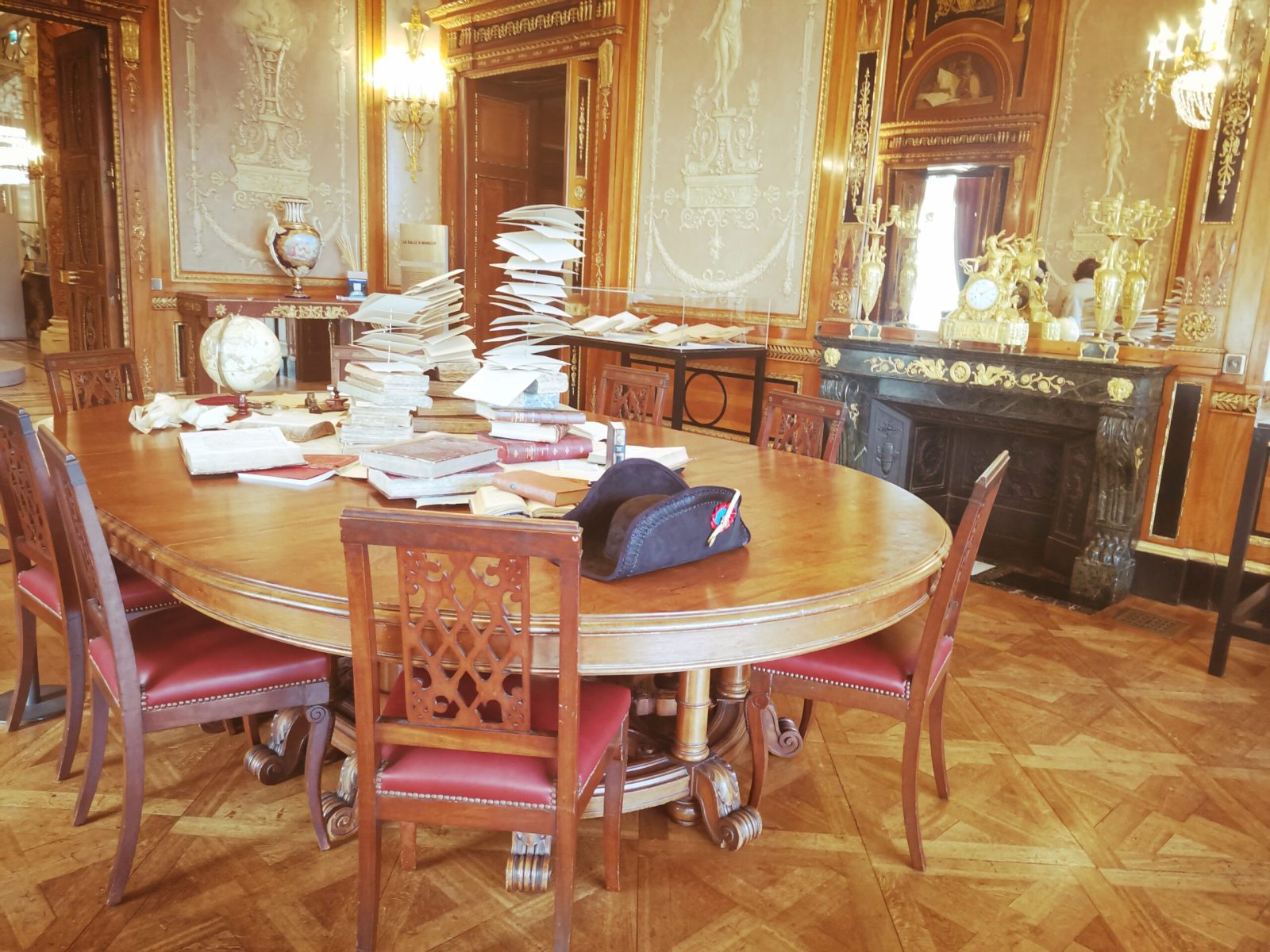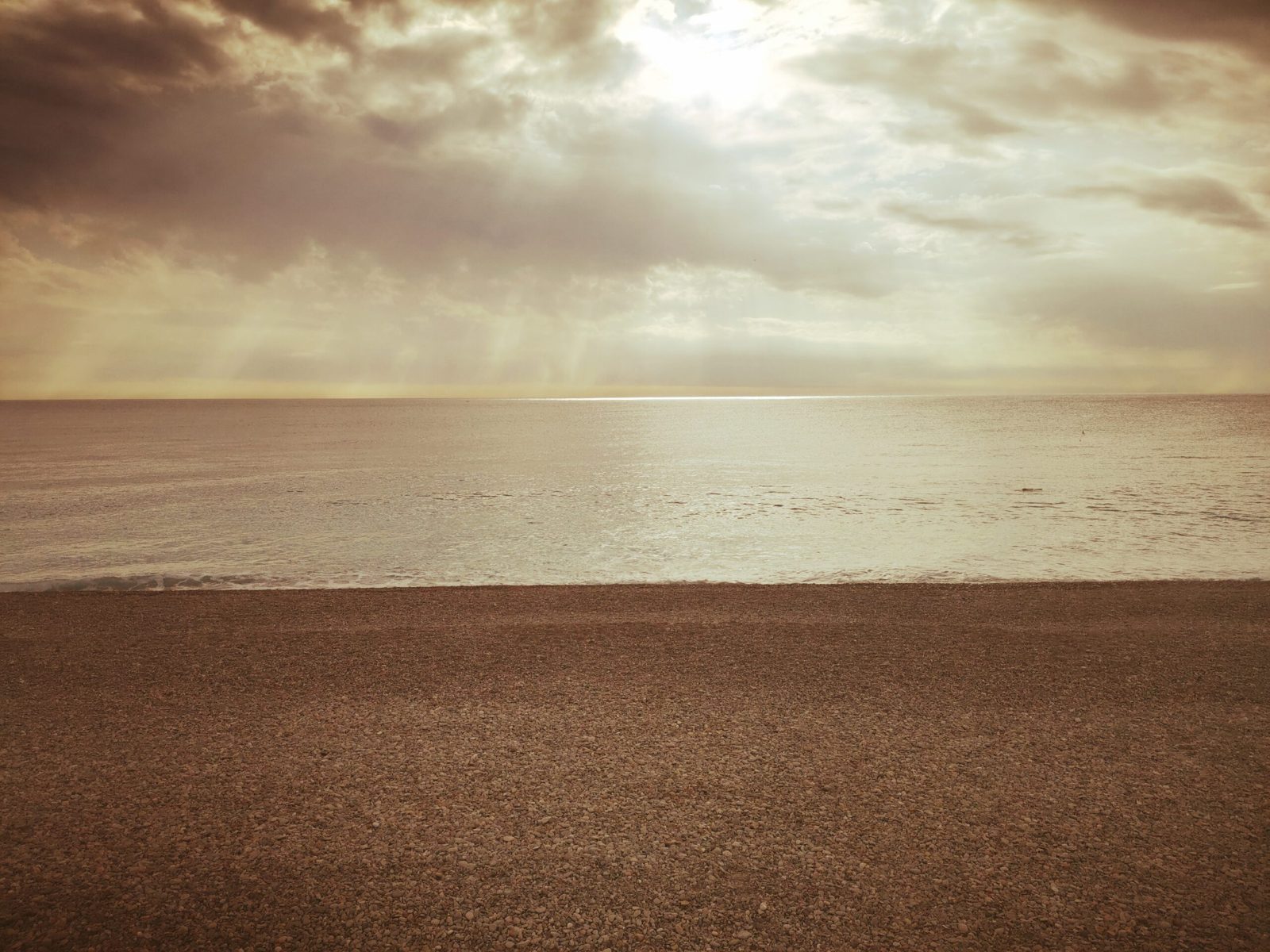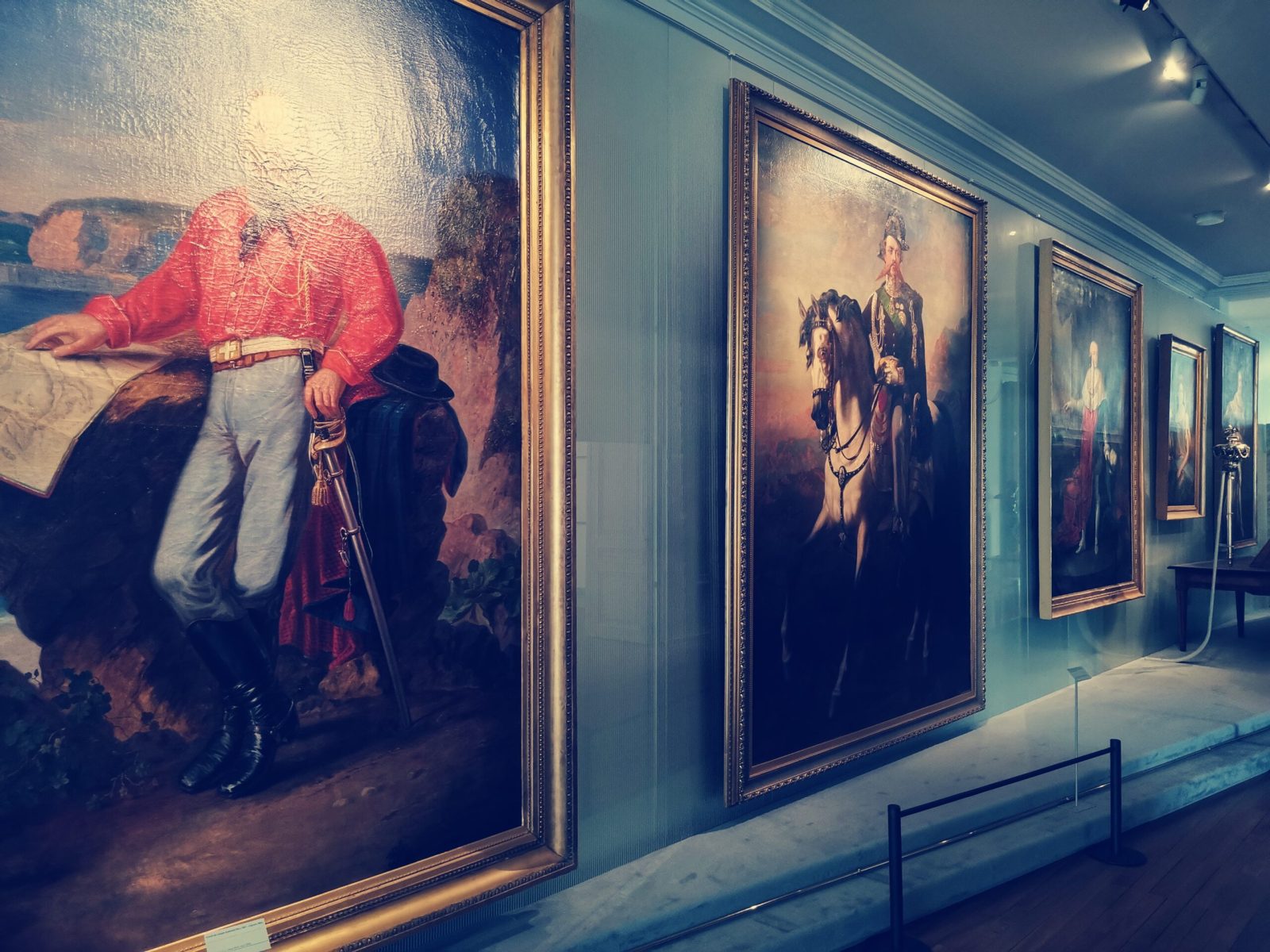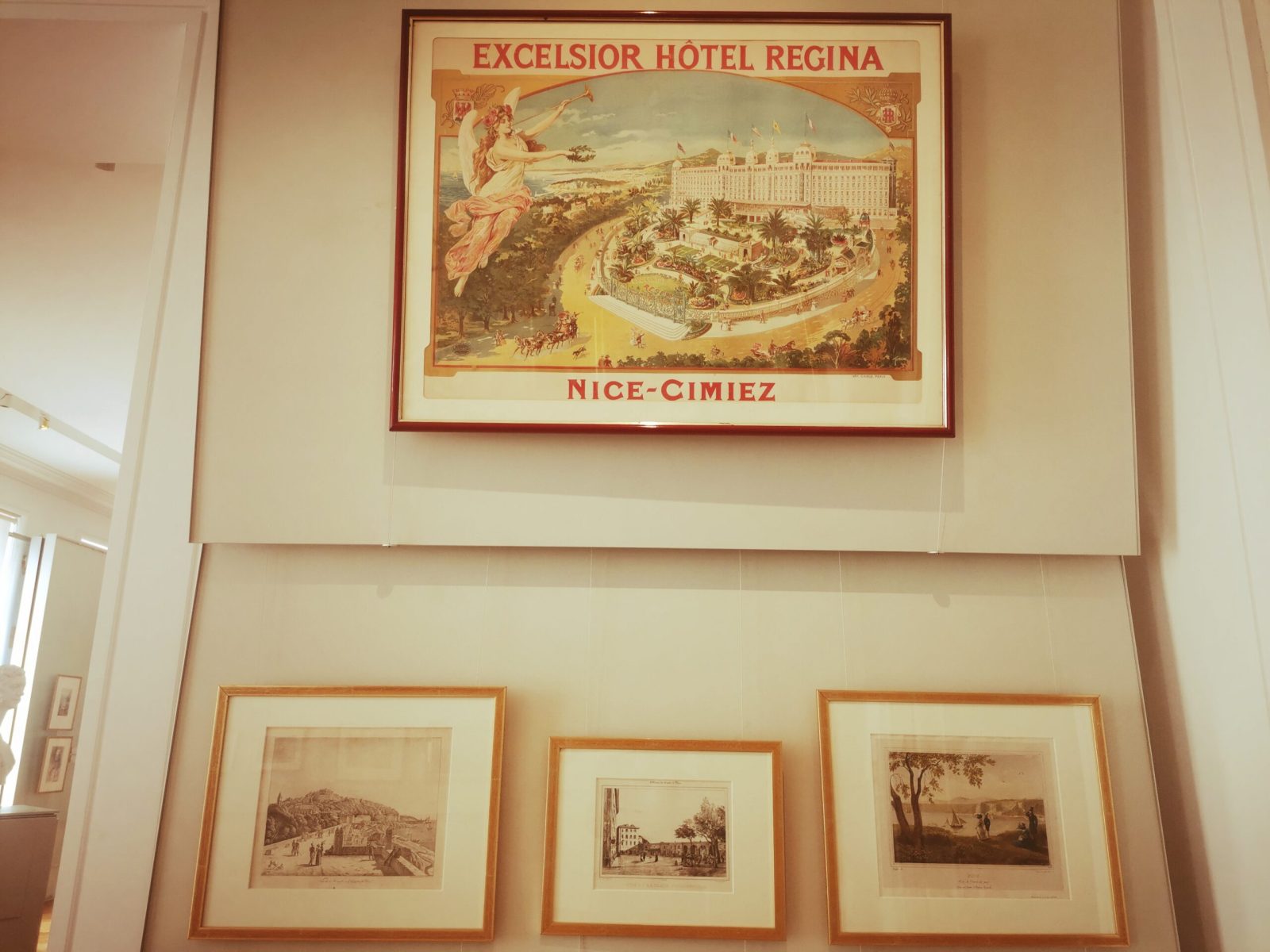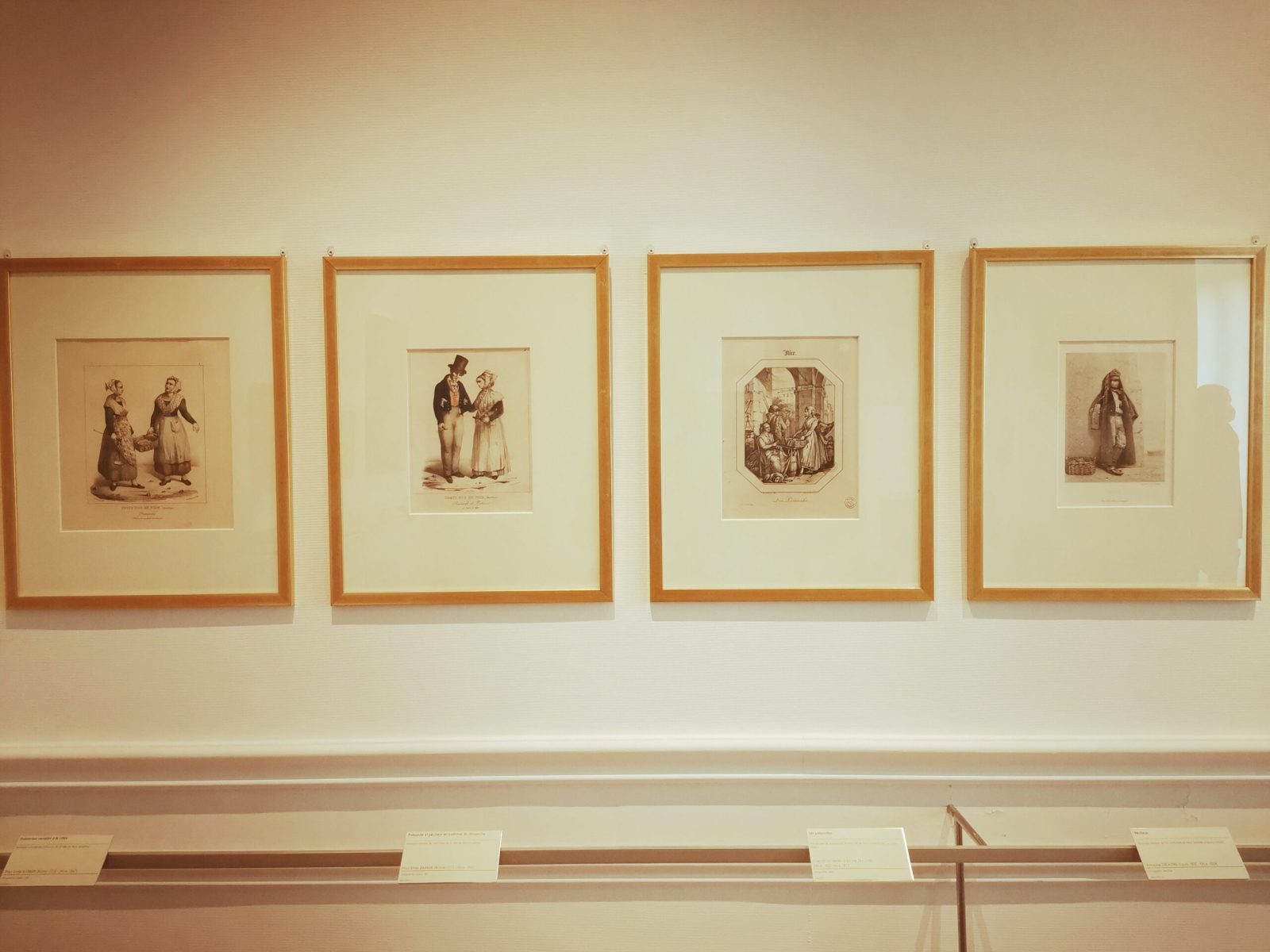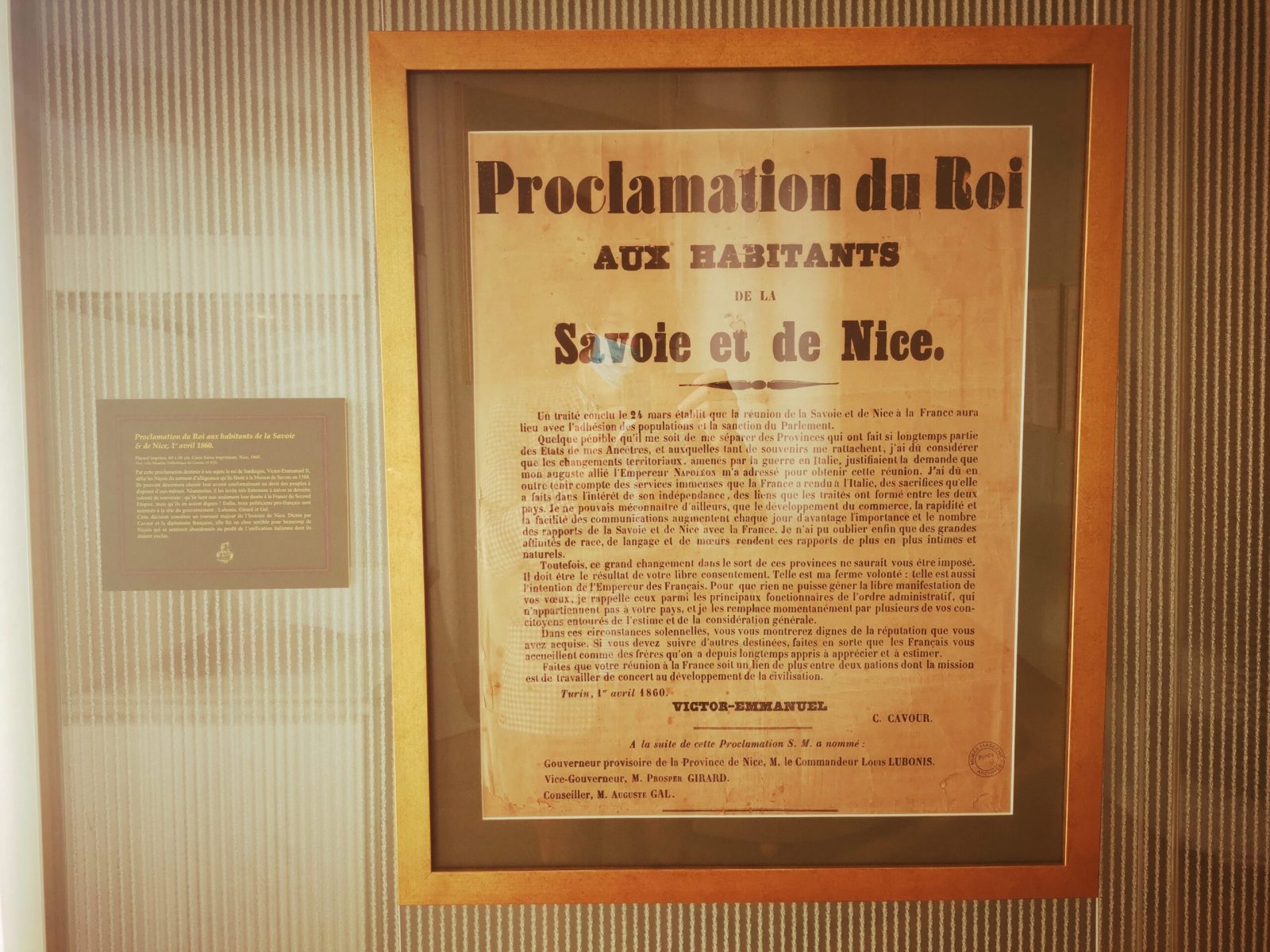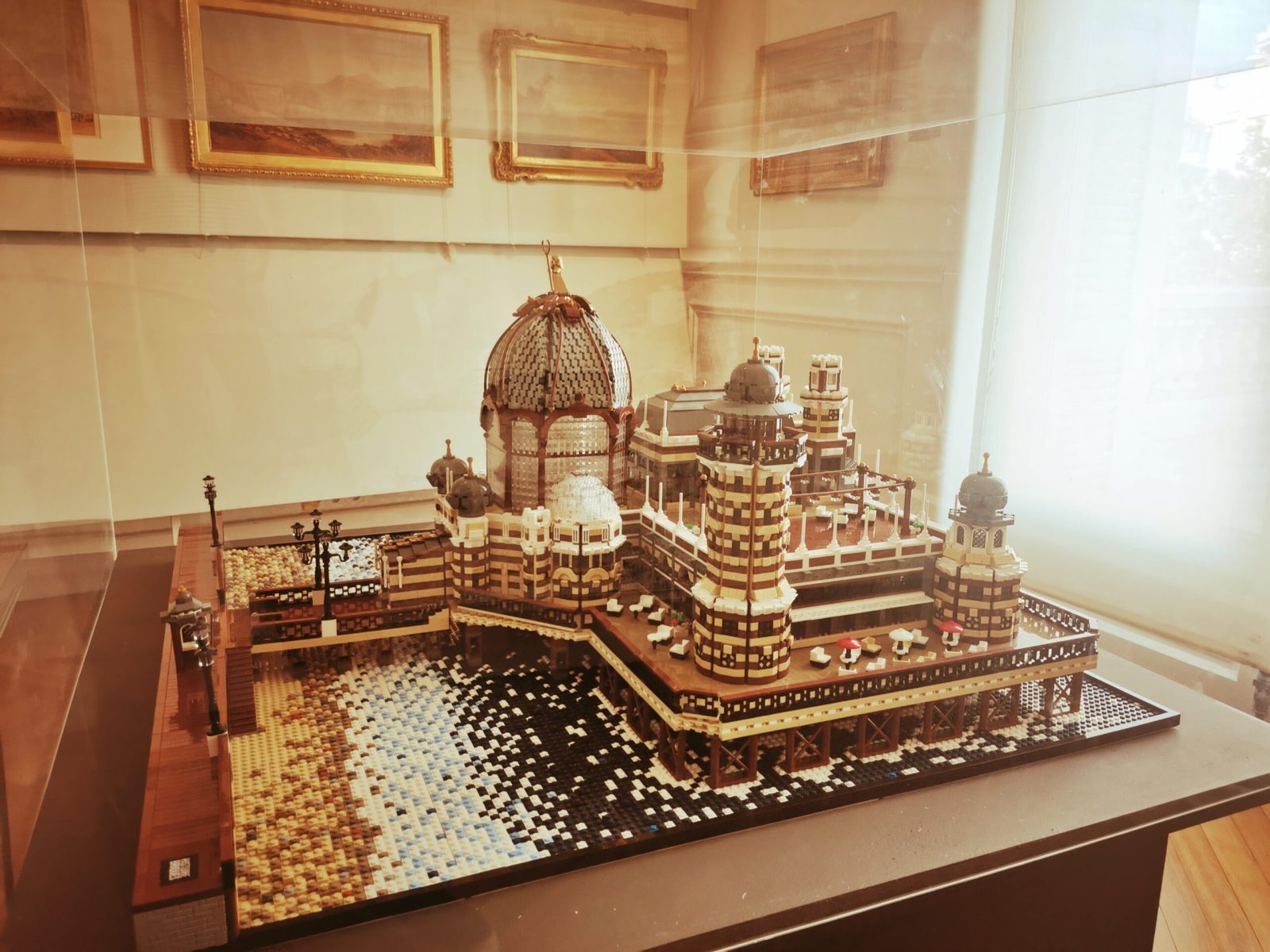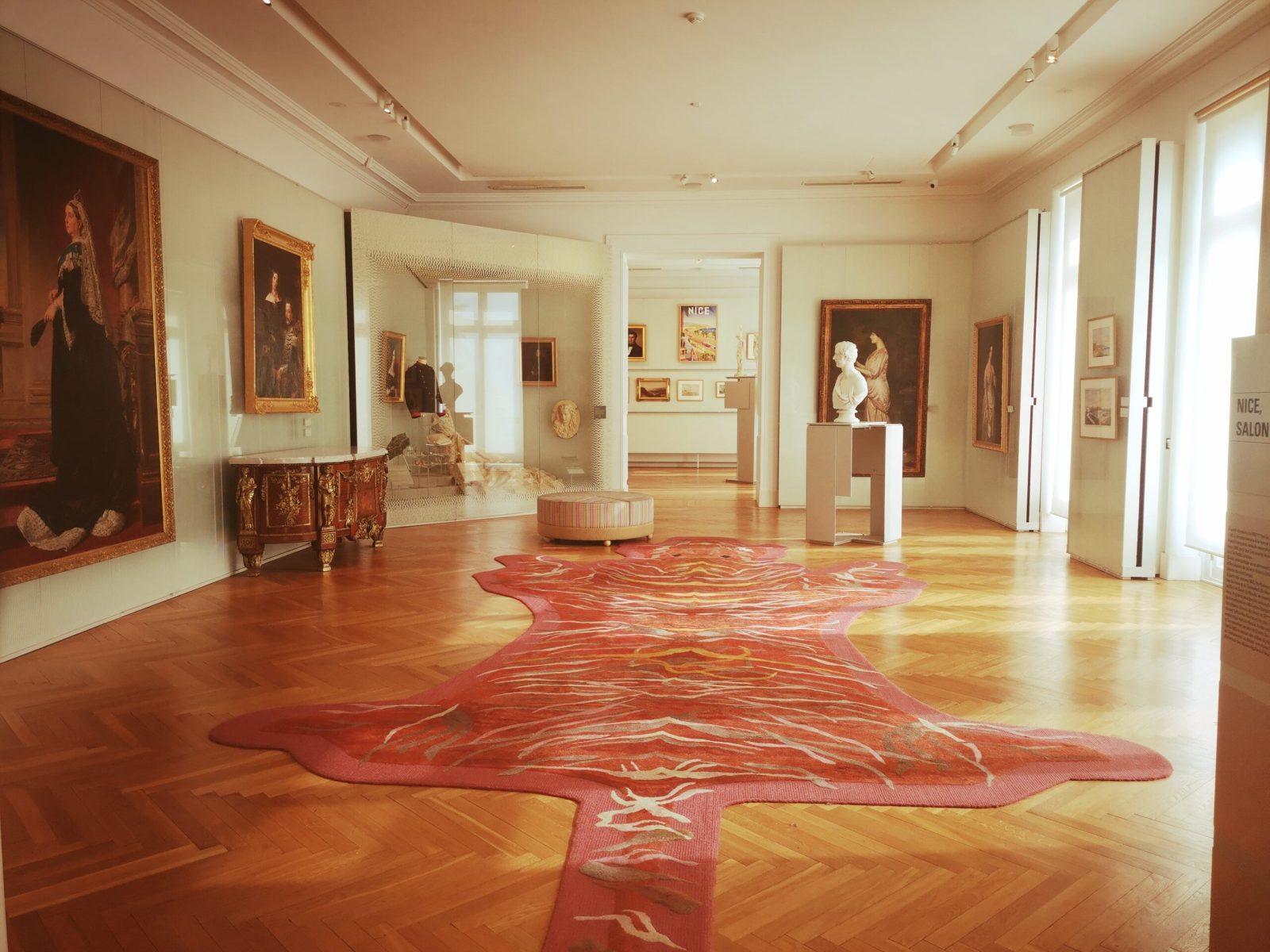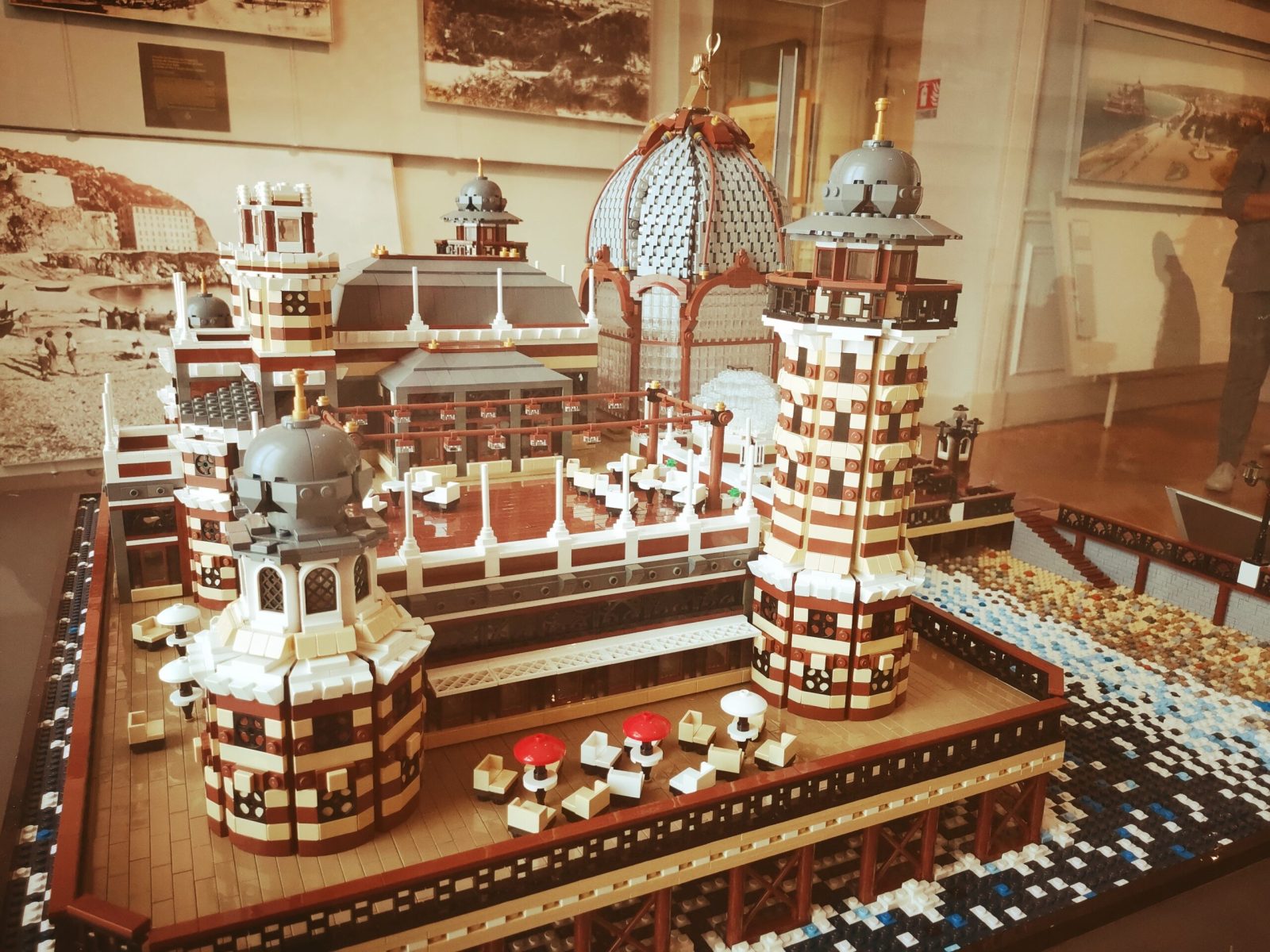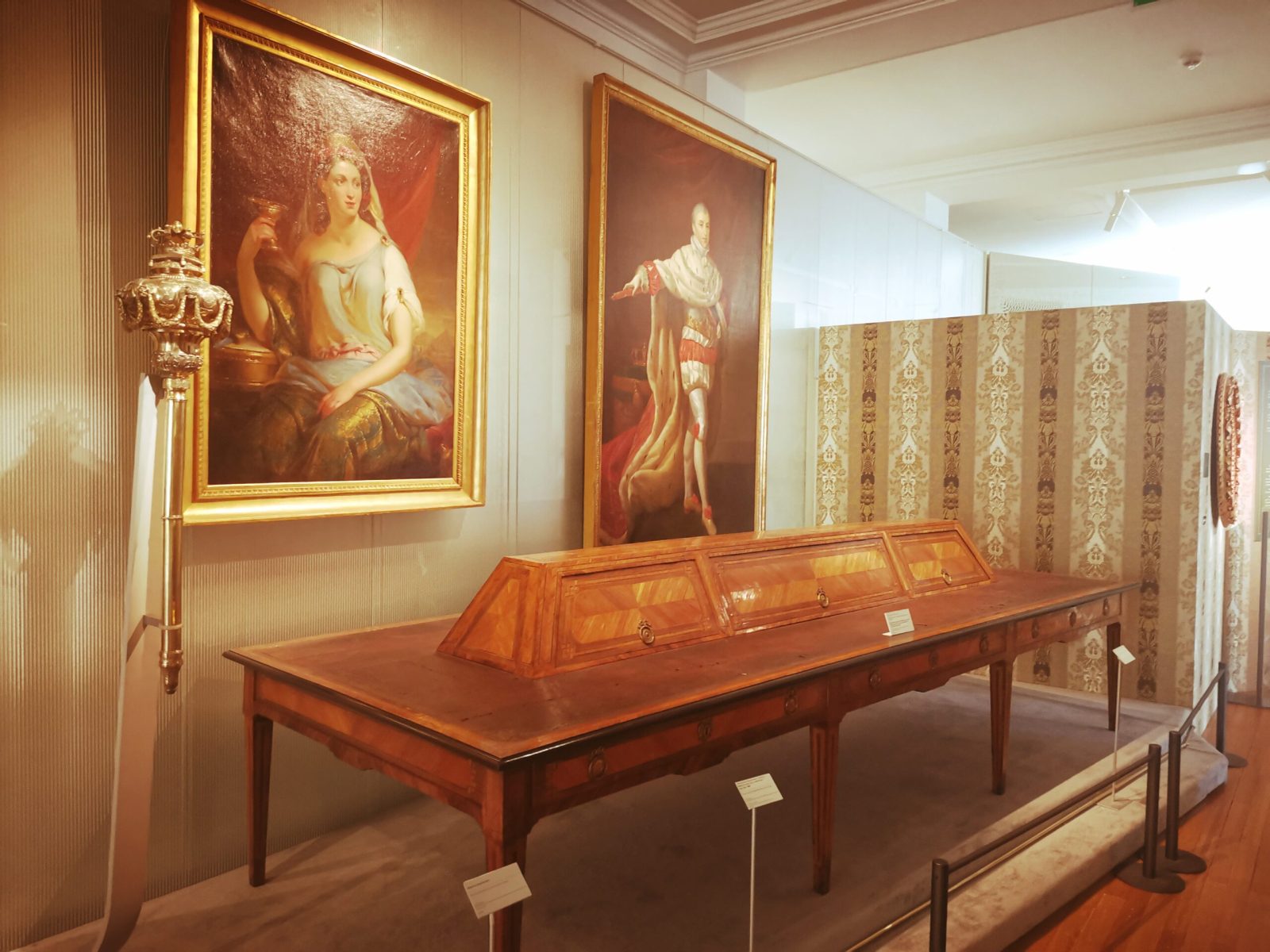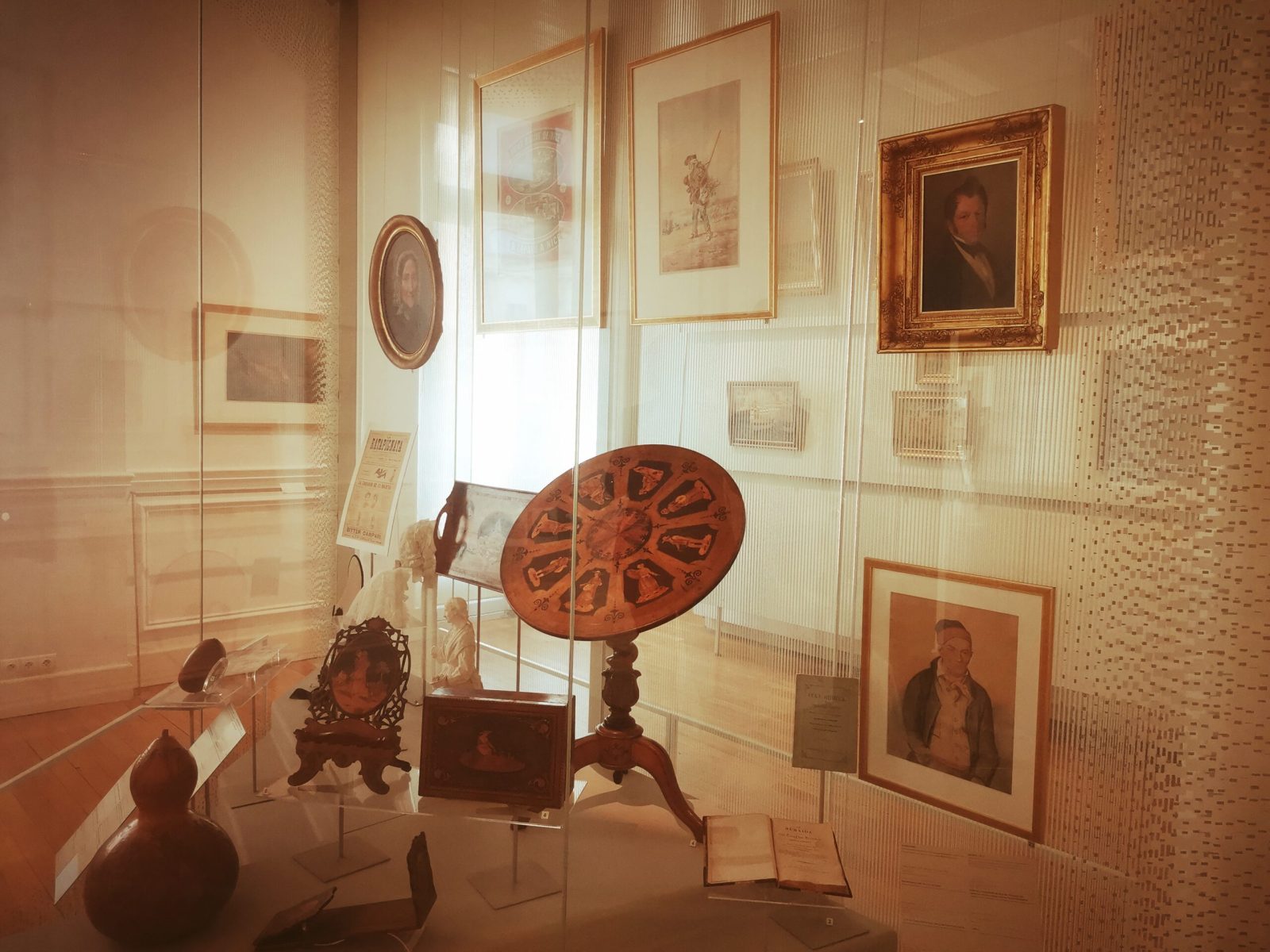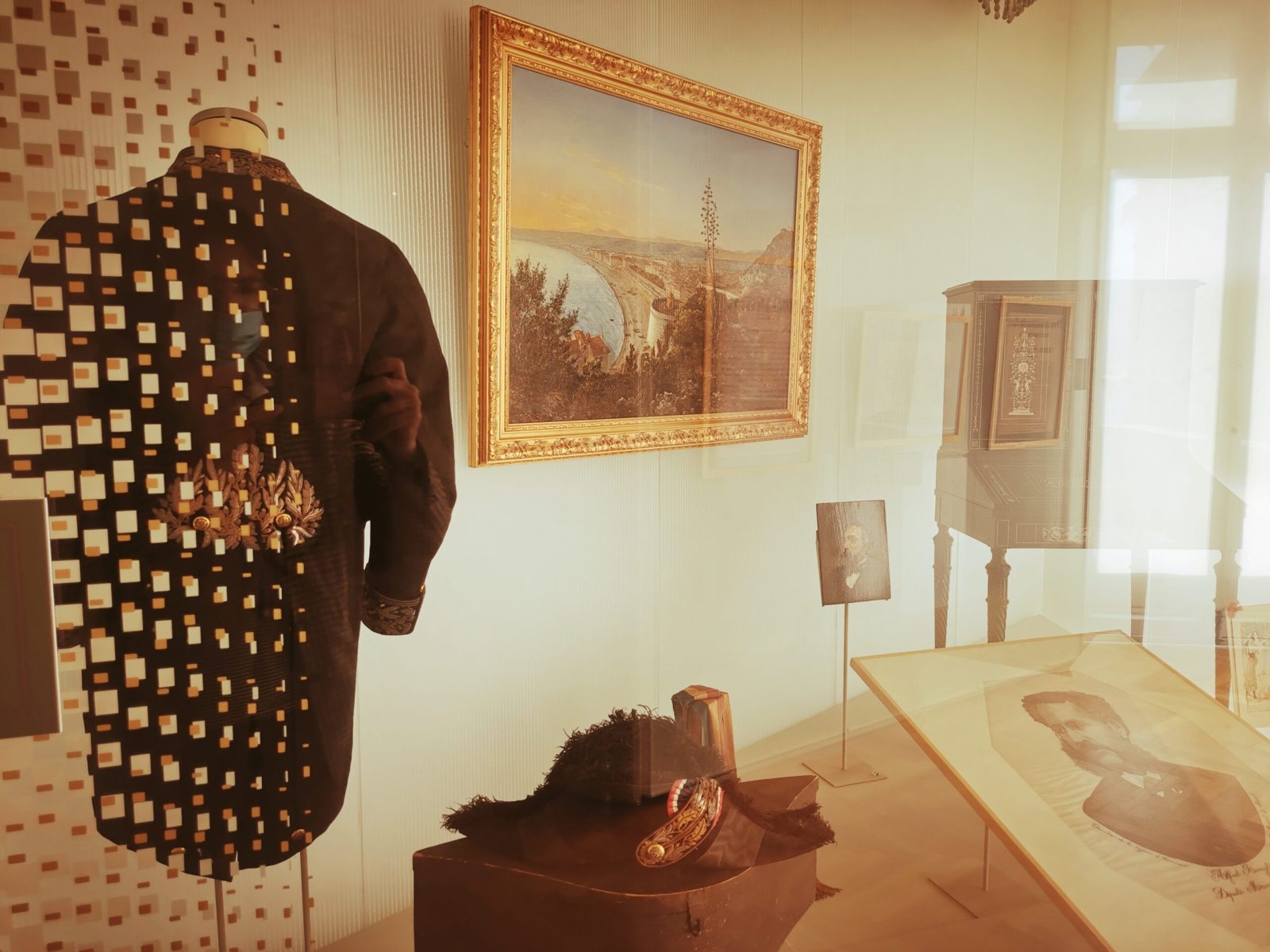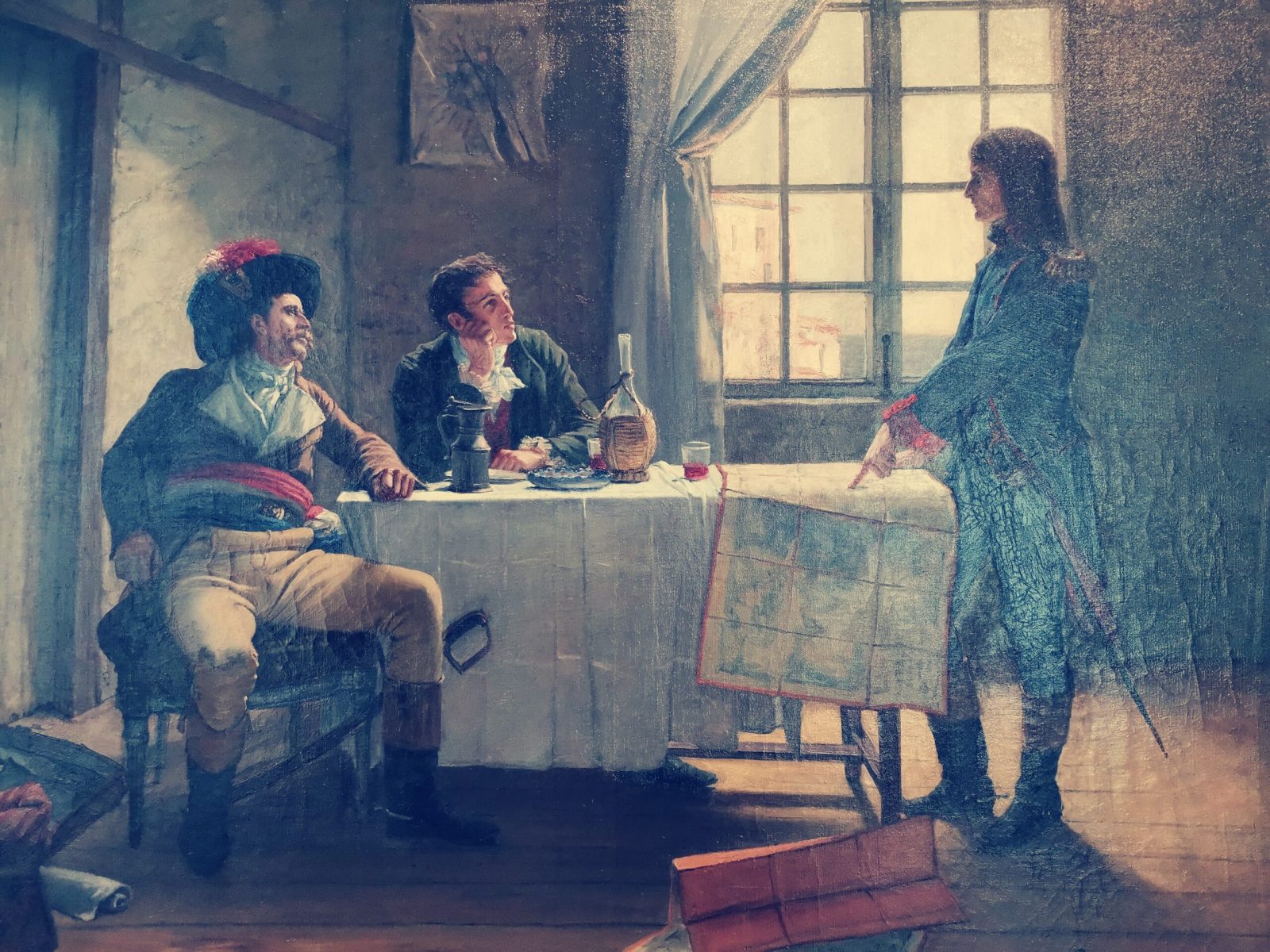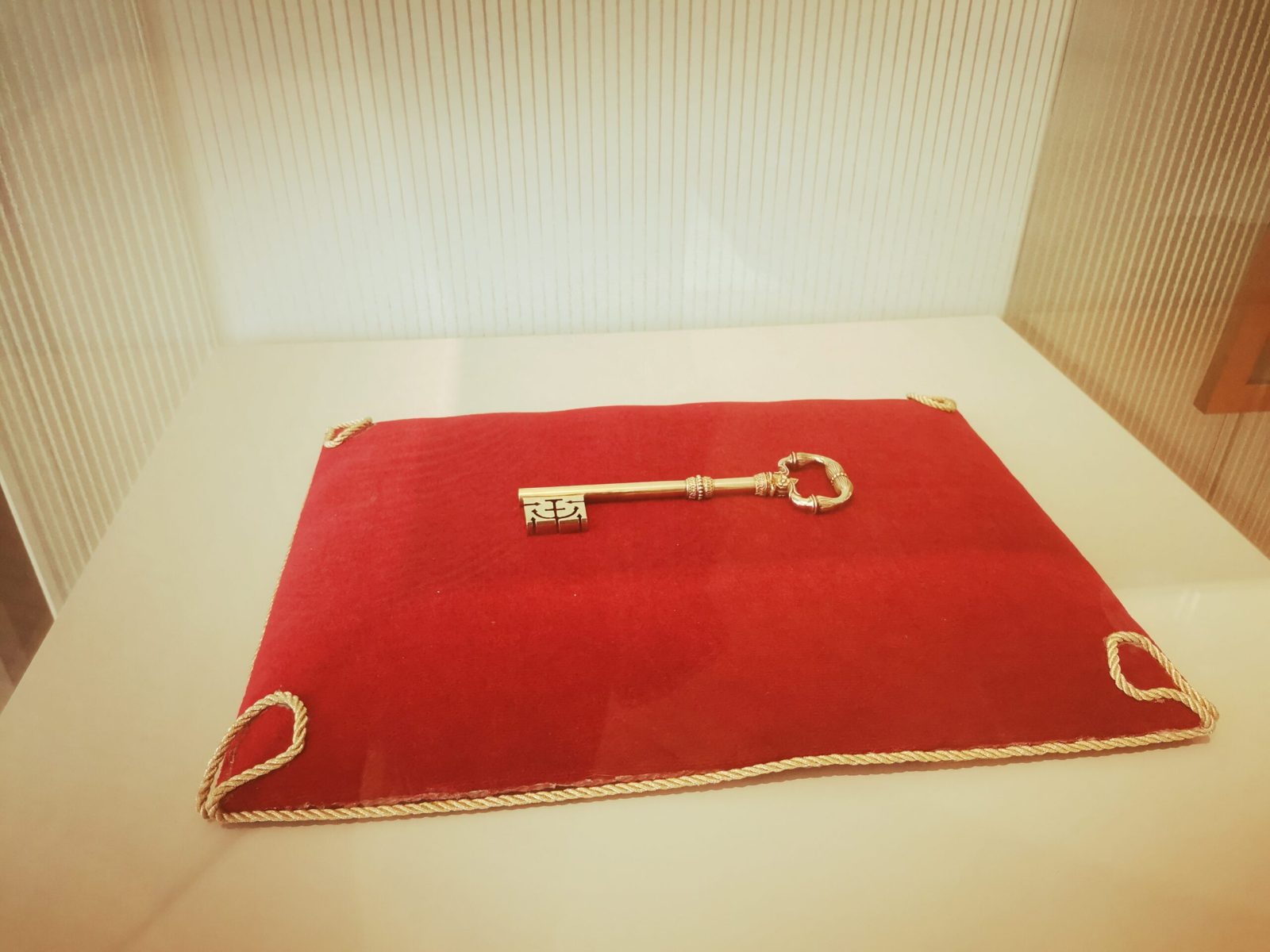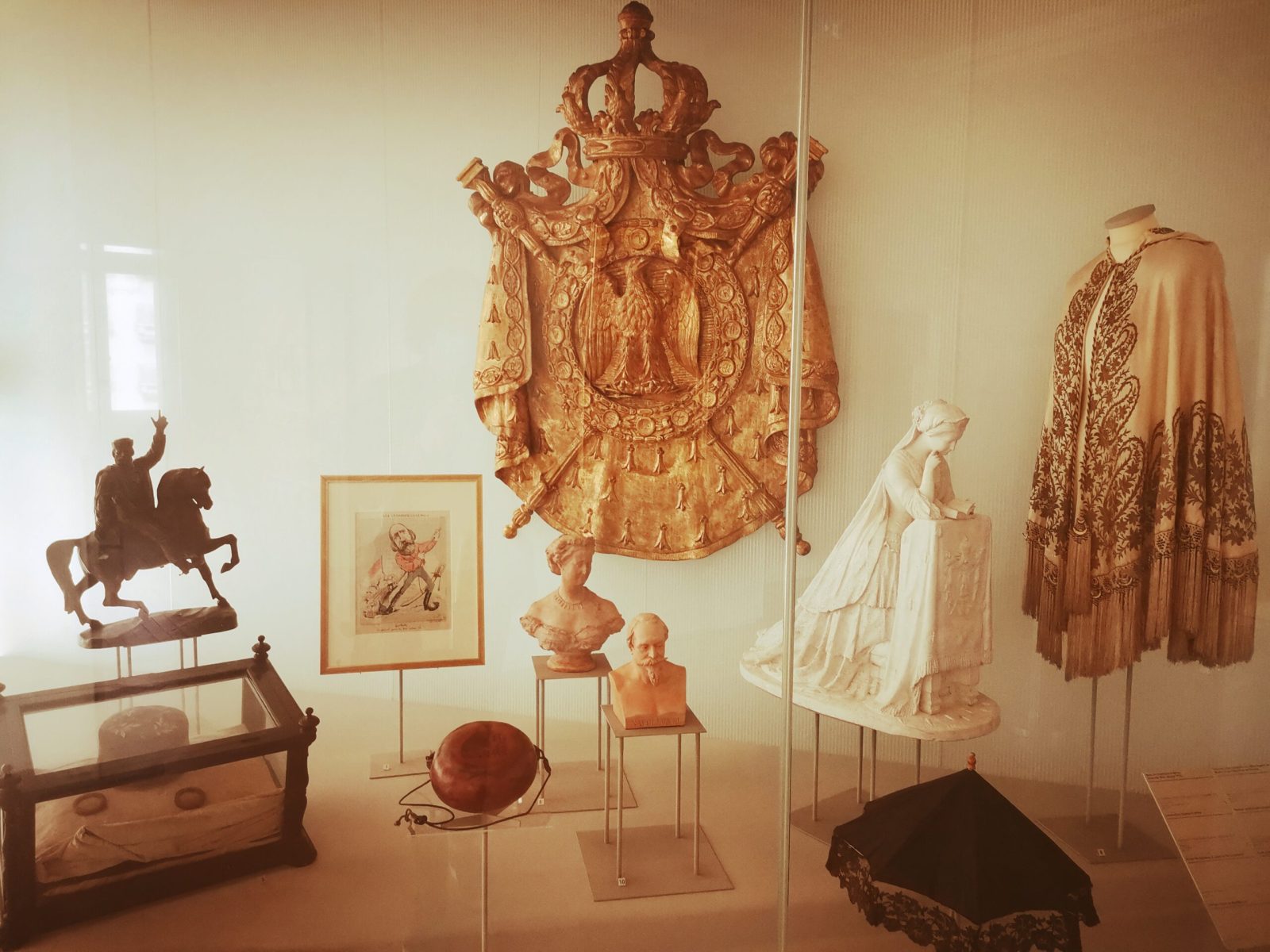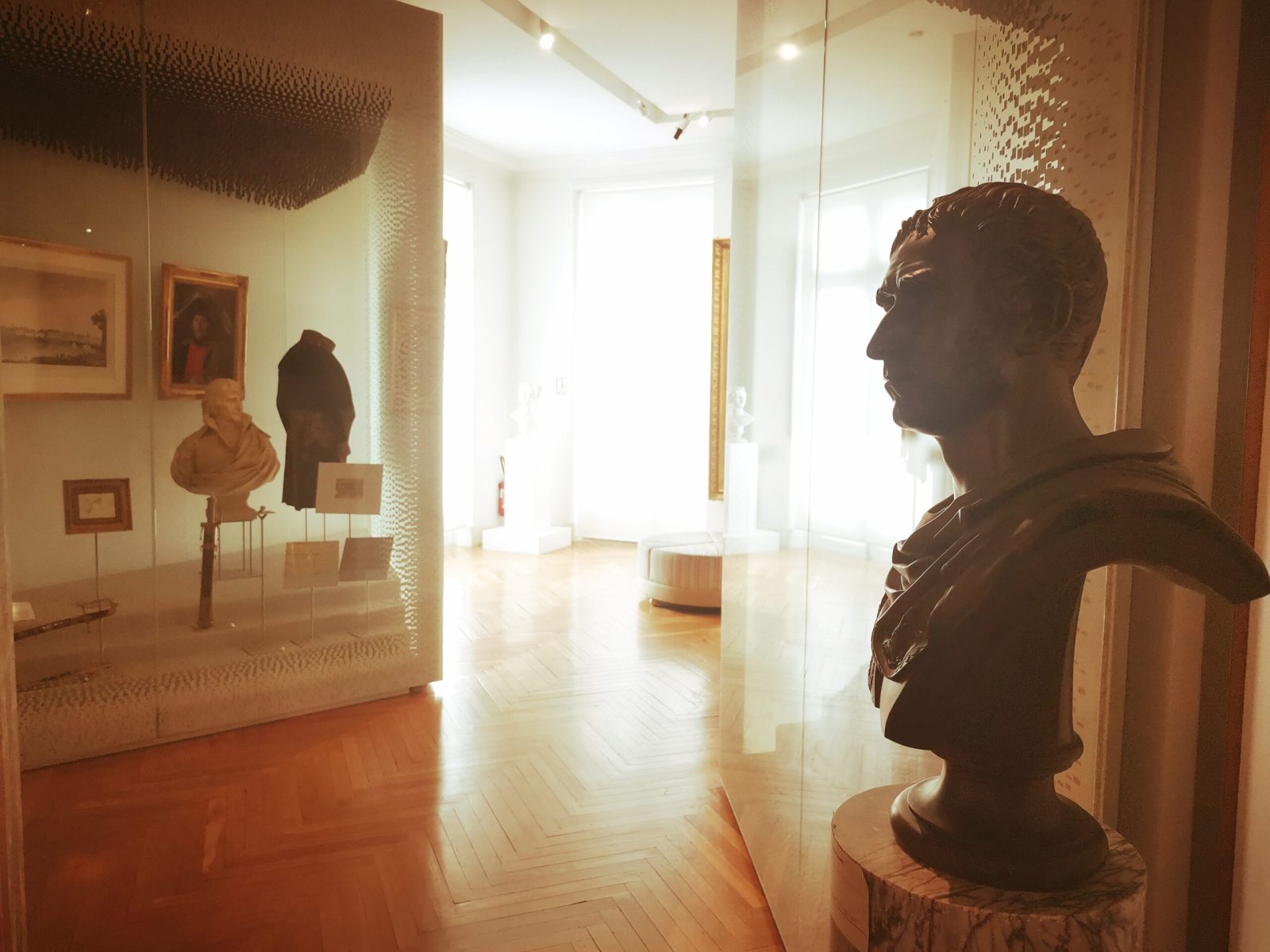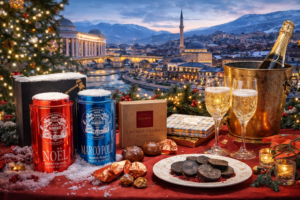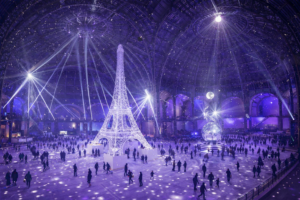Explore another facet of Nice, with its Cuisine Nissarde label, Le Negresco Hotel and its historical museums!
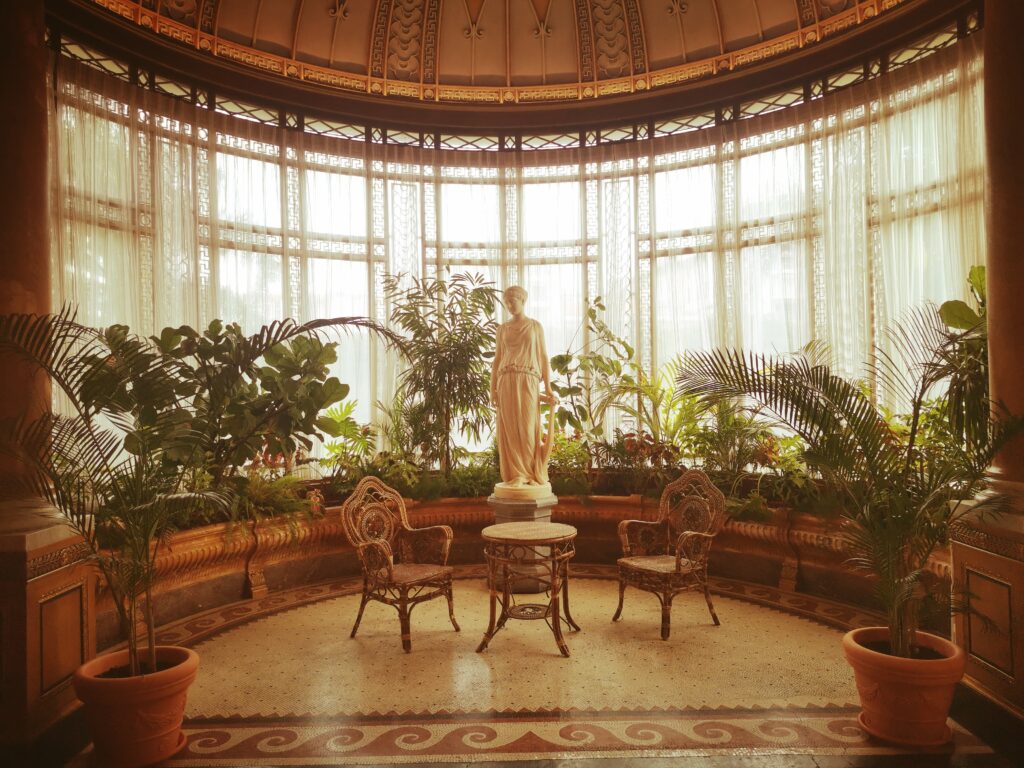
©
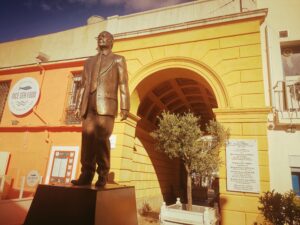
If you have the pleasure to visit Nice, you would notice that this sunny city holds distant roots from Greek and Roman times. Those populations were originally based on the famous Castle Hill, which used to stand along the lower town and was one of the main fortresses in Europe.
Nonetheless, Nice only became French in 1860, after previously belonging to the House of Savoy, whose capital was Chambéry and then Turin. By the way, before Italy went unified in 1861, the French border was originally situated by the Var river. Therefore, we are glad here to show you various elements of this surprising locality, from any point of view. By Alex Plato
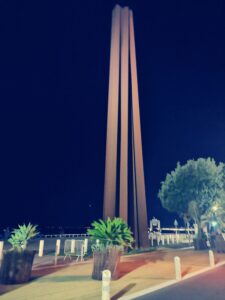
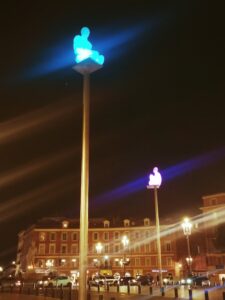
Many contemporary artworks can be found in the center, including these sculptures by Bernard Venet. This pursues an artistic philosophy initiated on the largest and oldest square in Nice, called the Place Masséna, which was one of the oldest contemporary squares, since it was built in 1820. On this square, we find the Cubist-inspired statue of Apollo made by the same artist as the Palais de Tokyo in Paris, namely Alfred Janniot (photos: Alex Plato).
Although, this longtime-neglected artwork finally returned to Nice in 2007, accompanied by the Conversations high luminous series imagined by Jaume Plensa, the same year. Beneath this square stands the Paillon river, which flows just below the eponym promenade established in 2012.
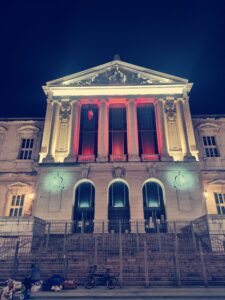
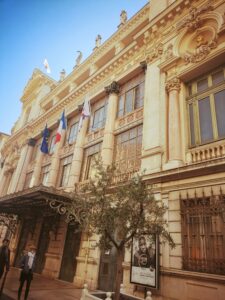
Not far from the Villa Nova district, which aimed to urbanize a swampy area called the Pré aux Oies in the 18th century, following the destruction of the Ramparts. In addition, on the surrounding recent buildings, we also invite you to admire an amazing trompe l’oeil, dubbed by The 9 Oblique Lines sculpture realized by Bernard Favet.
A little further on, the Nice Opera House was conceived by François Aune, a student of Gustave Eiffel who even supervised the plans, the representative marquise of the time well reflecting his mentor. Added to that, admire the unique pilasters and roof-mounted muses.
Another iconic building is located near the Palace of Justice, known for the incredible evasion of the famous bandit Albert Spaggiari, who was behind the Heist of the Century, occurred in 1976. , surrounded by a vintage book market happening on Saturdays.
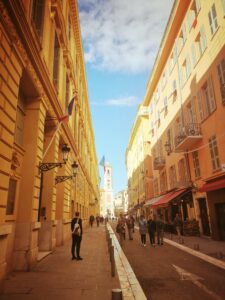
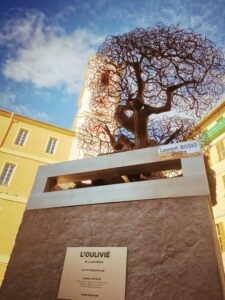
In front of it stands a beautiful olive tree, baptized L’Oulivié by the sculptor Laurent Bosio and the York Hotel, where Alexandre Dumas stayed, he found that all foreigners were considered as British citizens, since it was the most present community during his journey. This is why the term “My Lord” was widely heard in the streets, even though the autochthons had evident difficulties to distinguish German speakers from authentic English ones, for example.
Indeed, many artists stayed in Nice, including the violinist artist Niccolo Paganini, of whom many people of Nice were afraid because of his alleged eccentricities and who moreover died in a yellow building in the Old Center. Not far from the Palace of the Dukes of Savoy where the attachment of the city of Nice to France by Napoleon 3rd was signed. For you information, this edifice currently serves as the prefect residence.
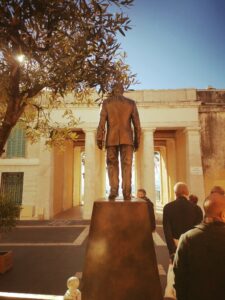
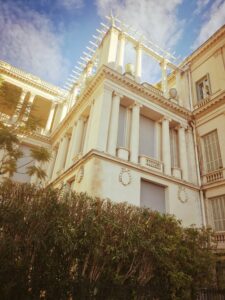
Just nearby, don’t miss the famous and colorful Flower Market which offers a large selection of local products and of course floral varieties. Therefore, from Tuesday to Sunday, let’s reach the Cours Saleya and feel the roots of this outdoor spot, since 1861 and registered by the National Council of Culinary Arts among the exceptional markets in France.
Apart those colorful compositions, you may discuss with florists and horticulturists, you could get tempted by local gourmet specialties. This place adjoins a flat platform which was used to store fish and which also housed a promenade. At the backyard of those arcades, the statue of the former president Jacques Chirac, realized by the local artist Patrick Frega, waits for your venue.

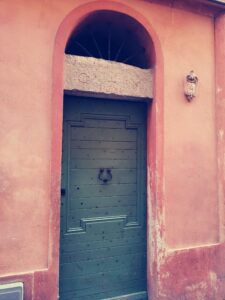
Not to mention that while crossing through the old center, you would easily notice a typical housing structure, mostly made up of lintels (the oldest of which may date back to the 14th century) and transoms. This particularity seems to be quite common to each other.
Therefore, you would naturally find out that through its narrow cobbled streets surrounded by pastel-toned buildings and various shops selling Nice soap, along Provencal textiles and other types of souvenirs… The so-called Vieux-Nice is the bustling old part of town, where you may have some rest on one of the typical open-air cafés, and eventually enjoying a remarkable view over the ancient times.
Nice Tourism Office, 5 Promenade des Anglais, 06000 Nice (France) / Phone : 00 33 (0)4 92 14 46 14. More information on the official website or have a look at the guided tours organized by Nice Culti Tour.
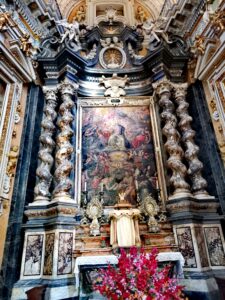
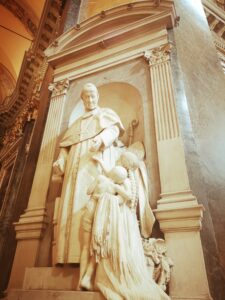
These constructions, which managed to survive through ages, sometimes rub shoulders with charming religious edifices, just as old. Among them, don’t miss the Church of Jesus, which was one of the first Baroque churches, opposite a certain medieval quarter since you can see Genoese moldings there.
Another notable church is the Sainte-Réparate Cathedral, built in 1650, mainly with stones from La Turbie (a locality around Monaco). This material holds the reputation to somehow thin out over time. Adding to this, and regarding its Ligurian influence, we can also admire its magnificent Drum Dome, covered with multicolored tiles. Once inside, you will see that this important religious edifice in Nice incorporates several twisted columns and of course a bunch of magnificent side chapels. These veritable pieces of craftsmanship feature different styles since they were financed by an armada of several wealthy families.
Cathédrale Sainte-Réparate de Nice, 3 Place Rossetti, 06300 Nice (France) / Phone : 00 33 (0)4 93 92 01 35
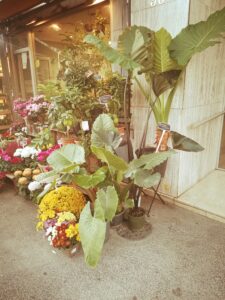
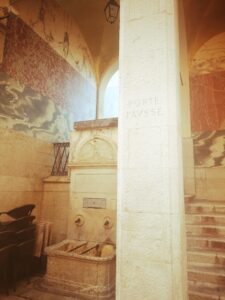
As you keep on crossing the narrow streets of this charming city, discover different gourmet addresses able to delight your senses. Among them, why don’t you taste the authentic cuisine elaborated since ages, from Nice?
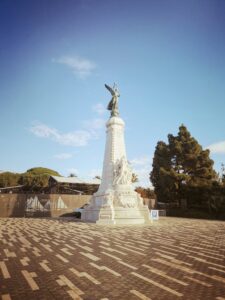
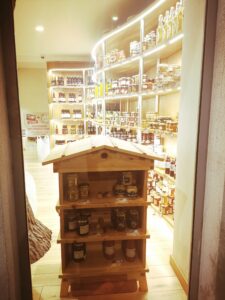
How we could define this so-called Nice cuisine? This could be firstly considered as a traditional and Mediterranean culinary art, displaying lots of sunny vegetables, flavors and scents to discover. In case, you wish to bring back home some other regional delights, why don’t you have a stop at Le Goût de Nice boutique? There is proposed a wide selection of food products coming straight from the producer! Otherwise, if you look for traditional confectionery and chocolate delights, have a stop at Auer, in front of the Opera.
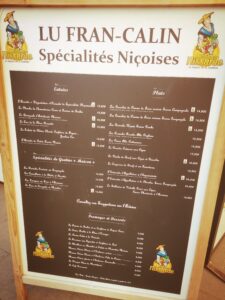
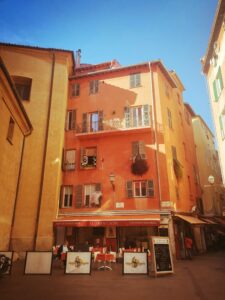
For instance, Lu Fran-Calin offers some crossroads between Nice and Italian cuisines, while being ideally located in front of the Sainte-Réparate Cathedral. In this case, the Chef Daniel Silvetti wishes to offer some varied and colorful menus, in order to echo the local spirit. Indeed, select what you desire in this alloy between very hearty and succulent dishes, such as the famous daube with porcini mushrooms, zucchini tian, Nice stuffed vegetables, potato gnocchi, genuine Nice ravioli and many other specialties.

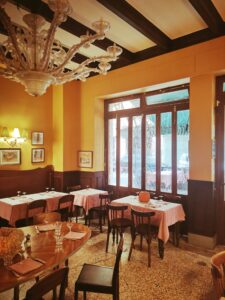
In another hand, you could get another overview of this gastronomic culture of Nice, by getting through Chez Davia Restaurant. This family affair established in this vintage framed place, is nowadays run by Pierre Altobelli. This globetrotter Chef pursues this original project initiated by his Italian ancestors, while completing it with his professional experience abroad where he got the opportunity to gain new culinary influences.
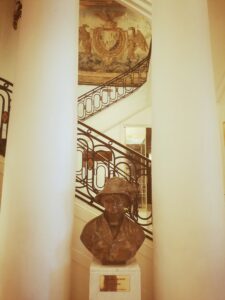
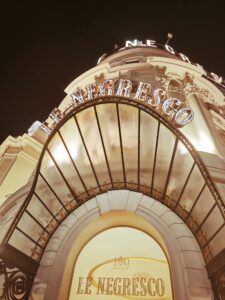
When you decide to clear your mind on the Promenade des Anglais, along the Mediterranean Sea, don’t miss your pleasure to admire the various Nice institutions that can bear witness to the rich past of this former Genoese enclave.
It should therefore be noted that the Hotel Le Negresco, inaugurated in 1913, is a must-see Palace, so fascinating is its history and its different facets. By the way, this Belle Époque styled edifice has cherished by generations of visitors. From countless meters away, you couldn’t miss its pink dome which seems to represent the breast of the founder’s lover!
As you would see later, this registered monument holds a respectable amount of nearly 6,000 artworks that fairly decorate the ensemble of this legendary Hotel and its 128 rooms. On top of that, you have to know that each of them are unique and offer you a real flashback in time, depending on their decoration.
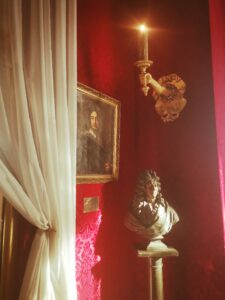
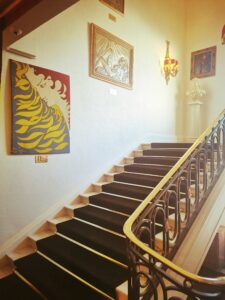
As far as we know, the Le Negresco Hotel was originally desired by a former butler, of Romanian origin, named Mr Negrescu, which was erected with the financial support of the automobile manufacturer D’Arac. Before being transformed into a war hospital during the 2nd World War, then being bought in 1957 by the Augier family, who came from Brittany.
Passionate about arts and crafts, the last owner of one of the last French palaces under family control, died in 2019. Indeed, Madame Jeanne Augier was involved all her life in keeping the flame burning in this colorful place, by endeavors to collect as much as possible artworks, thus making Le Negresco as an authentic art hotel.
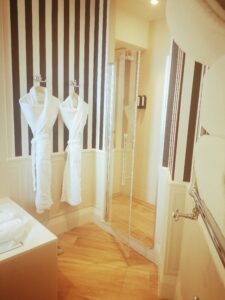
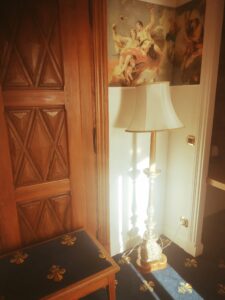
This lifetime involvement has notably enabled this establishment, whose pink dome would evoke the breast of a mistress of Mr Negrescu, to be endowed with the Living Heritage Company label, promoting French know-how and lifestyle. Indeed, the facade of the building and the glass roof of the Royal Salon are classified in the Historical Monuments list.

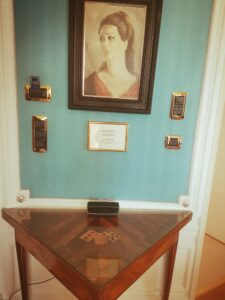
For instance, in the Exception category, you could sleep in the Suite once often occupied by the famous Spanish opera singer, Montserrat Caballé. As far as we know, she had her habits at Le Negresco Hotel and each of her stays was marked by a Spanish flag next to the French flag on the facade. Always honored by her presence, a Deluxe category suite, enriched with a sea view, was renamed on her memory.
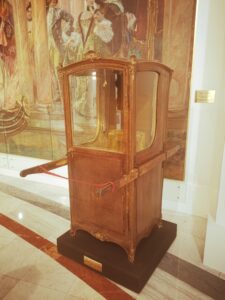

Indeed, as long as you pass by the various Salons, you would easily notice their numerous styles. Indeed, have a look at the majestic glass roof of the Royal Reception Hall, where you may admire a 4 meter high chandelier, featuring 16,800 Baccarat crystals. This wonderful piece was initially ordered by Czar Nicolas IInd from Russia for his Kremlin Palace.
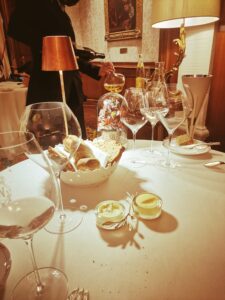
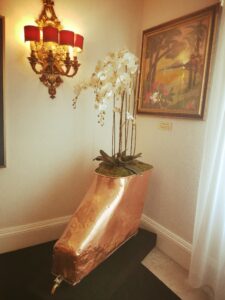
In case you wish to stay for lunch or dinner, you have the choice between two culinary offers, both imagined by the Chef Virginie Basselot. Thus, La Rotonde may be regarded as a bistronomic address, adorned with gildings and a digitally animated rooftop showing a milky way. There, select one of the finest local dishes, displaying an alloy between products from the Mediterranean Sea and Provence soils.
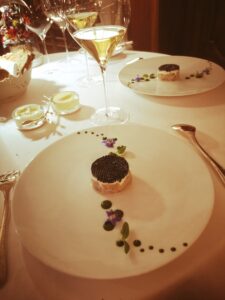
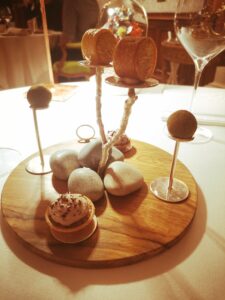
In the menu of Le Chantecler, you could easily take your choice between different wonderful achievements of the skillful culinary team and following the rhythm of seasons, such as sea bass and oyster tartare, accompanied with some lemon cream and Sologne caviar, plus pearly cods, melting artichokes with a hint of poivrade as appetizers.
Le Negresco Hotel, 37 Promenade des Anglais, 06000 Nice (France) / Phone : 00 33 (0)4 93 16 64 00. More information on the official website.
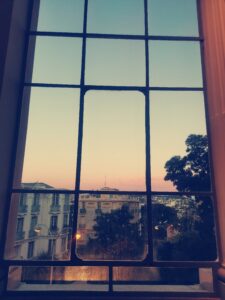
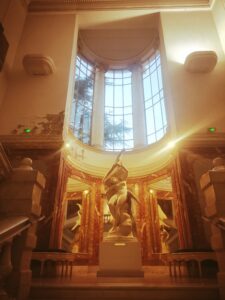
In terms of culture, the city of Nice has much to propose with various museums and amazing exhibitions. Therefore, in the Beaux-Arts Museum is installed in 1928 in a magnificent residence built on the initiative of the Ukrainian princess Kotchoubey in 1878 and completed by the American Thompson. A century later, the charm of the building still operates thanks to fancy heights under the ceiling and a monumental marble staircase.
This initiative is the heir of a first museum constituted from the State deposits desired by Napoleon III after the attachment of Nice to France in 1860. Then, the collection was enriched by gifts and legacies from Mesdames Bashkirtseff, Ziem, Clément-Carpeaux, Dufy, Baron and Baroness Vitta, Maurice Fenaille and Gustav-Adolf Mossa, more recently bequests from Mesdames Odette Avigdor d’Acquaviva and that of Madame Ethel Messiah.
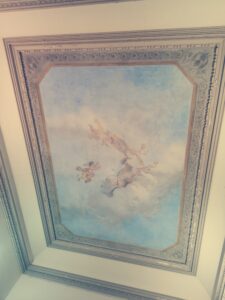
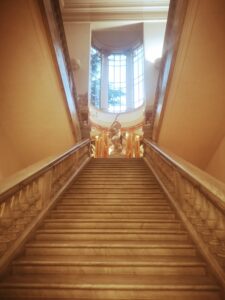
And, in 2002, a large donation consisting of 75 sculptures by Michel de Tarnowsky (born in Nice, 1870-1946), thanks to the association of his friends, created in 1992 by his daughter Françoise. collections highlight a real evolution in painting as in sculpture arts. The themes and subjects covered, the dynamism of colorful trends, the use of light are clearly a passage from classical painting to a modernity sought by the artists.
For your information, the painting and sculpture collections extend from the 14th to the 20th century with some masterpieces from Bronzino in the 16th, B. Zenale in the 16th, Jan Brueghel de Velours in the 17th, H. Fragonard and the Vanloos in the 18th, in the 19th JB Carpeaux and the Orientalist painters, then J. Chéret, GA Mossa for the Belle Epoque, and finally R. Dufy in the 20th century.
The most emblematic artworks of this museum are the Crucifixion by Agnolo Bronzino (1540), The yellow console with two windows by Raoul Dufy (1948), Lunch on the grass by Jules Chéret (1904), Window open on the Seine by Pierre Bonnard (1912), Allegory of the Earth and Allegory of Water by Jan I Brueghel & Hendrick Van Balen (17th century), The Neapolitan Fisherman by Jean-Baptiste Carpeaux (1858).
Musée des Beaux-Arts, 33 Avenue des Baumettes, 06000 Nice (France) / Phone : 00 33 (0)4 92 15 28 28. More information on the official website.
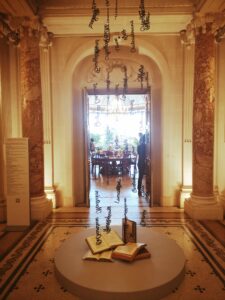
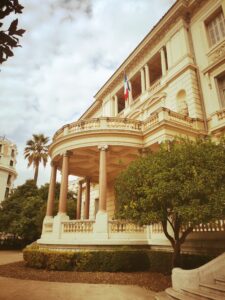
Otherwise, if you pass by the endless Promenade des Anglais, don’t miss the Masséna Museum, an architectural gem on the Promenade des Anglais, evokes, through its collections, the art and history of the Riviera from Nice‘s attachment back to France until the end of the Belle Epoque.
All the artworks exhibited there evoke in a certain way this thematics, through a scenography that both combines graphic arts, furniture and objects from this period, with a focus into history.
Among other notable pieces presented are Napoleon‘s death mask made by Doctor Arnolt, along Joséphine‘s diadem made in mother-of-pearl and colored stones offered by Murat to the Empress and the book written by Prefect Liegeard.
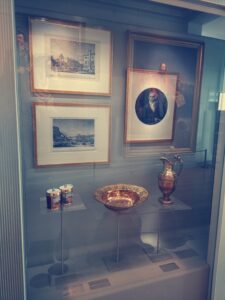
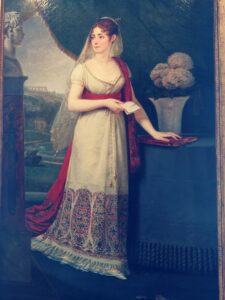
For instance, why don’t you take the opportunity to explore the landscape painters of the 19th century and more particularly Joseph Fricero, Antoine Trachel or Alexis Mossa?
It should be noted that the ground floor of the Villa is in itself a real artistic installation, thanks to its sumptuous interior decoration imagined by the architects Hans-Georg Tersling and Aaron Messiah, and the furniture and masterpieces from the 1st Empire that adorn the salons.
Furthermore, the Villa Masséna was built on the Promenade des Anglais between 1898 and 1901 by the same Danish architect Hans-Georg Tersling (1857-1920), one of the most famous architects on the Côte d’Azur during the Belle Epoque. The chosen style may be regarded neo-classical with a strong Italianate influence.
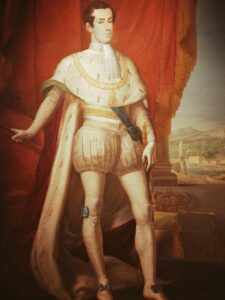
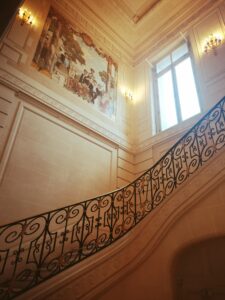
For your information, the Prince Victor d’Essling (1836-1910), grandson of André Masséna, made it his winter residence. His son, André, inherited of the estate at the death of his father and donated it to the city of Nice in 1919. From this statement, the Masséna Museum was inaugurated in 1921.
Then, a vast renovation campaign followed and was carried out by the city of Nice between 1999 and 2008, in order to restore this Belle-Epoque villa, its interior decorations, and to enhance its historical and artistic collections.
In another hand, this museum benefits from the presence of a historic botanic garden, overlooking the Promenade des Anglais and adjoining the famous Le Negresco Hotel. This natural space was designed by a revolutionary landscape architect, named Édouard André, between the end of the 19th century and the beginning of the 20th century.
By the way, discover, through those upon pictures, one of the last exhibitions offered for the year of Napoleon in 2021, and more precisely the relation of the Emperor and literature. You would learn more about how he inspired generations of authors and caught energy from his favorite manuscripts.
Musée Massena, 65 Rue de France, 06000 Nice (France) / Phone : 00 33 (0)4 93 91 19 10. More information on the official website.


